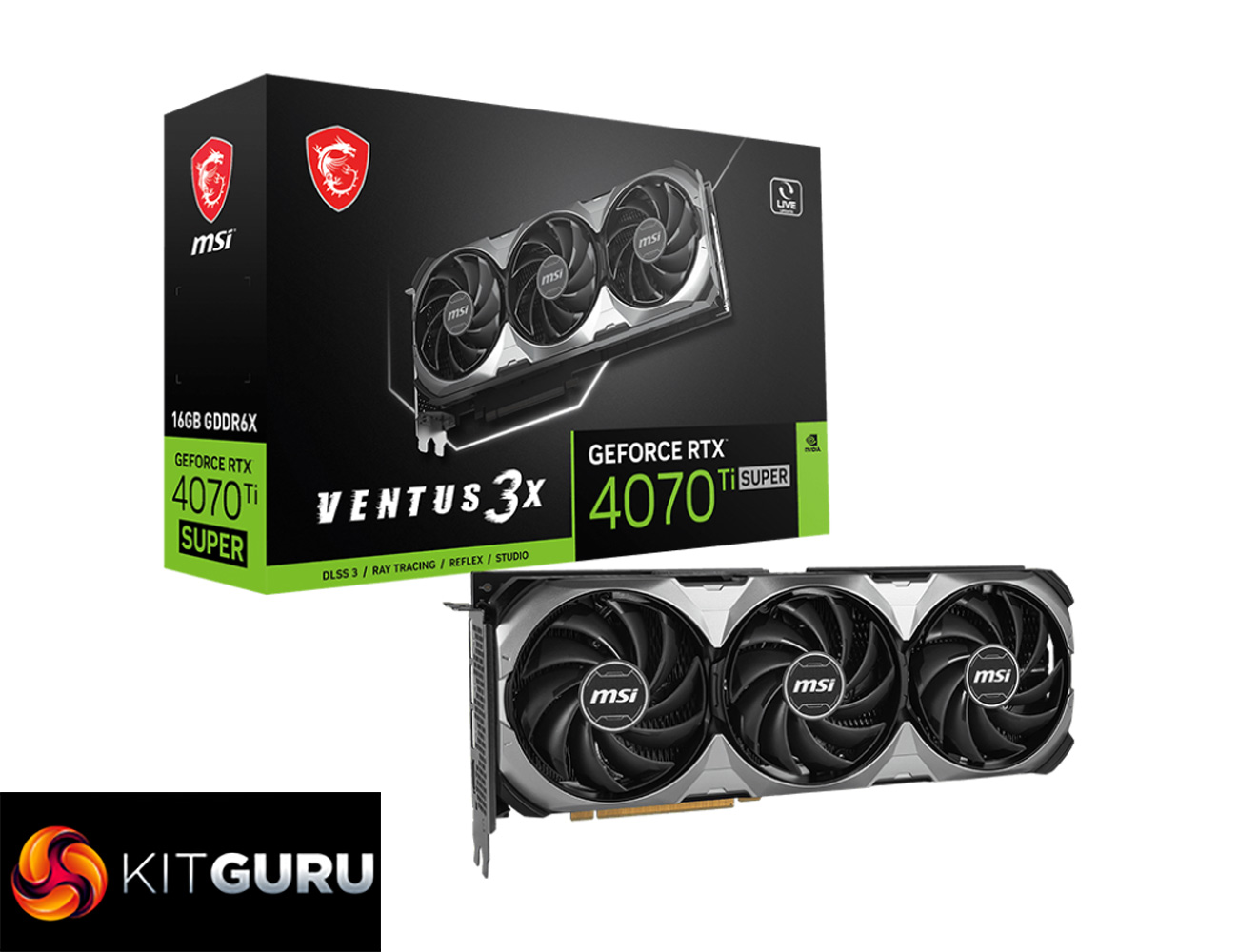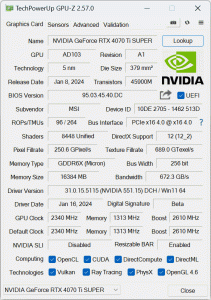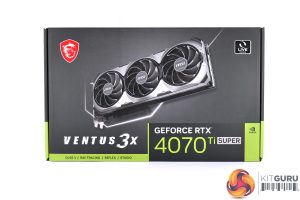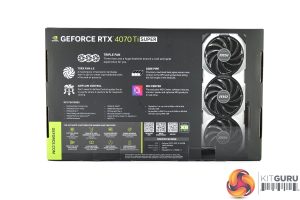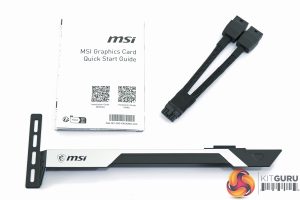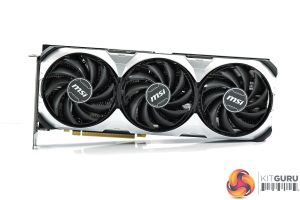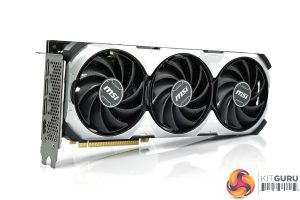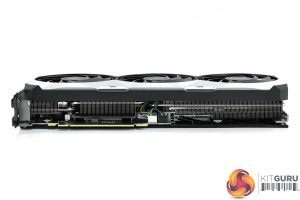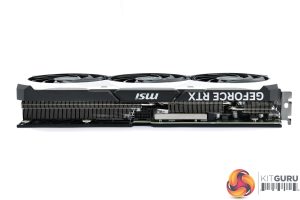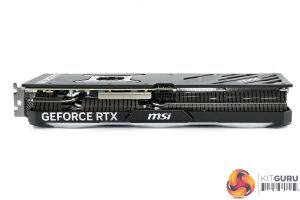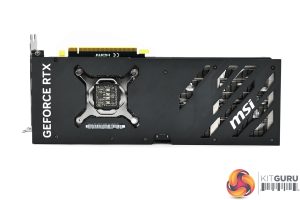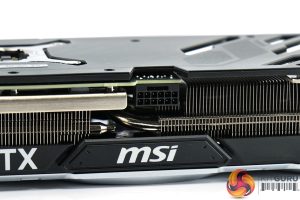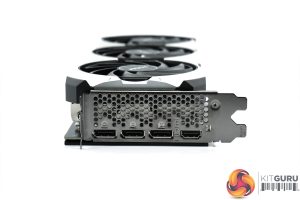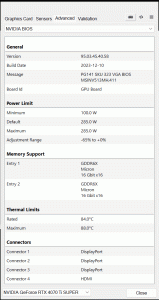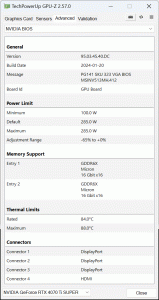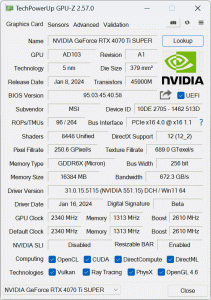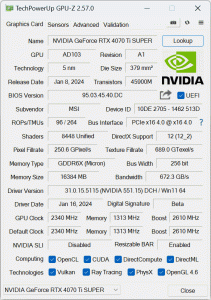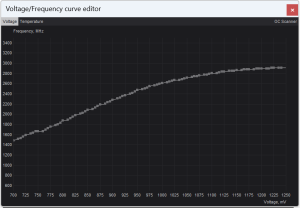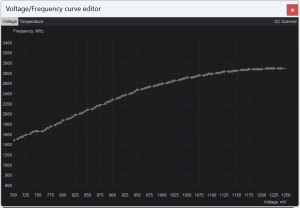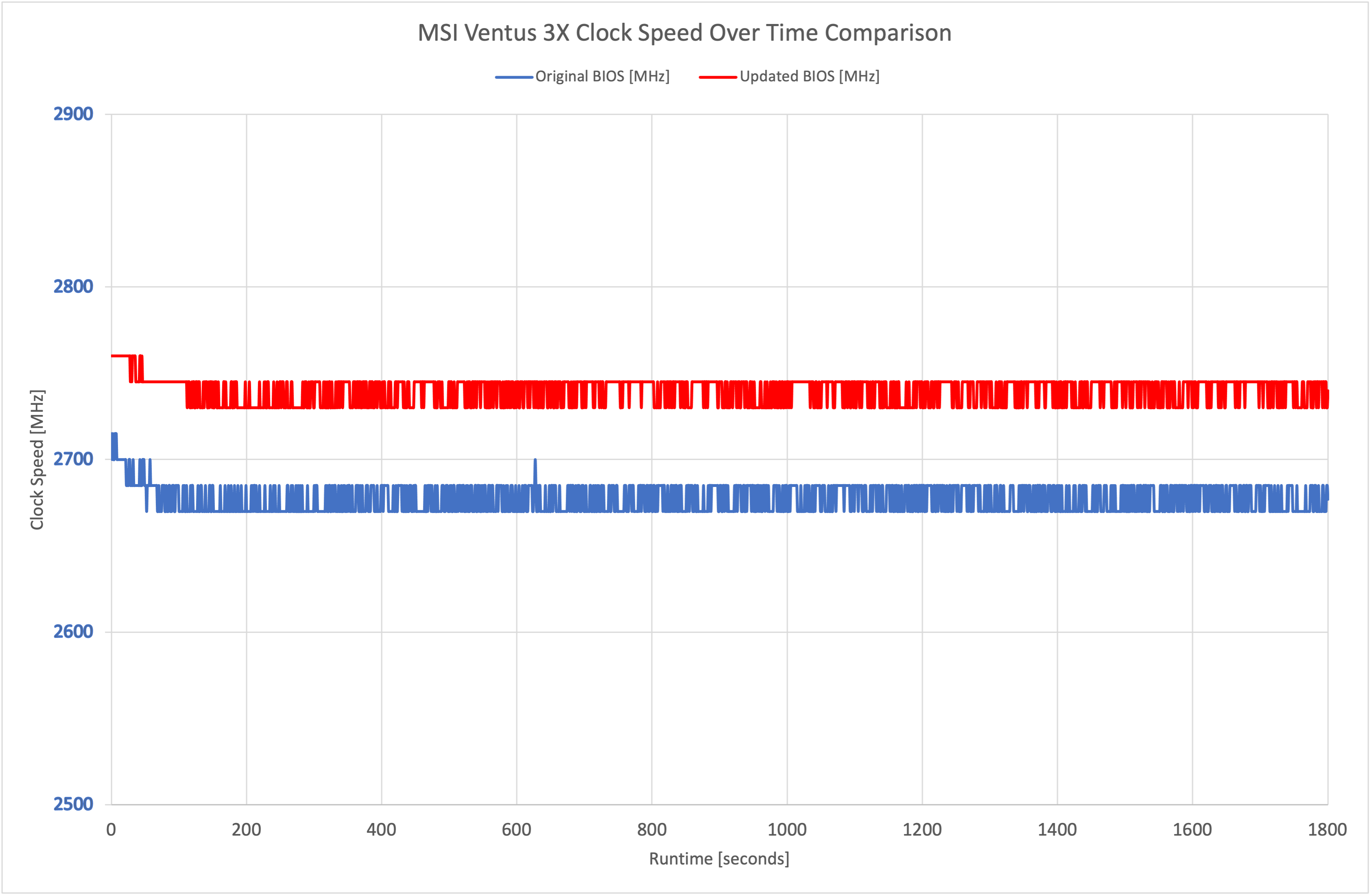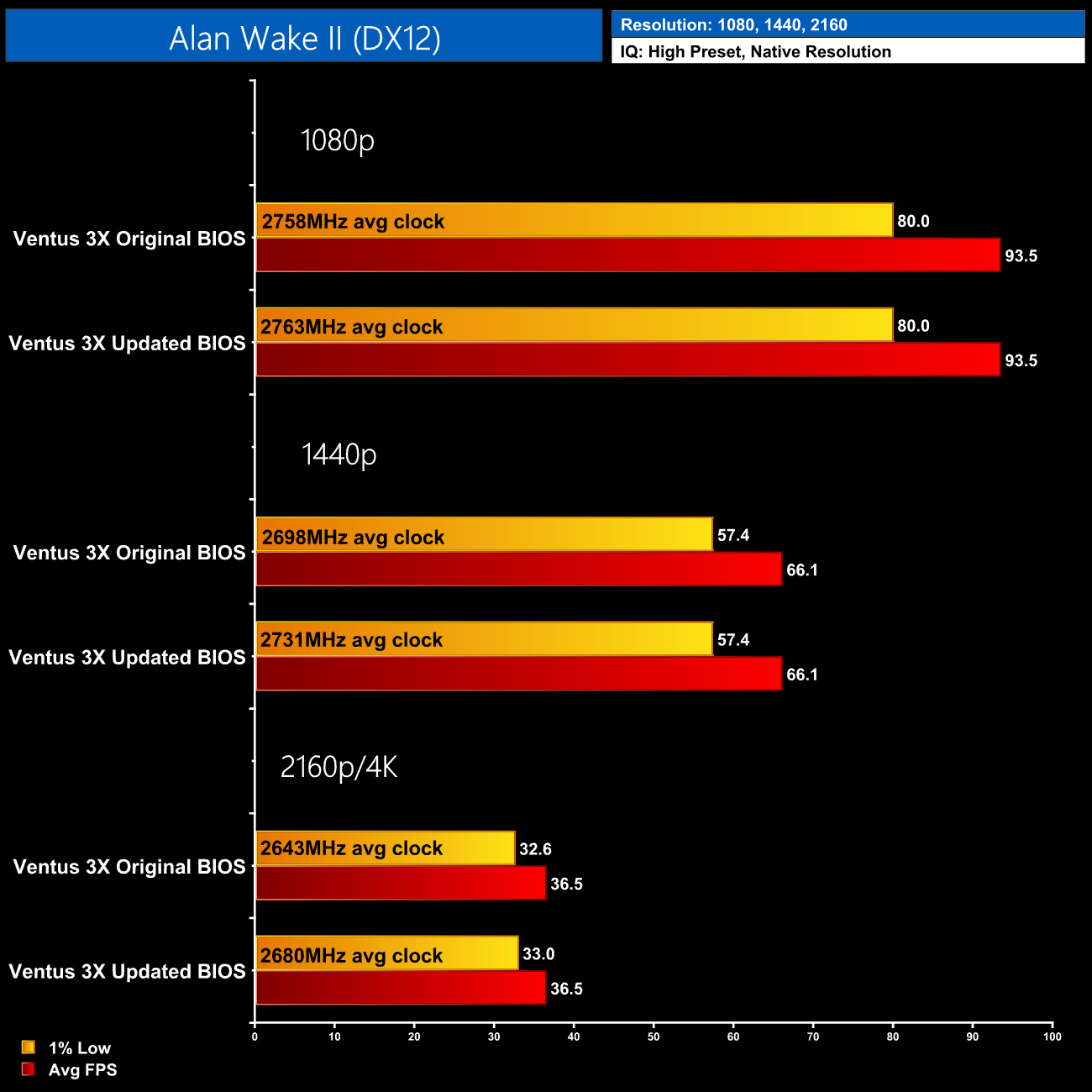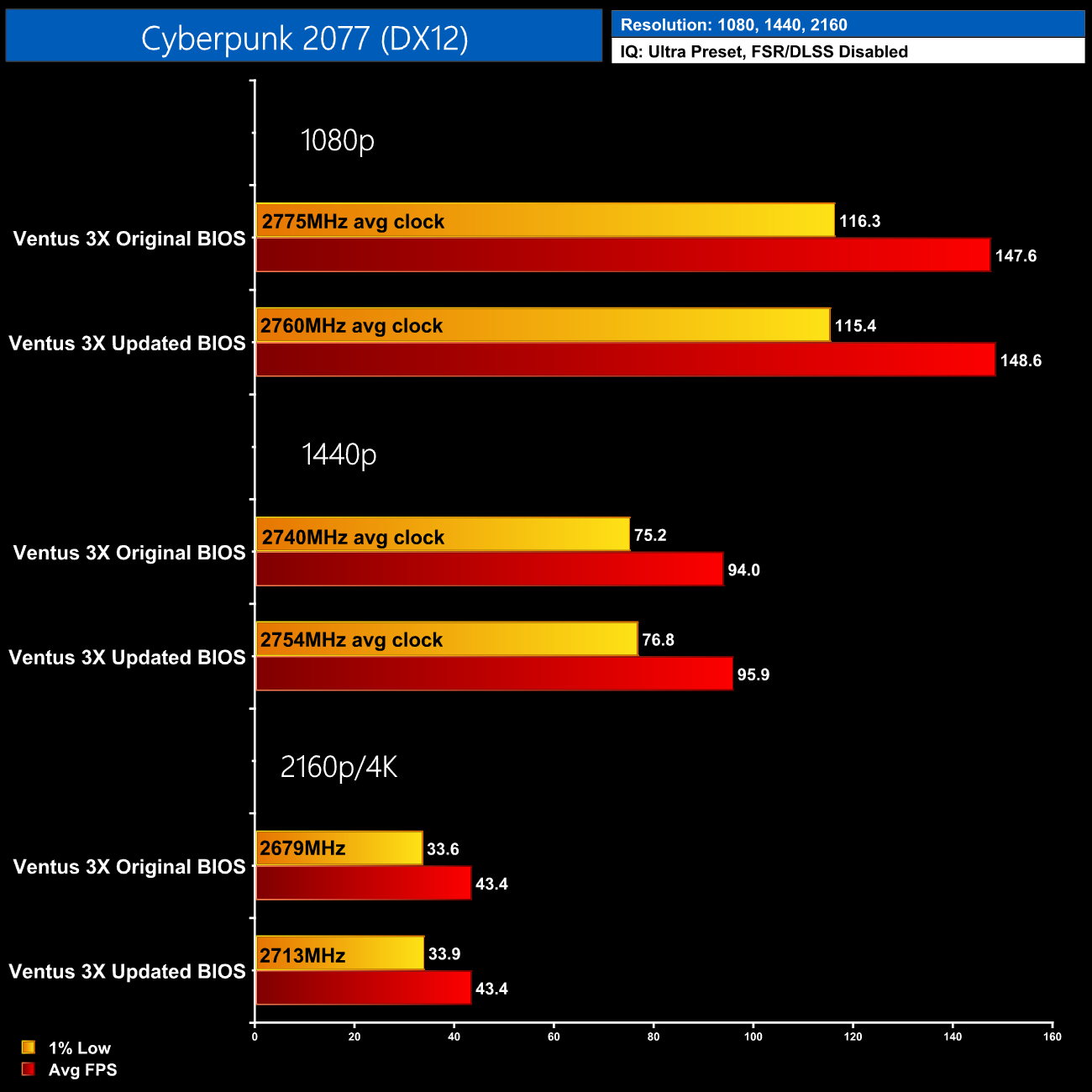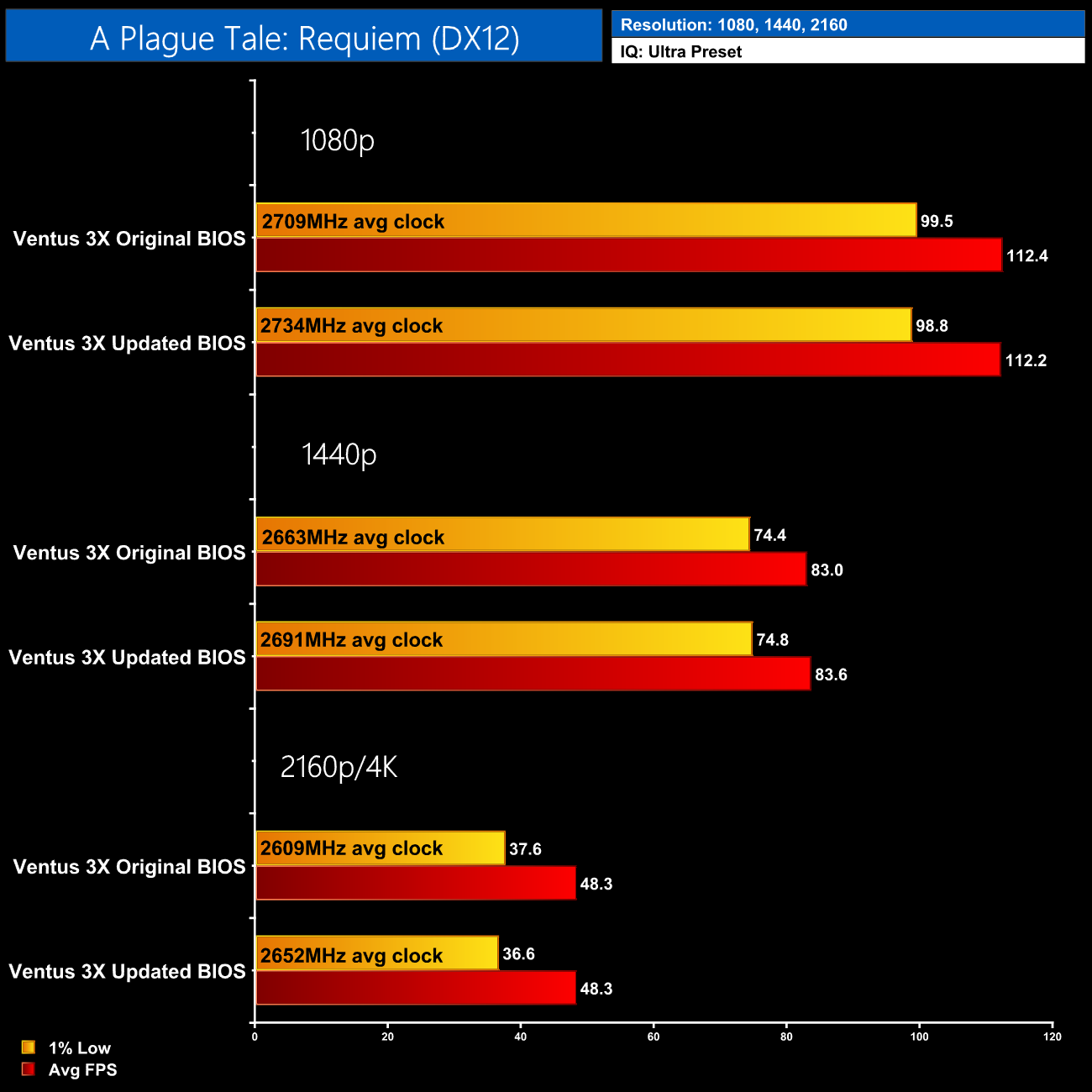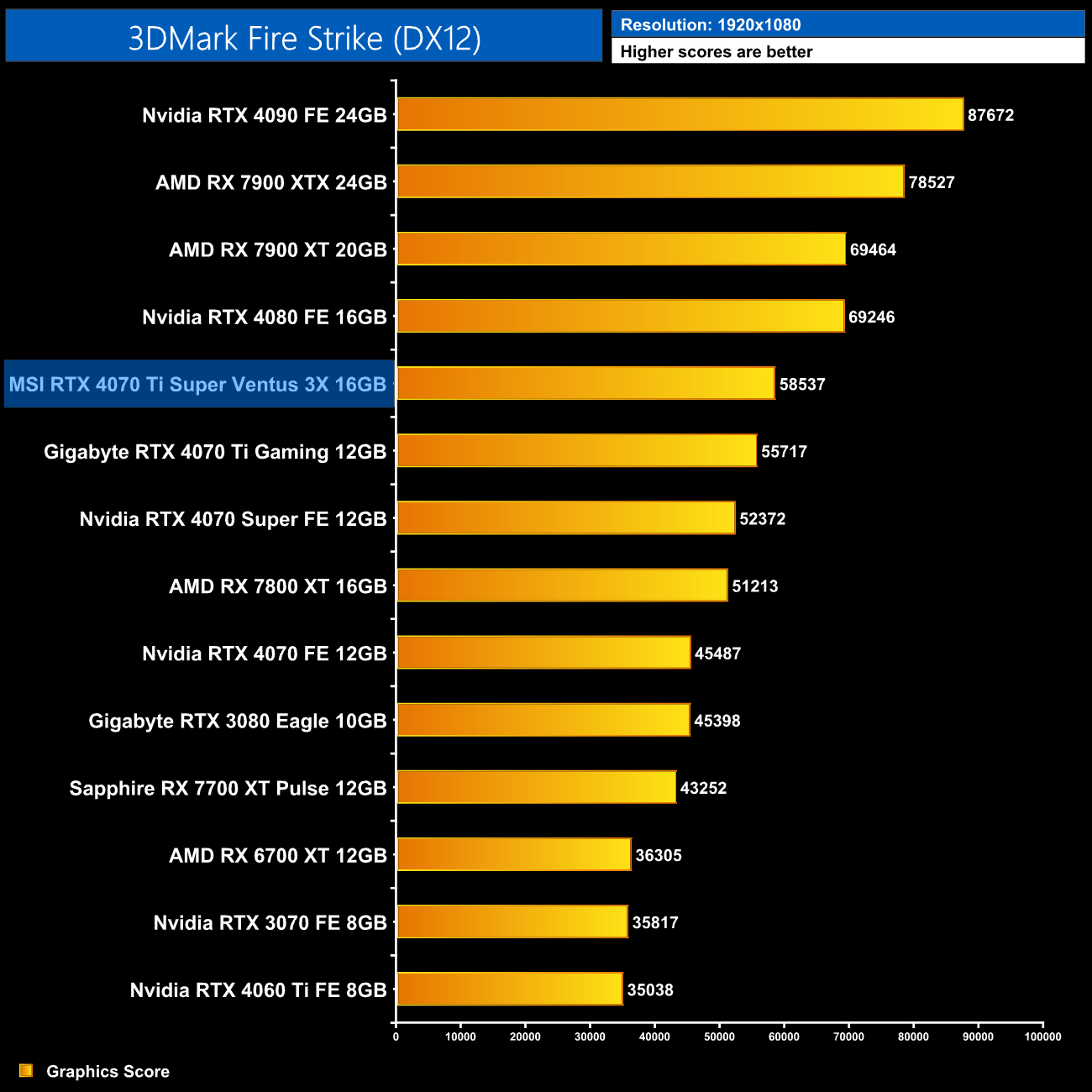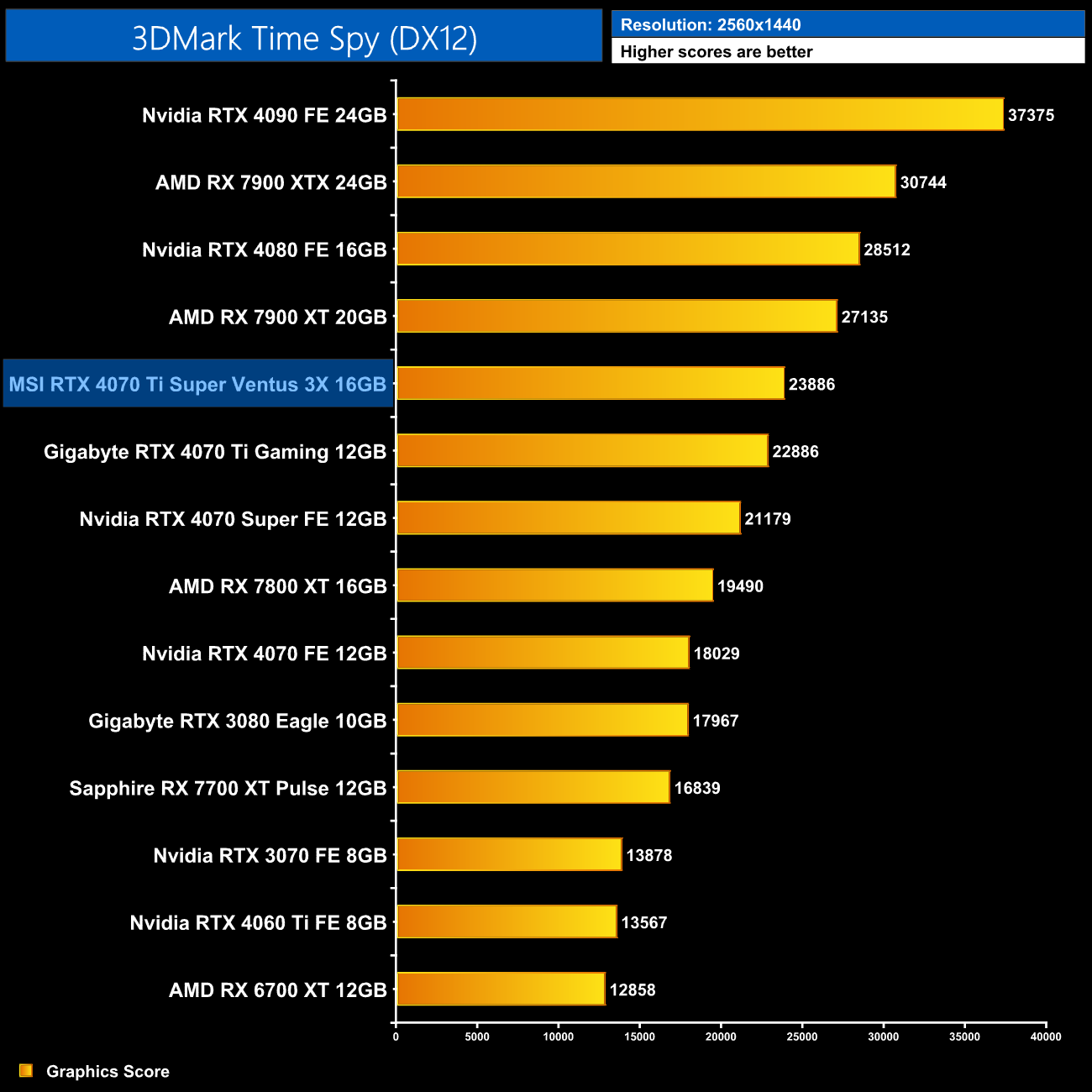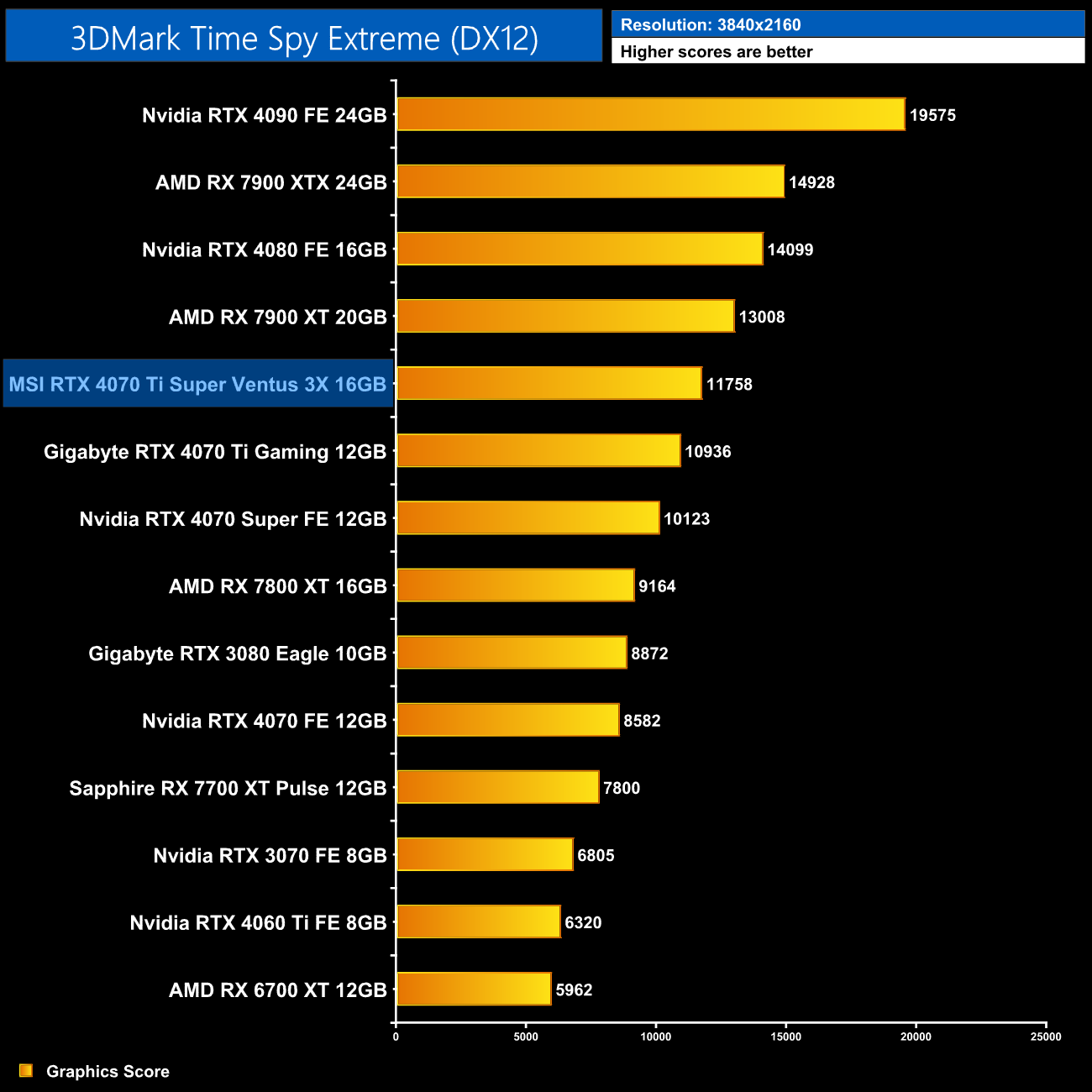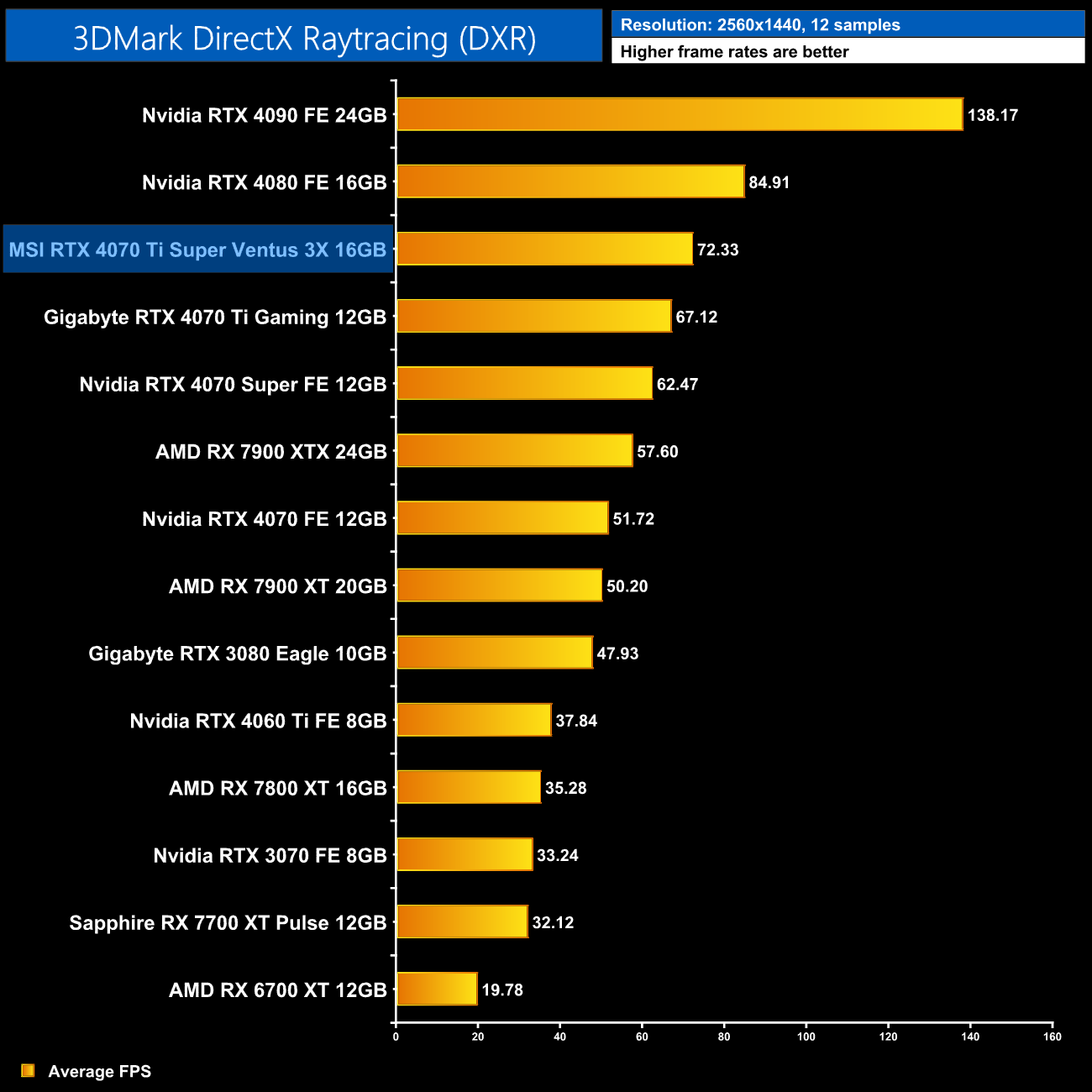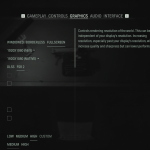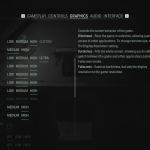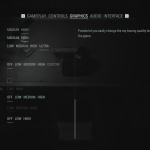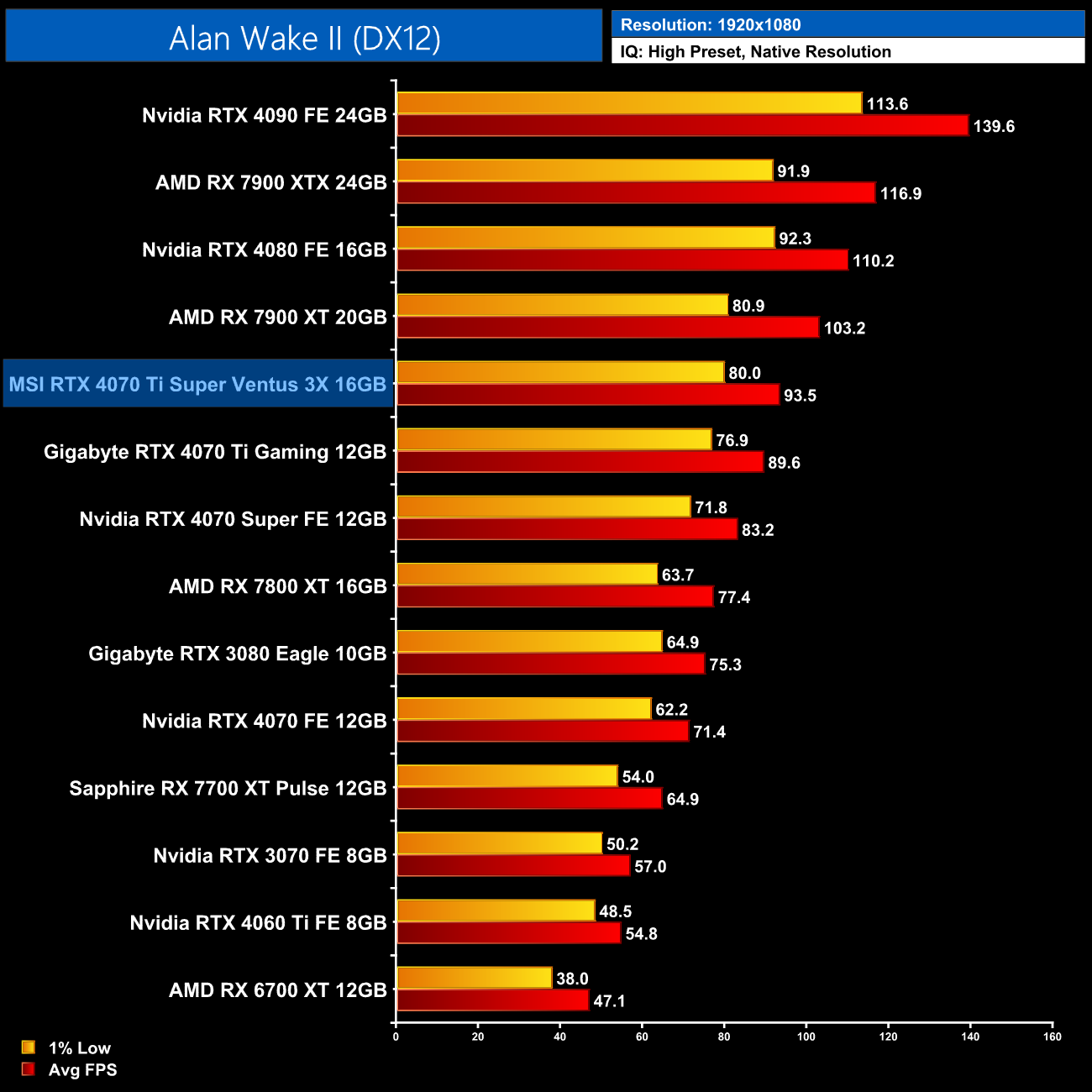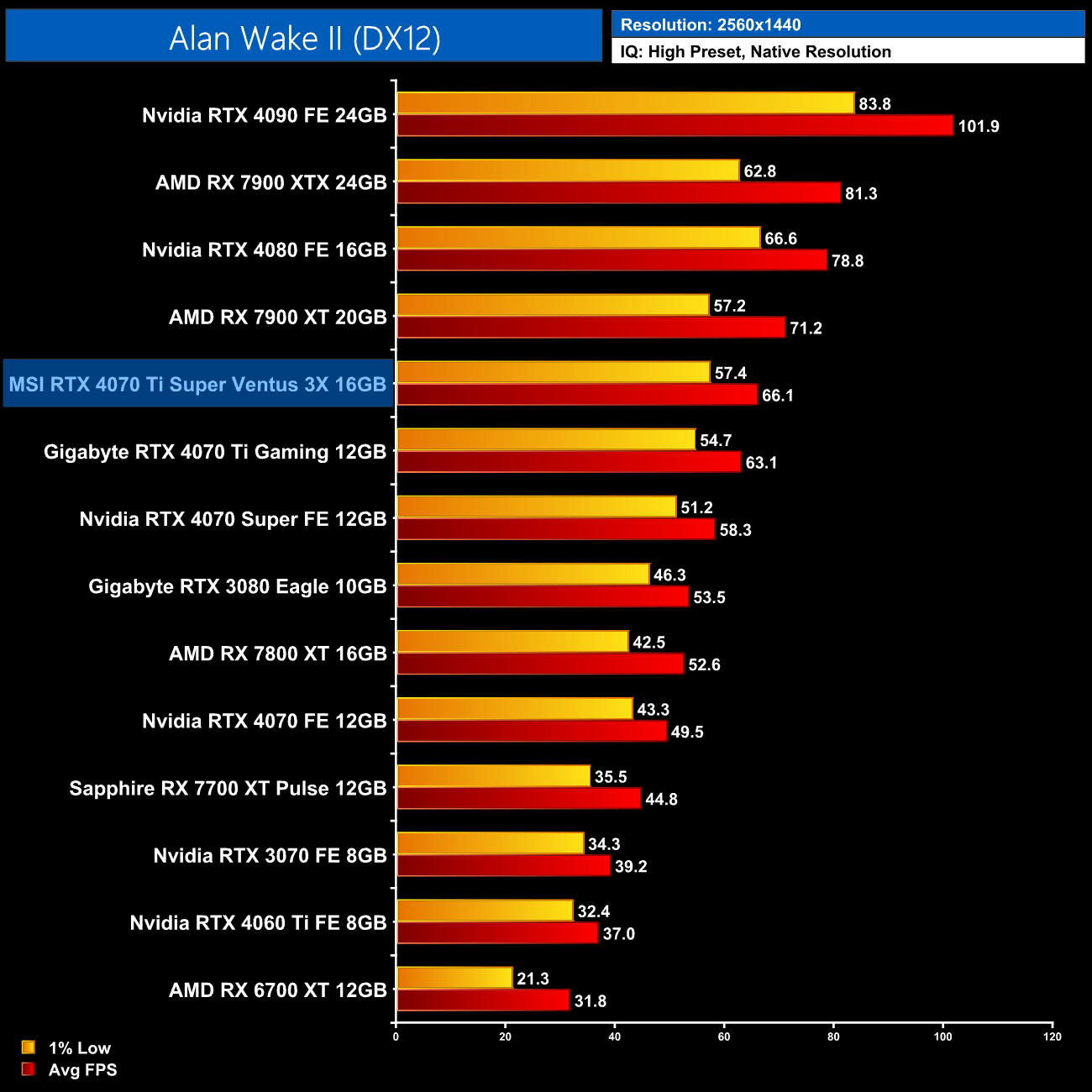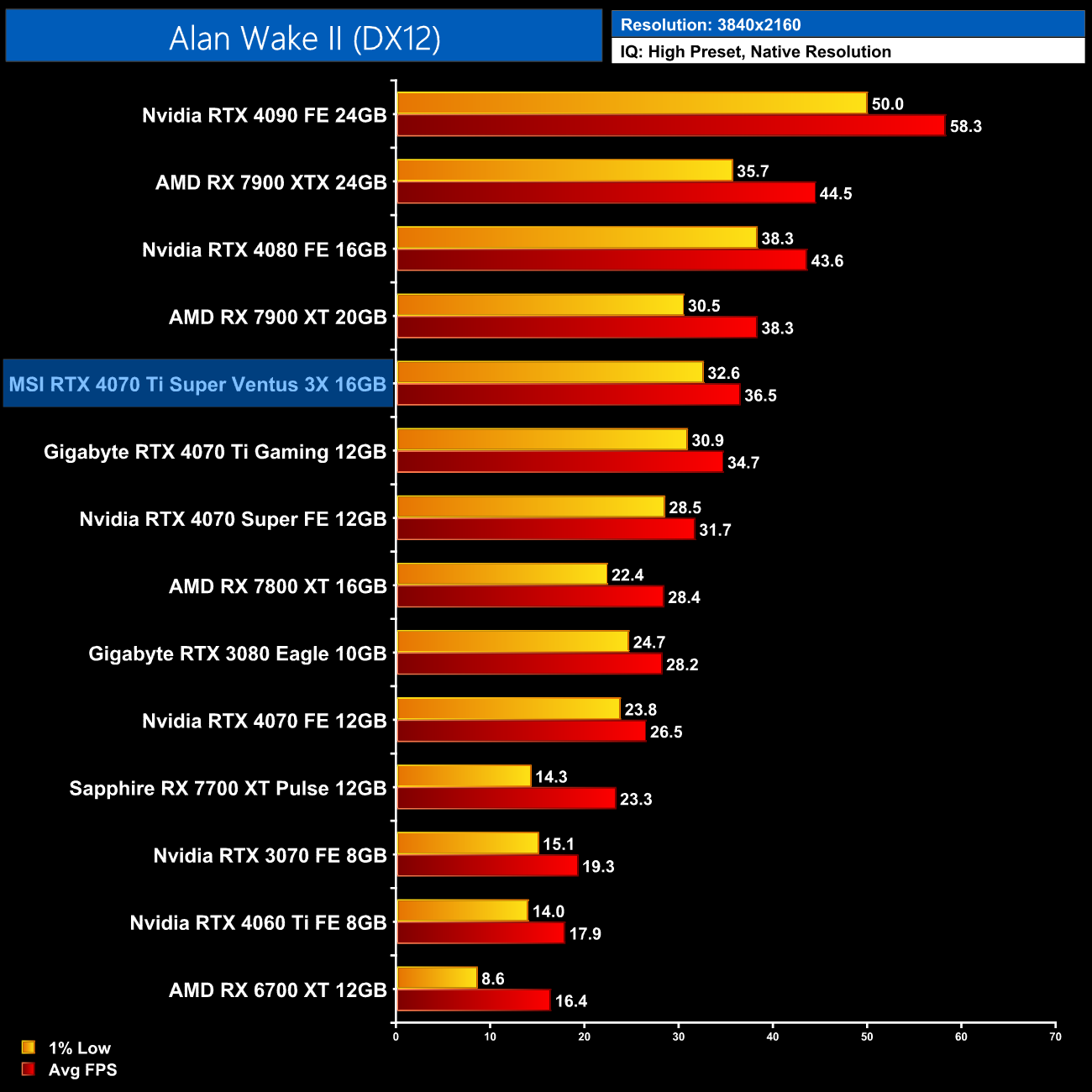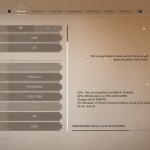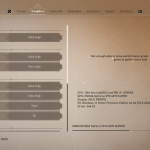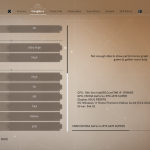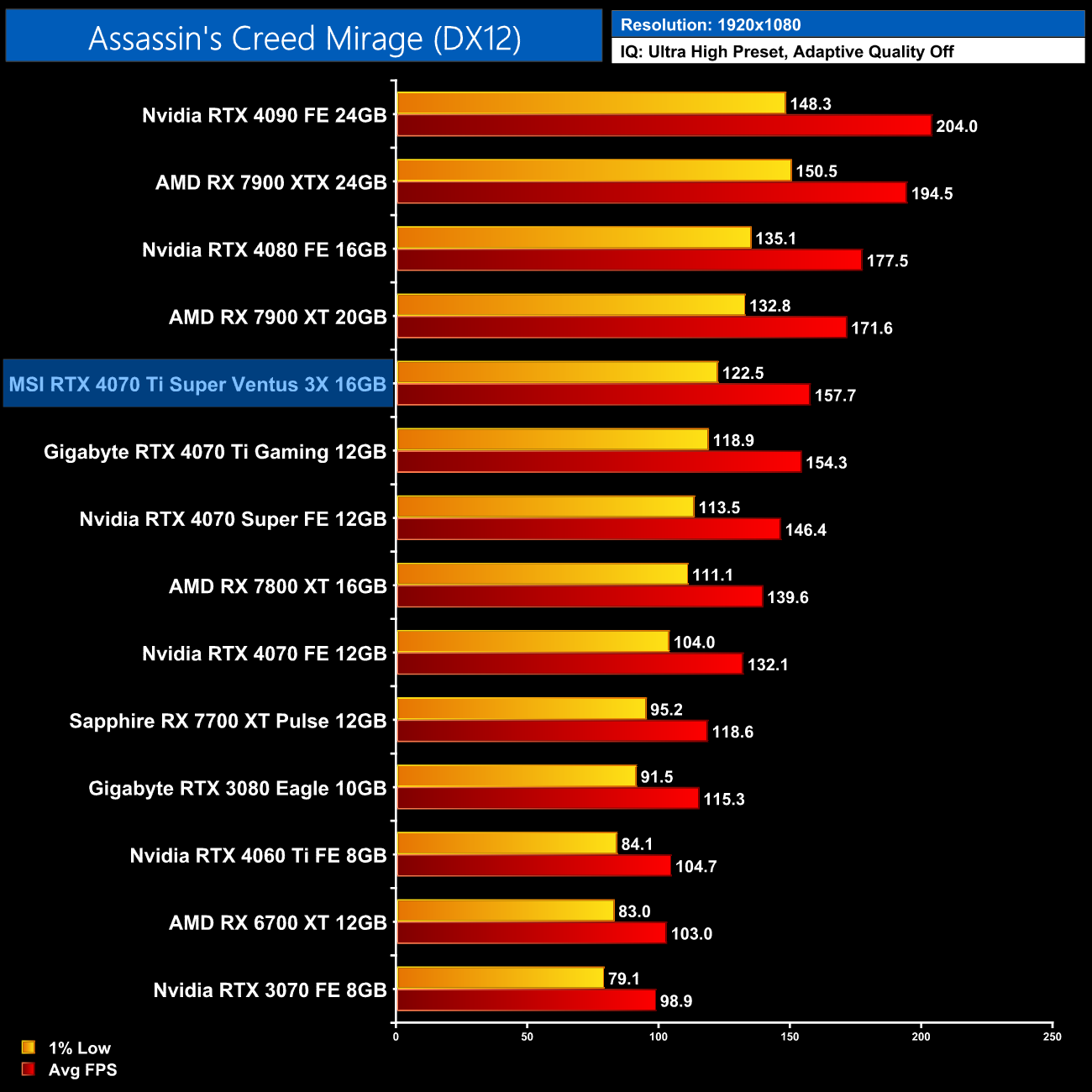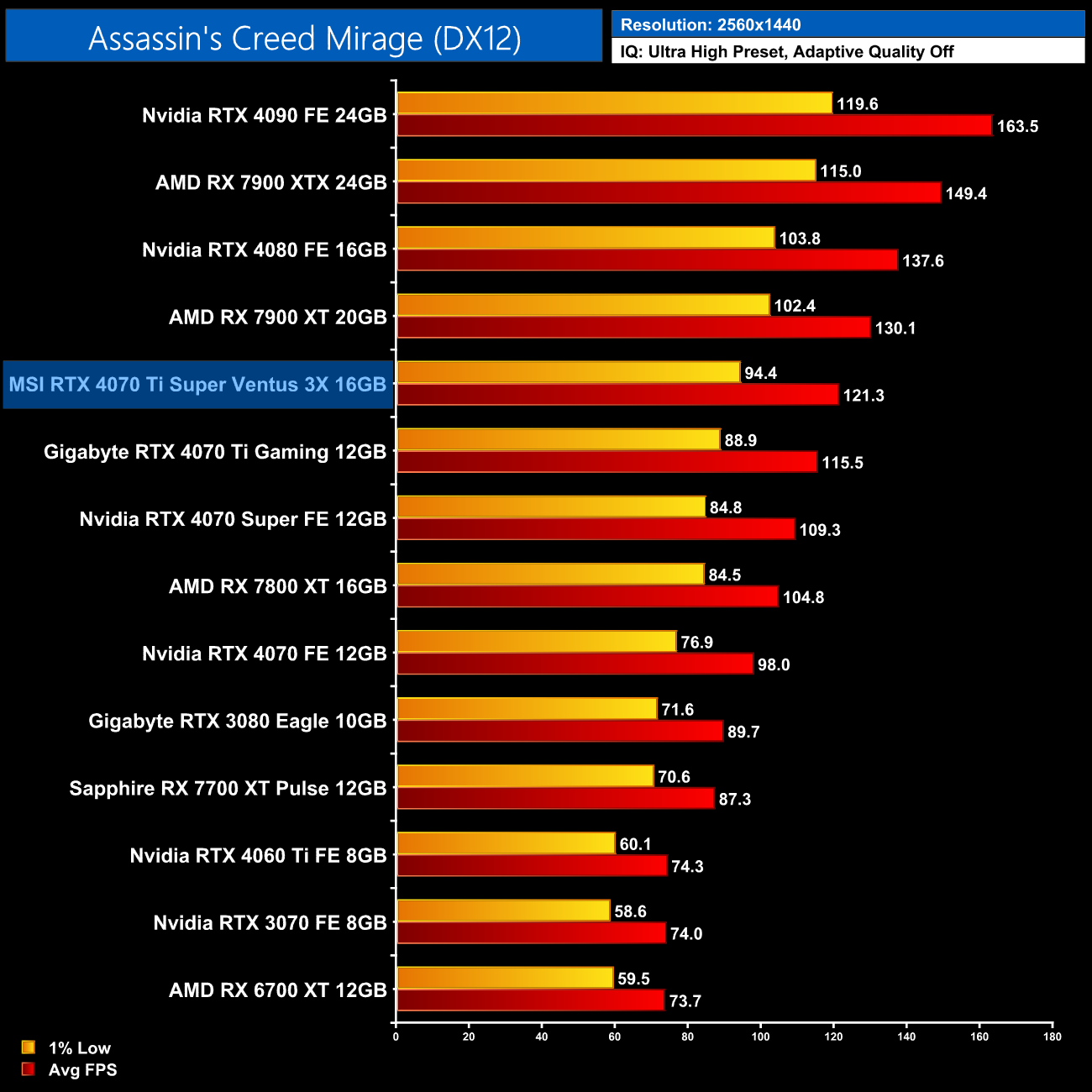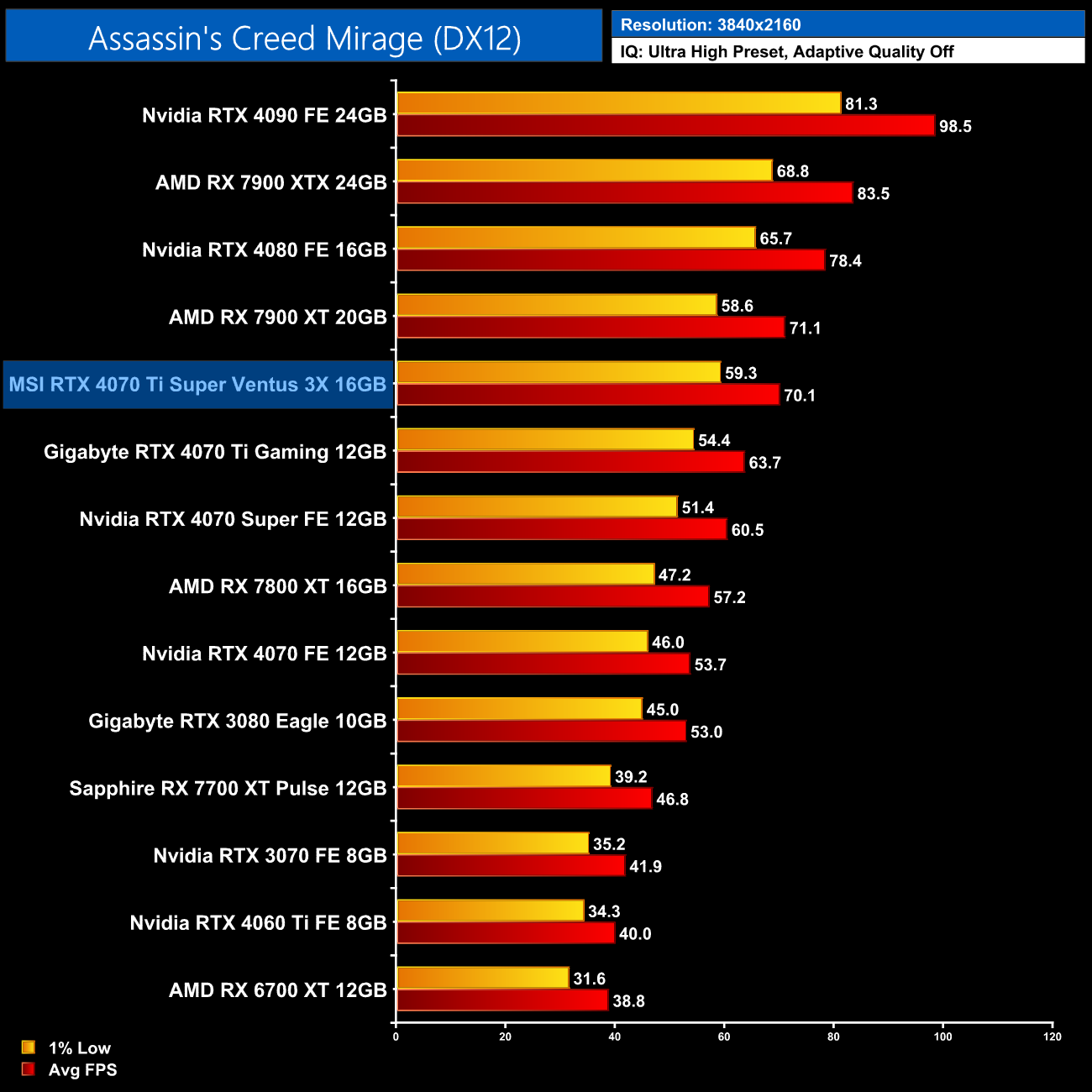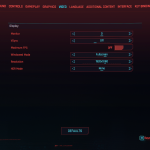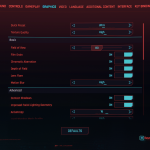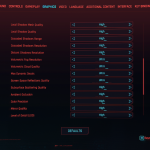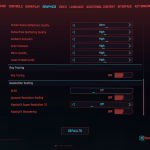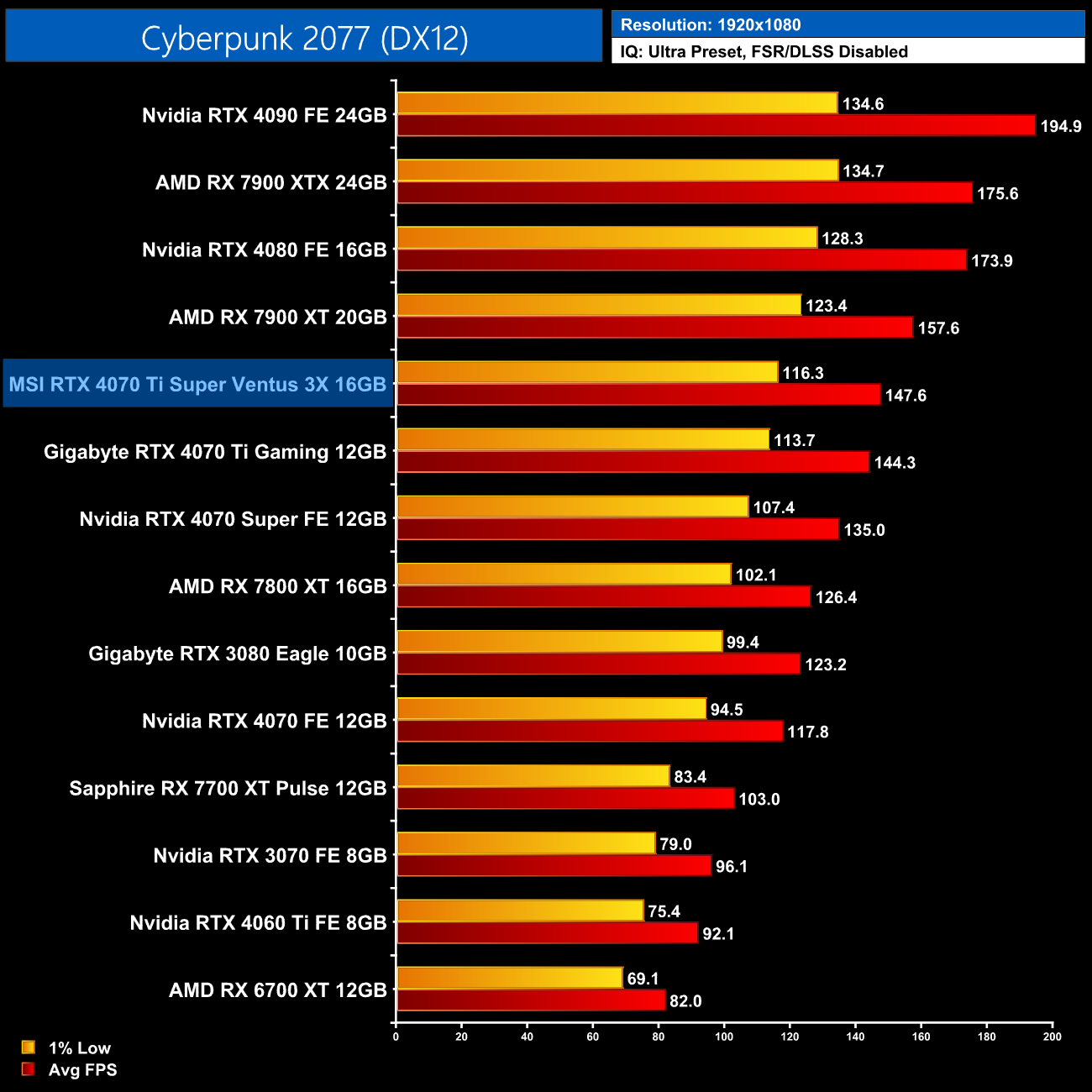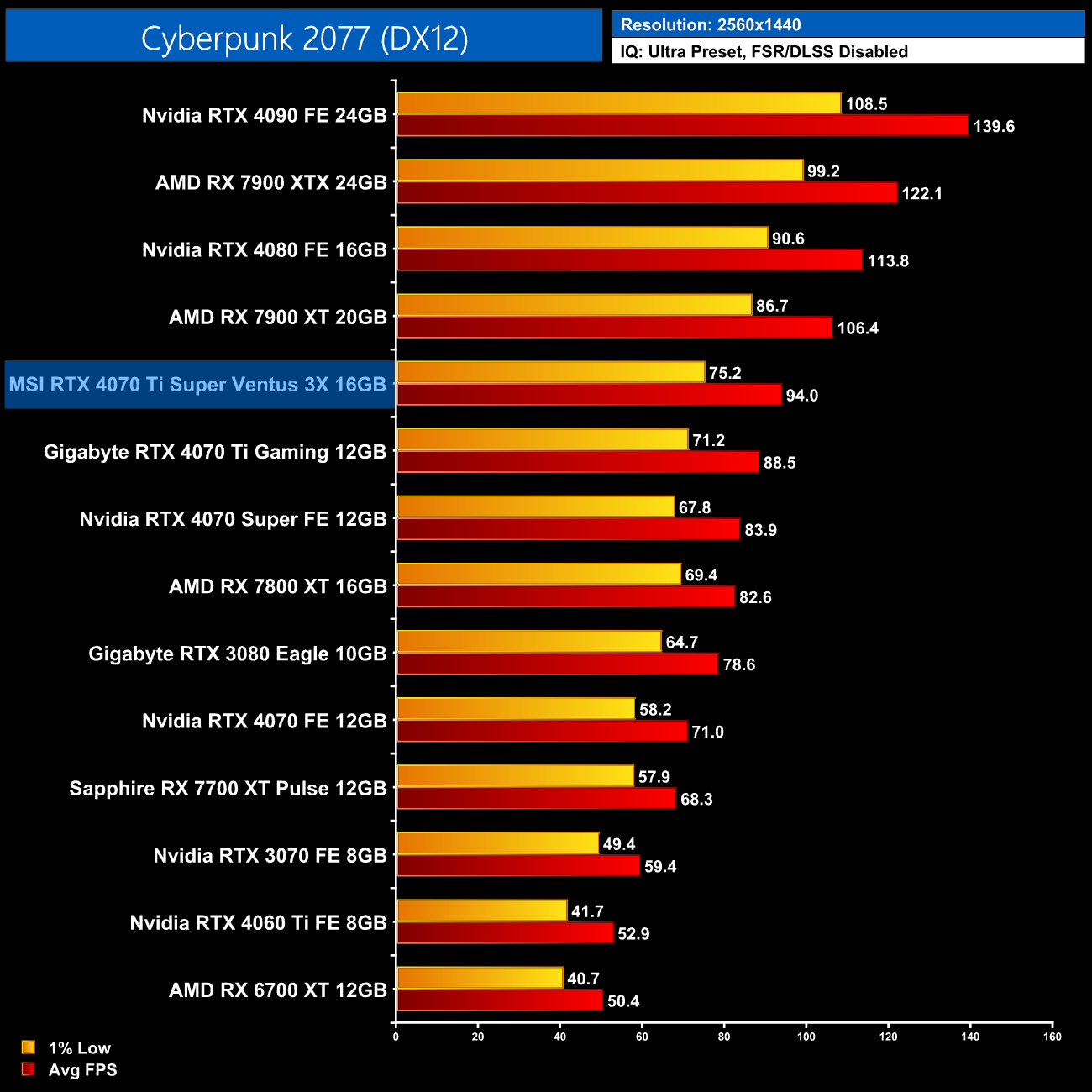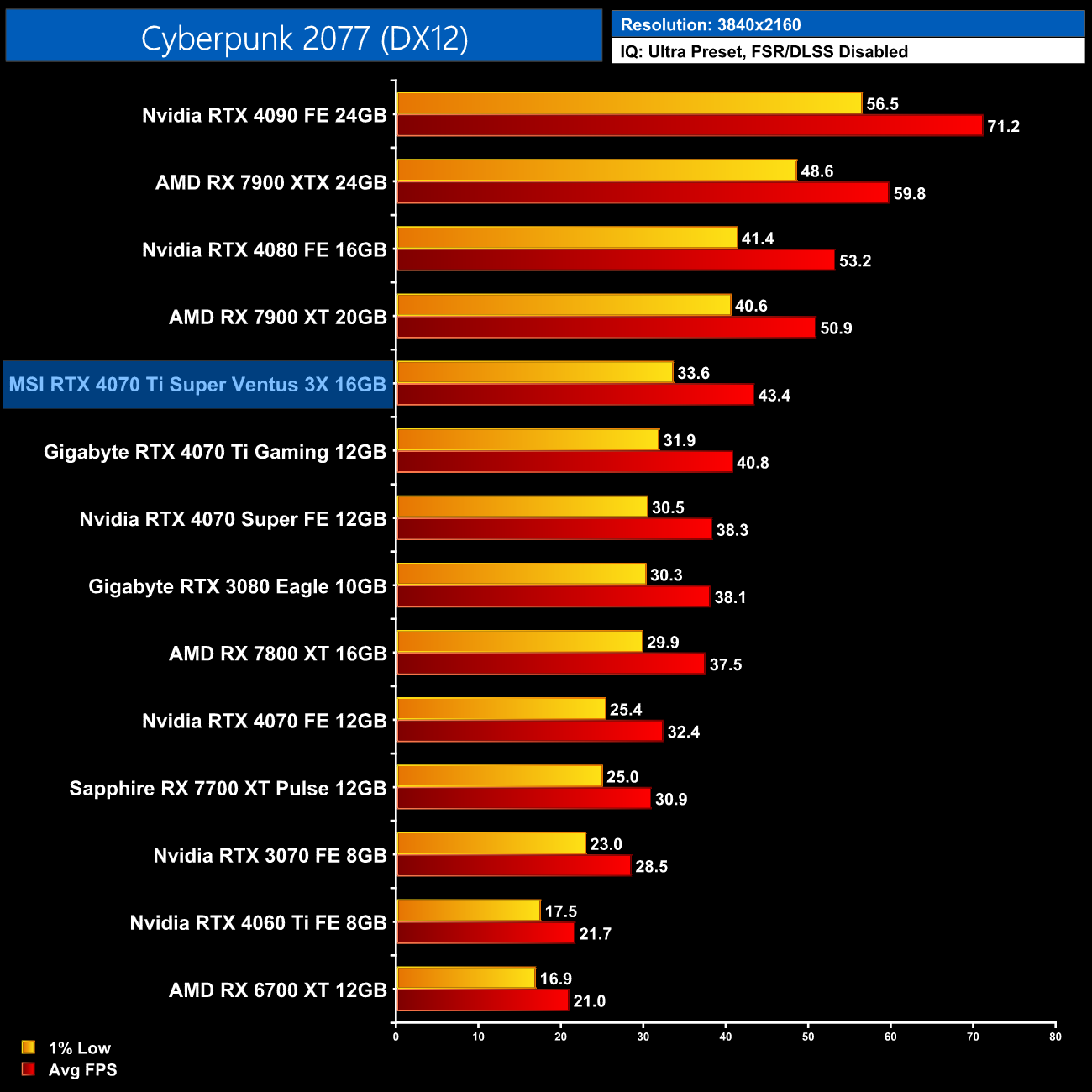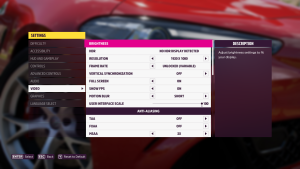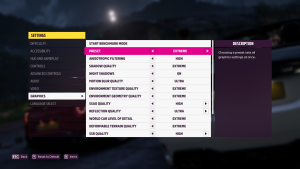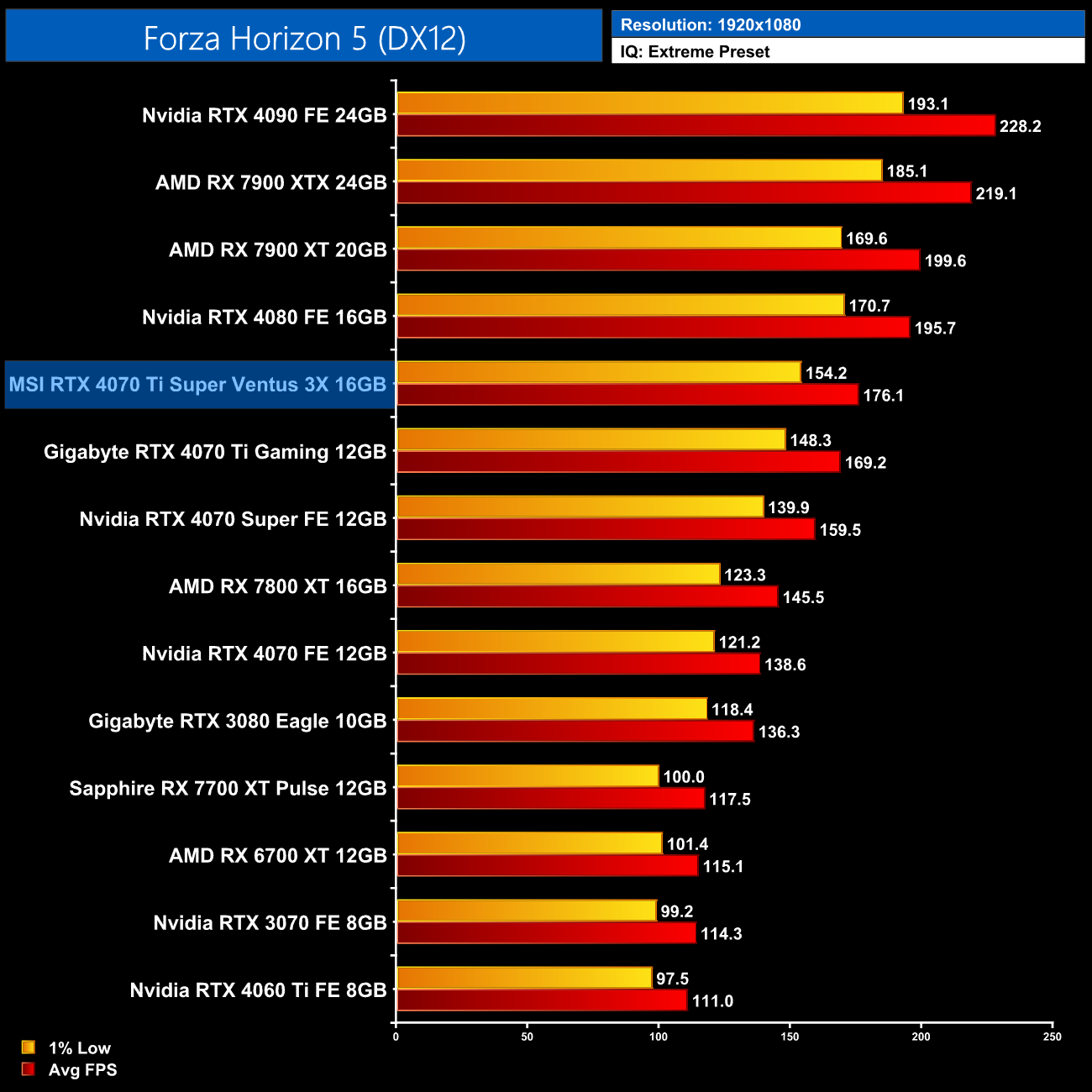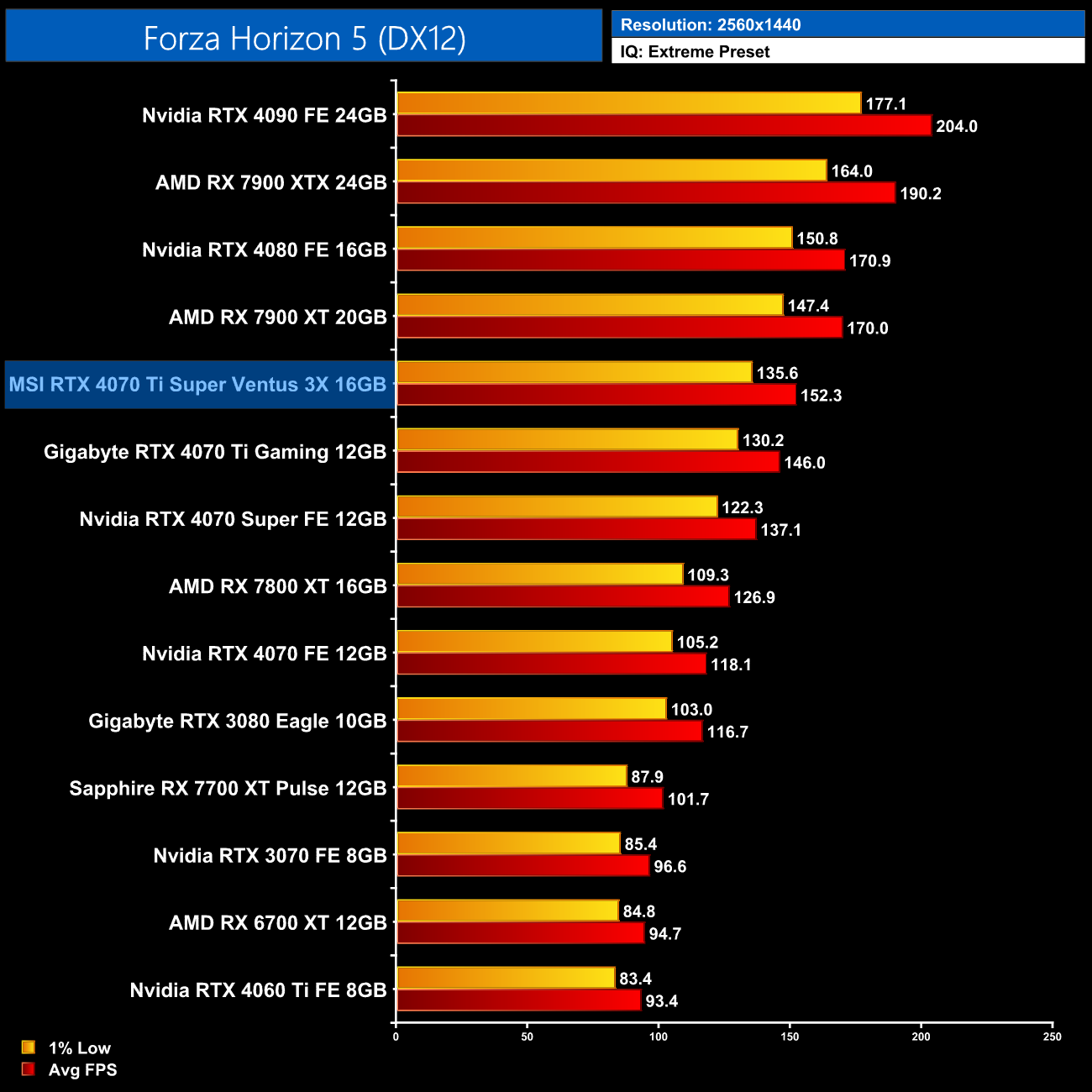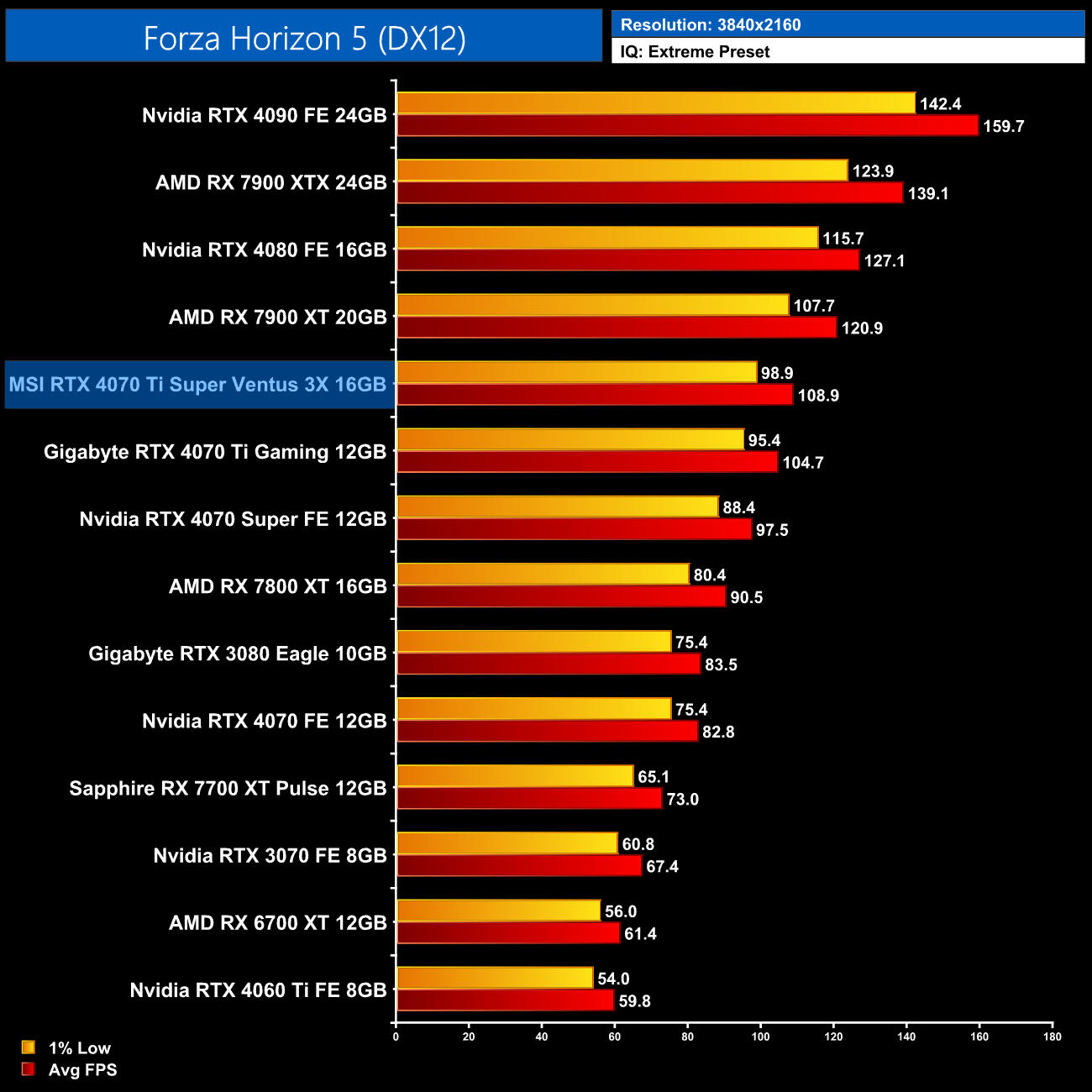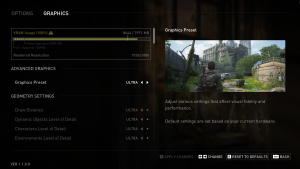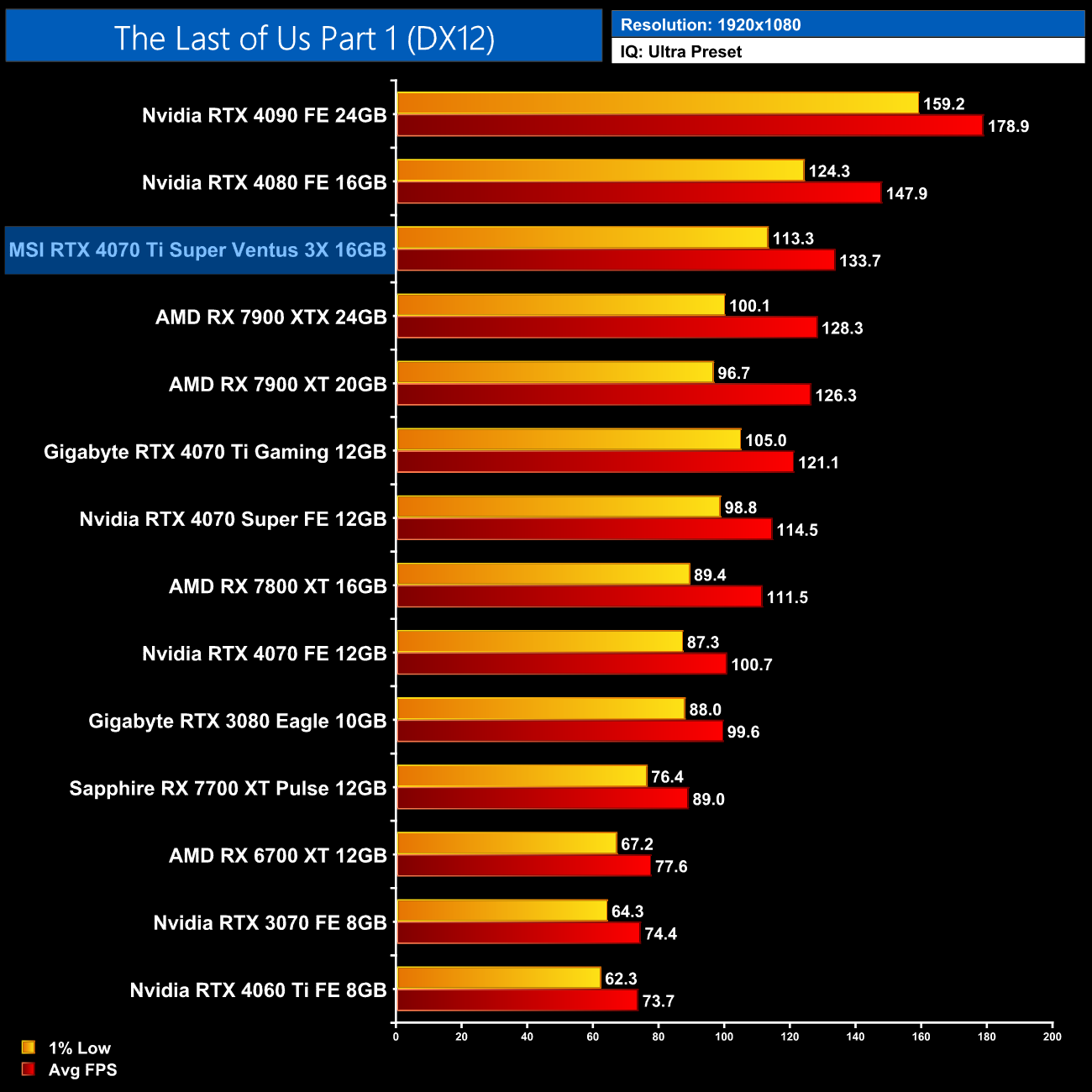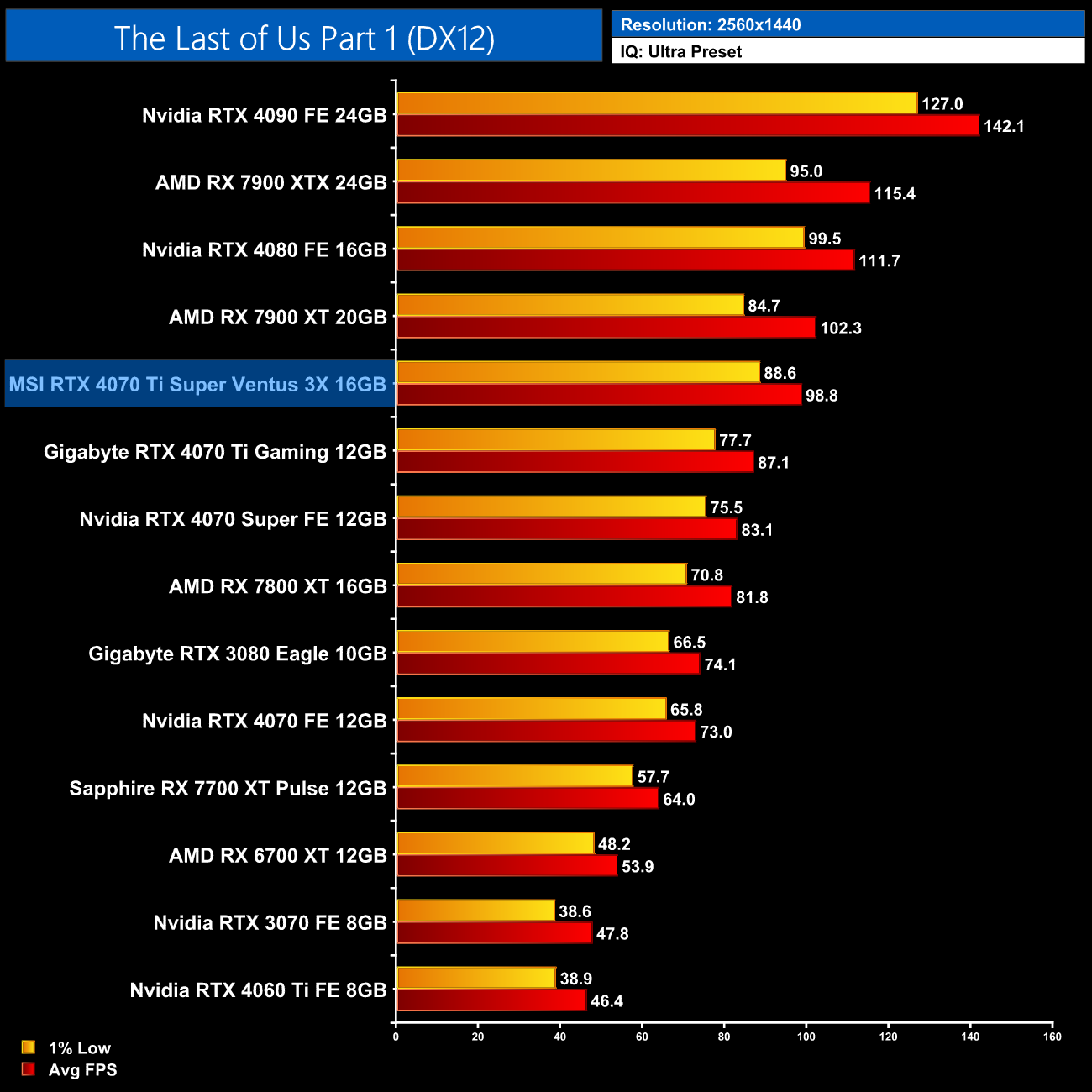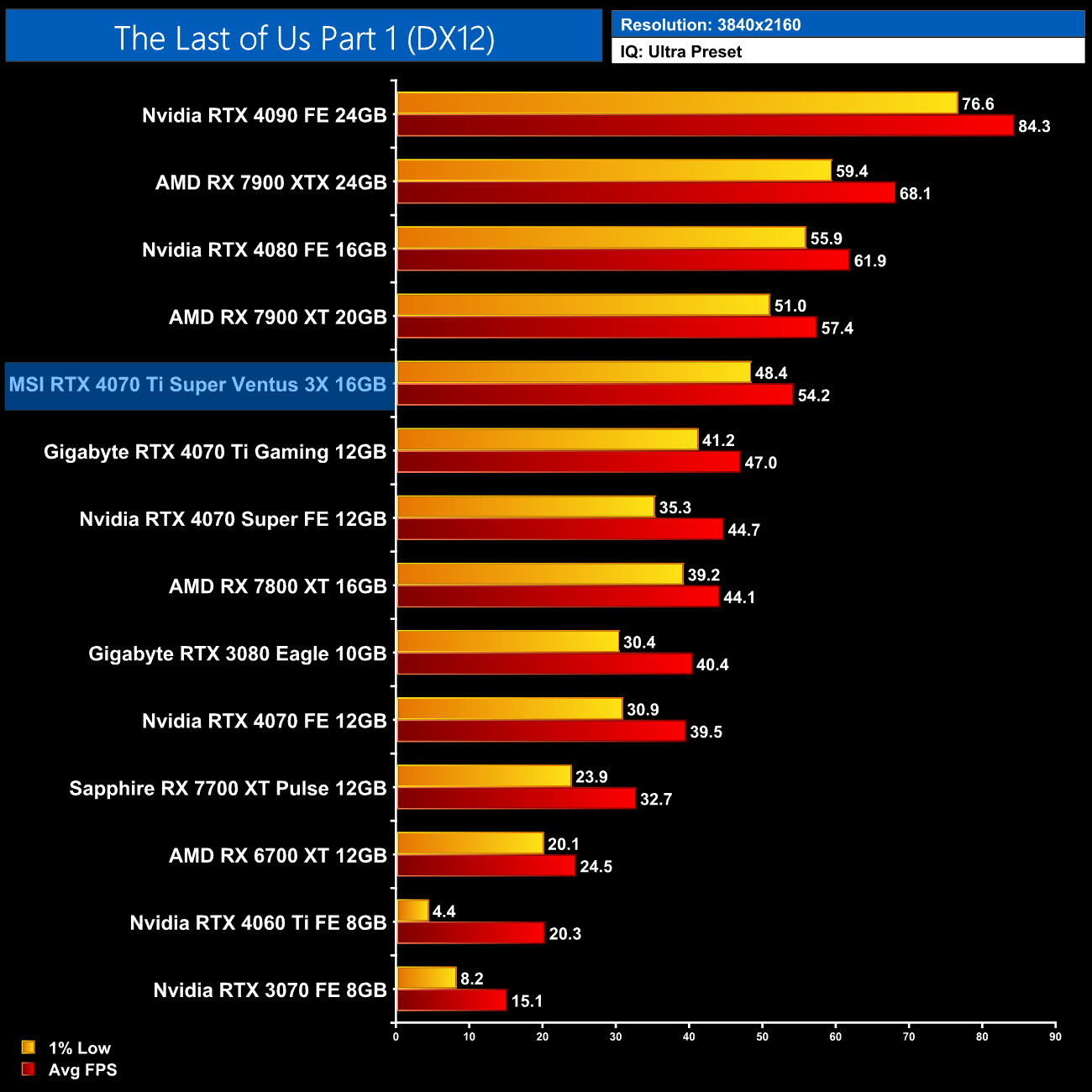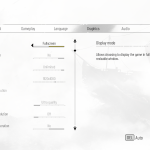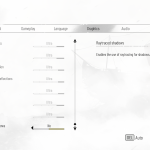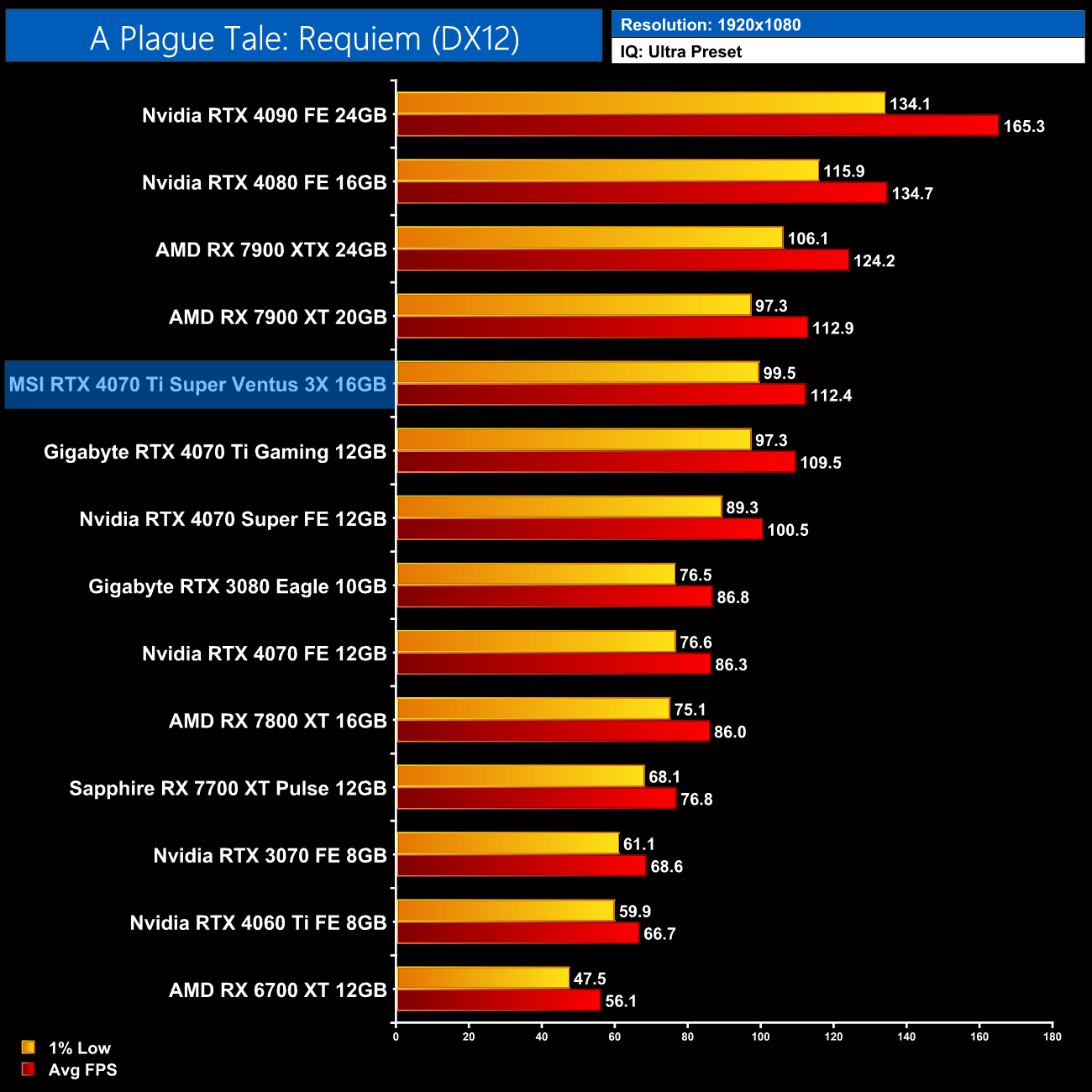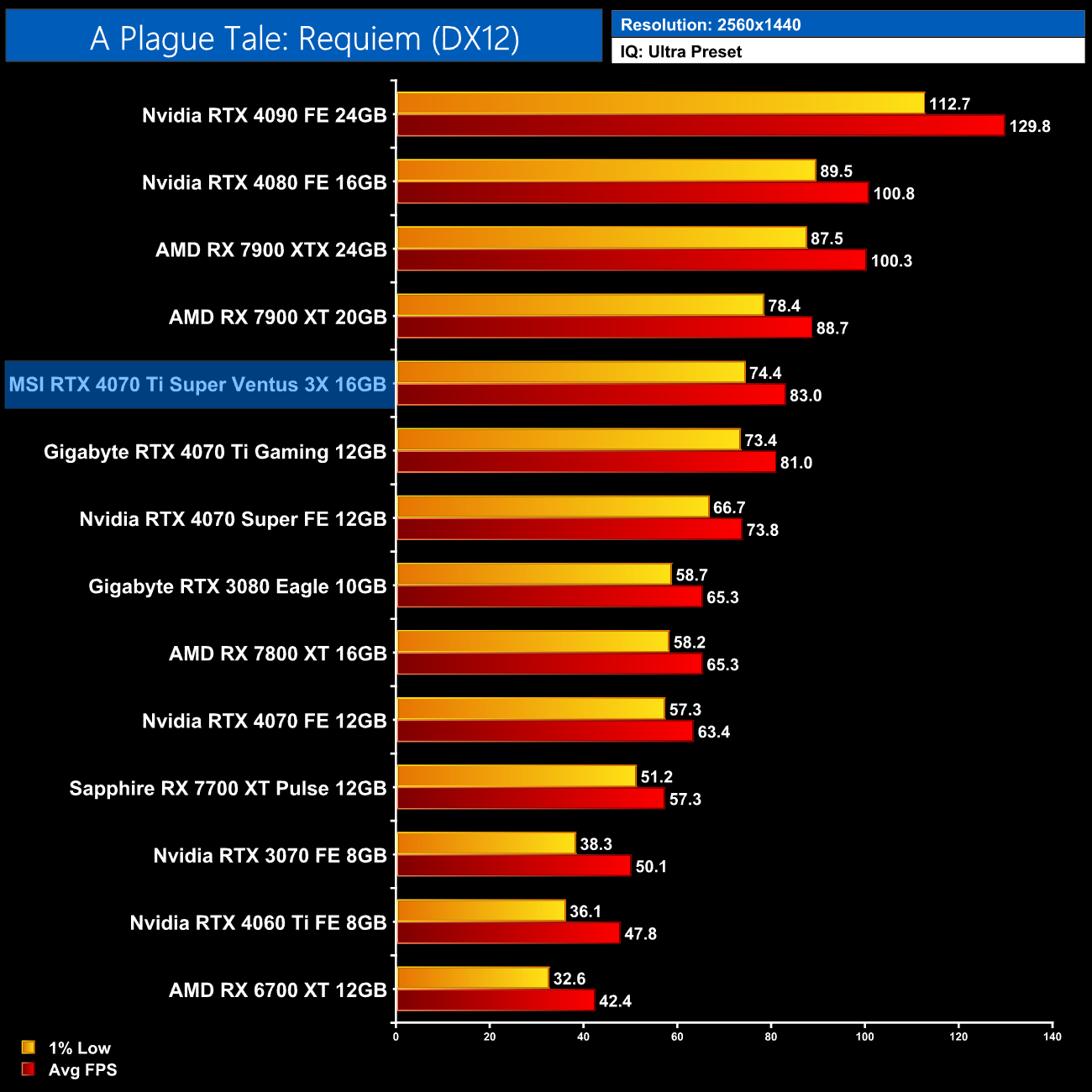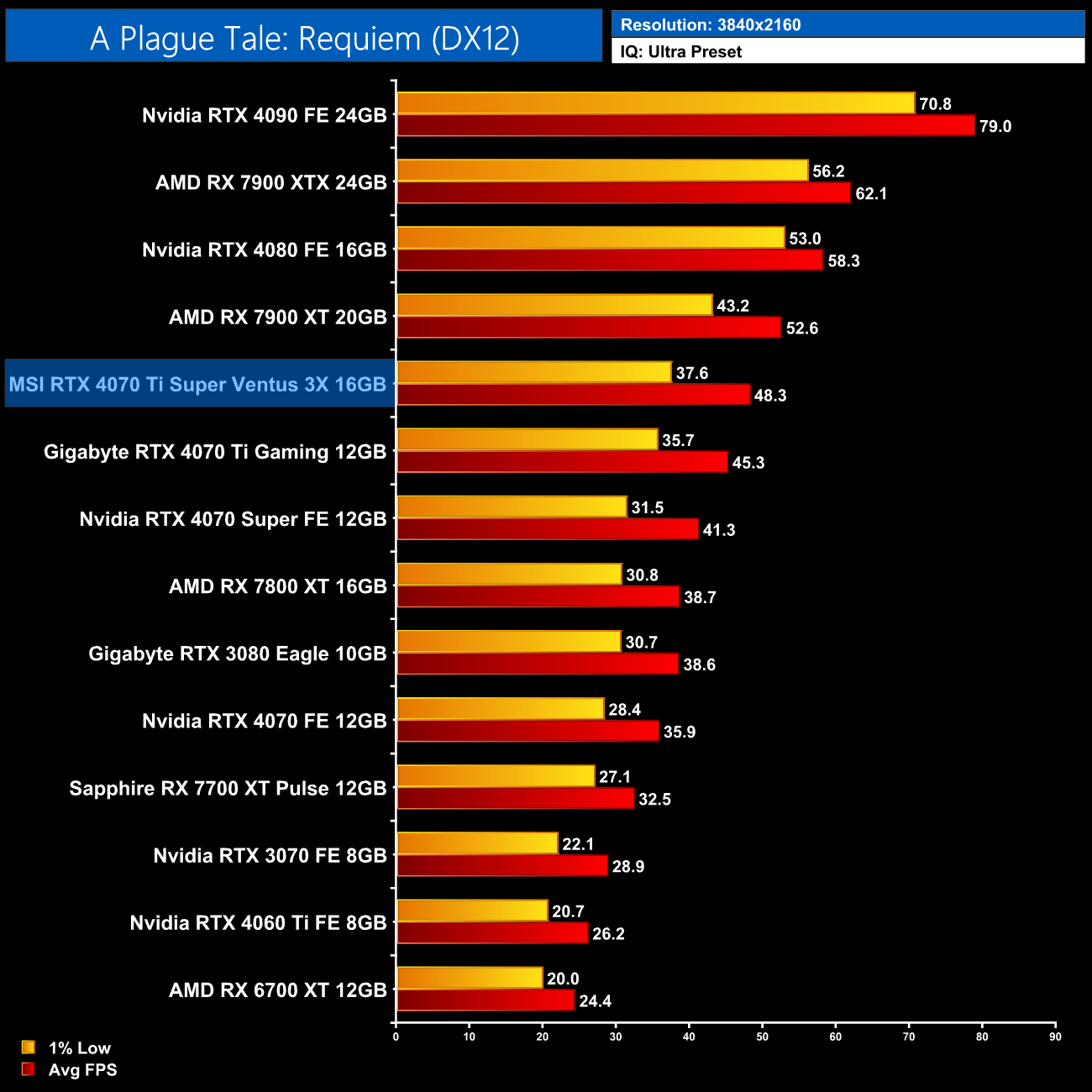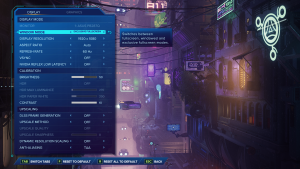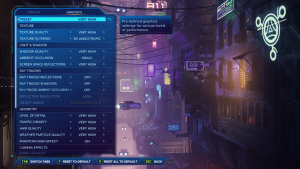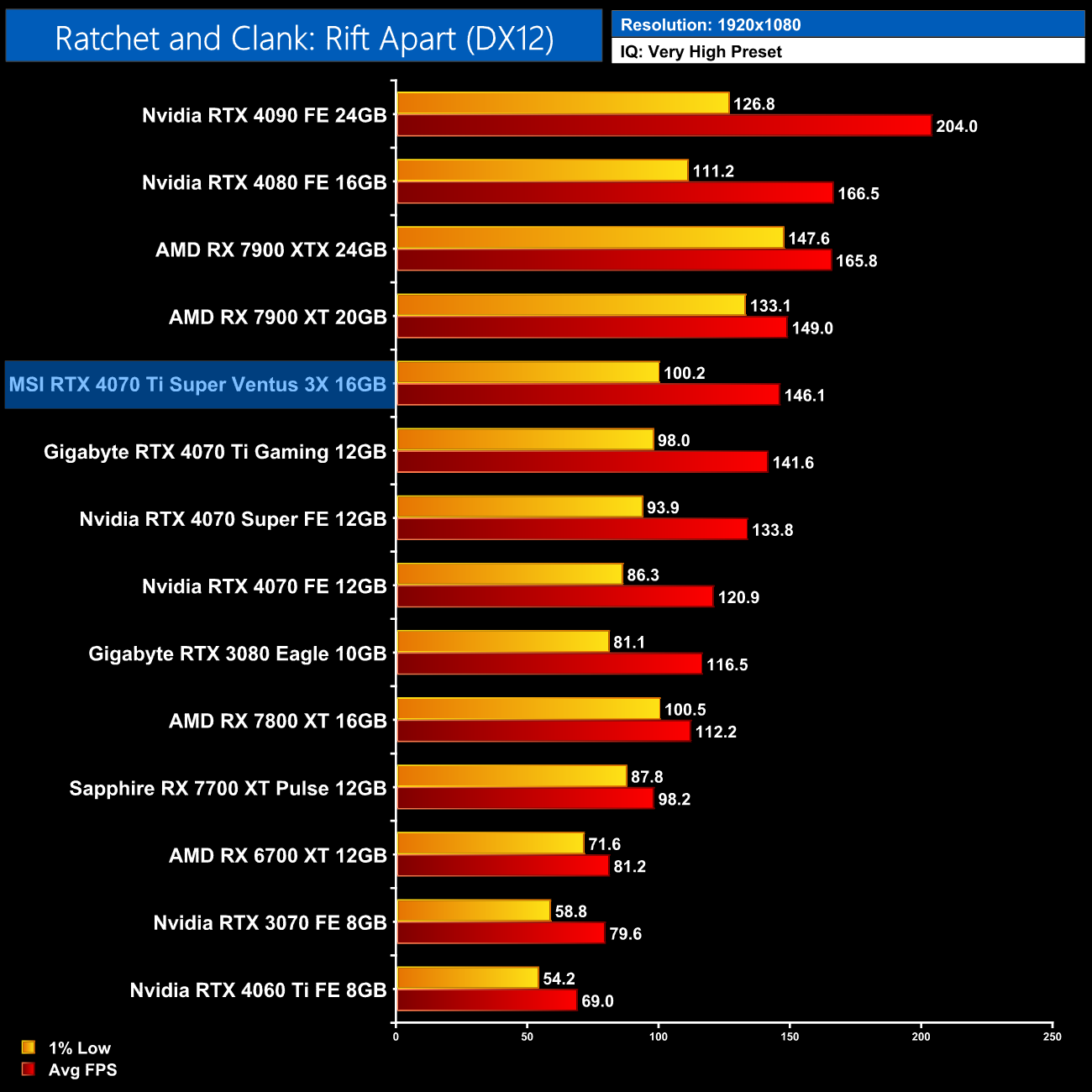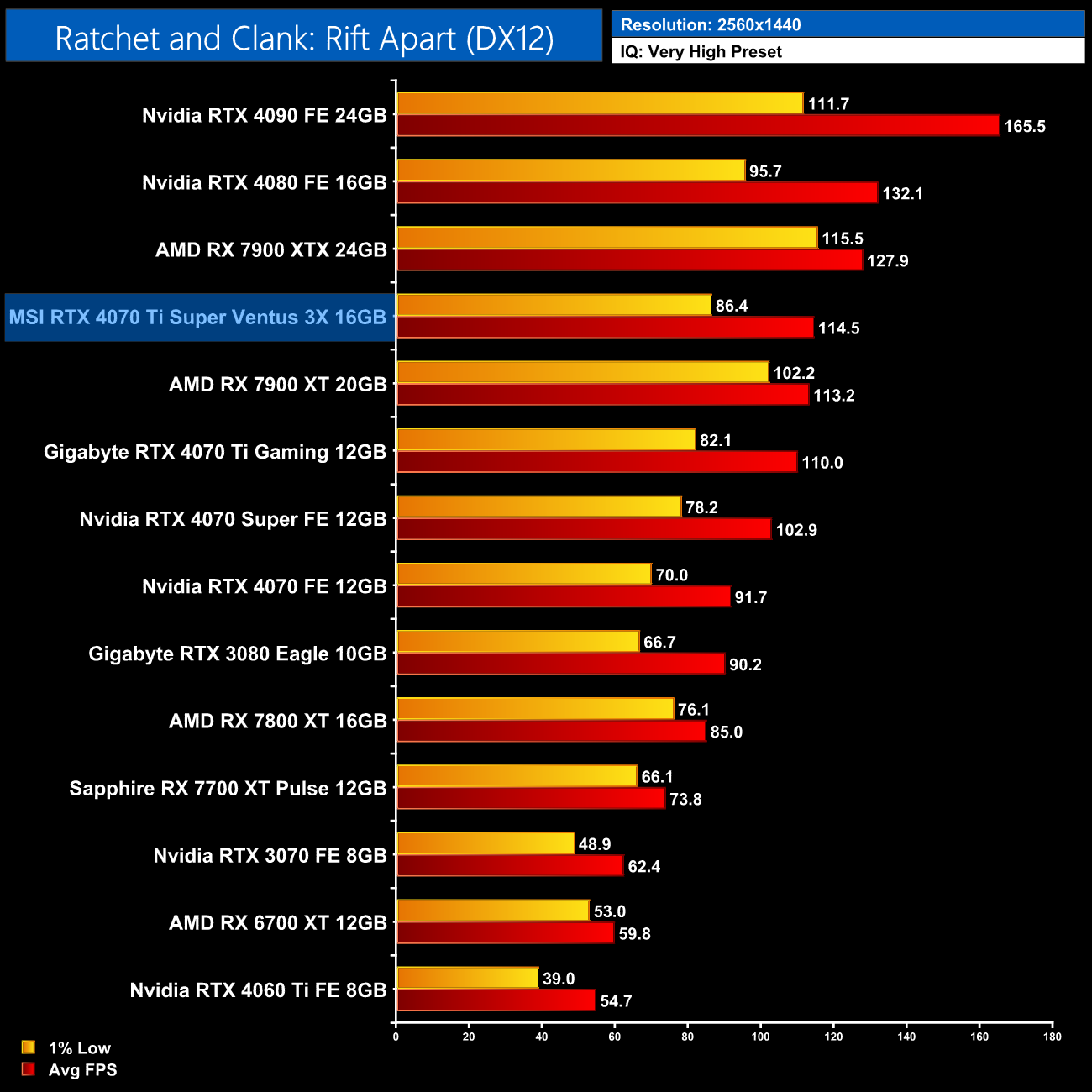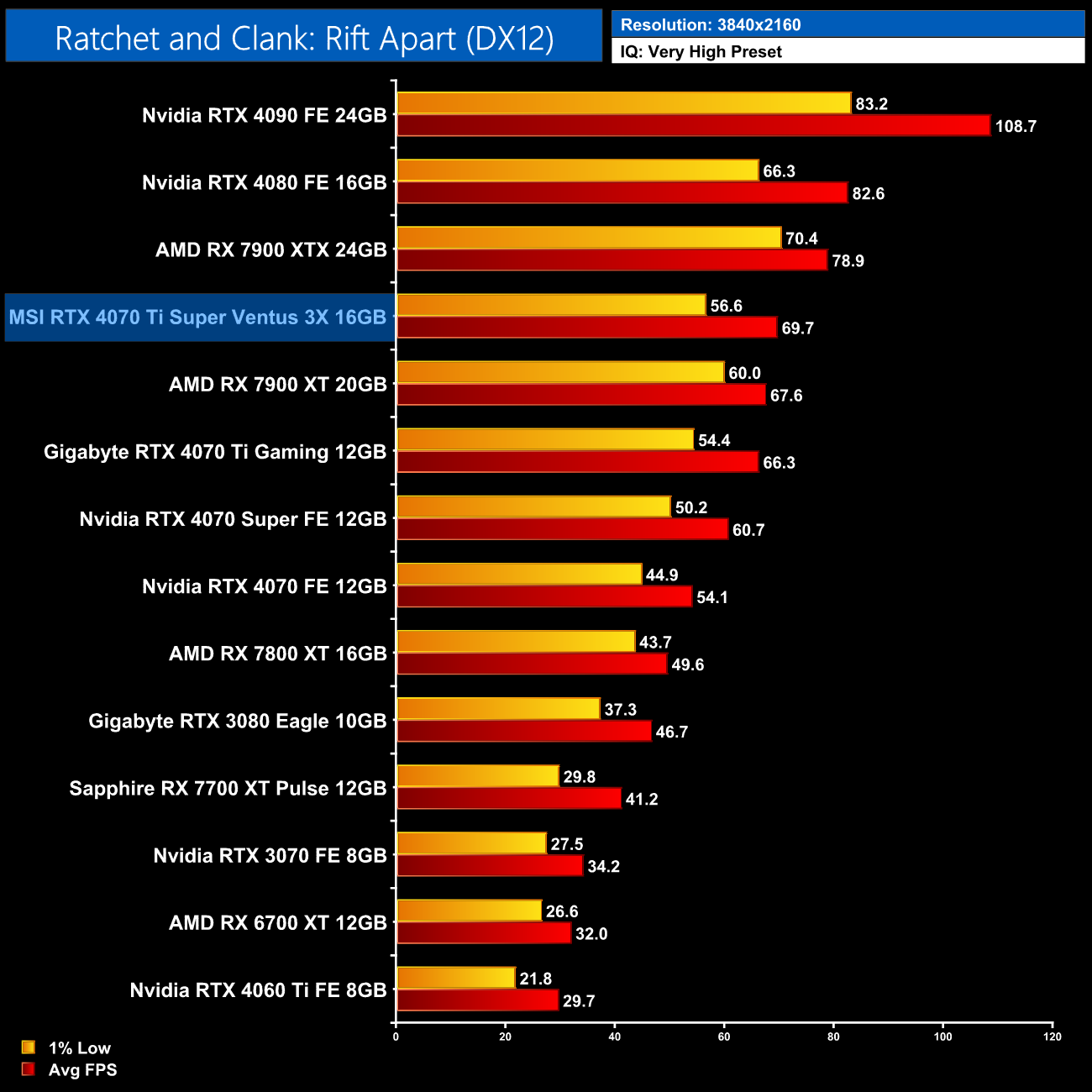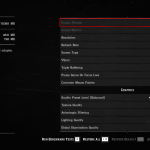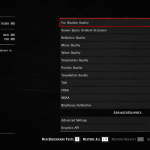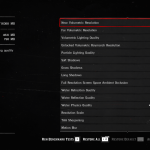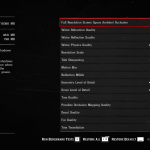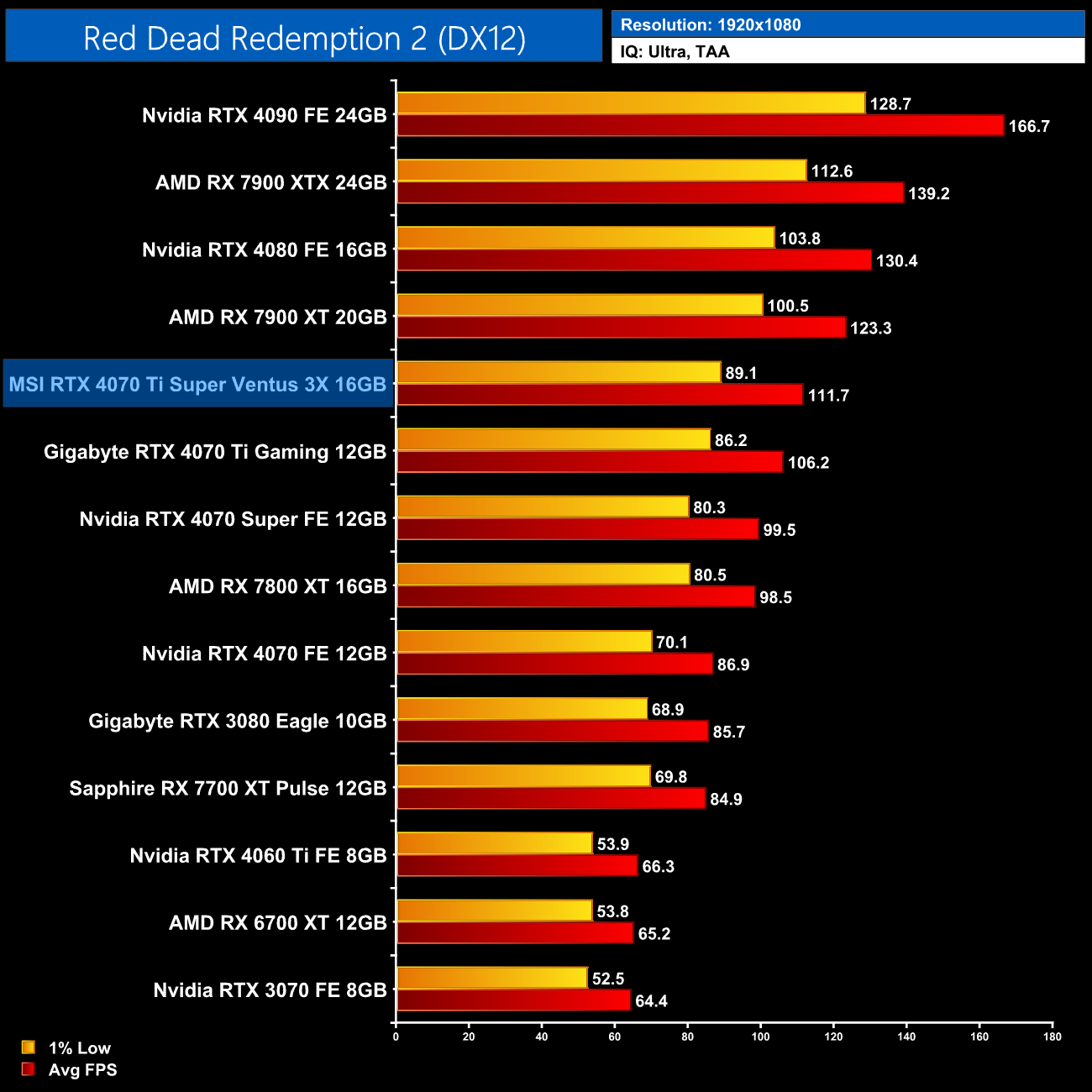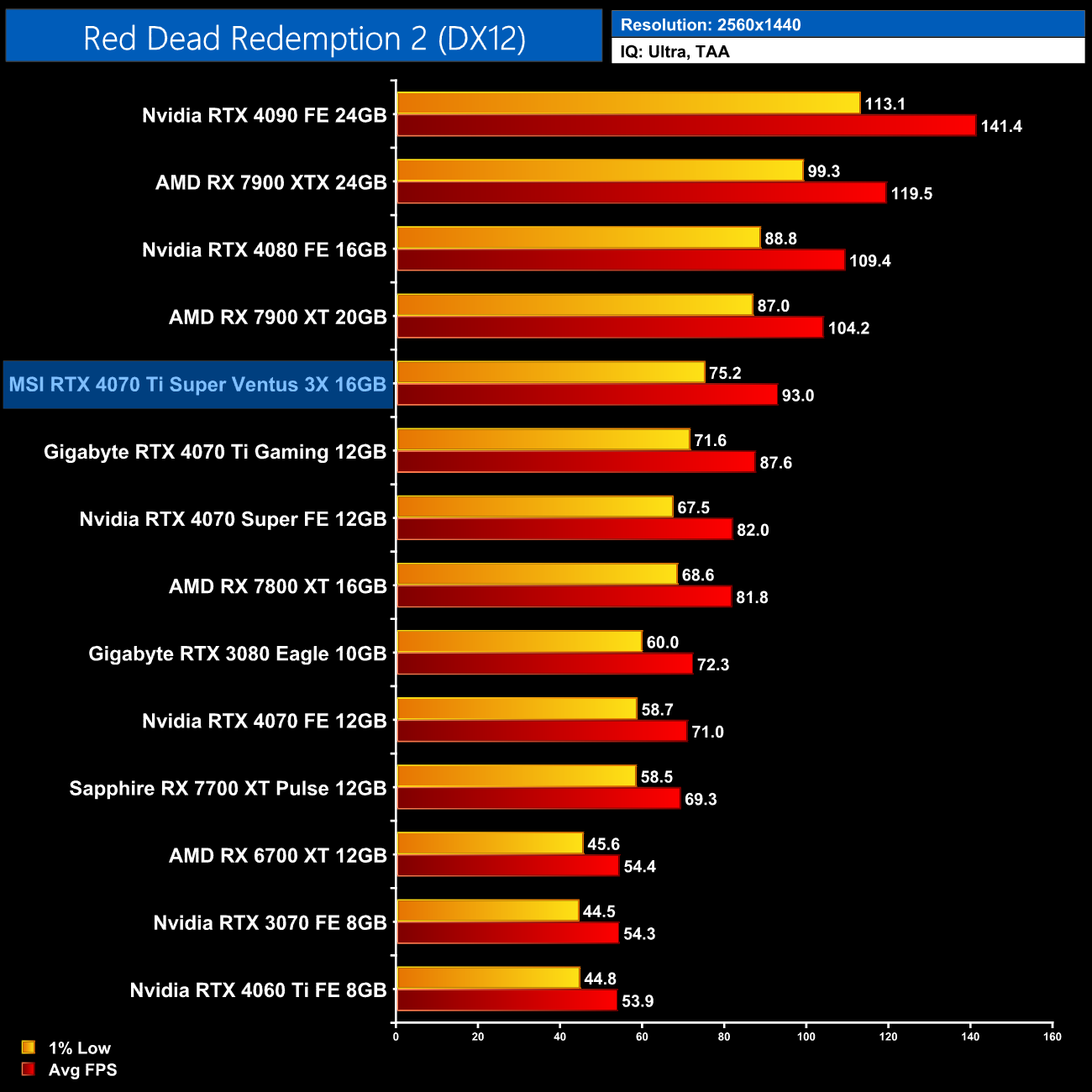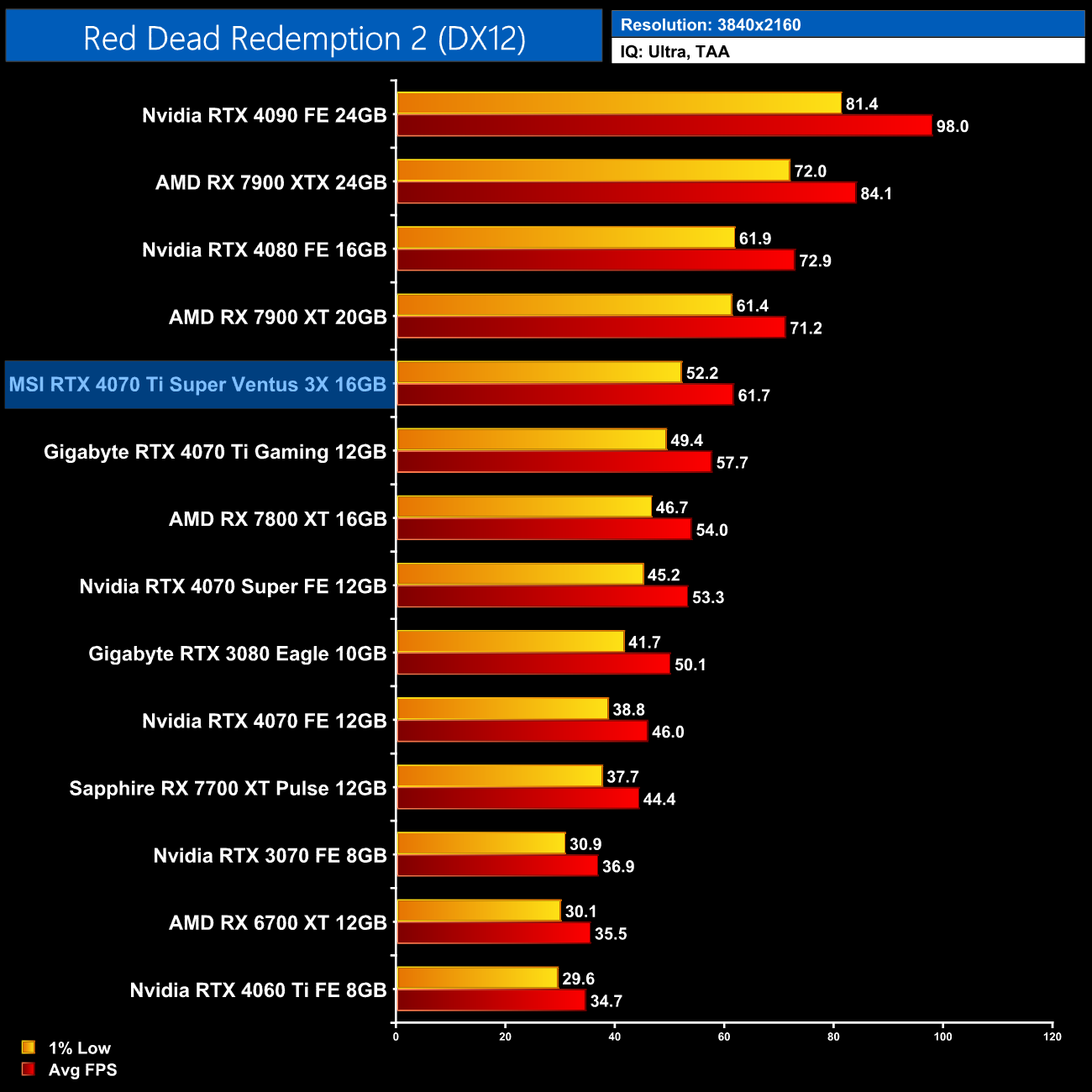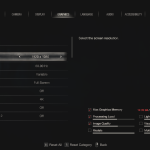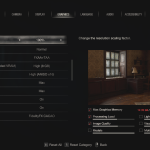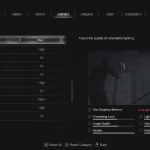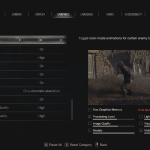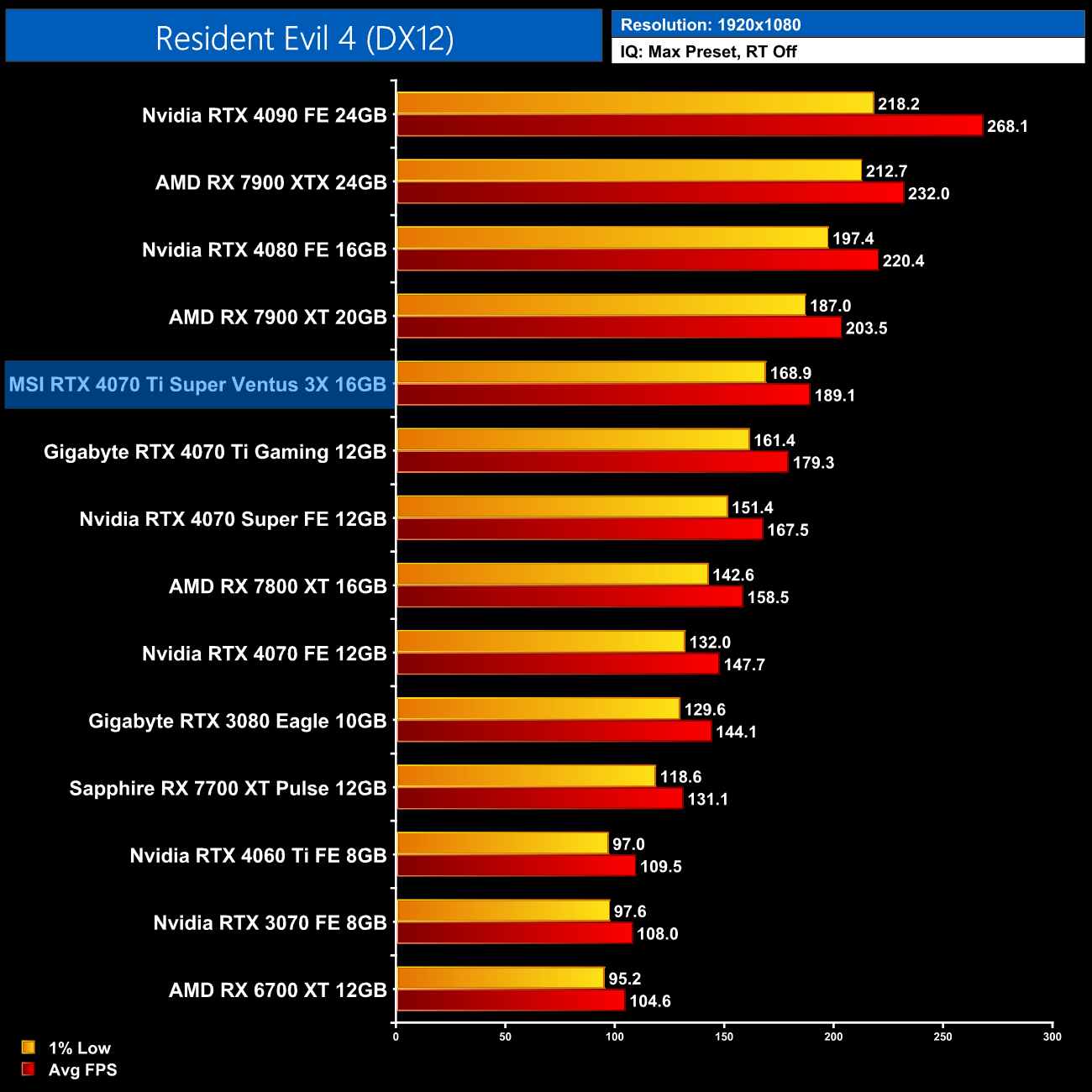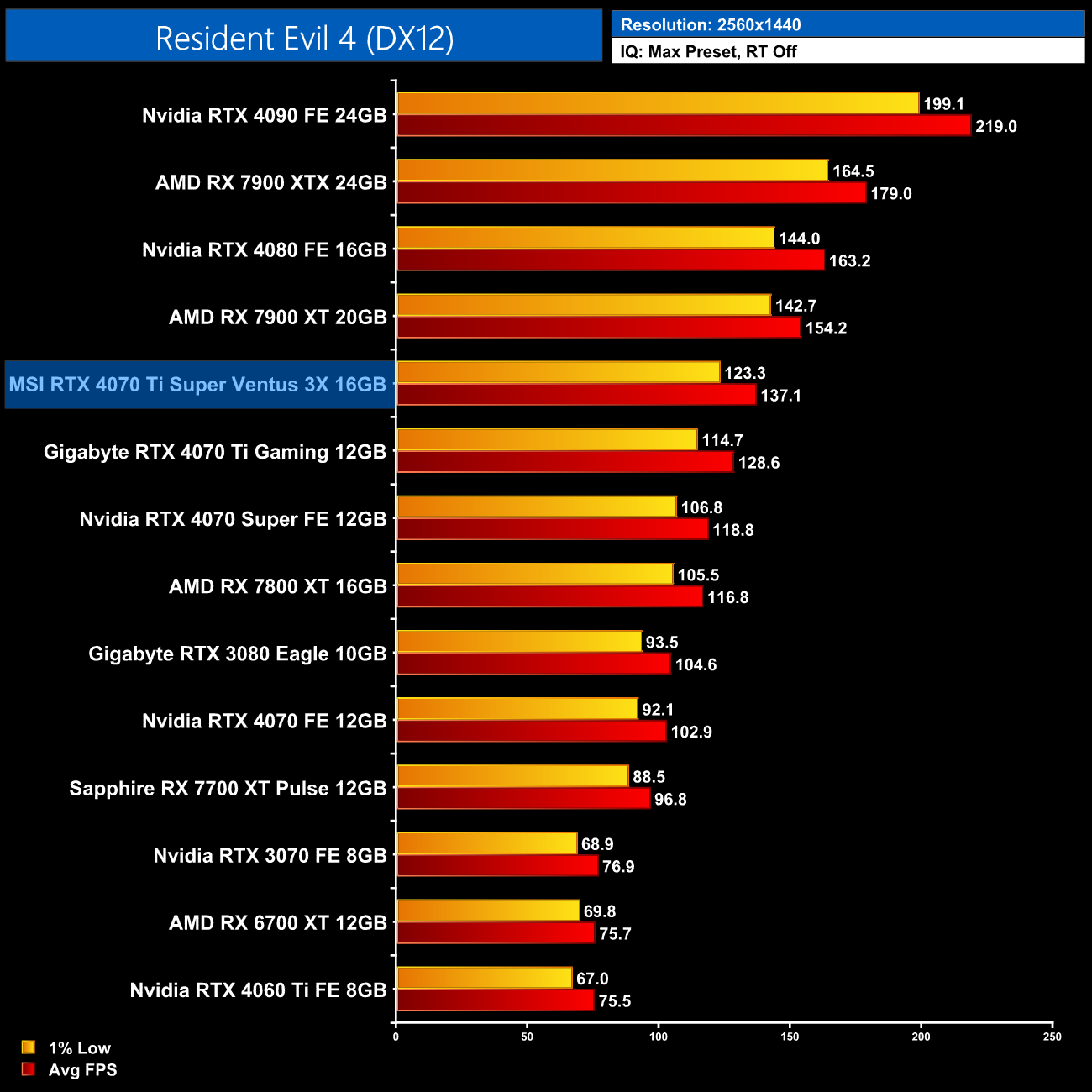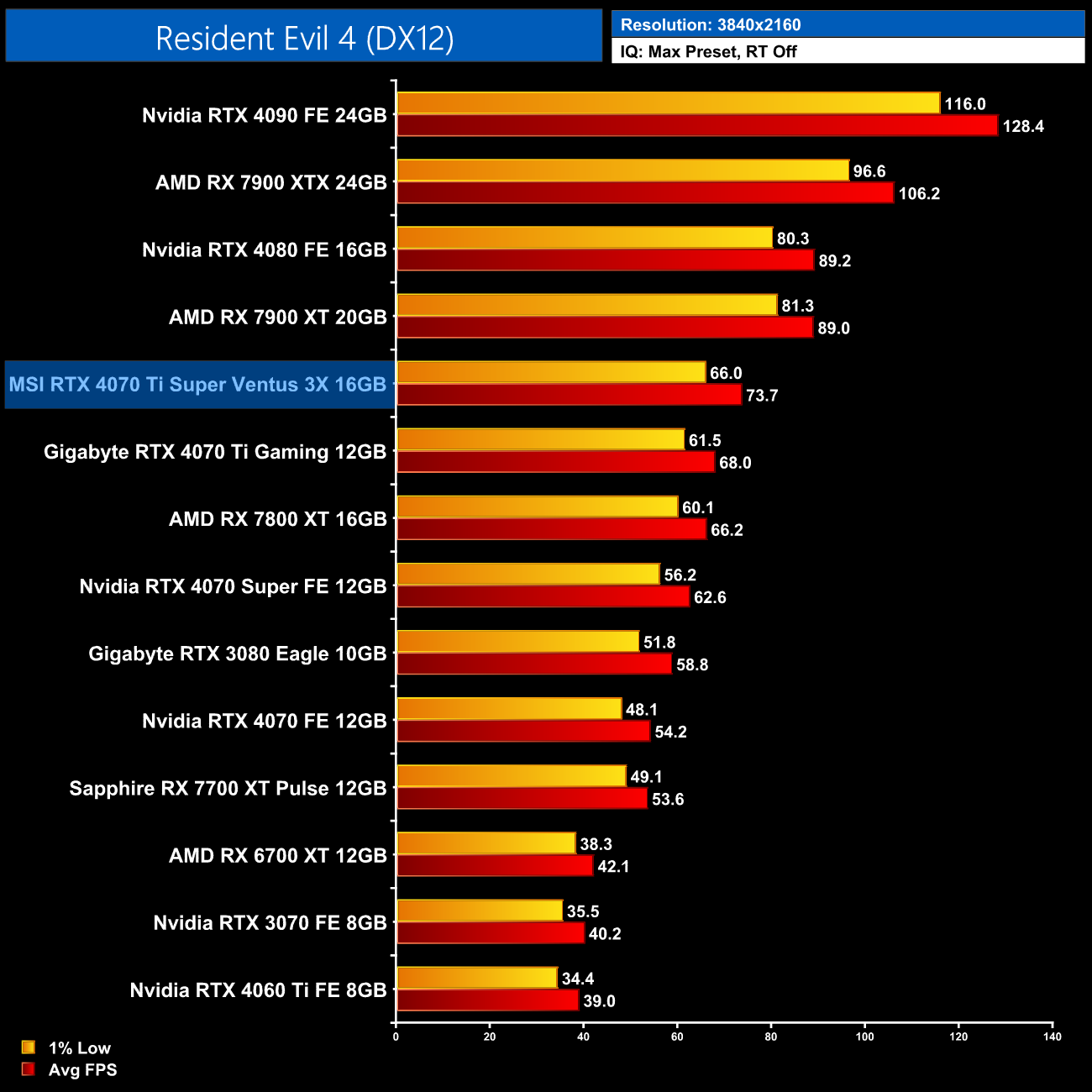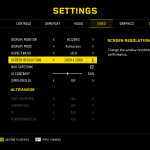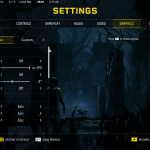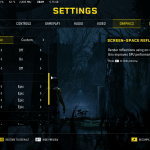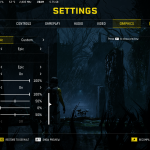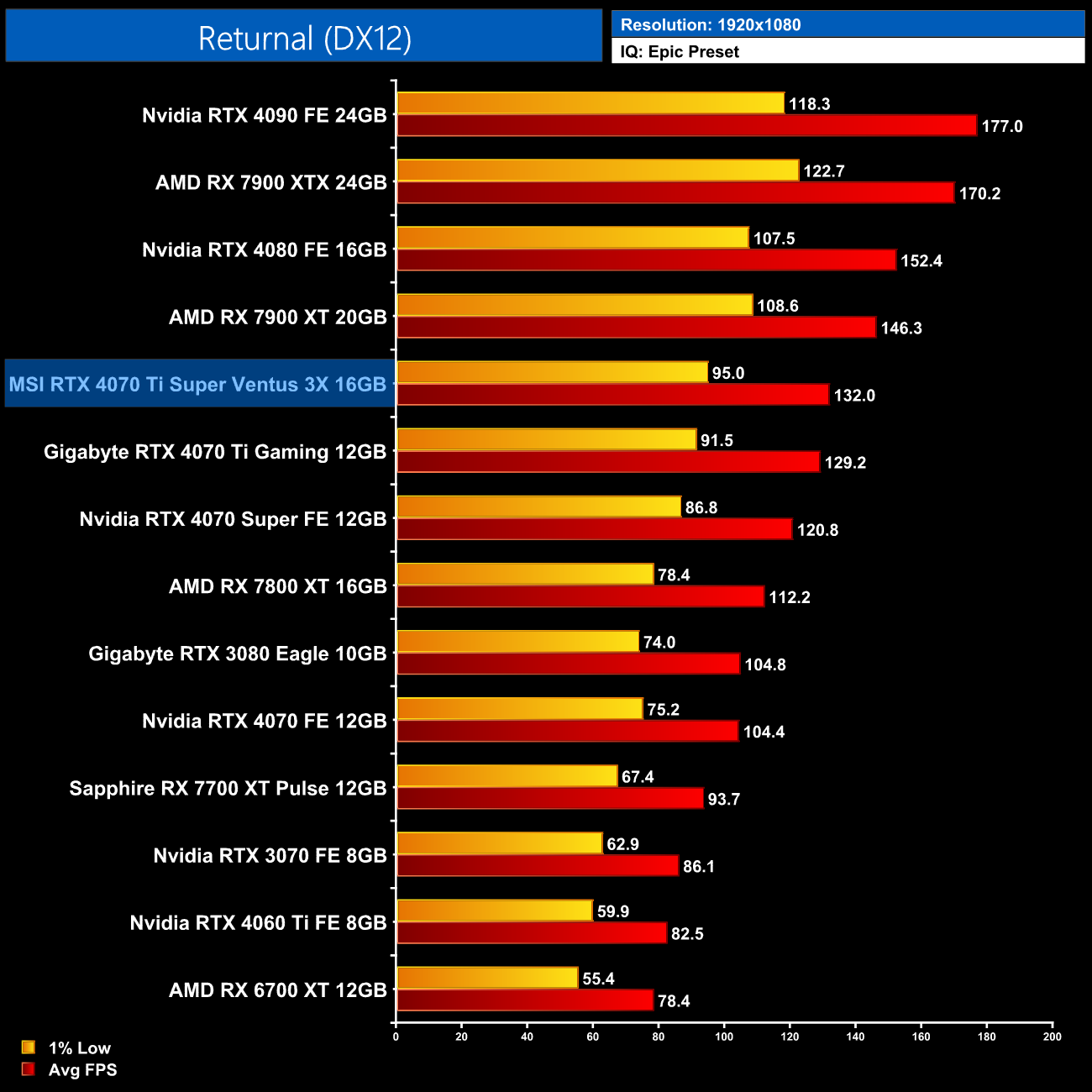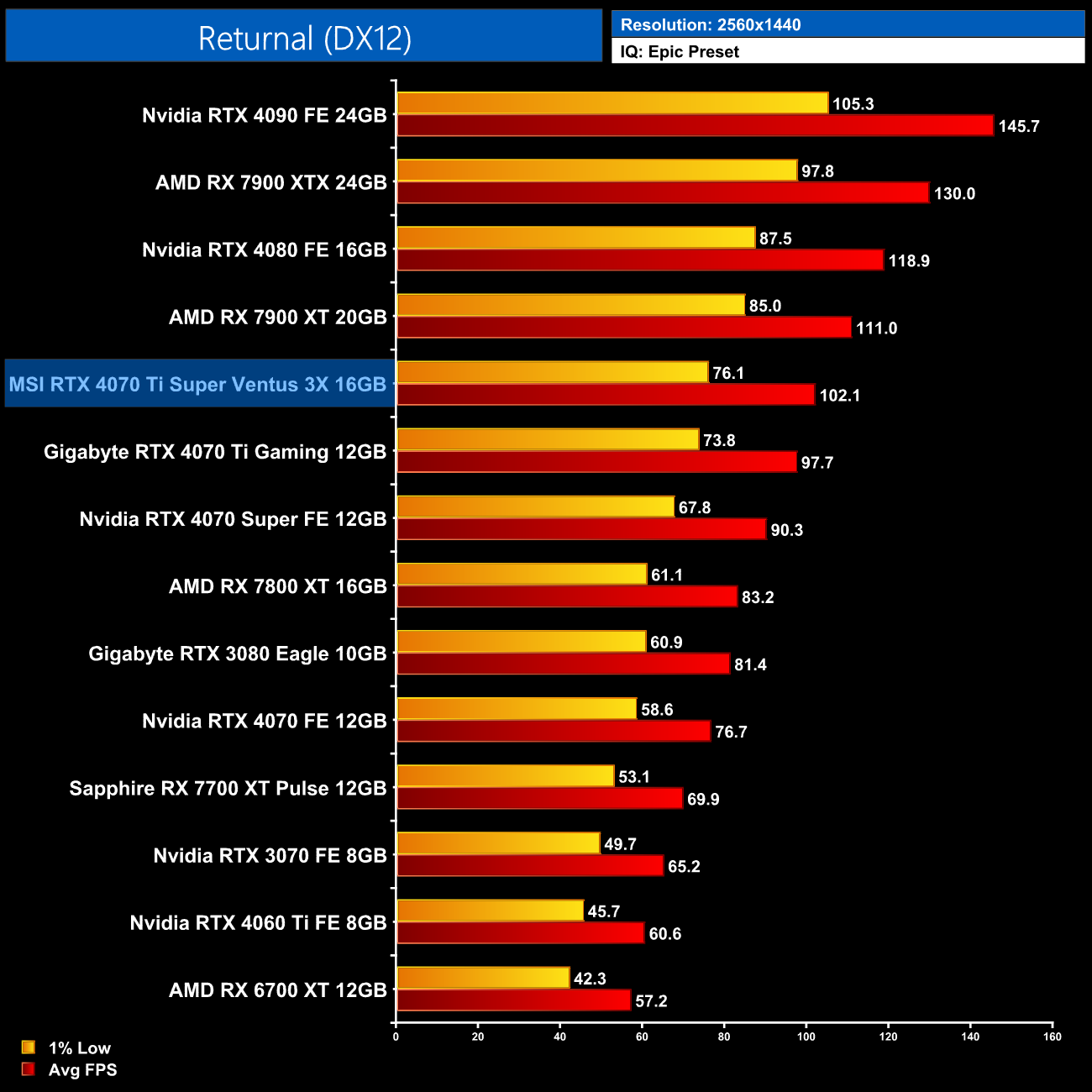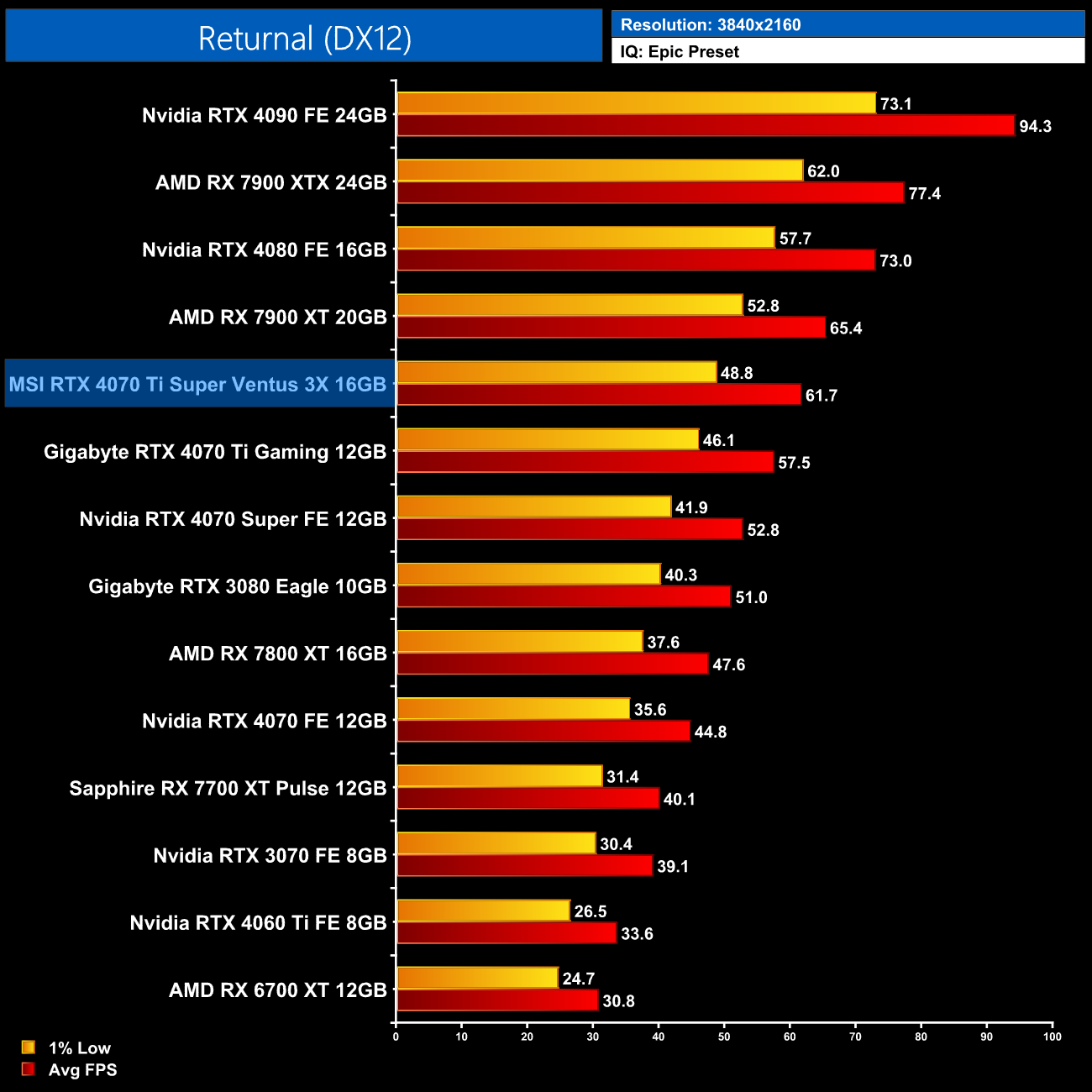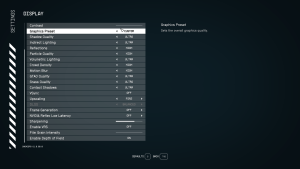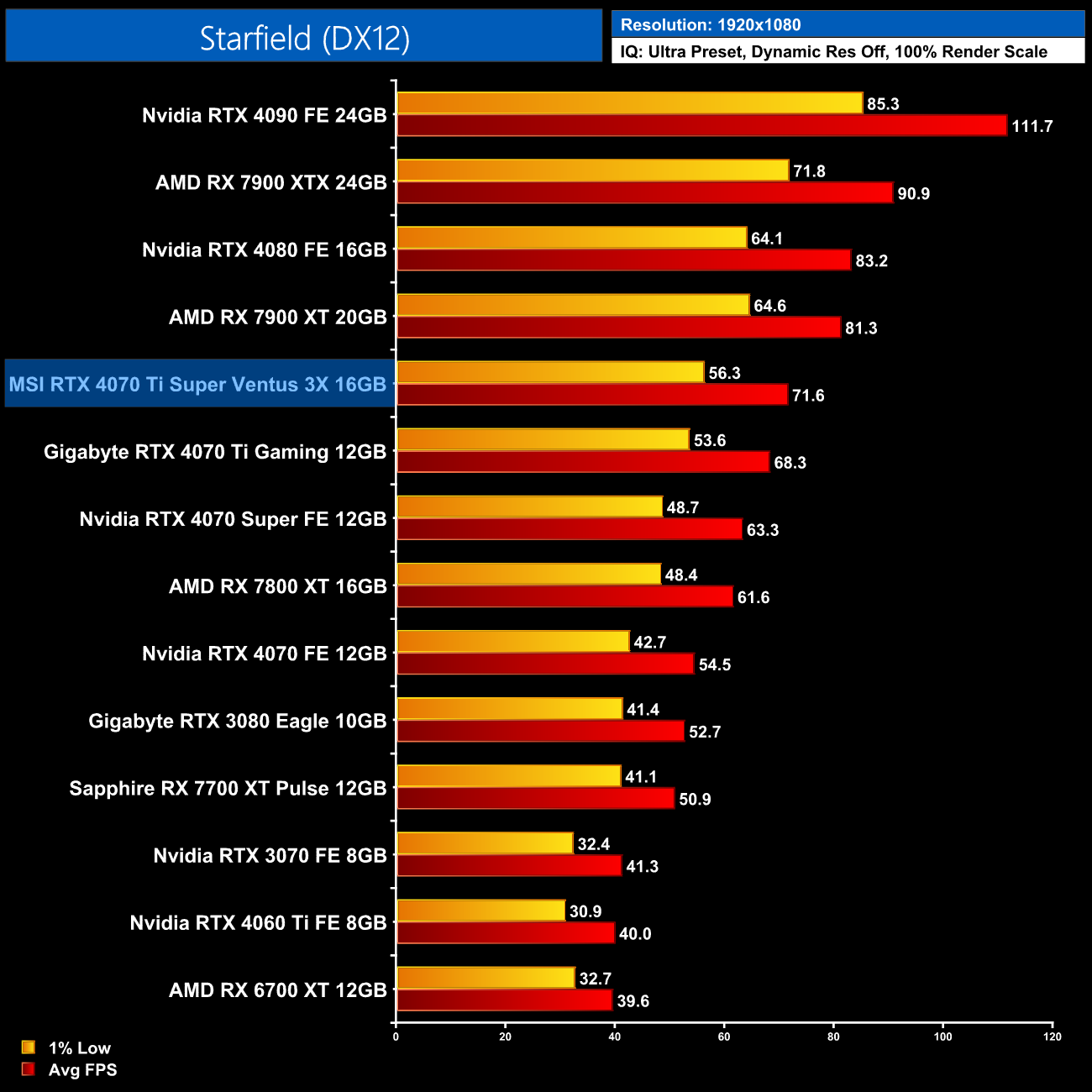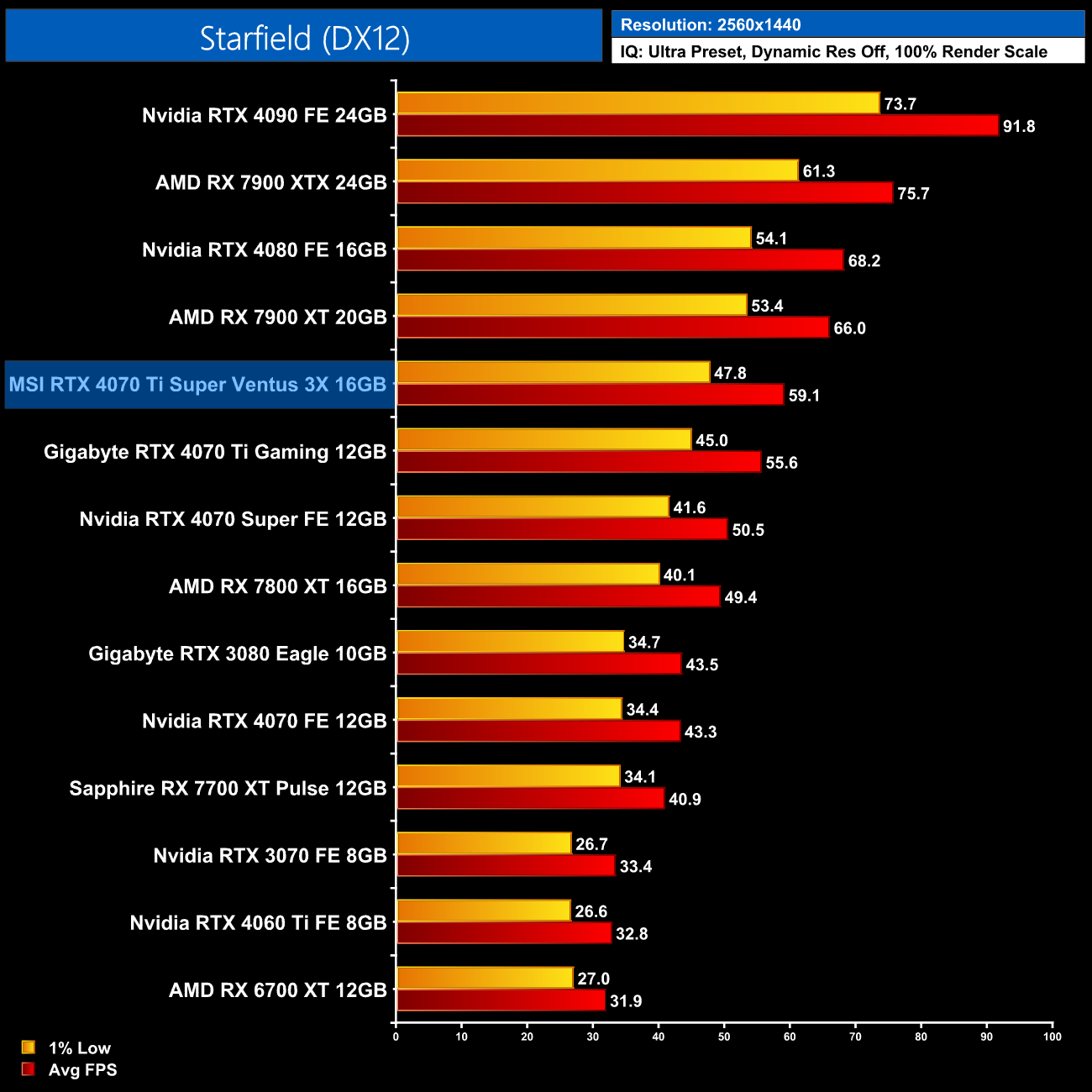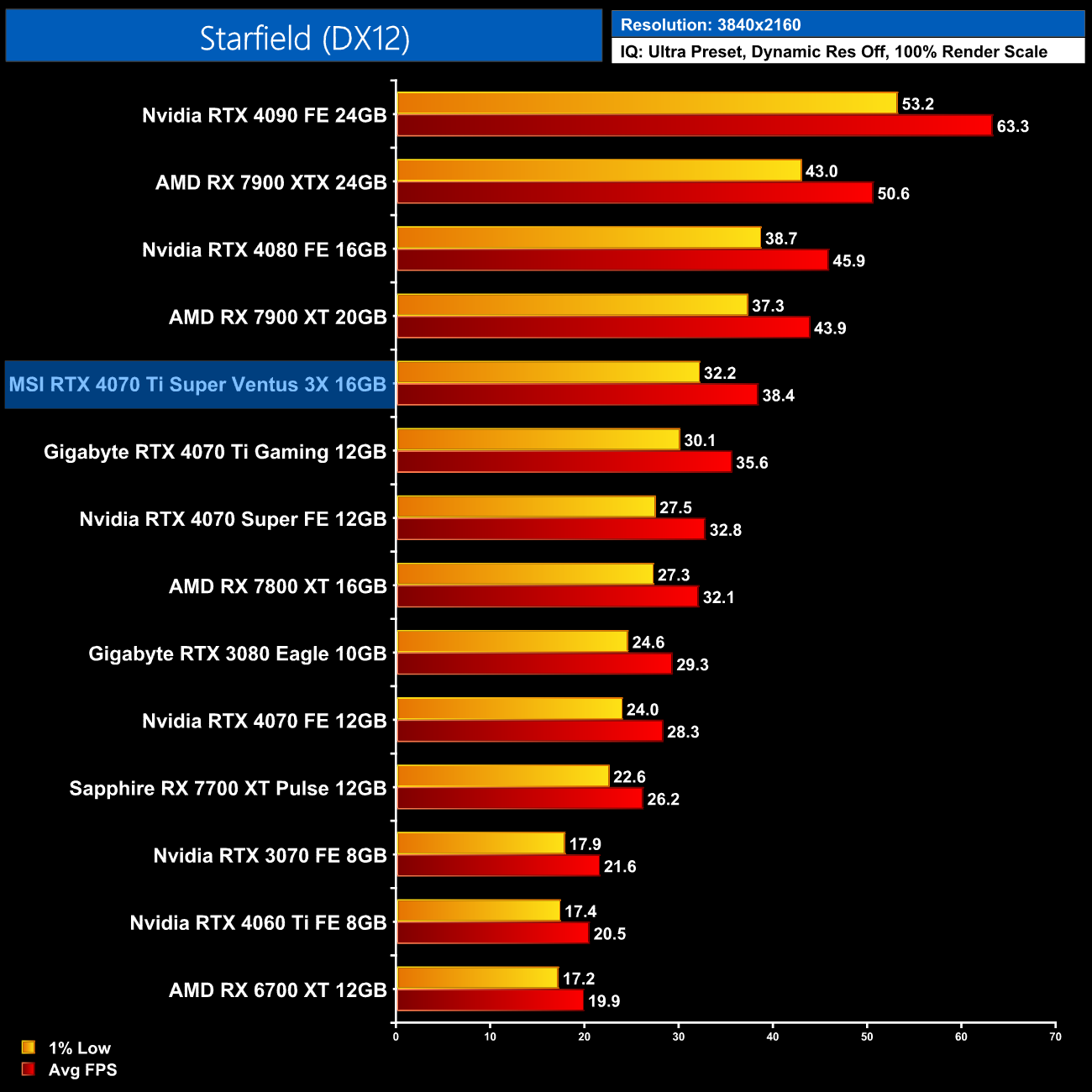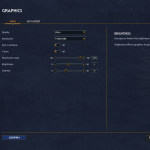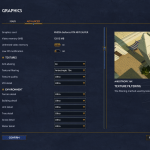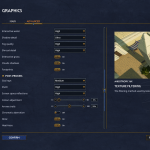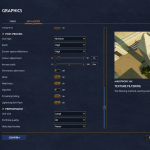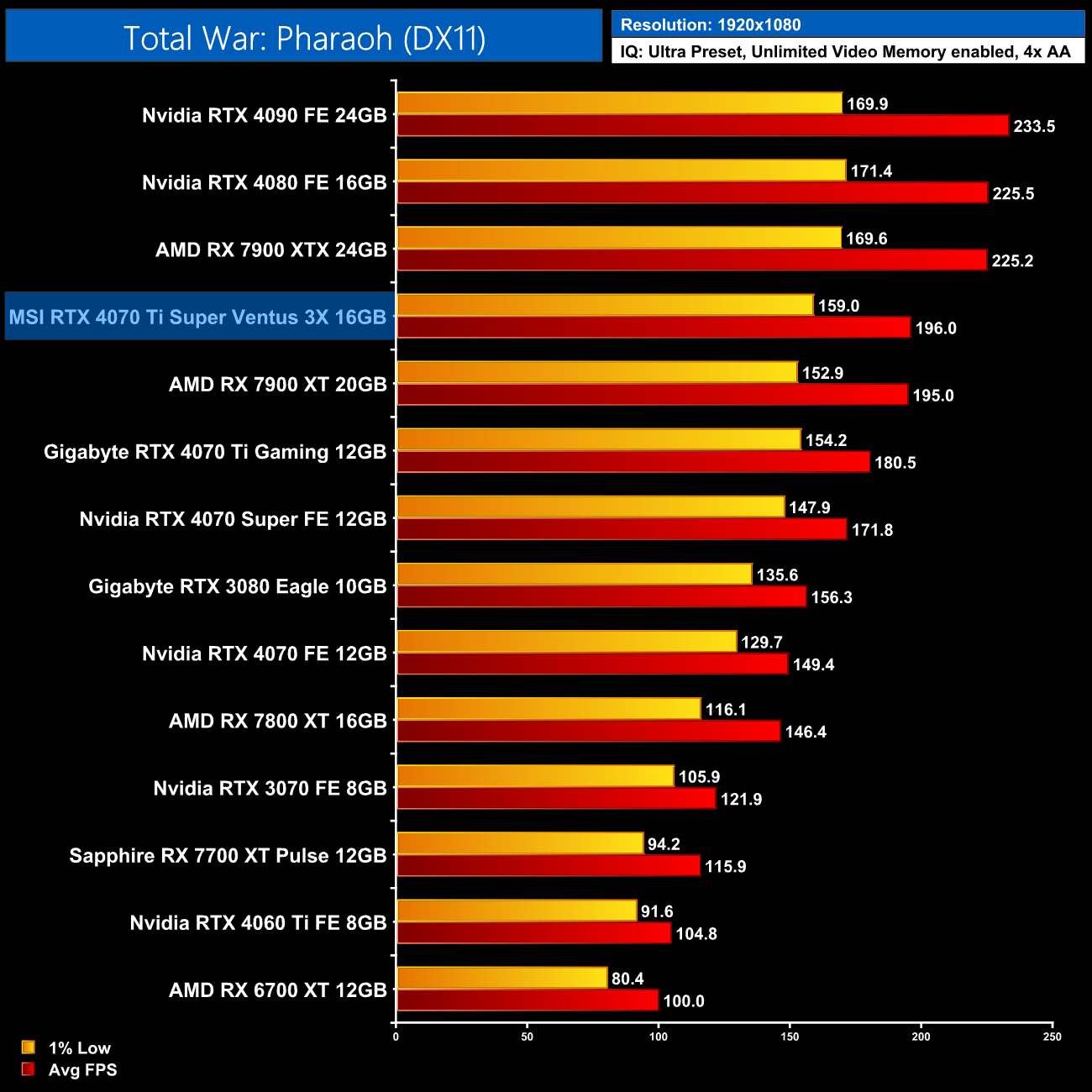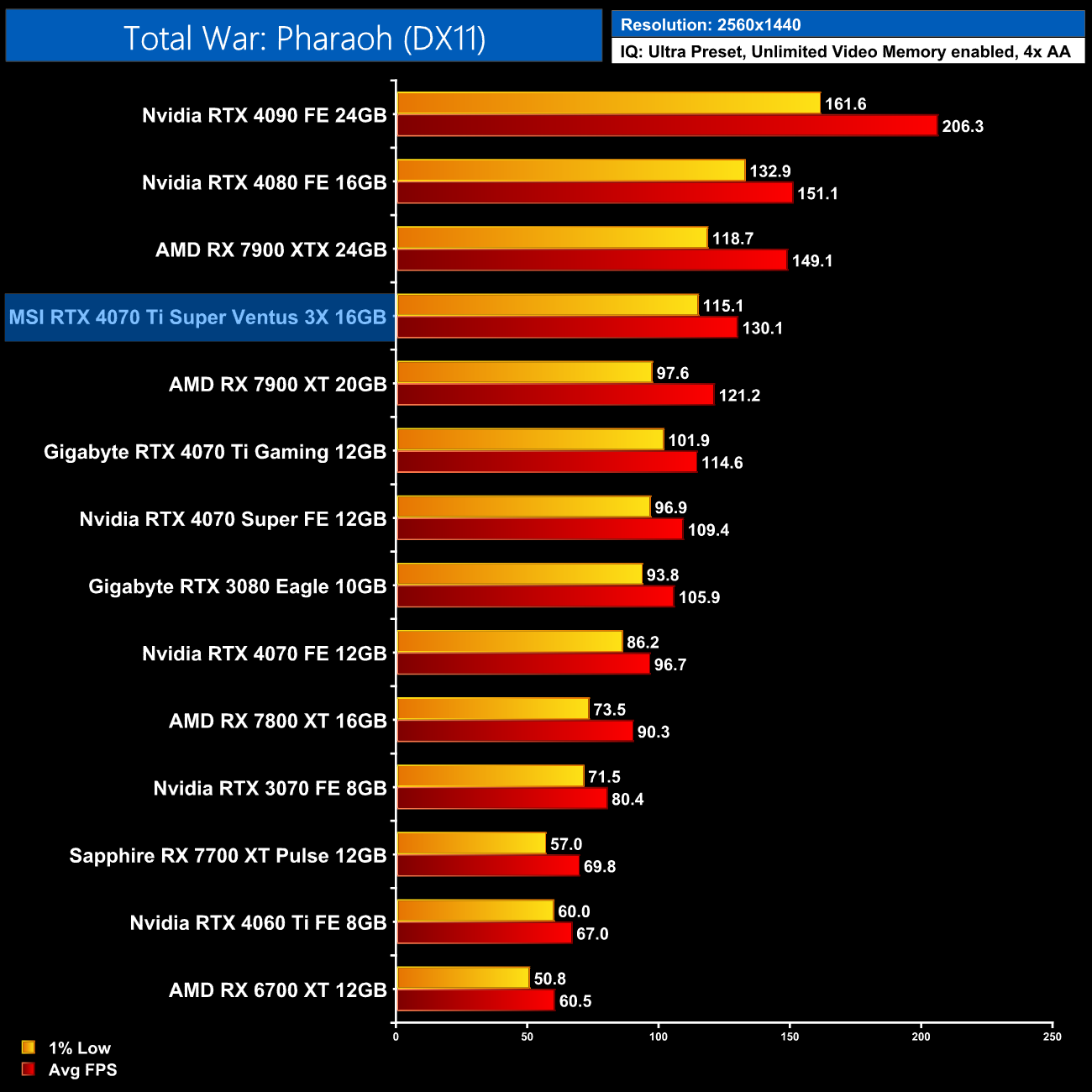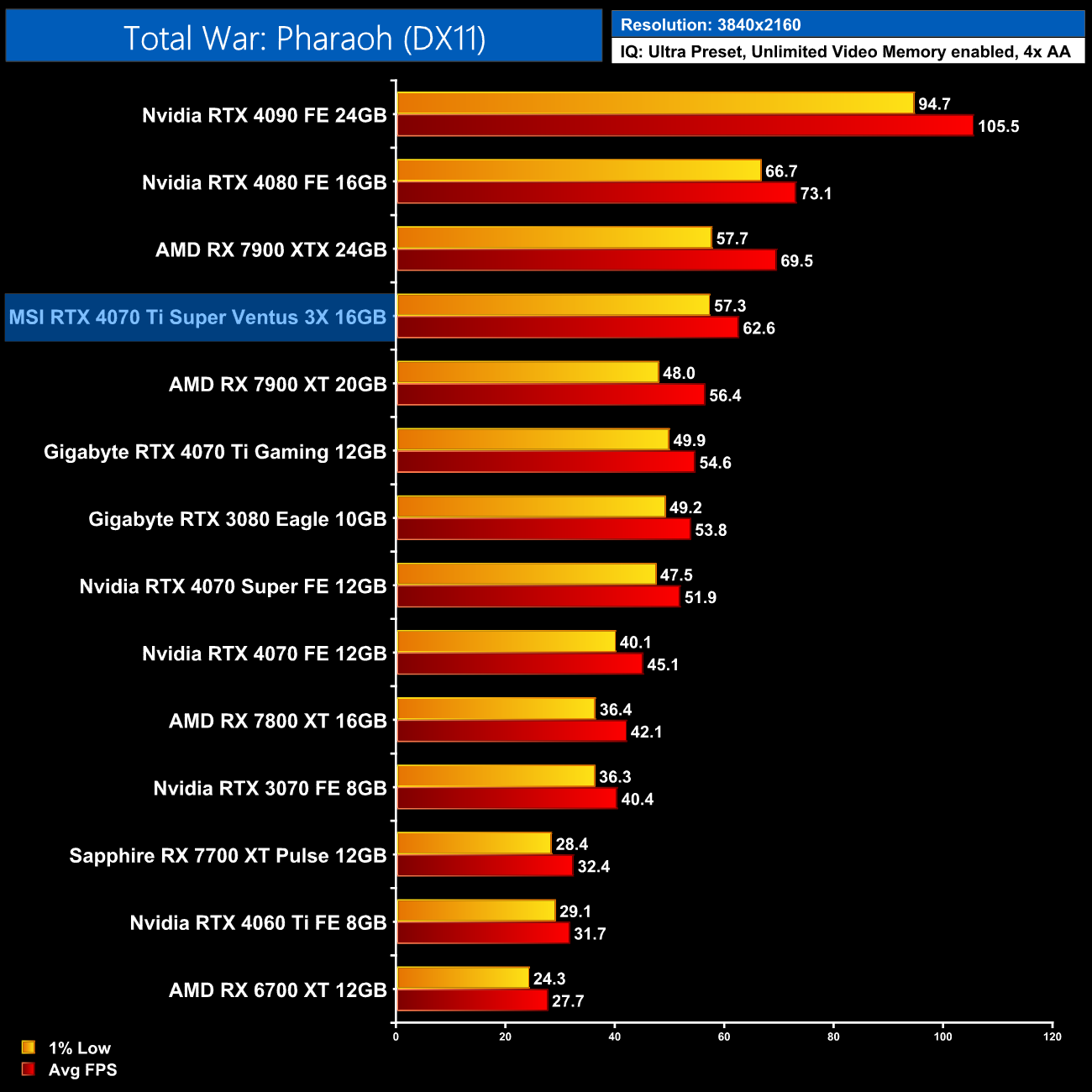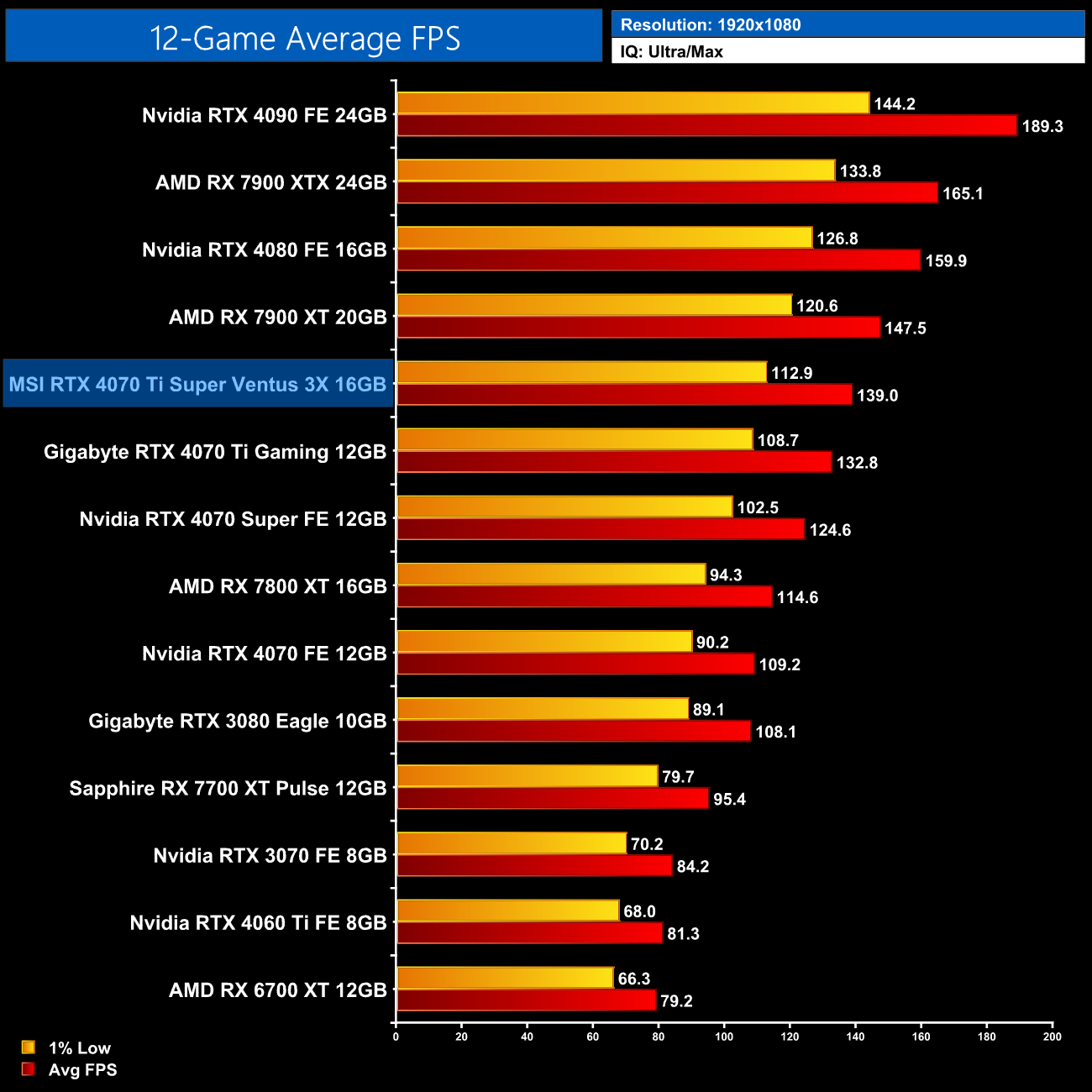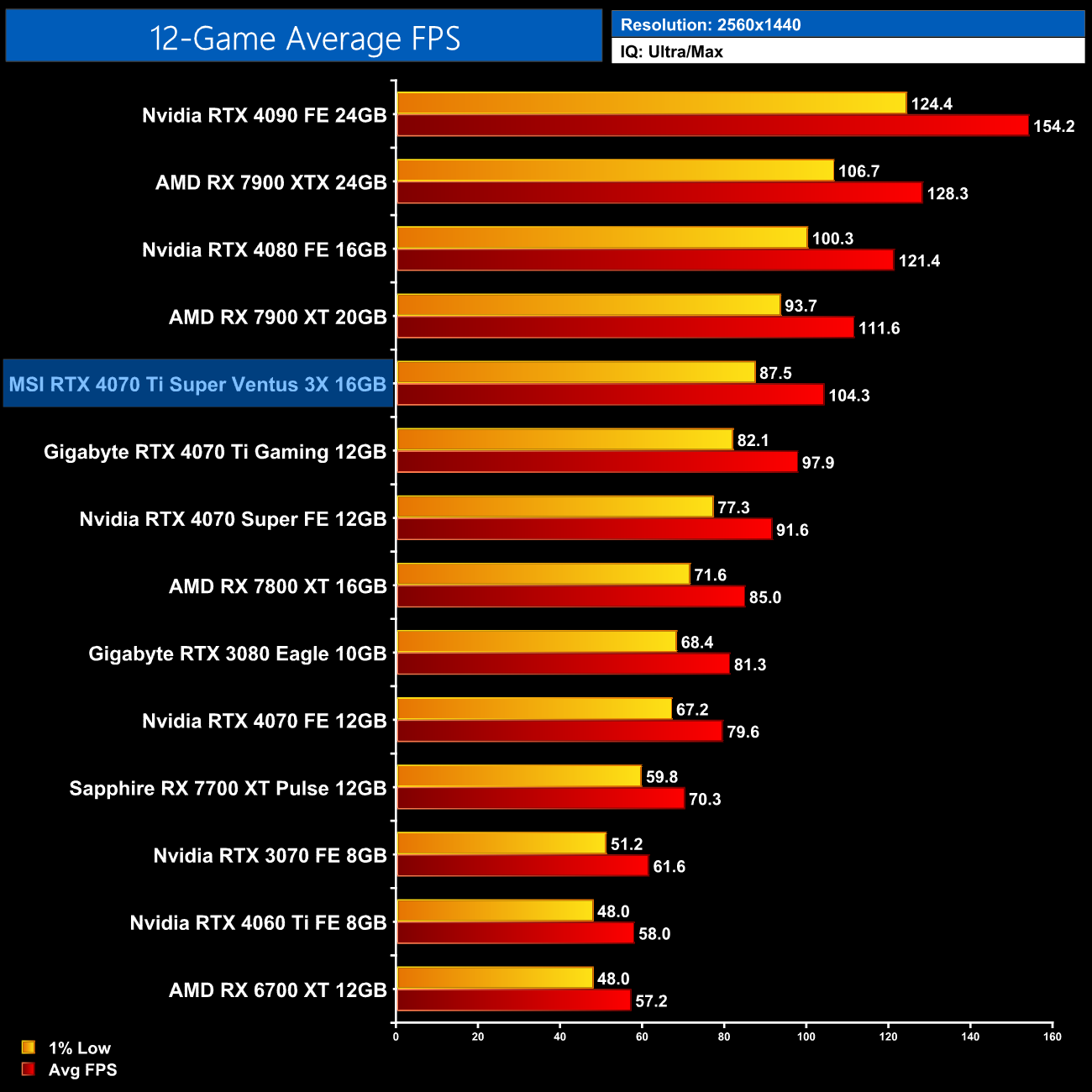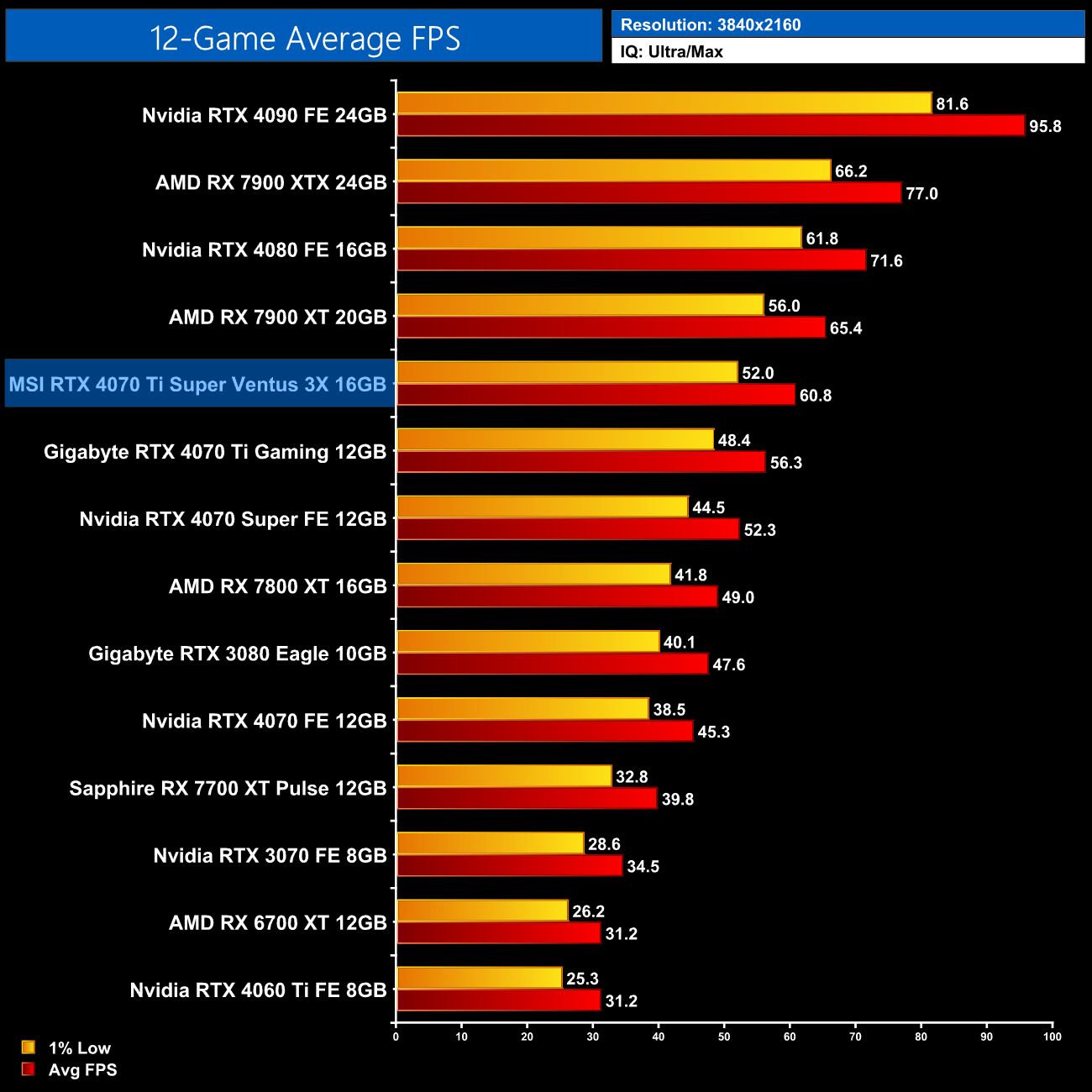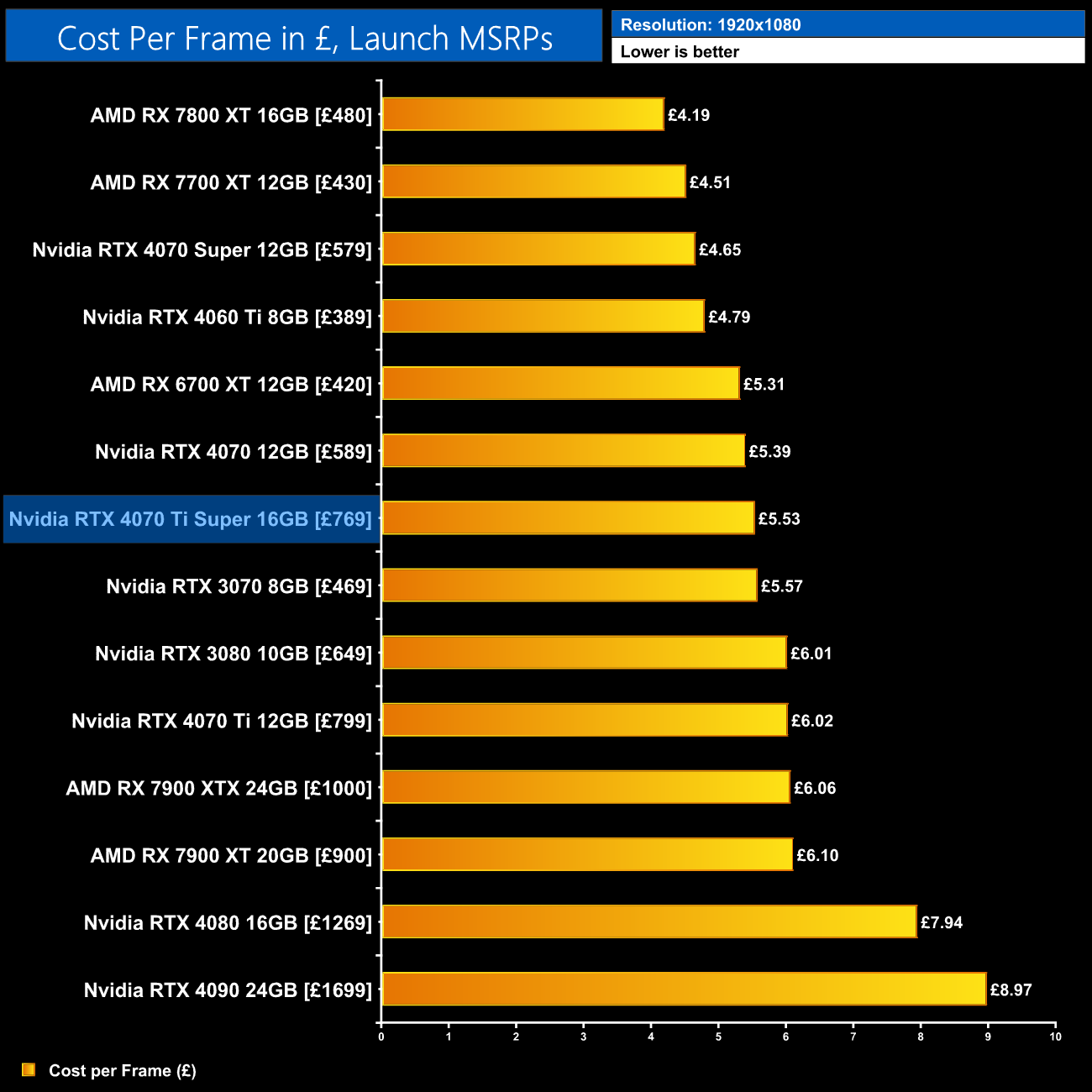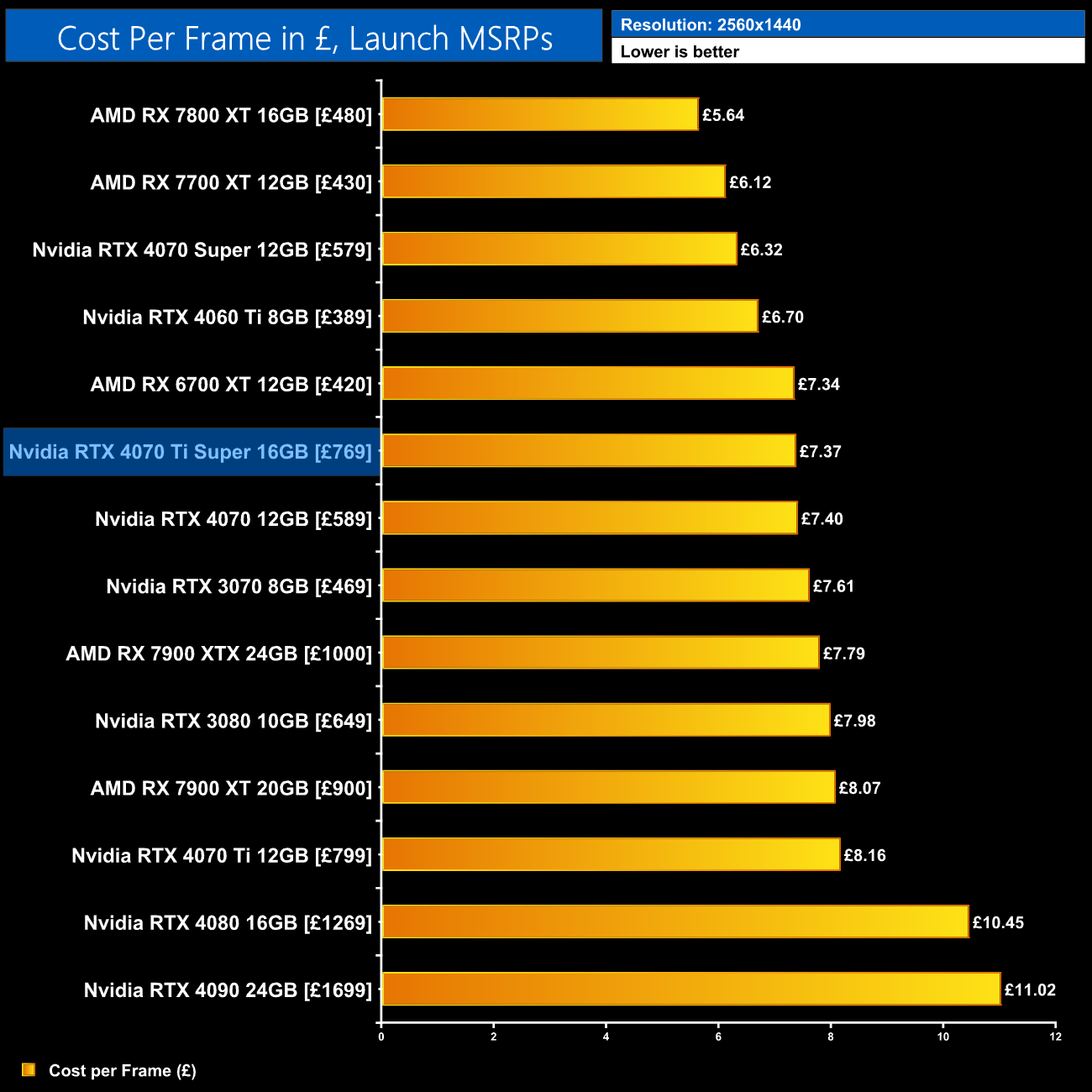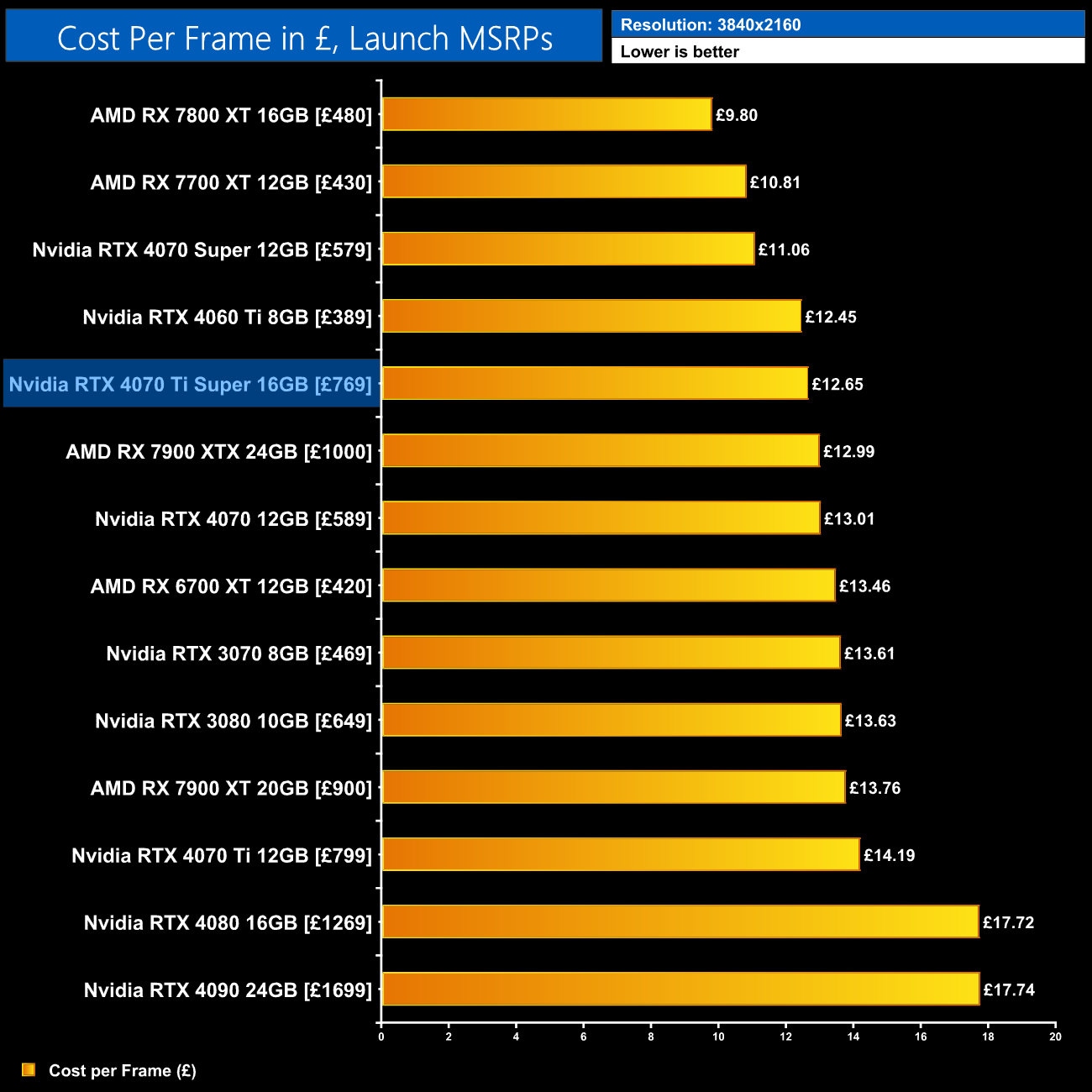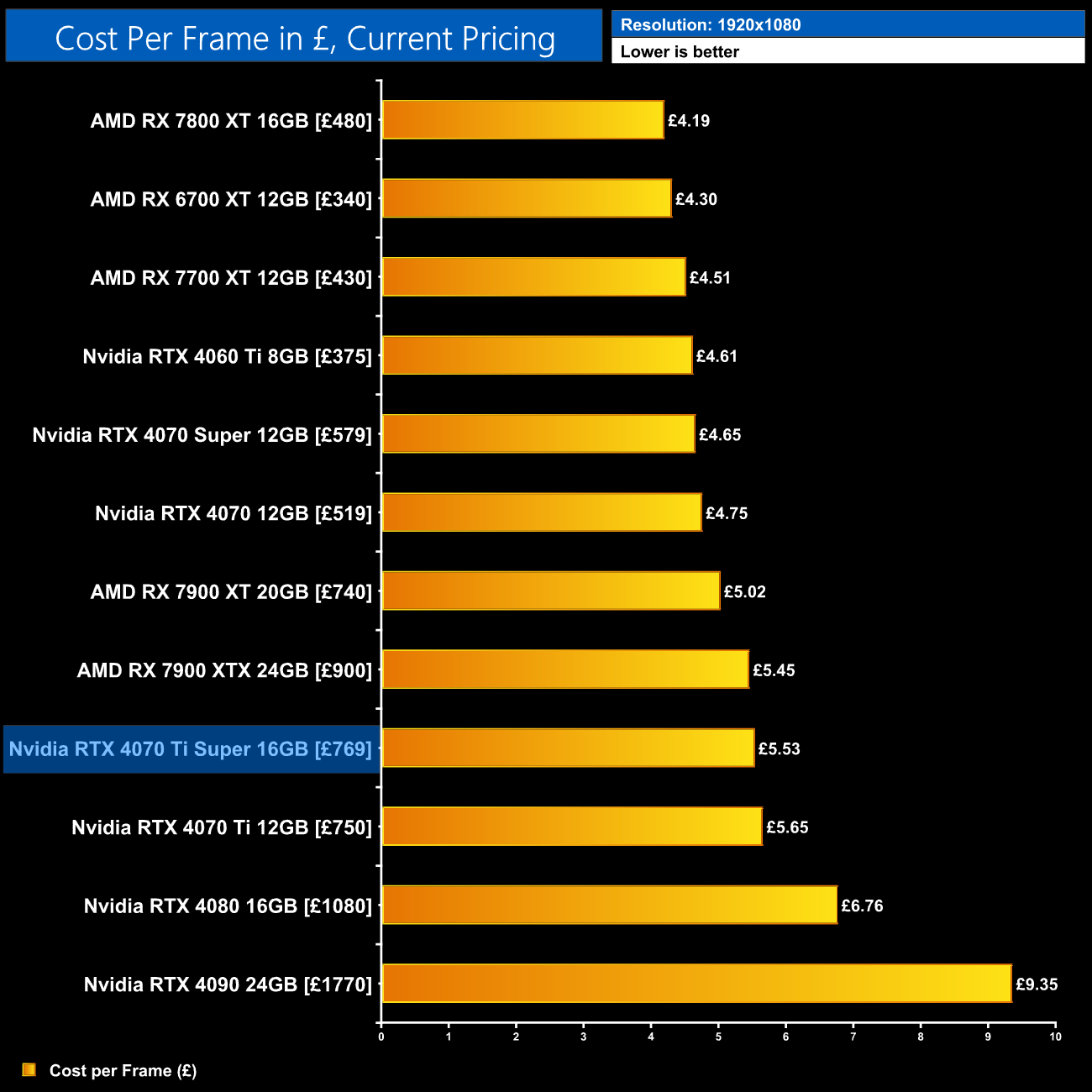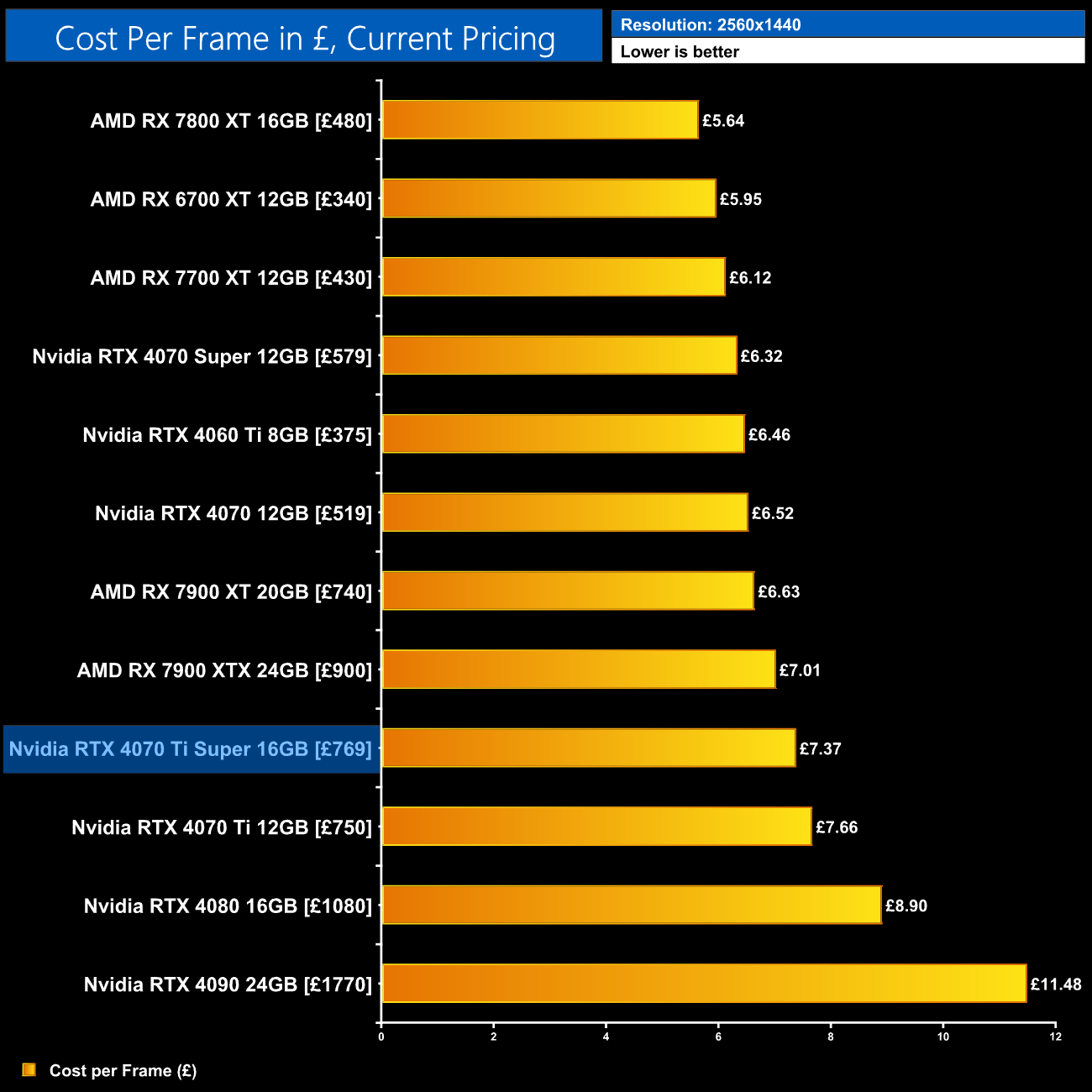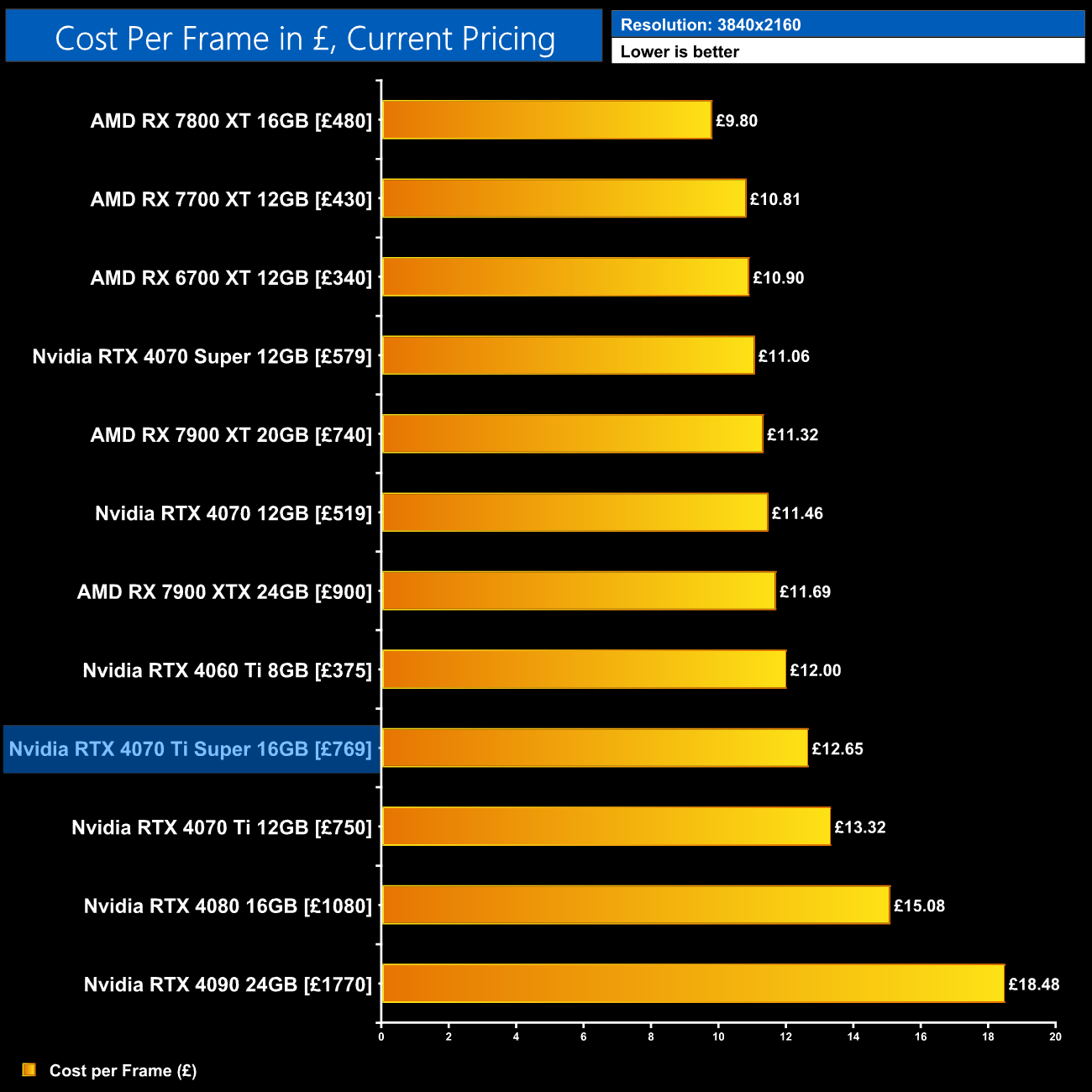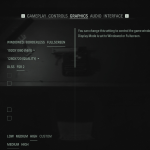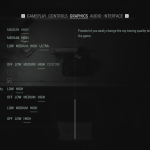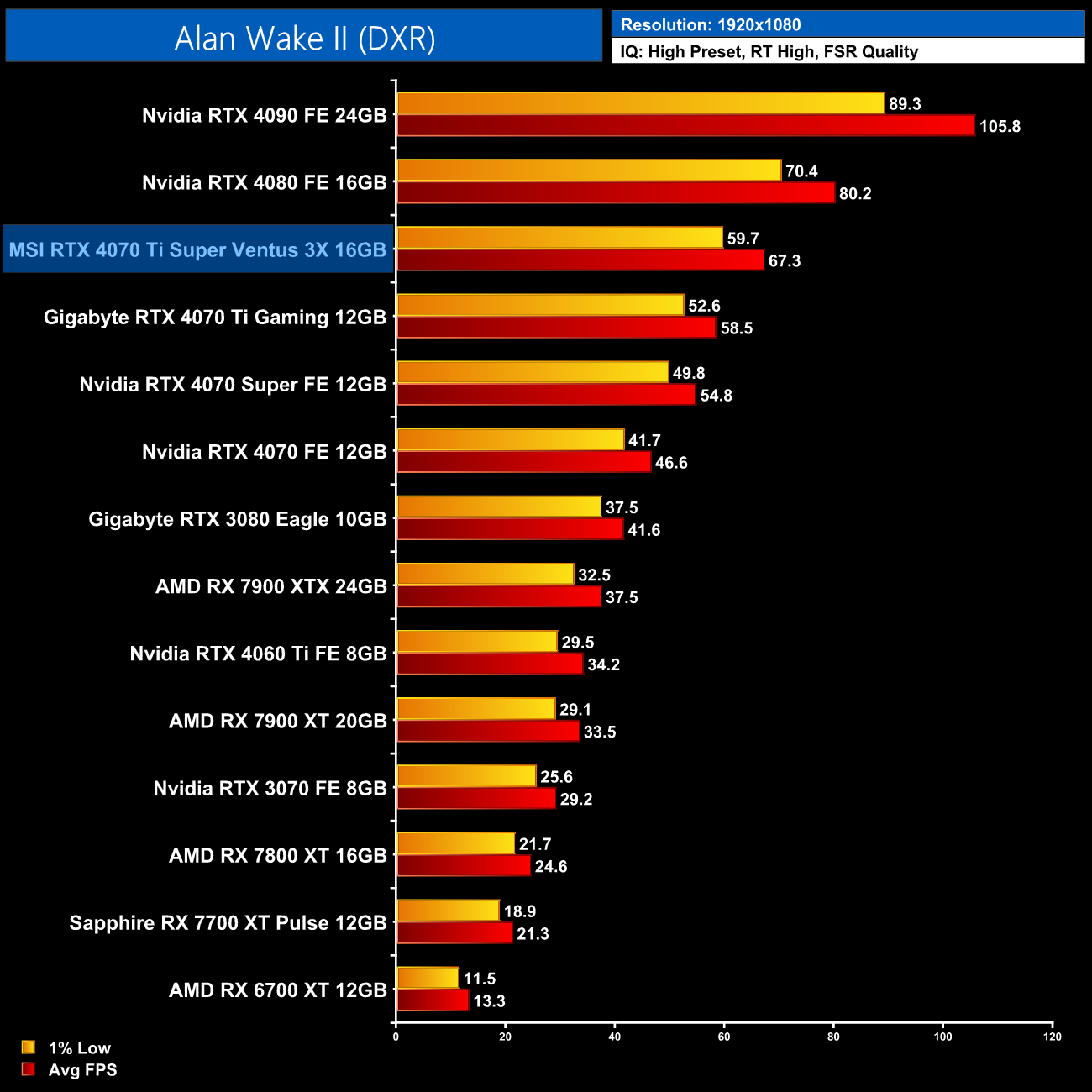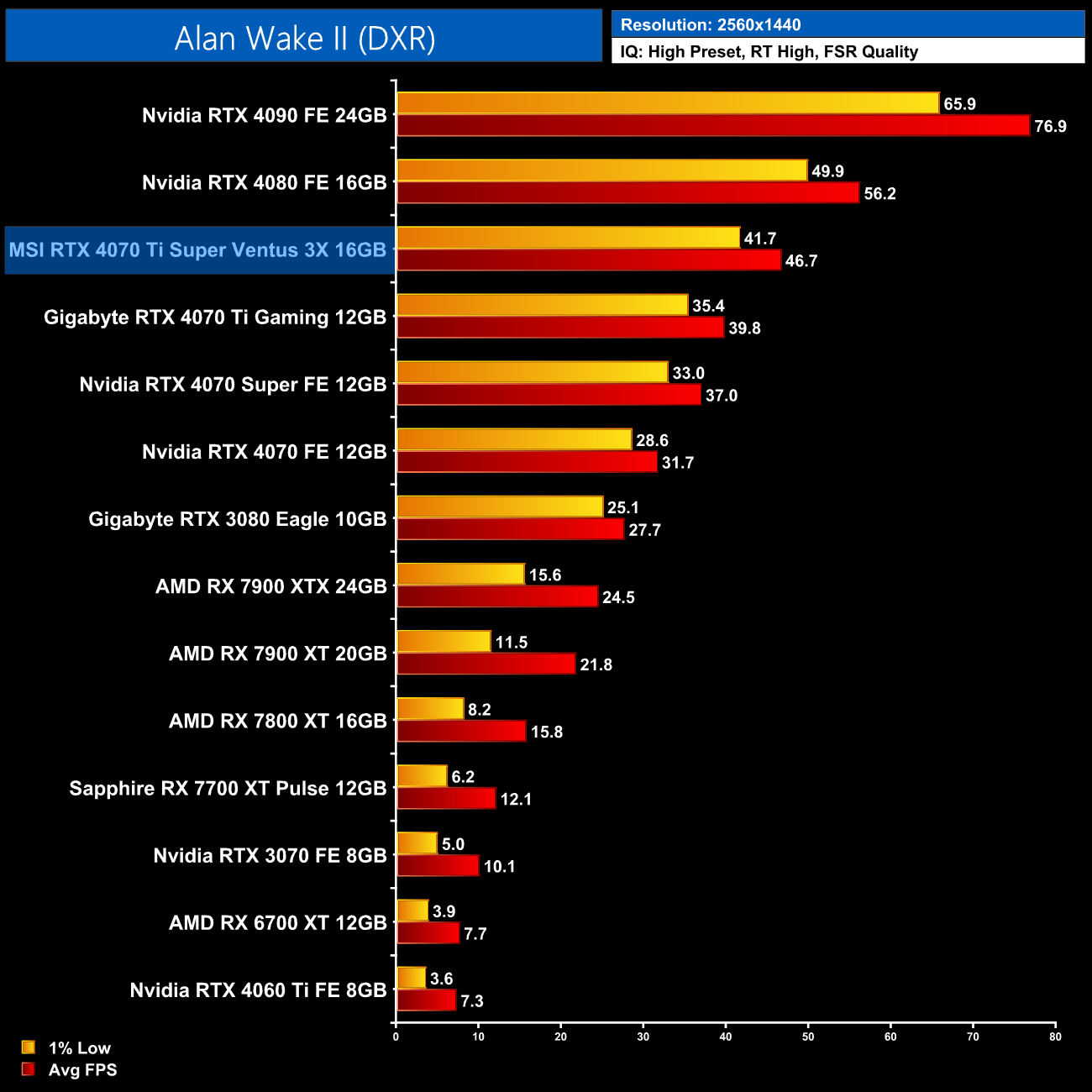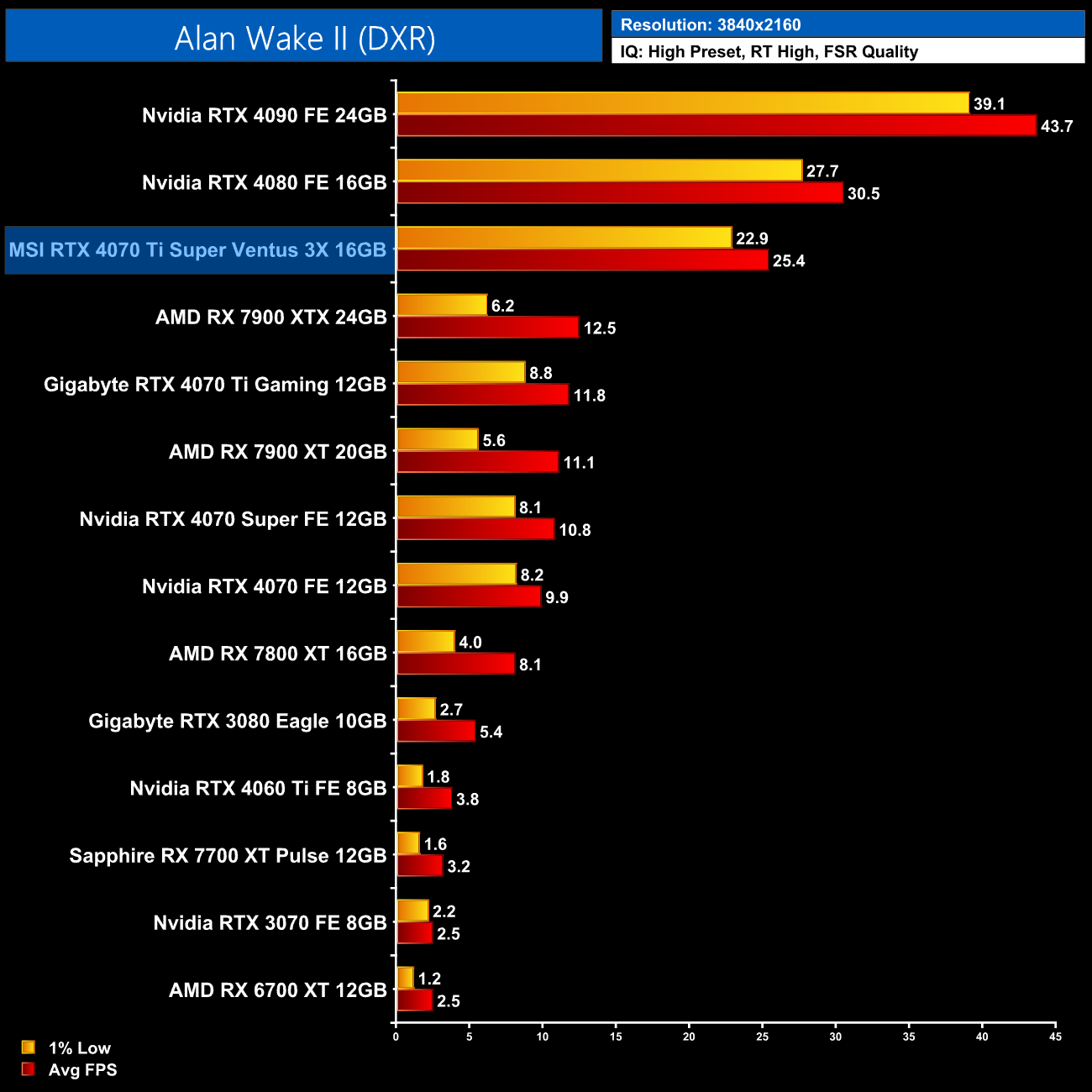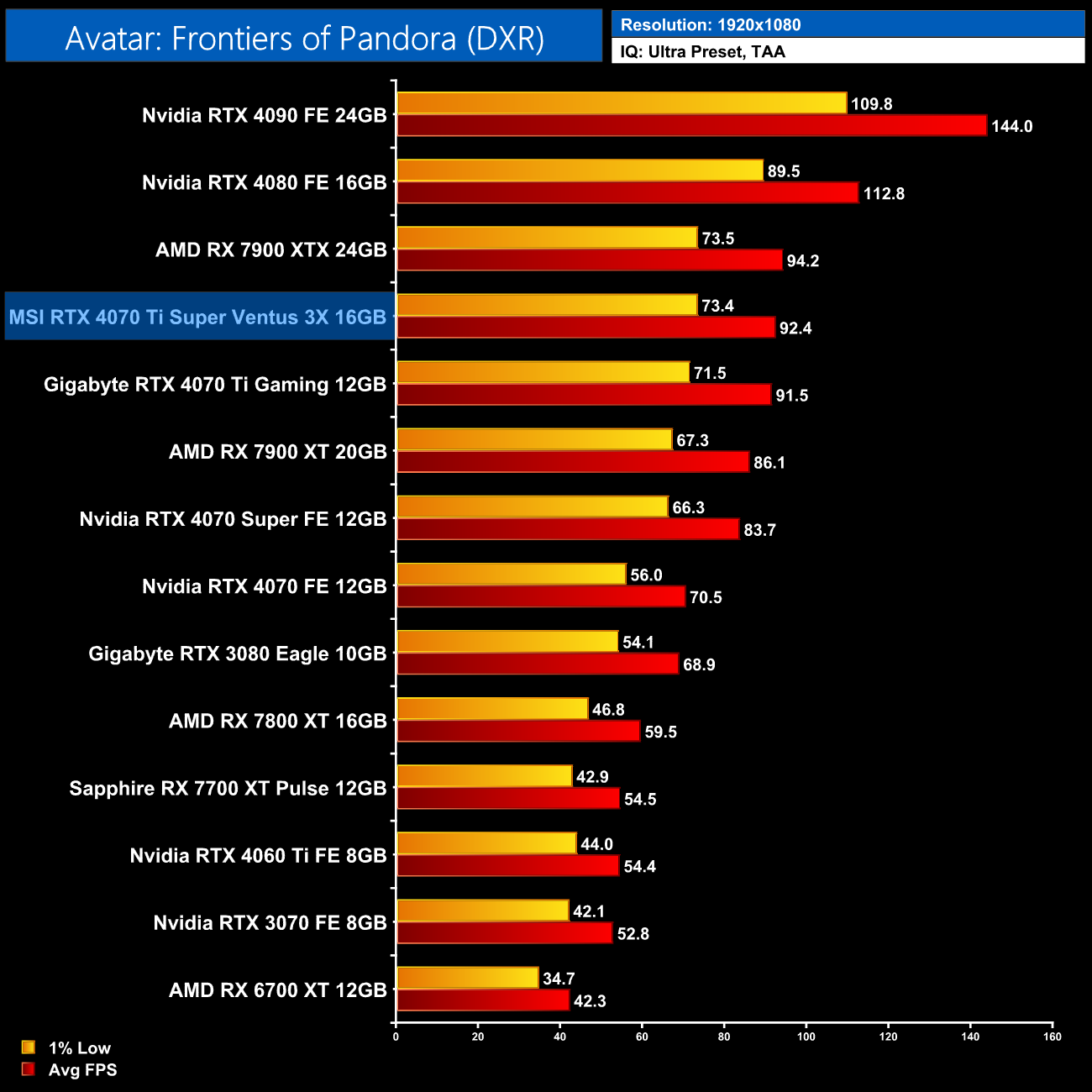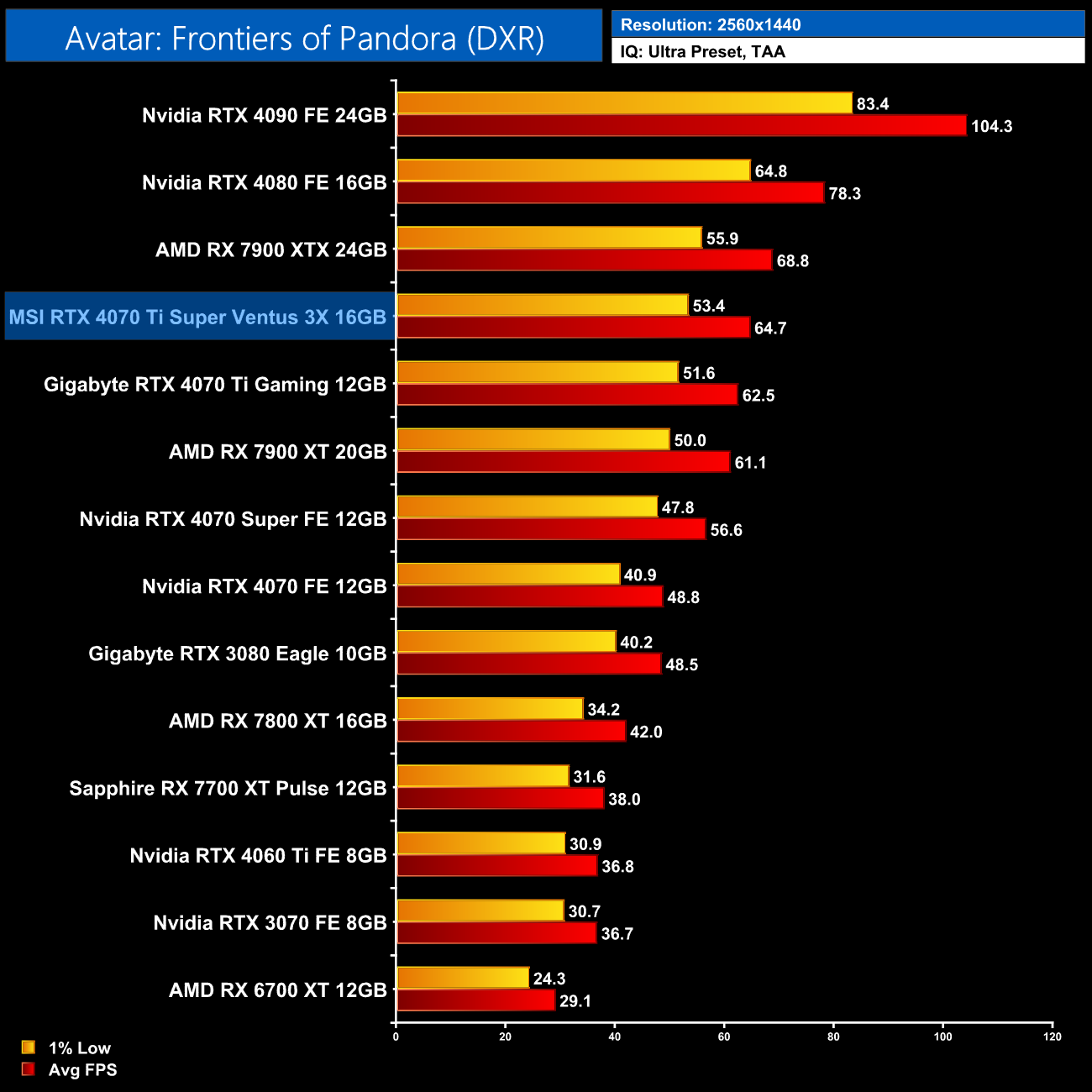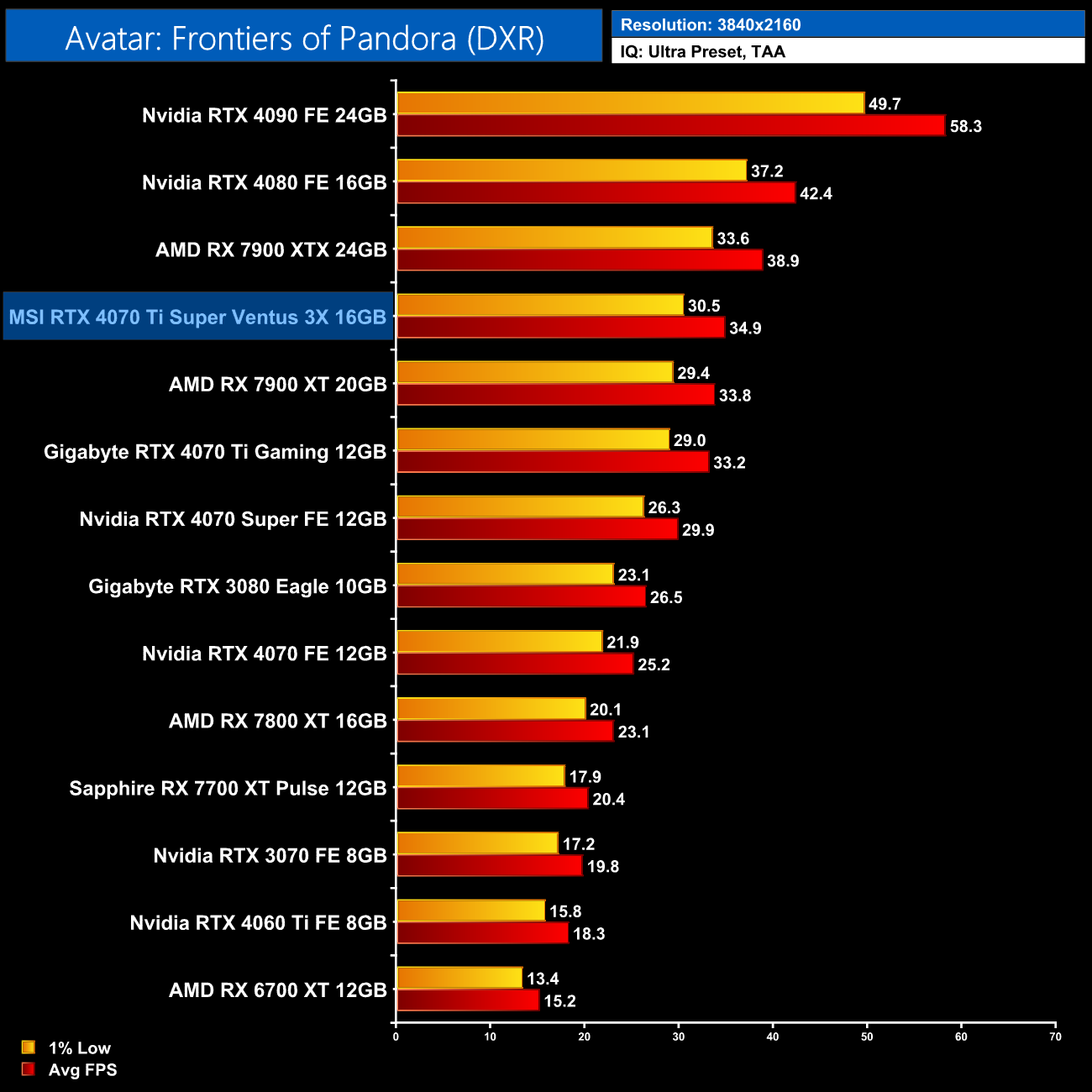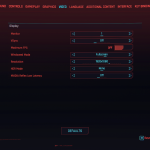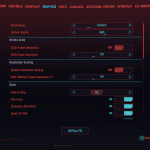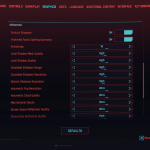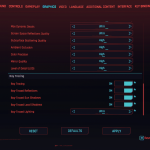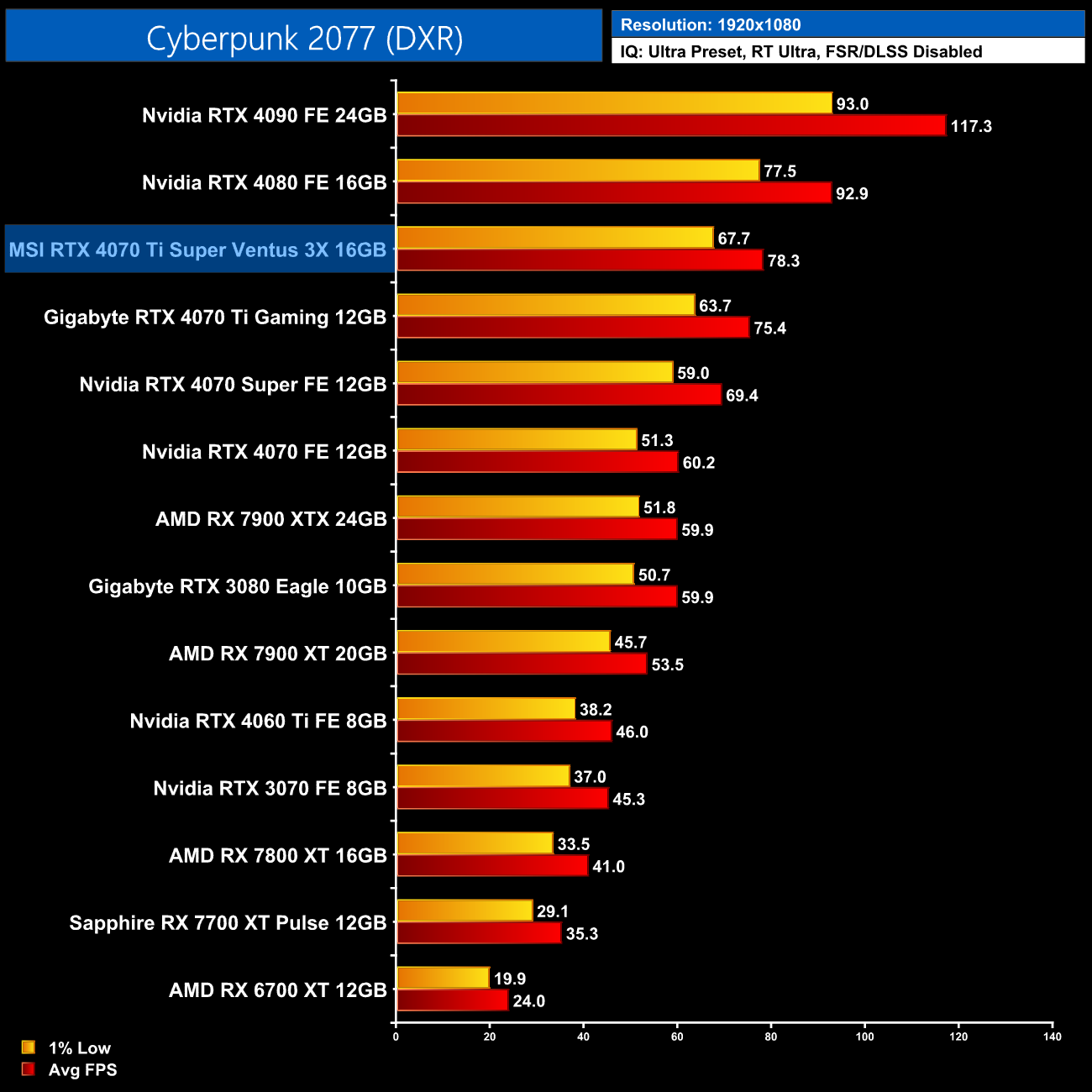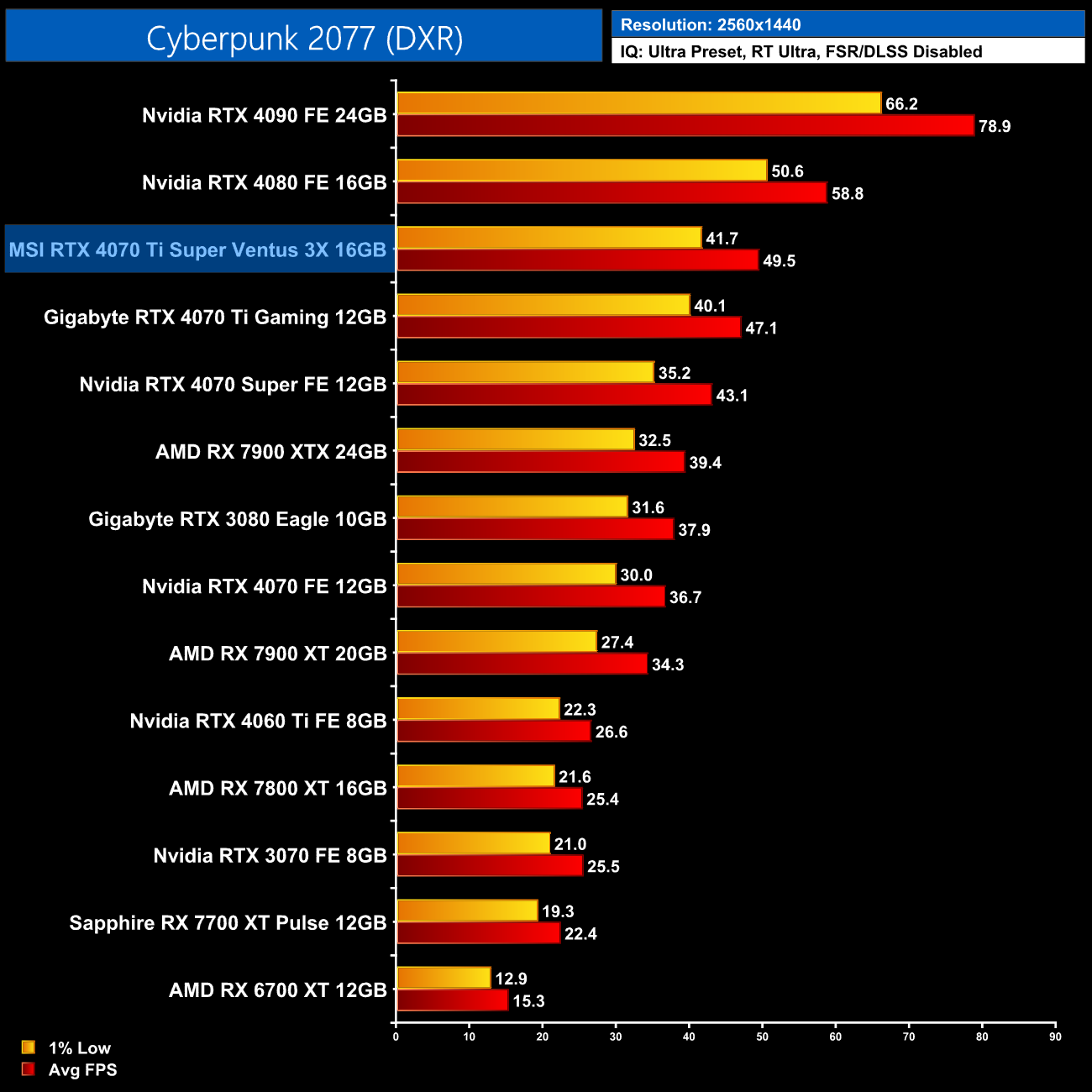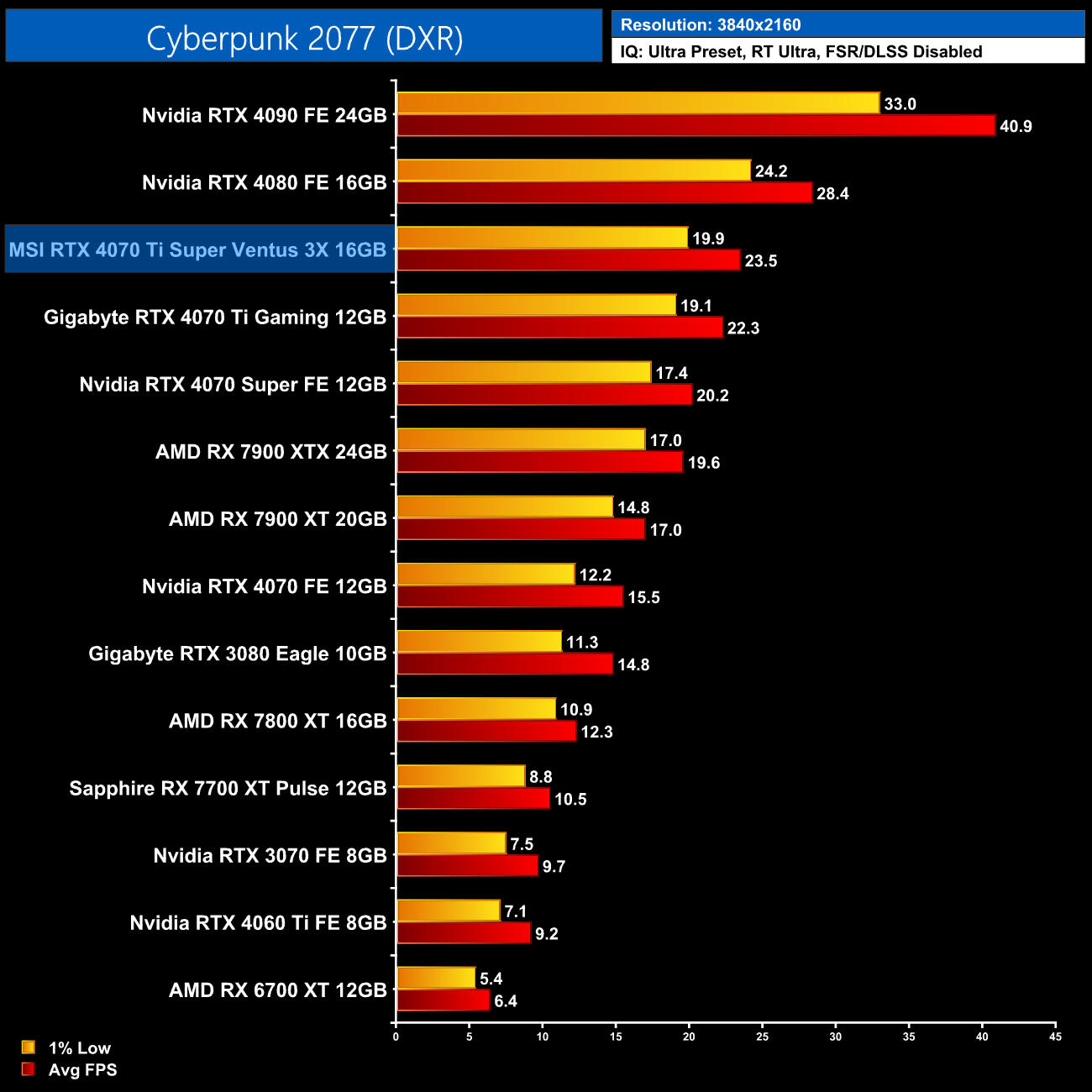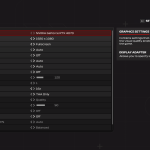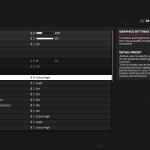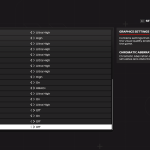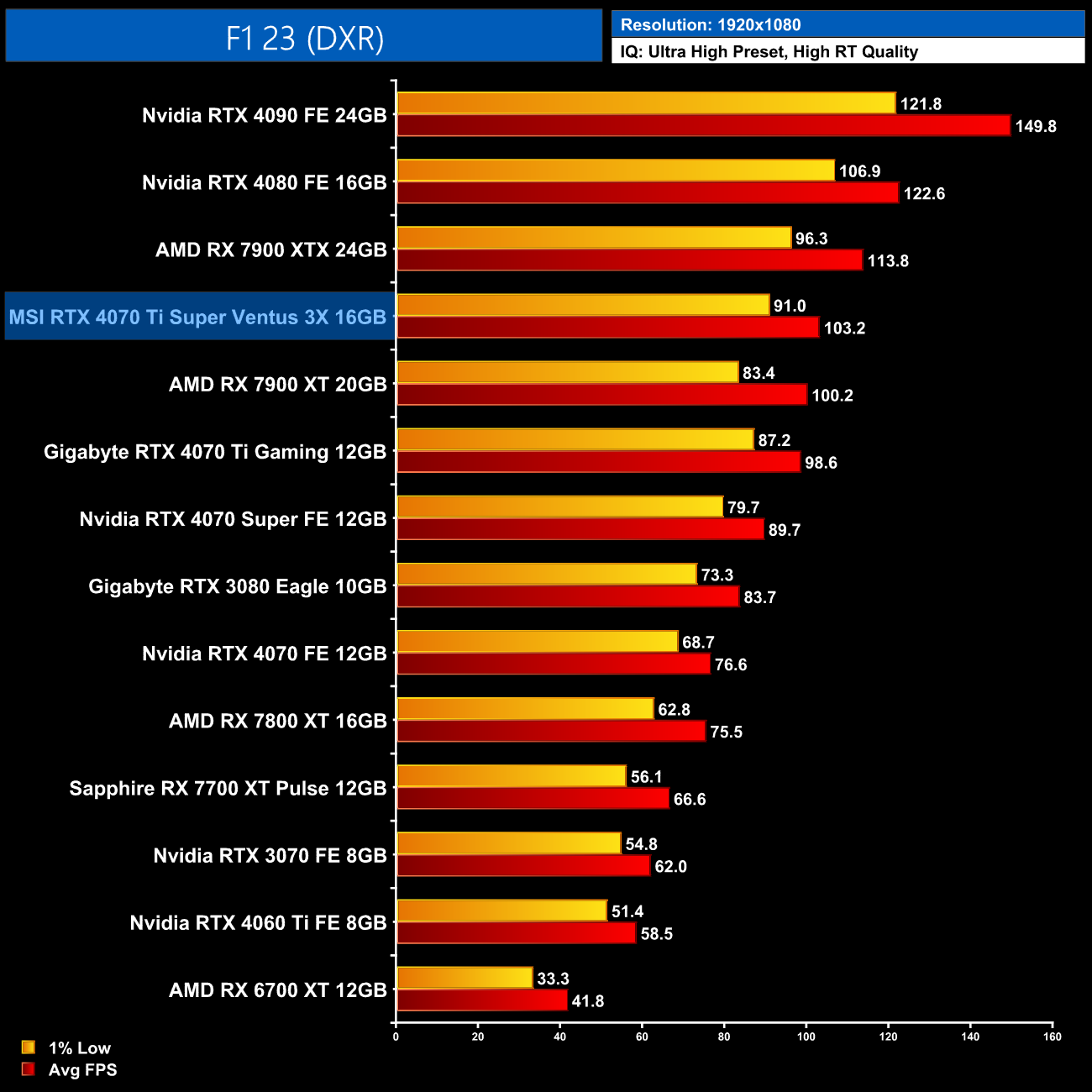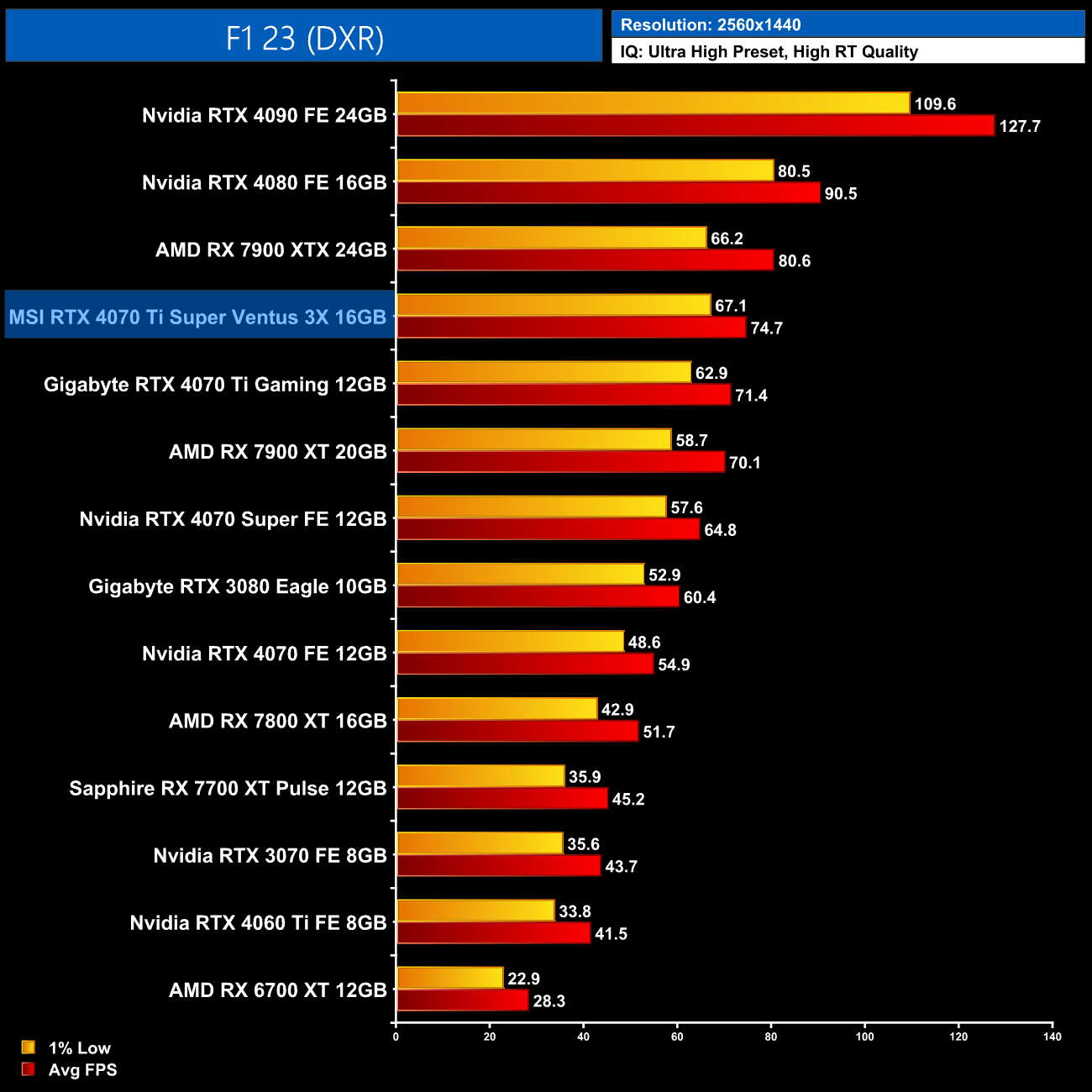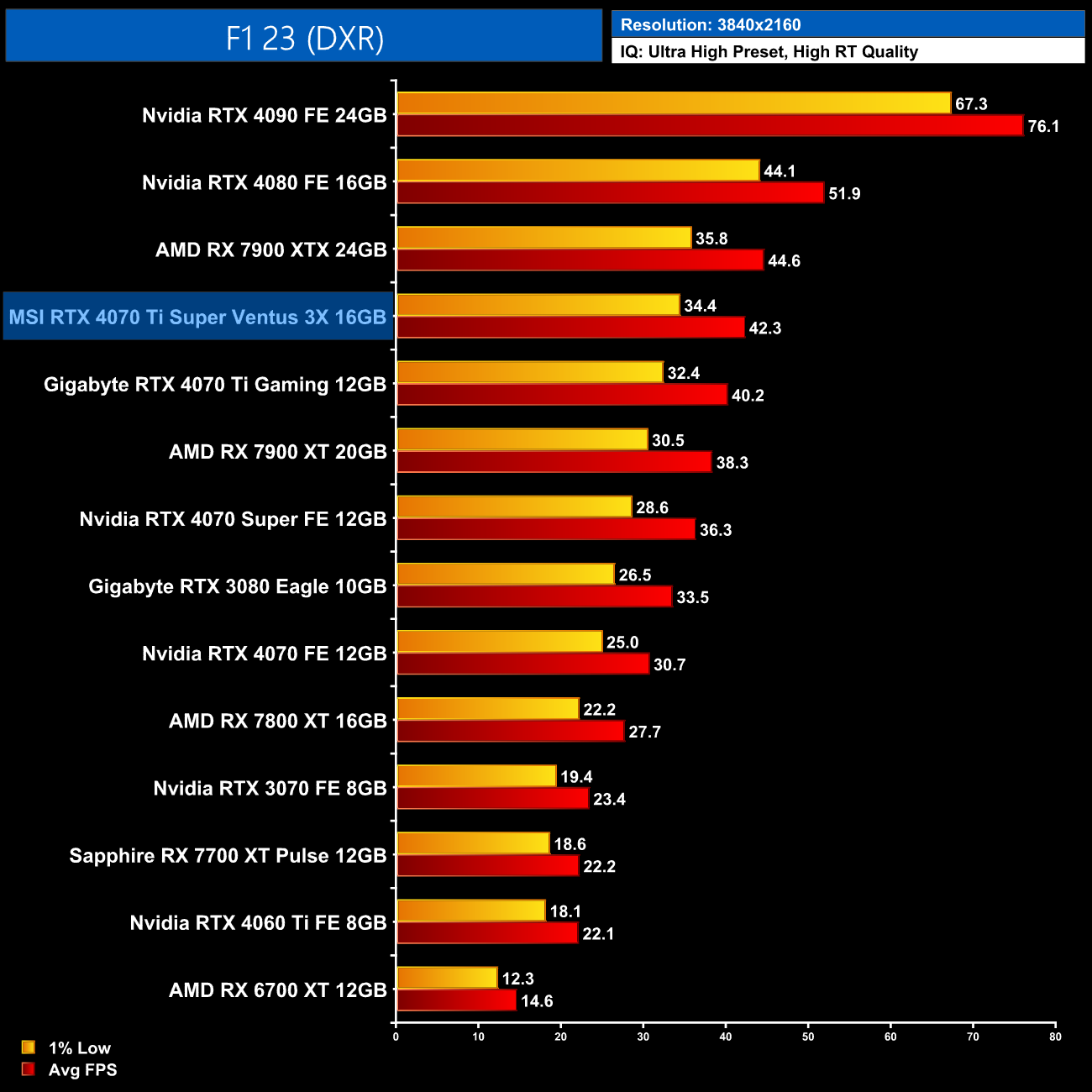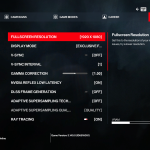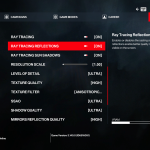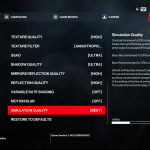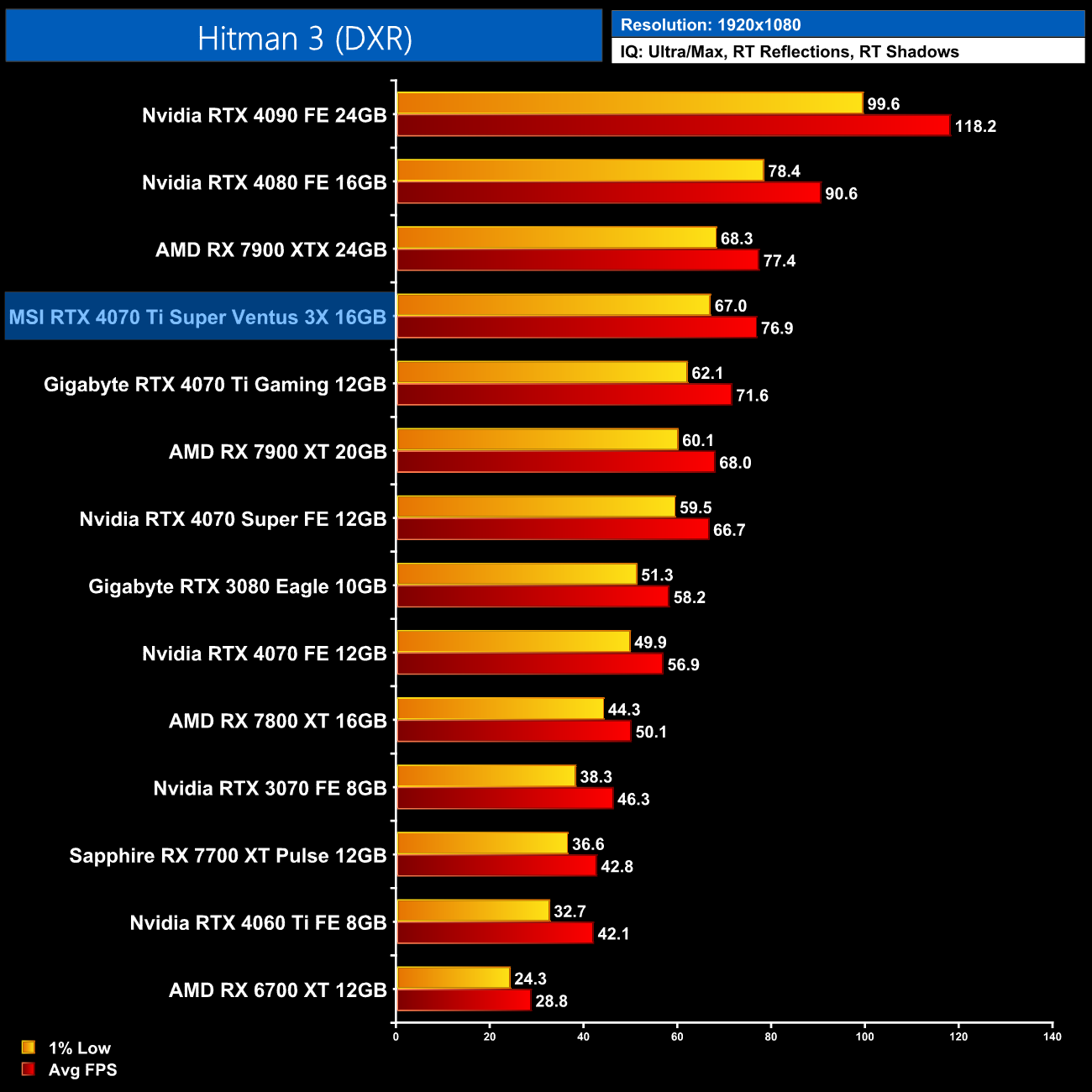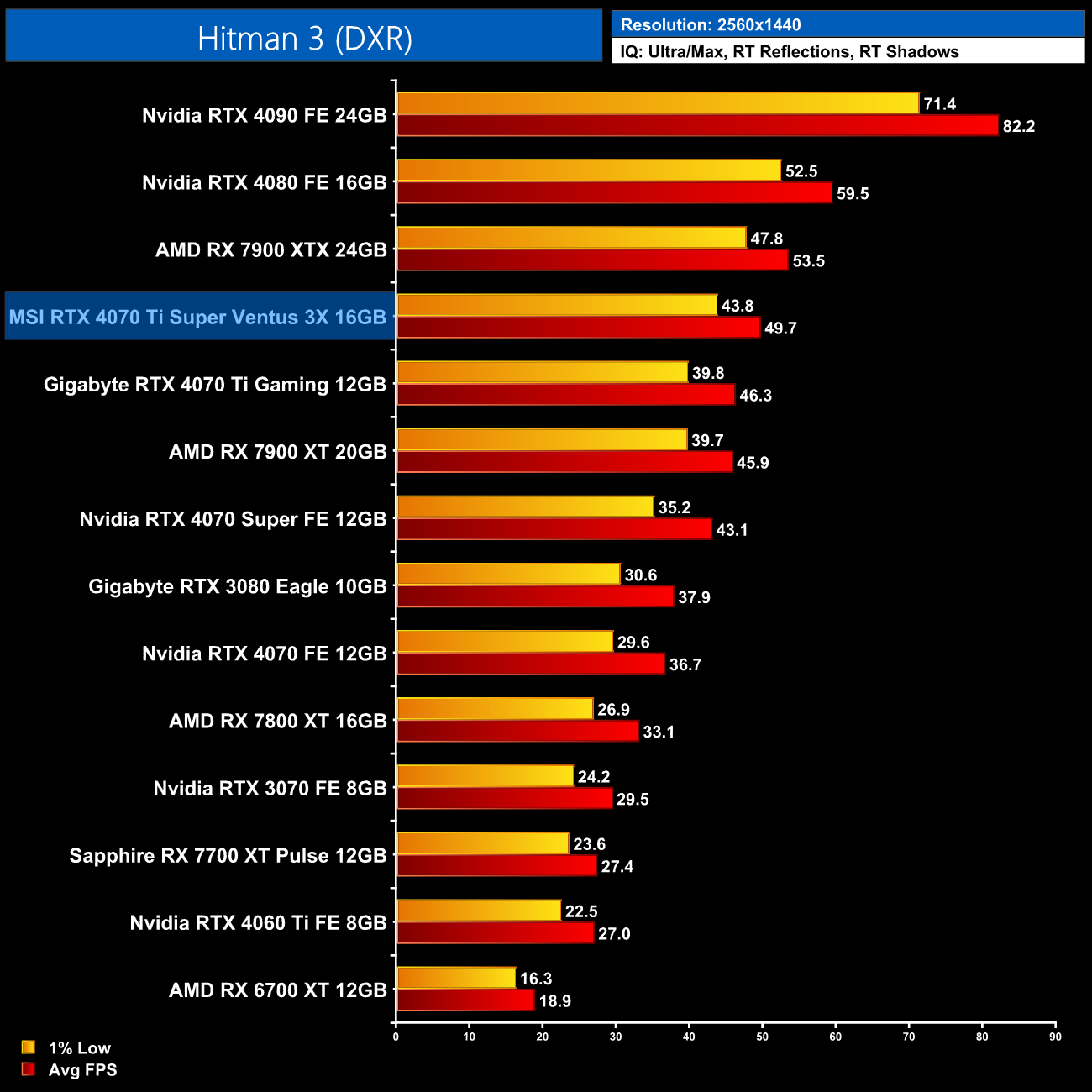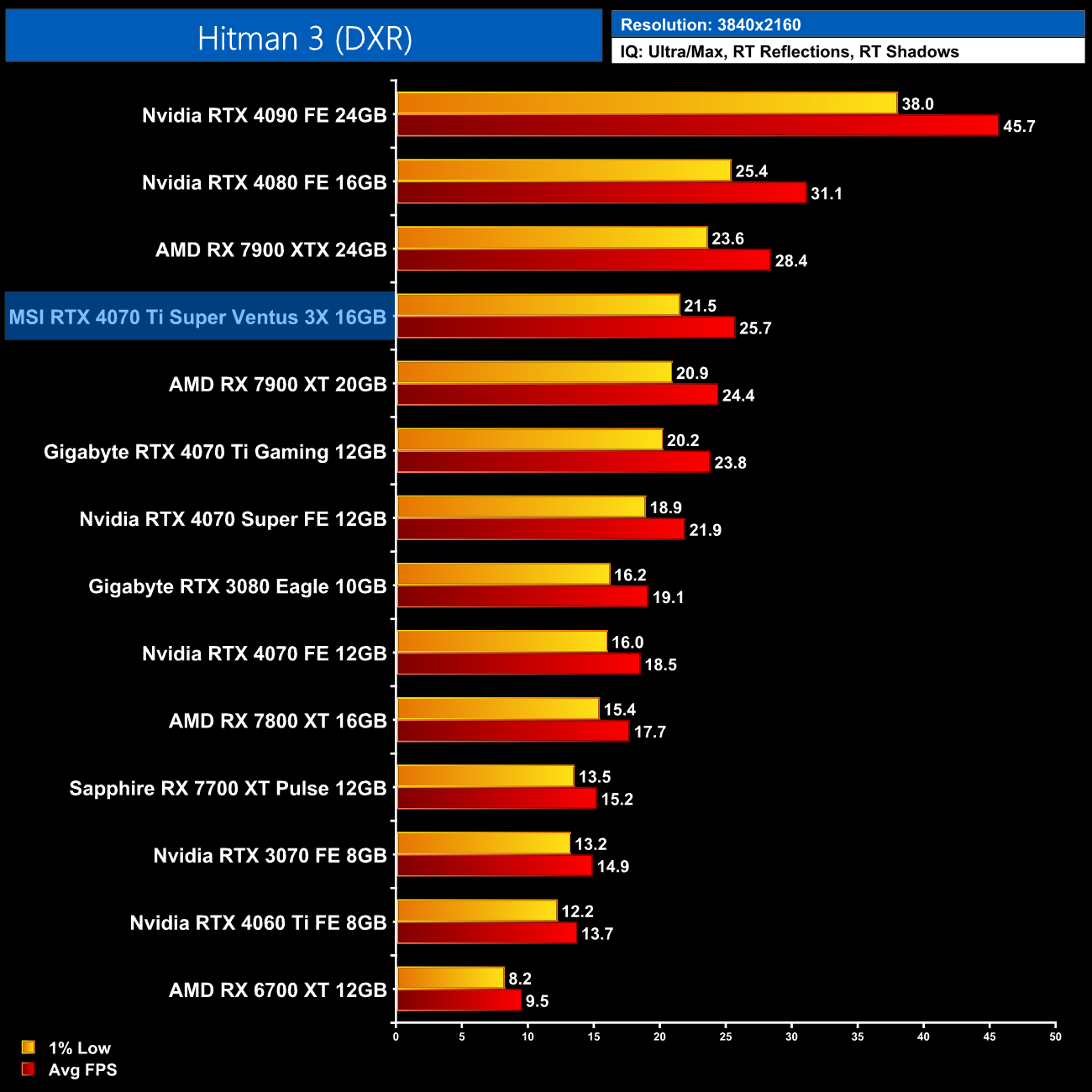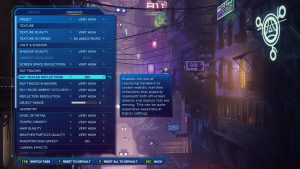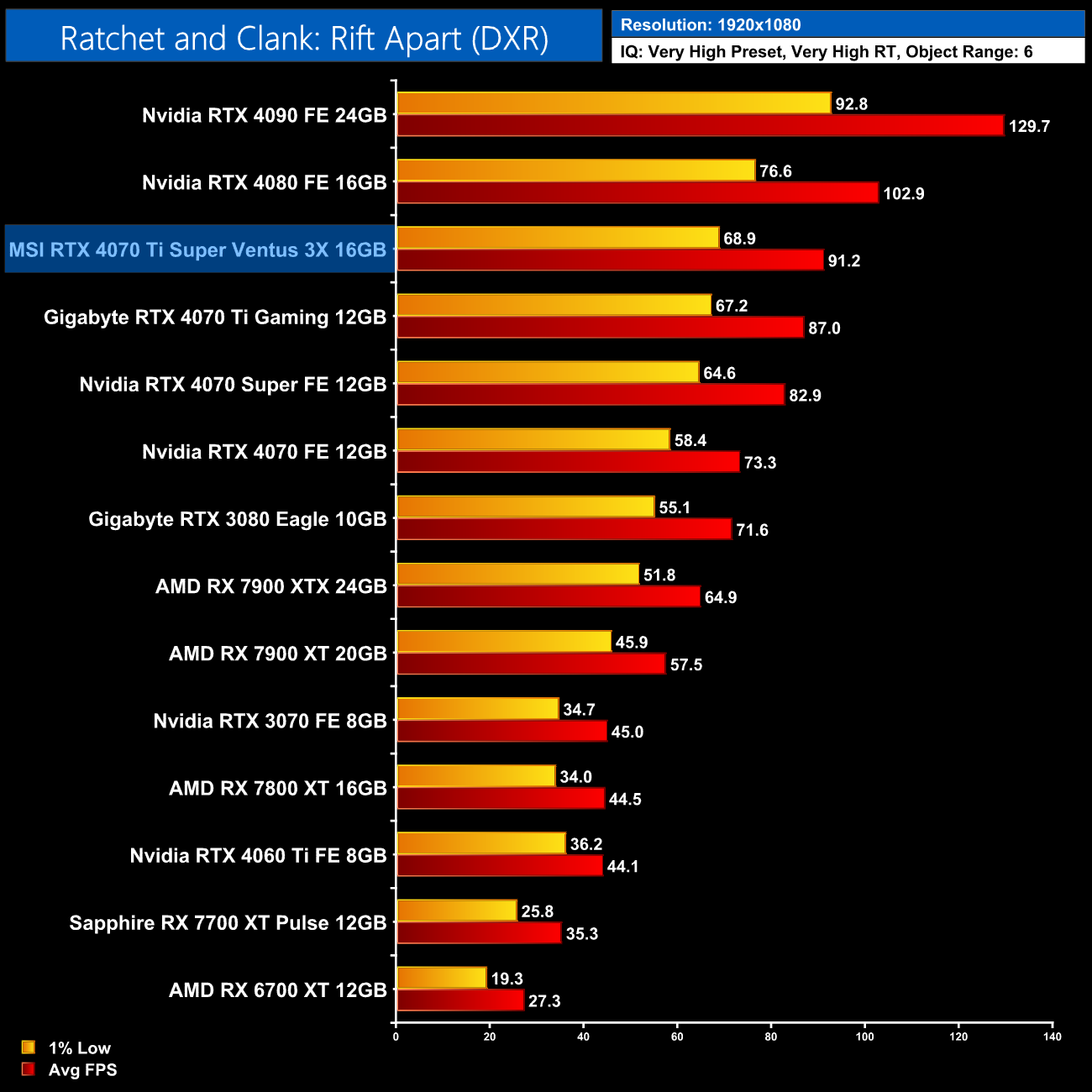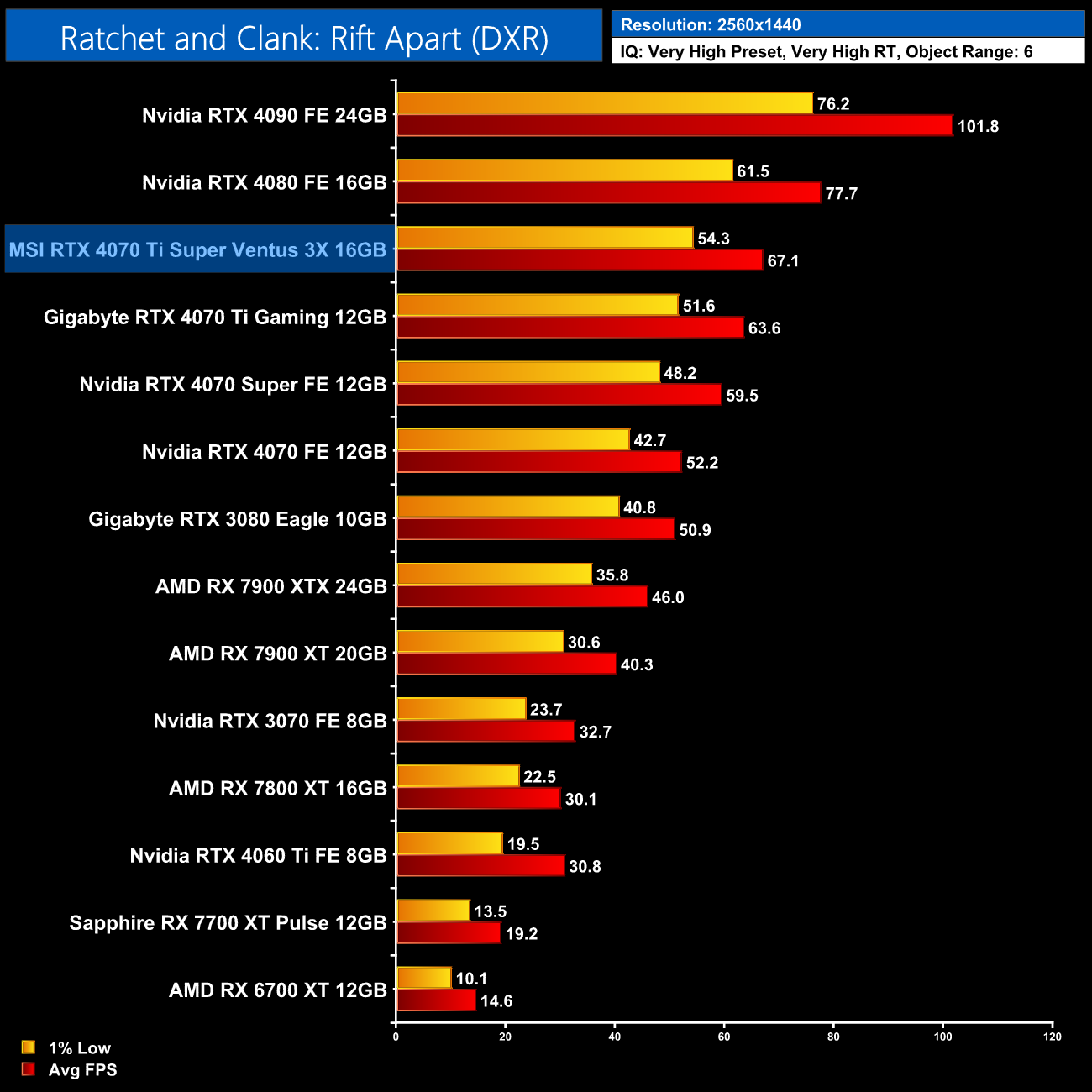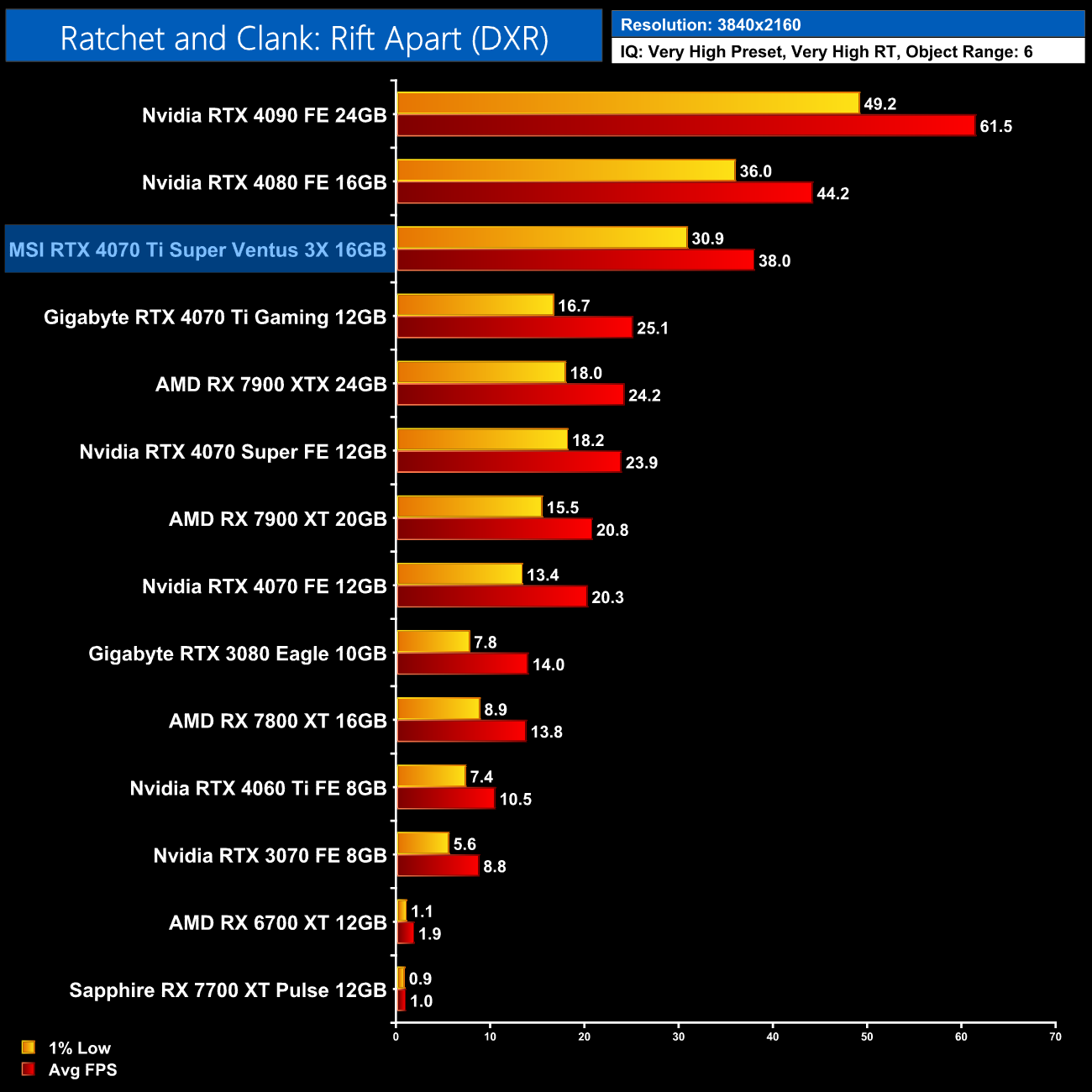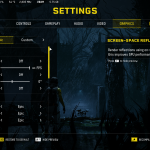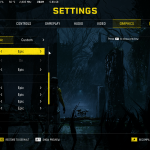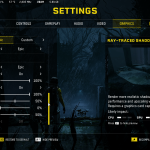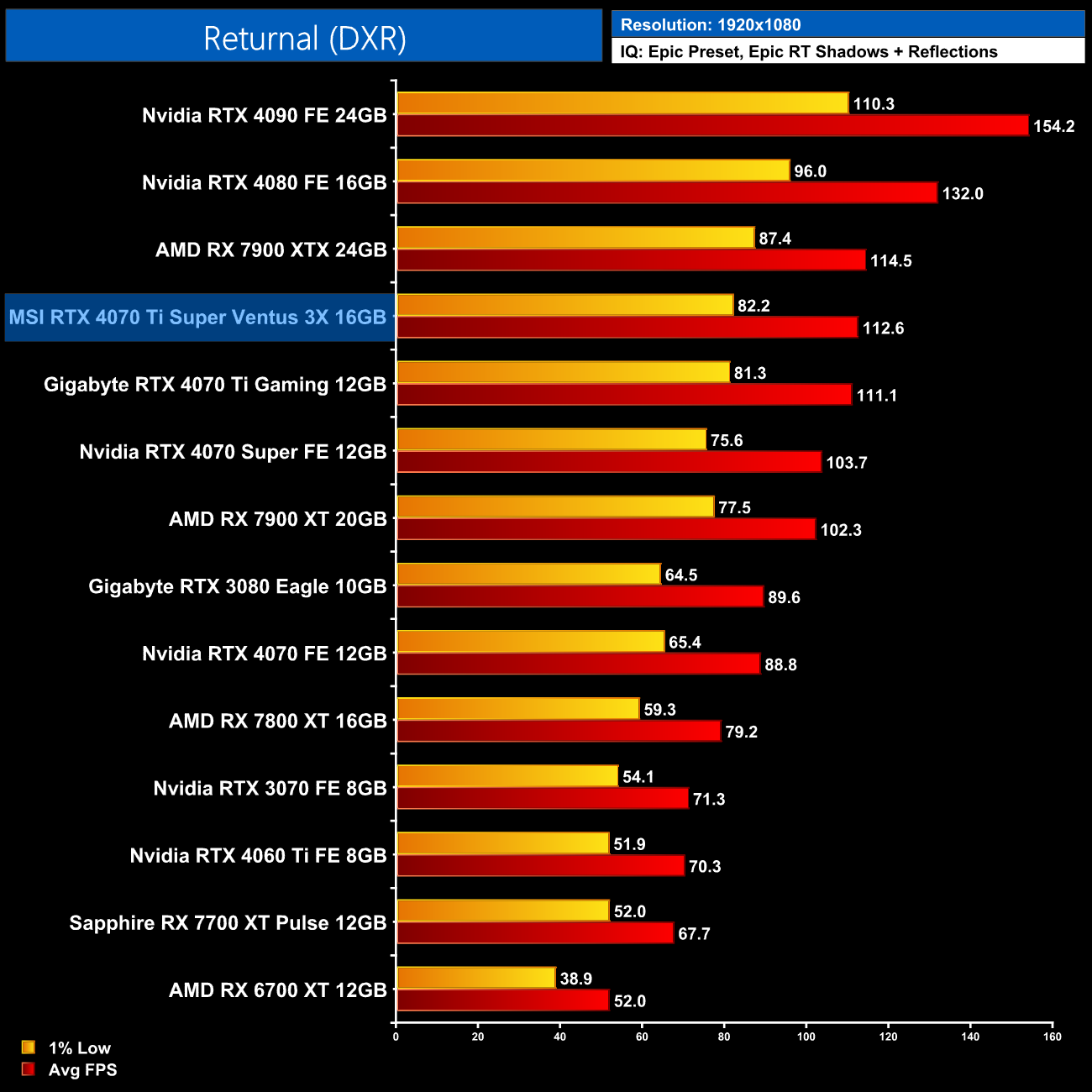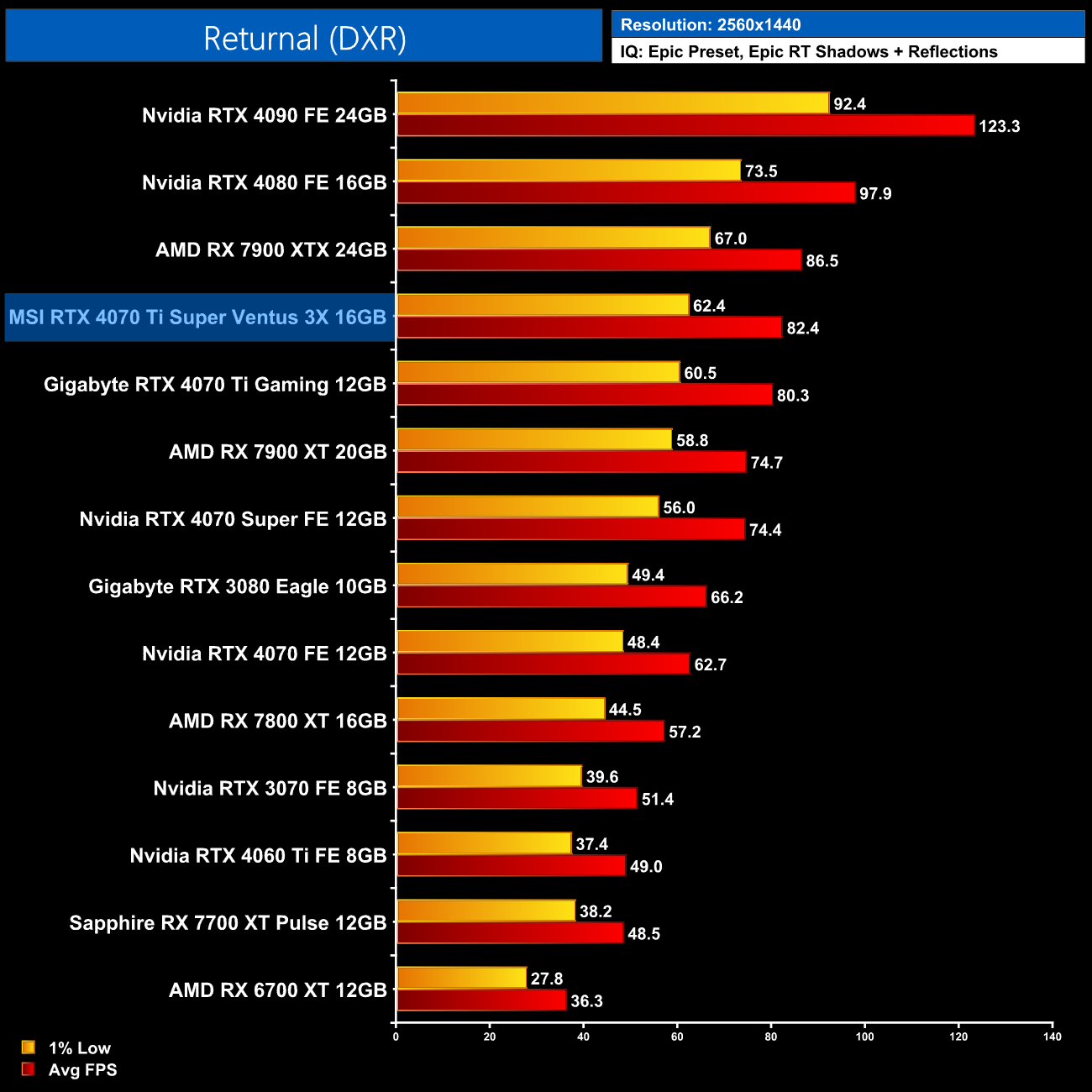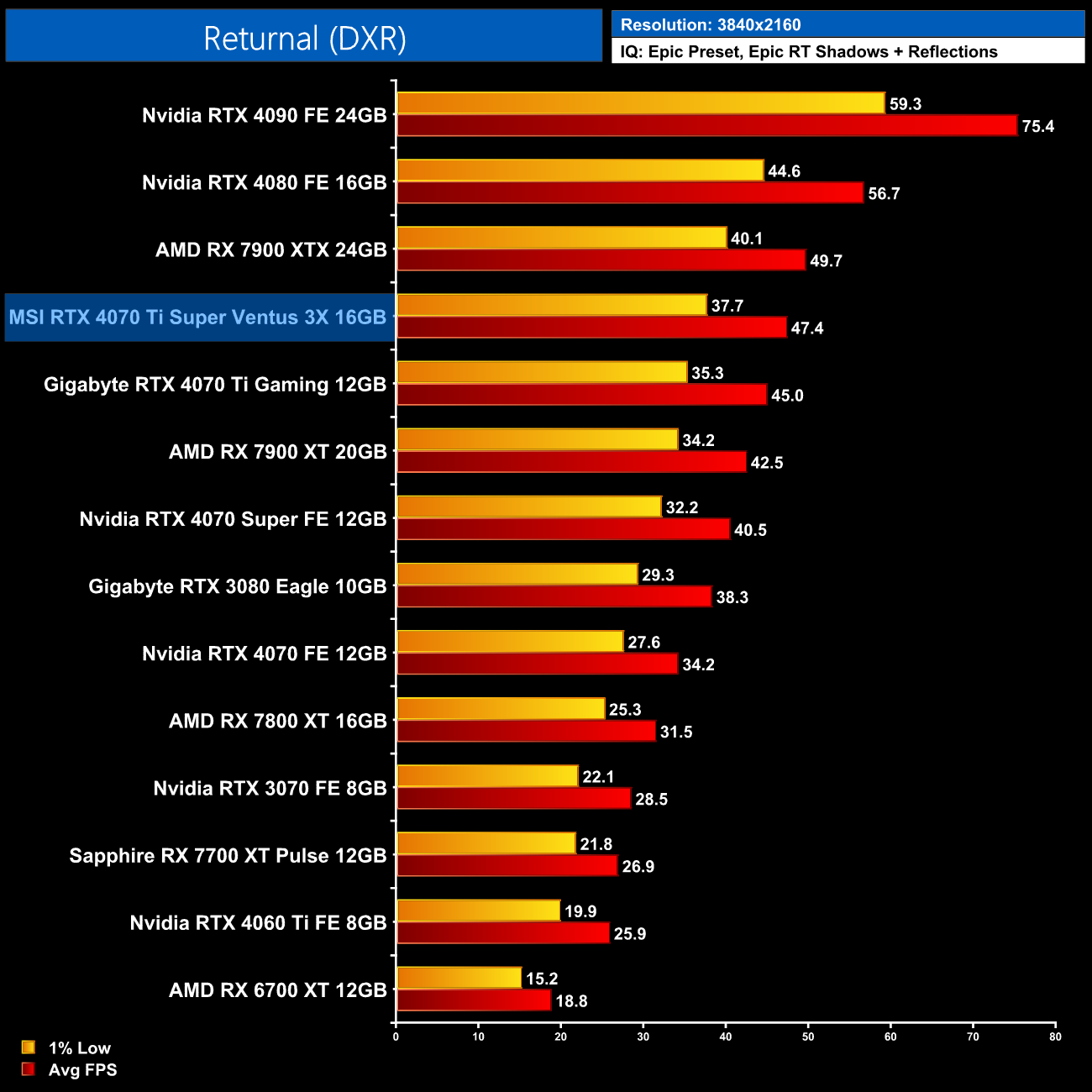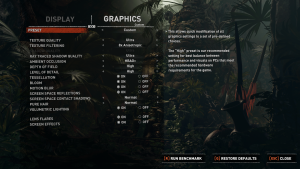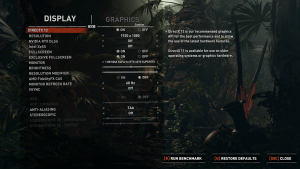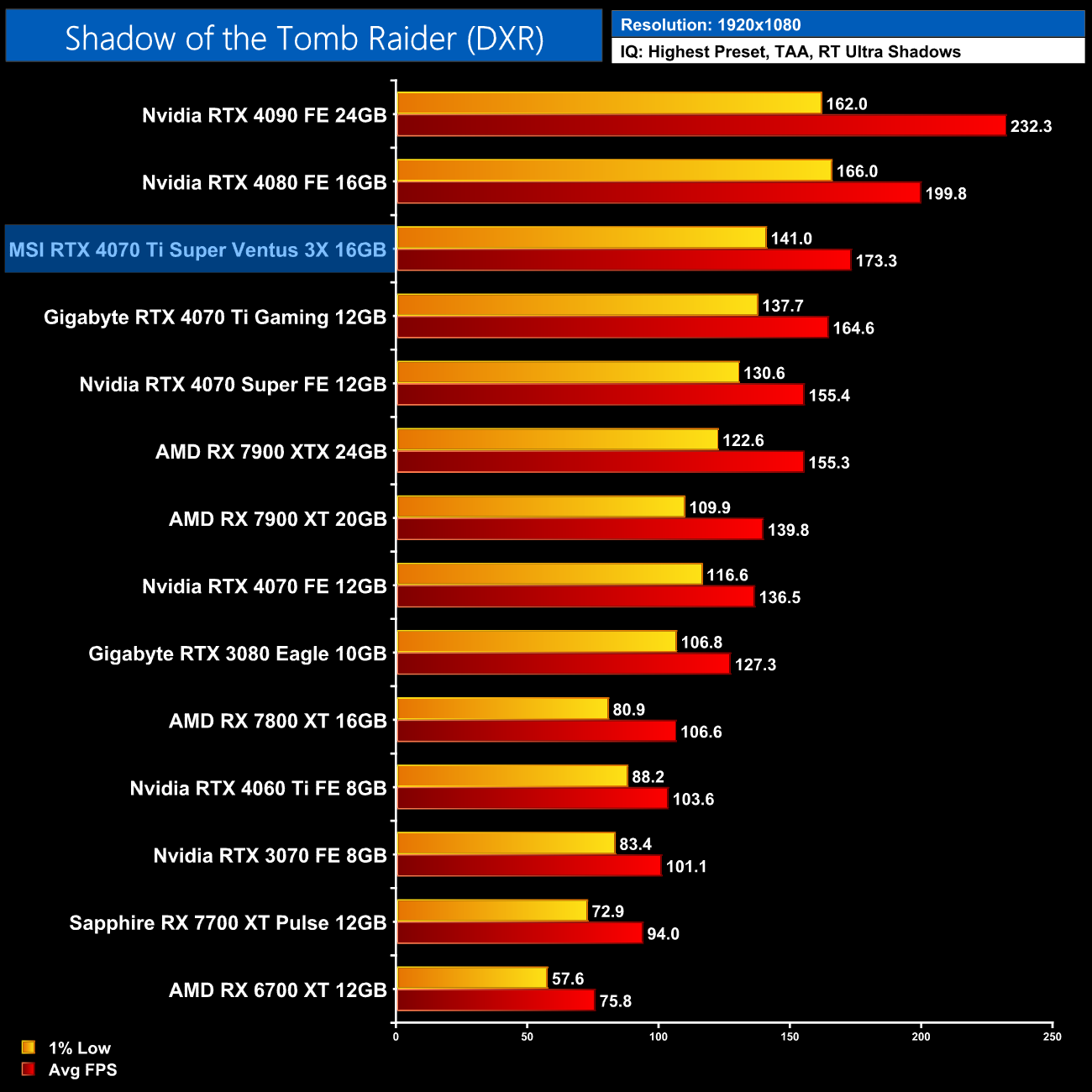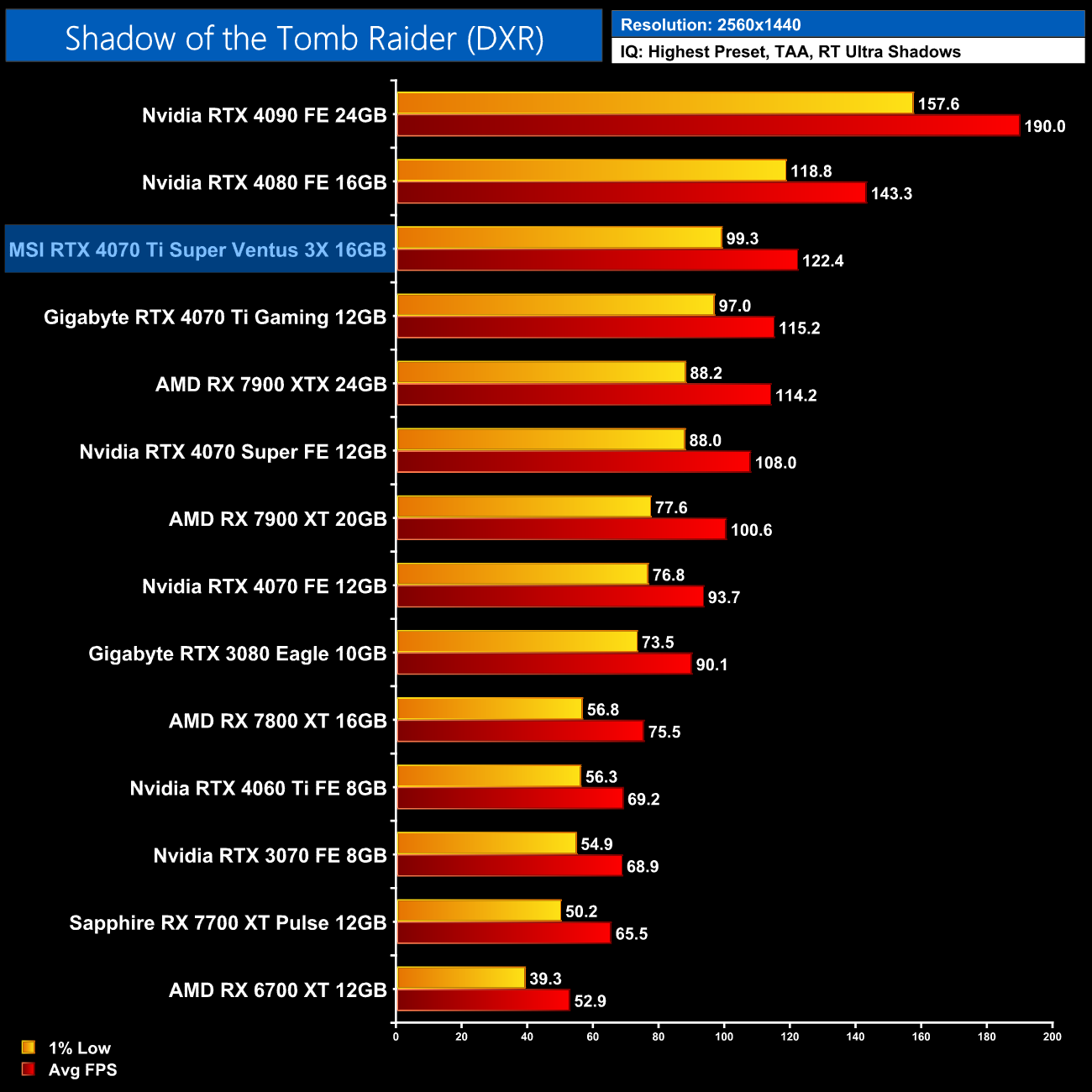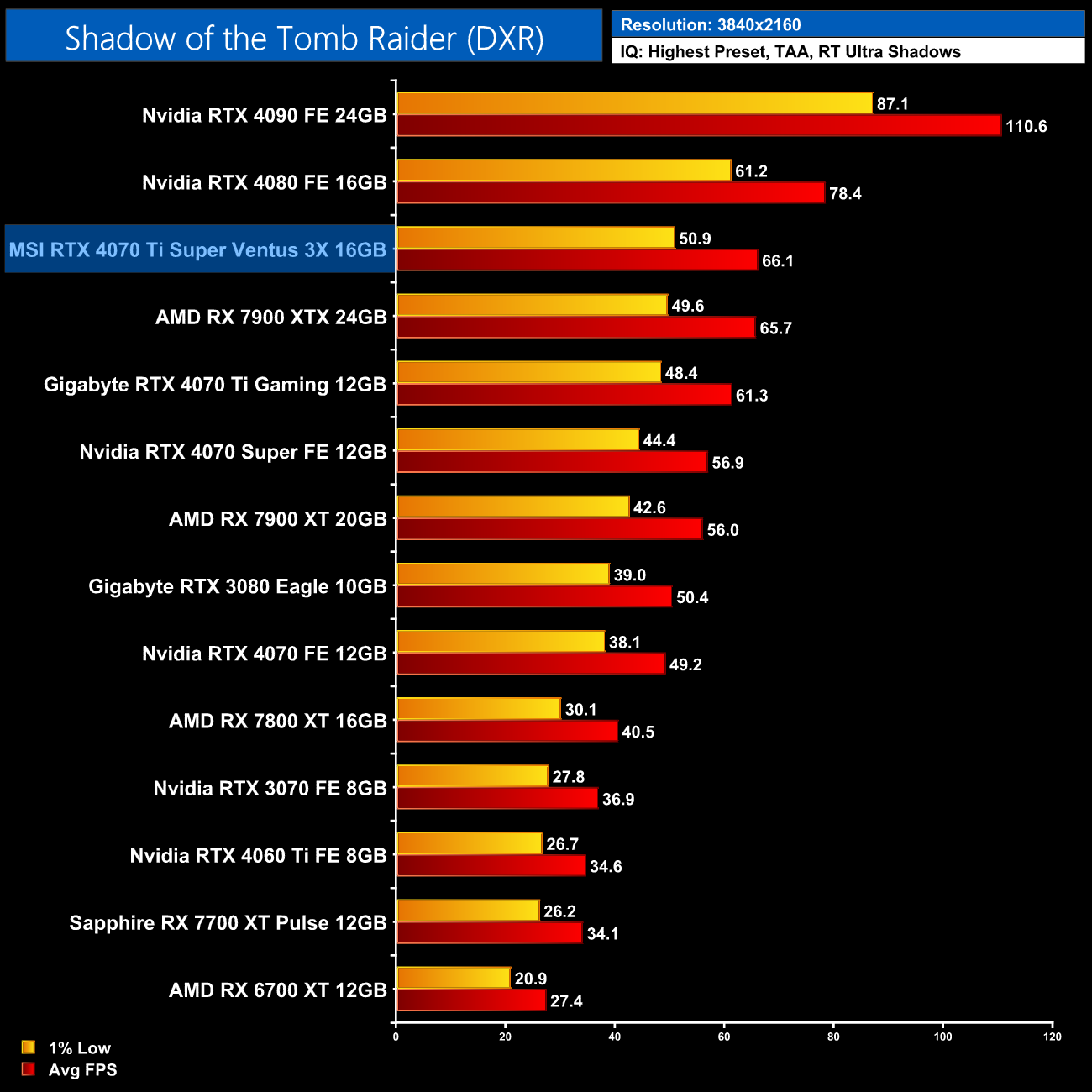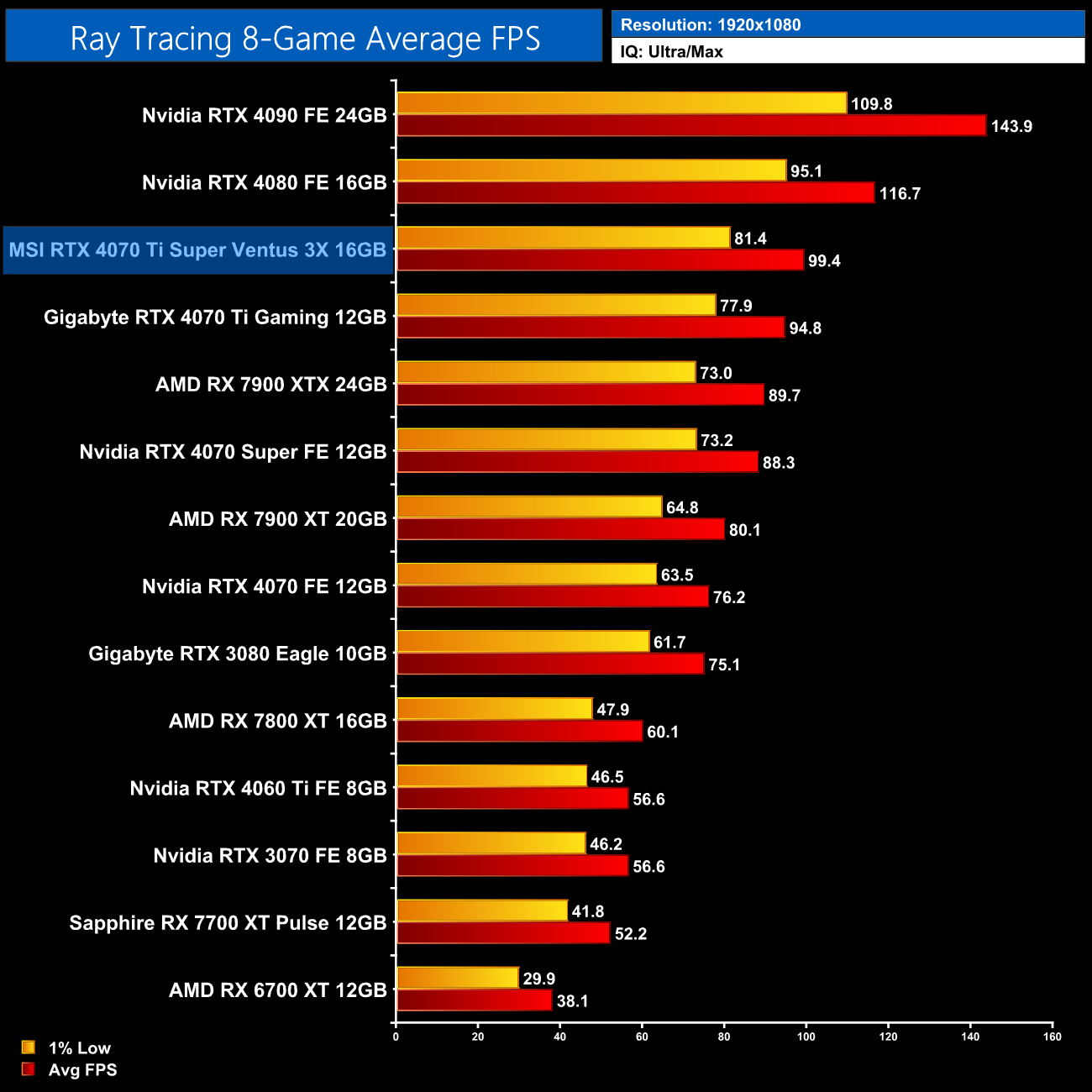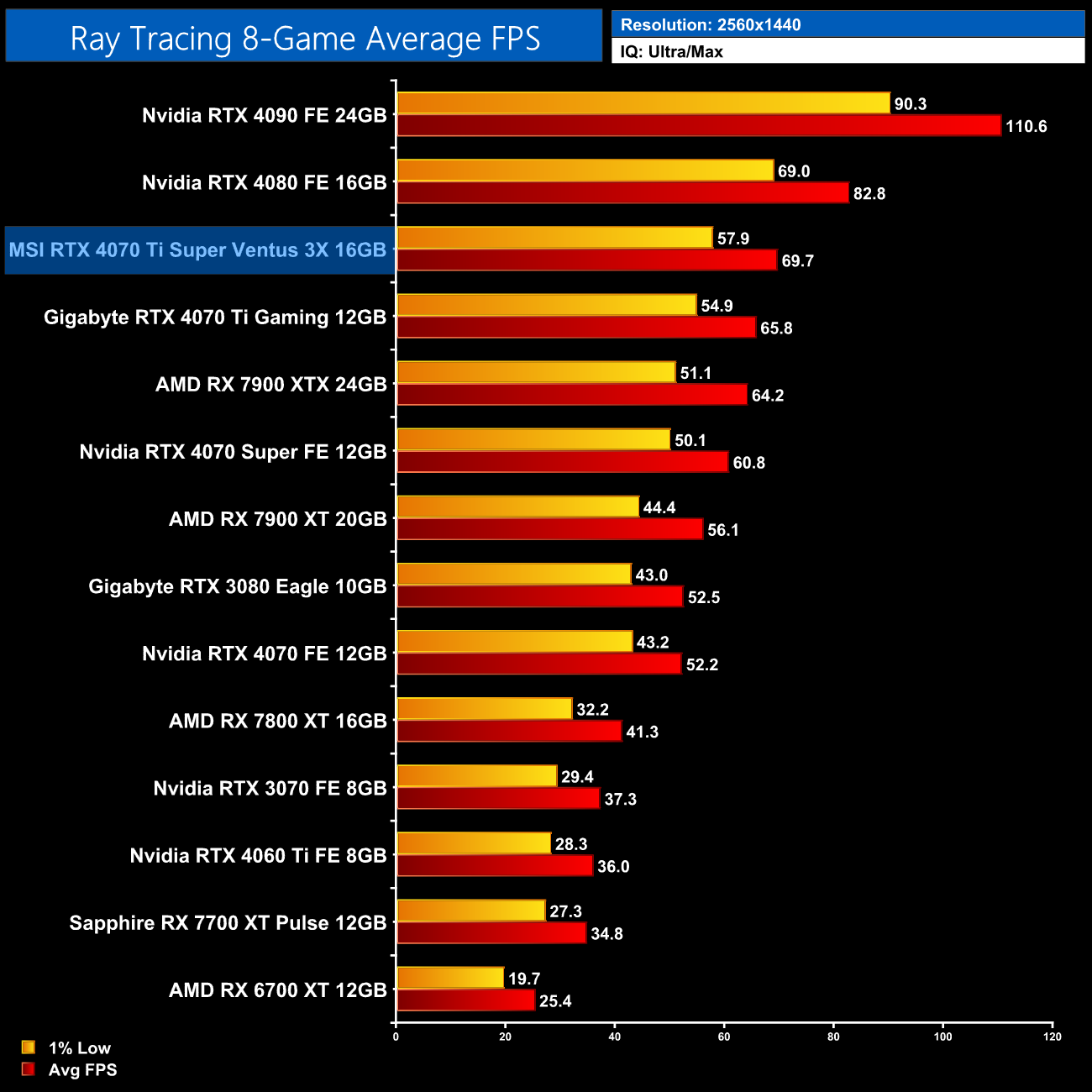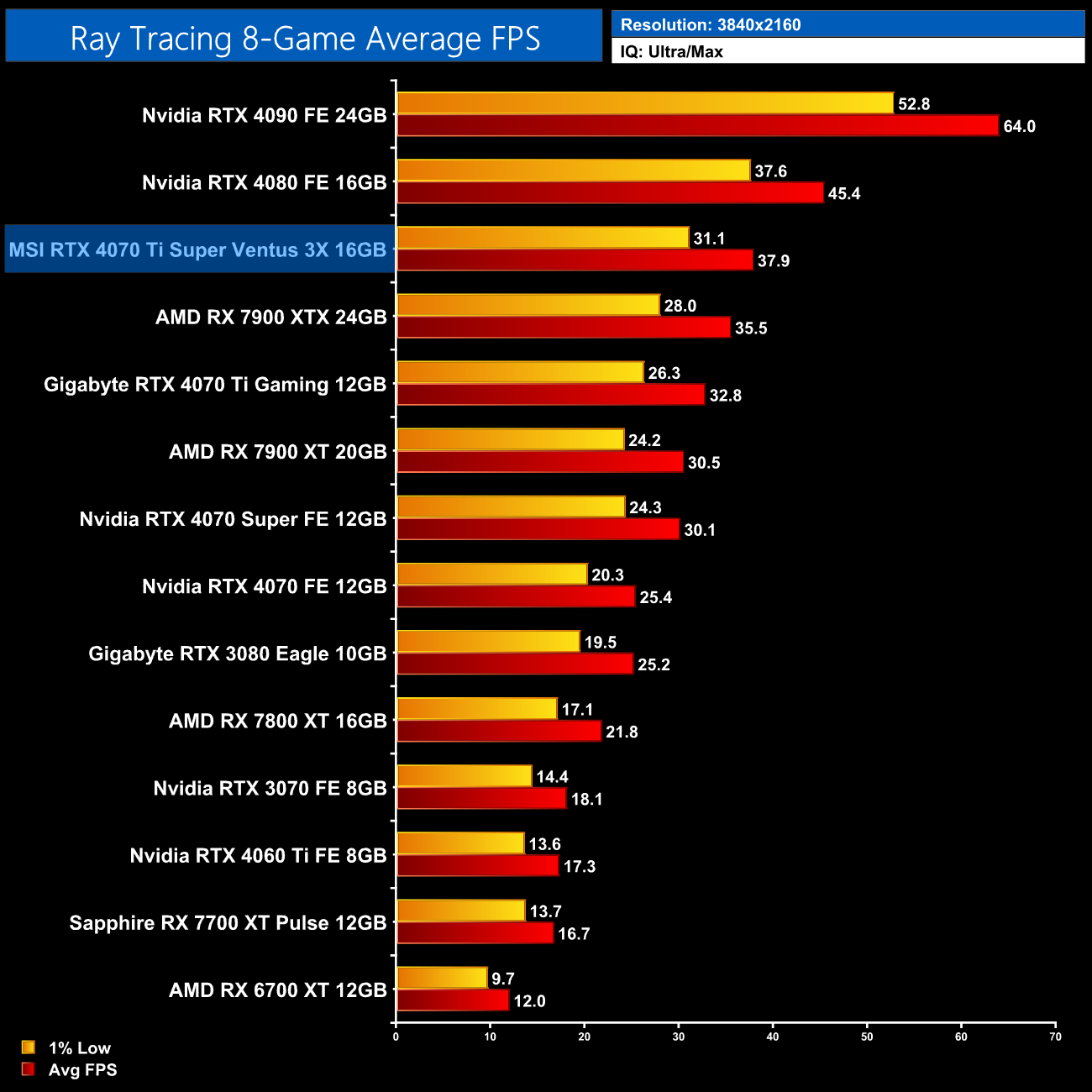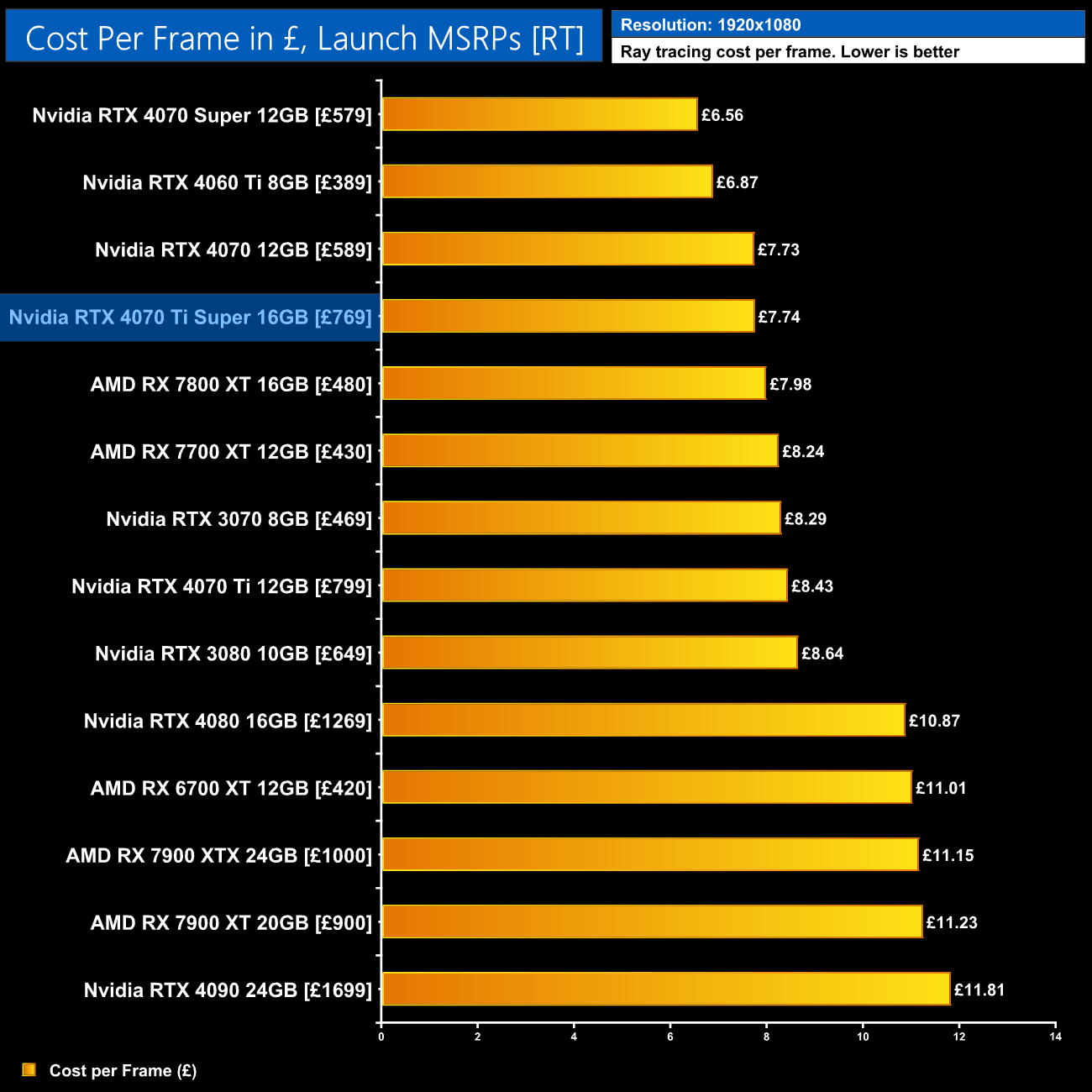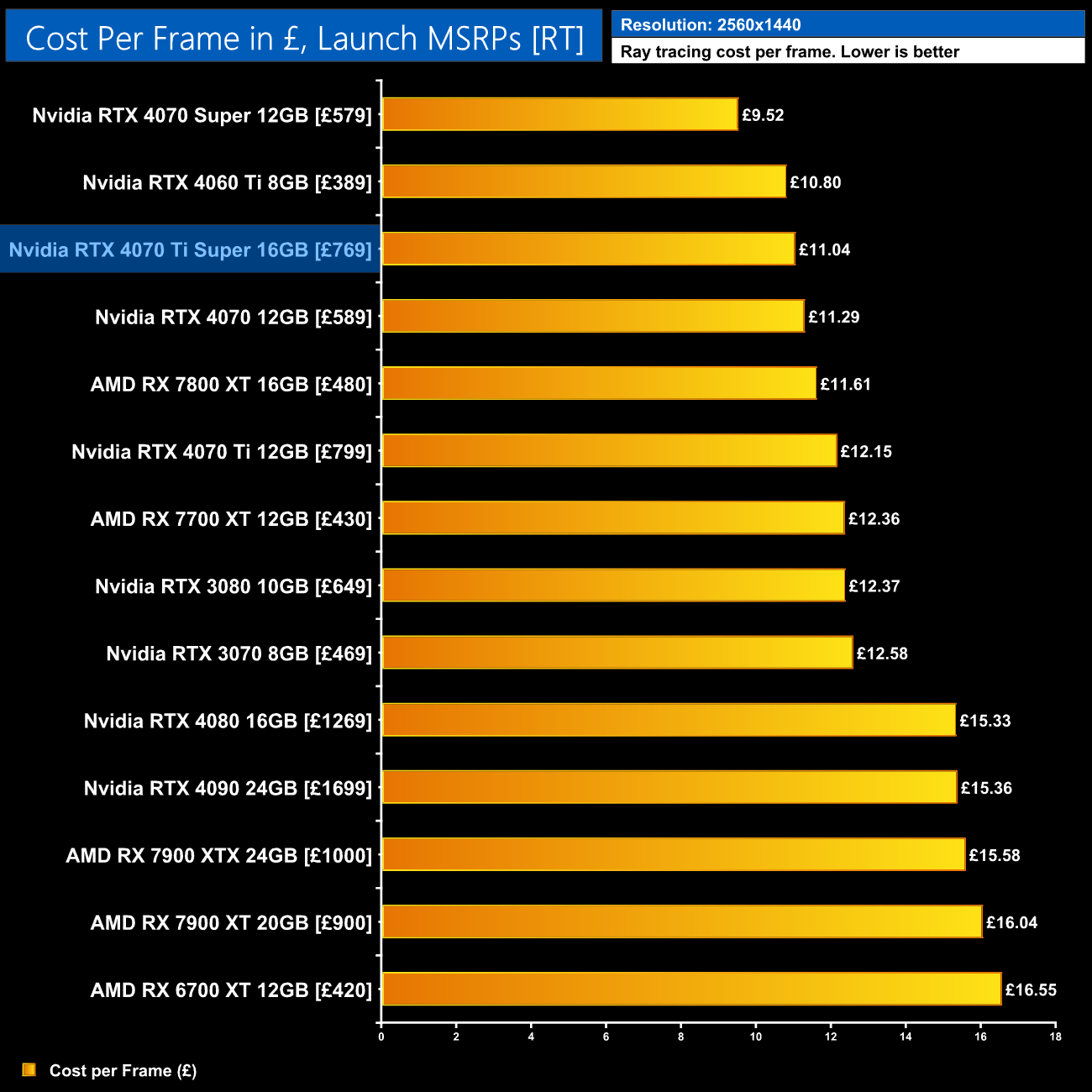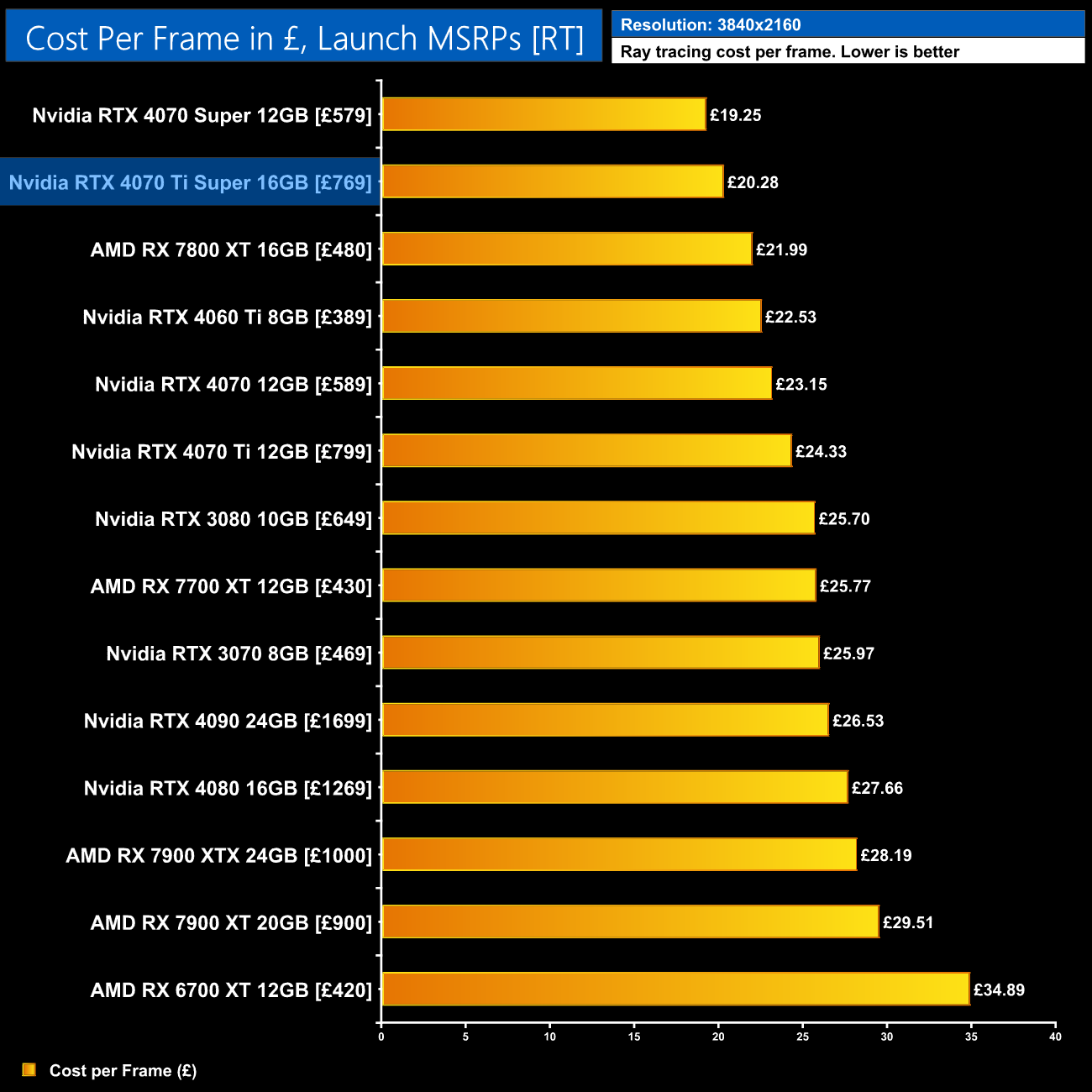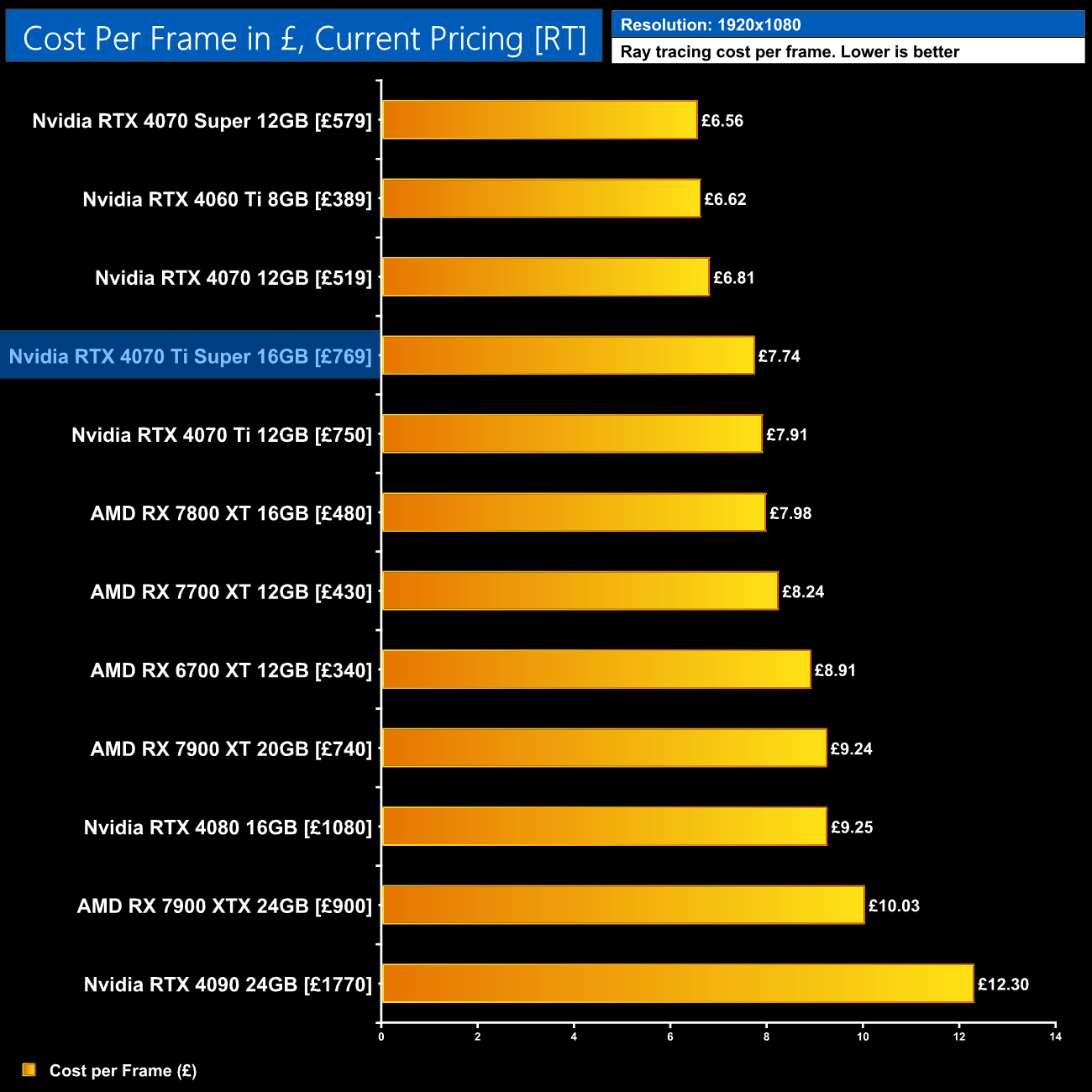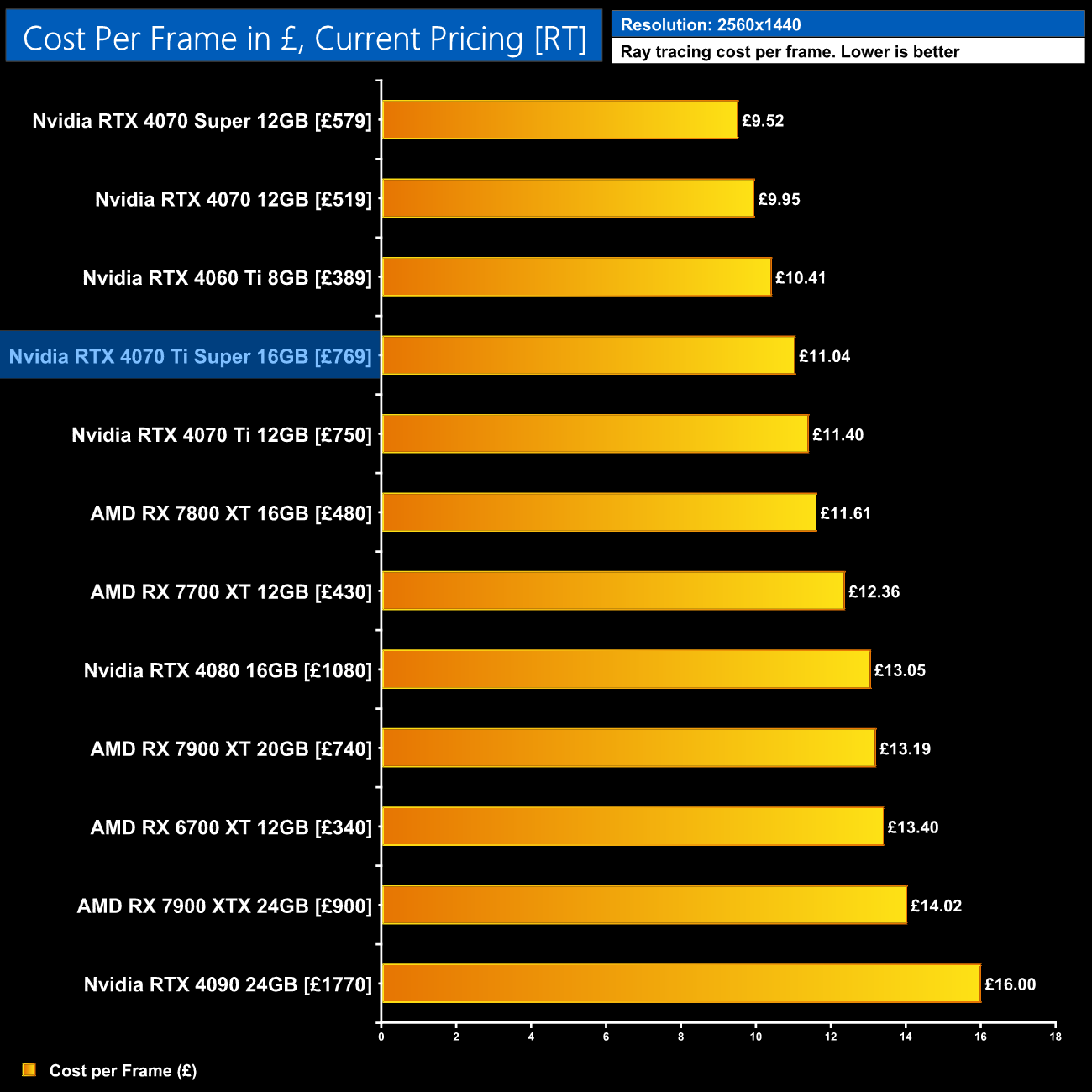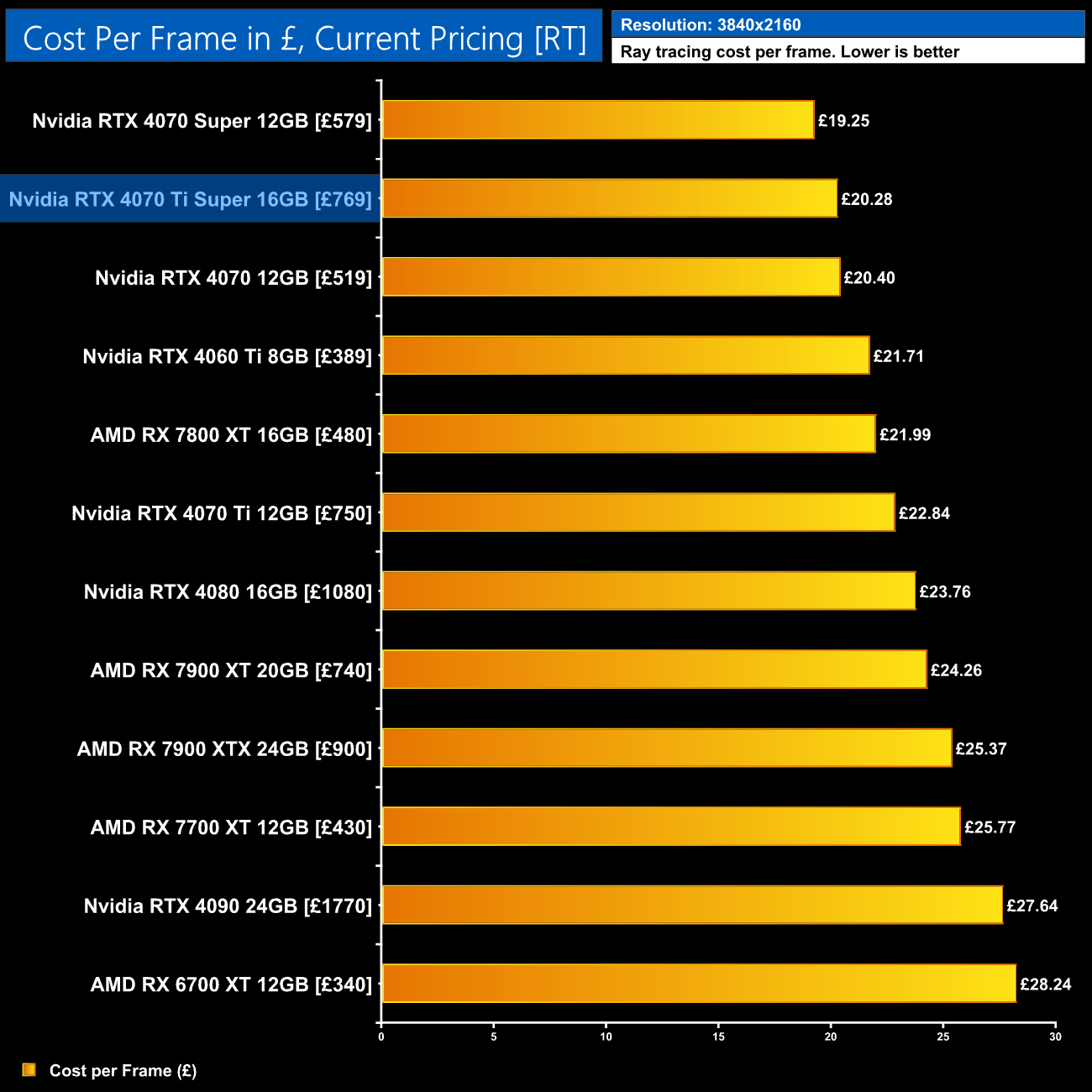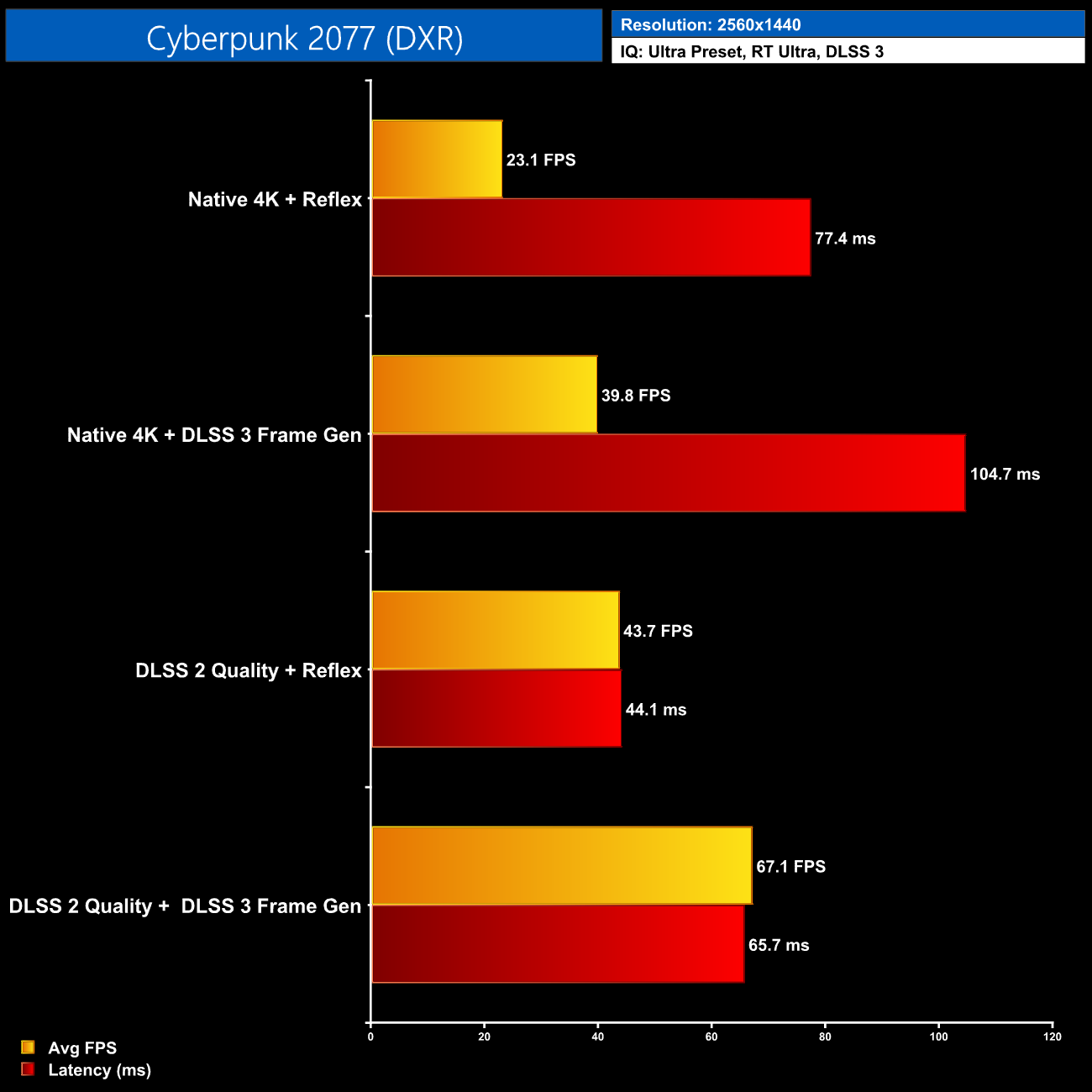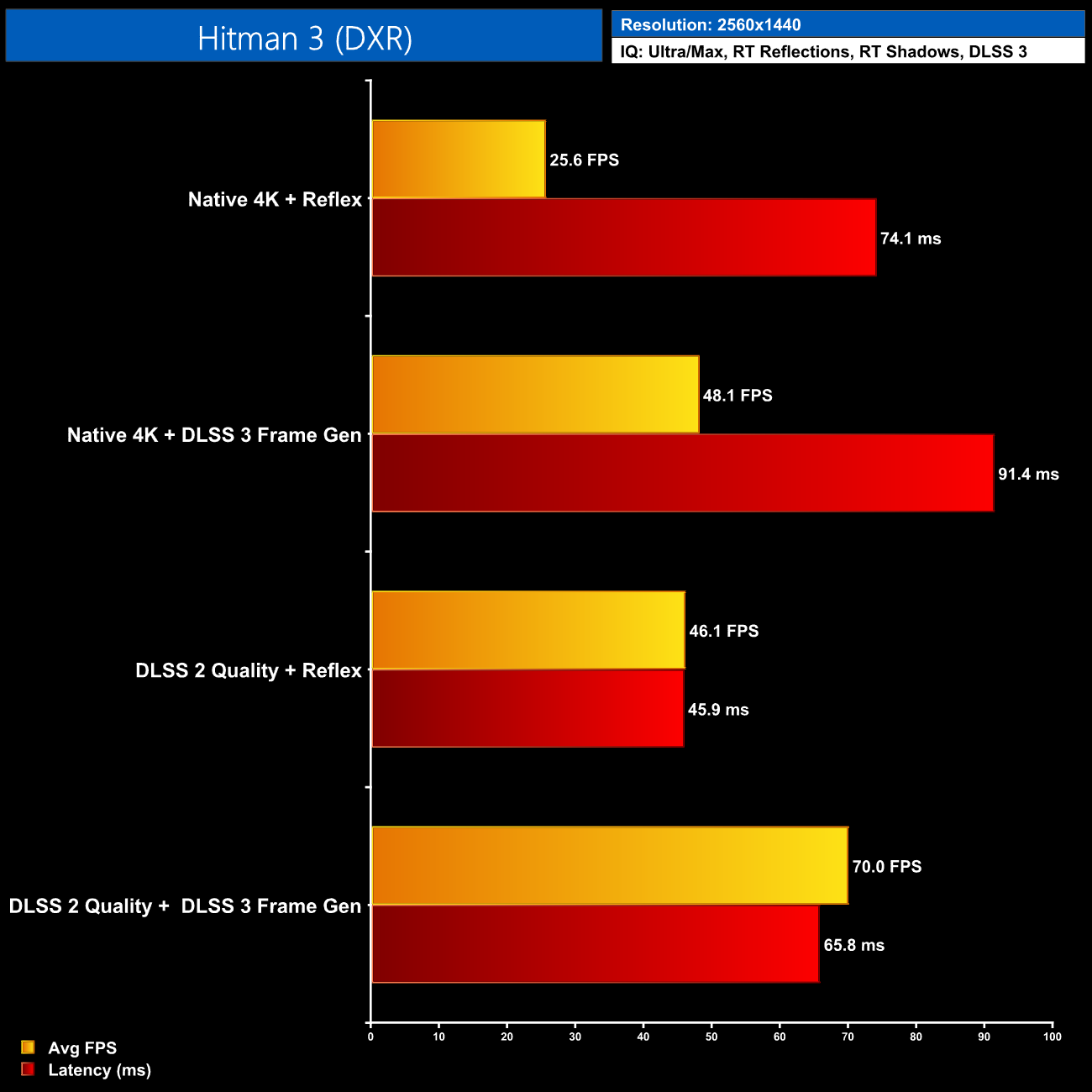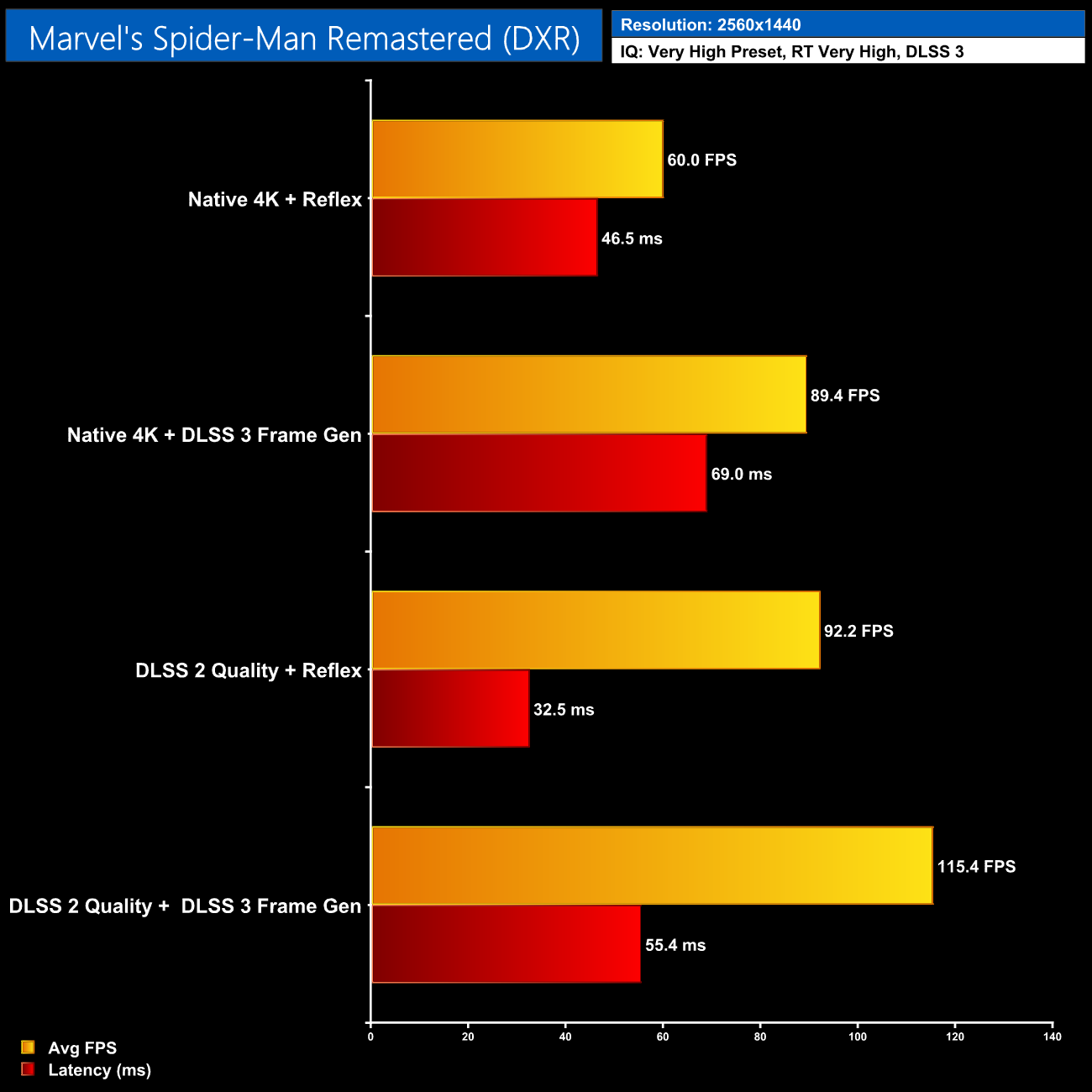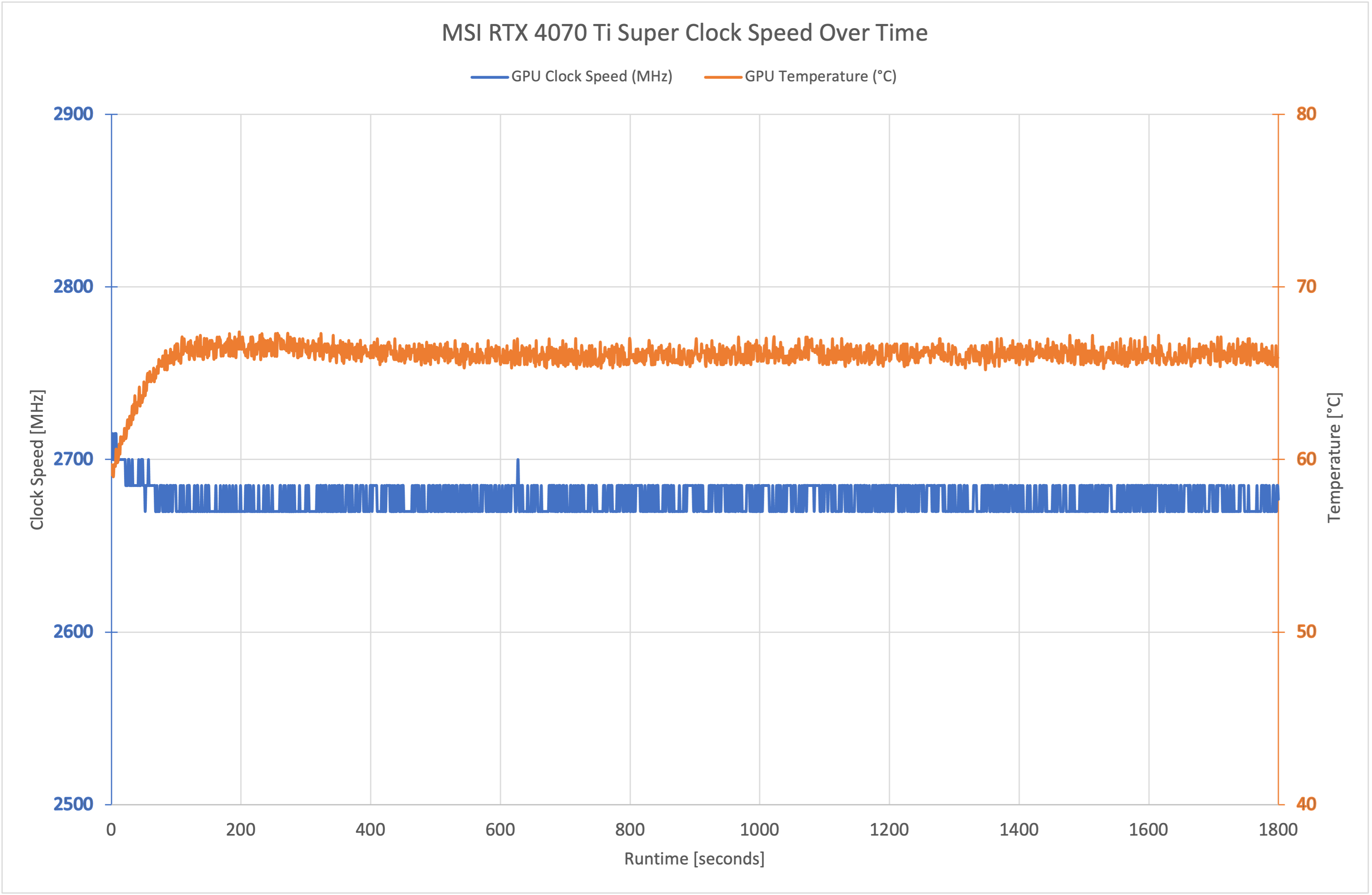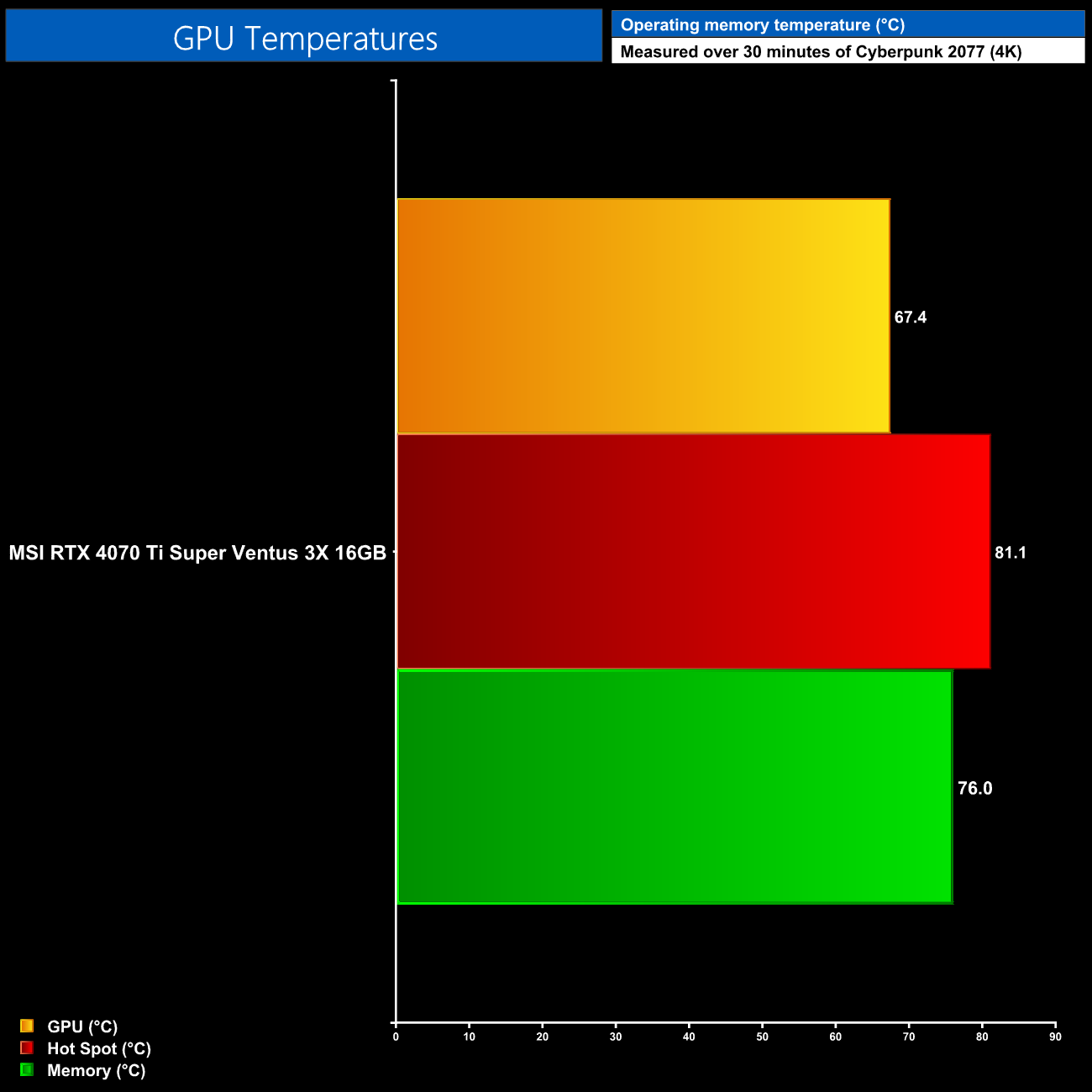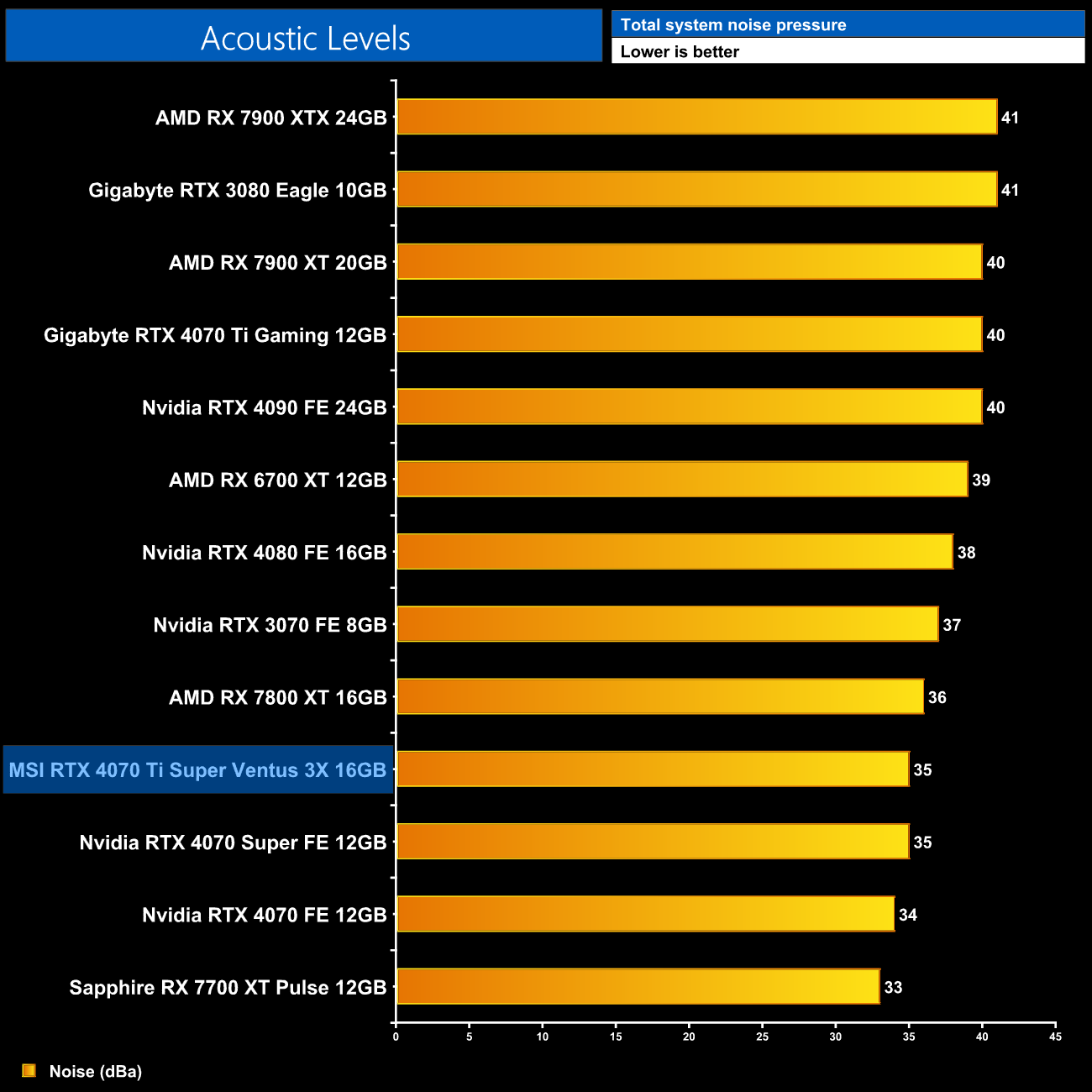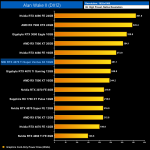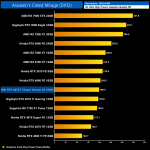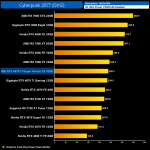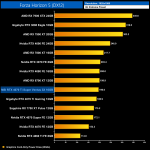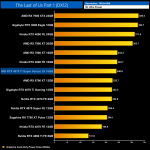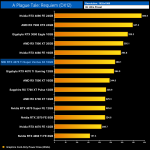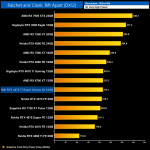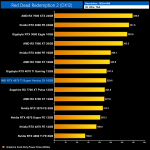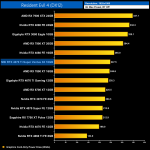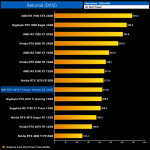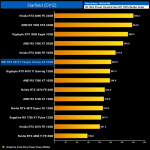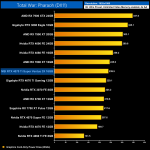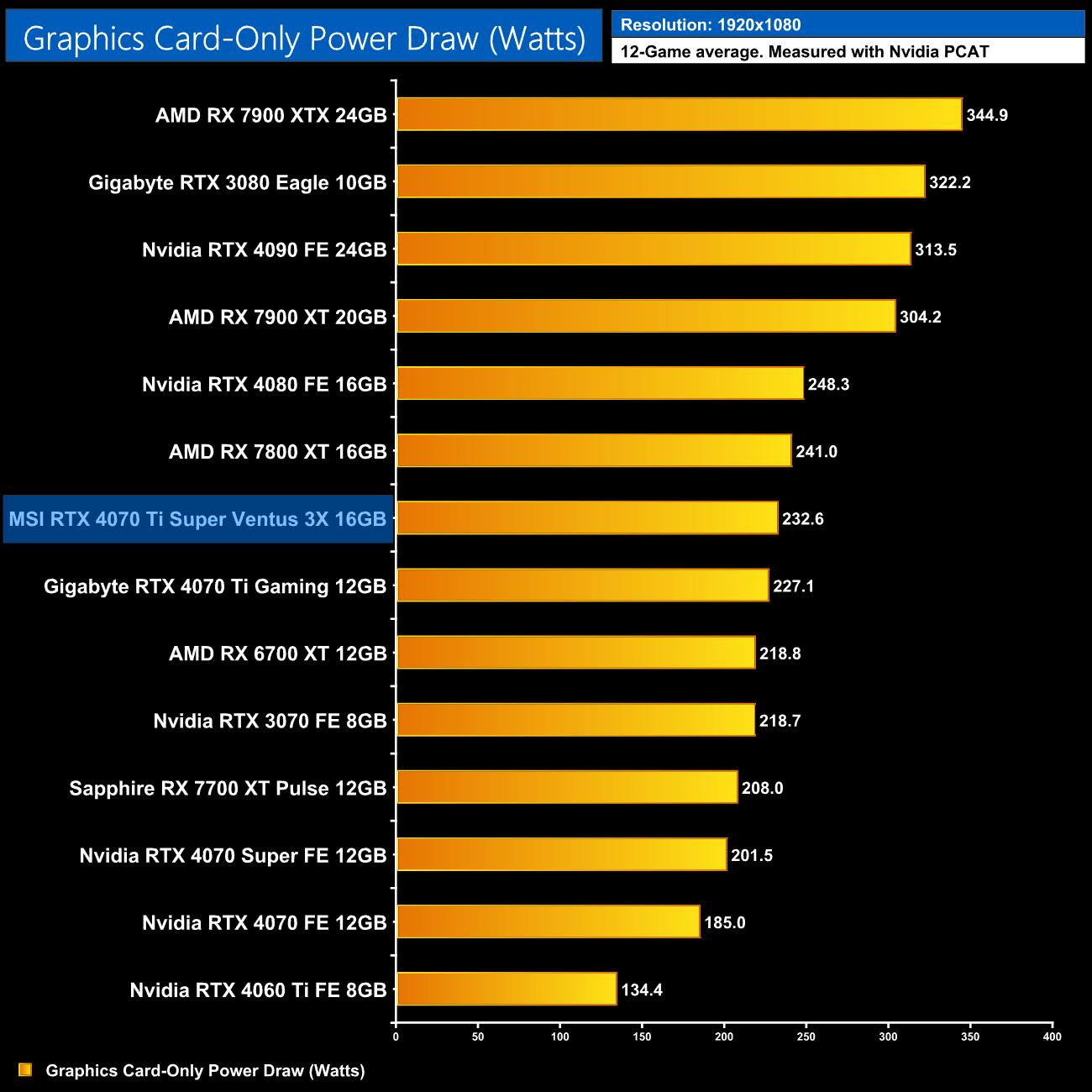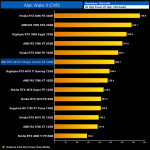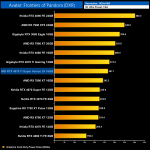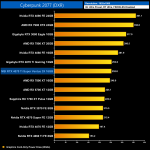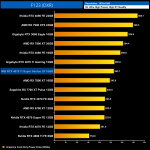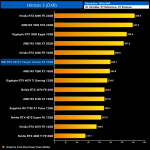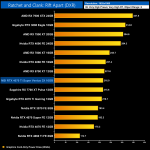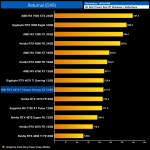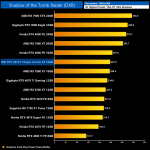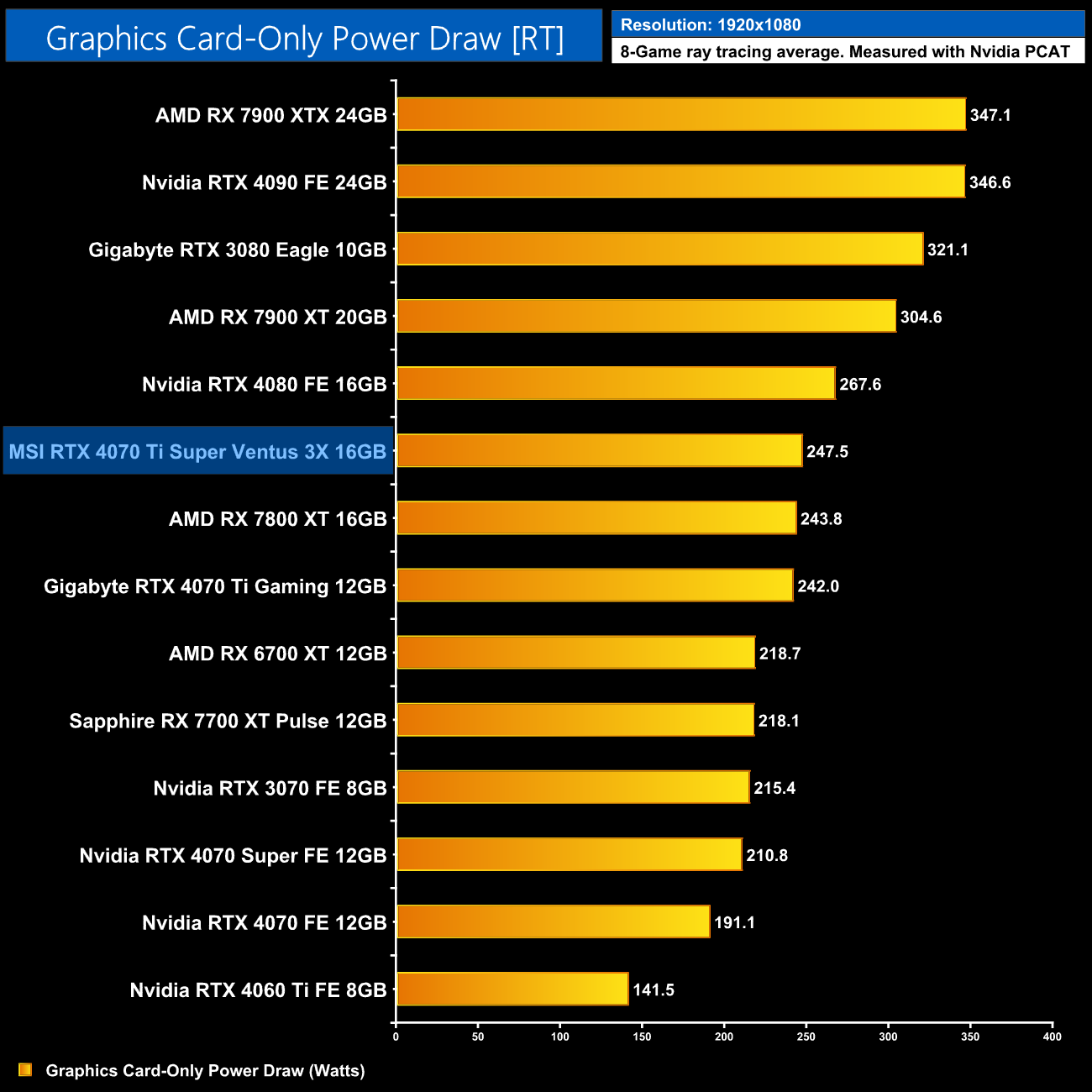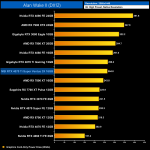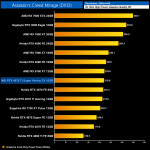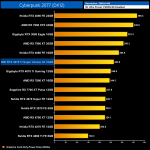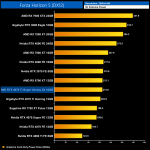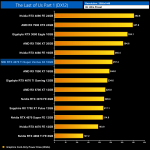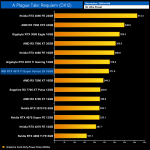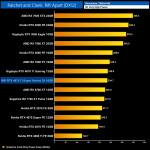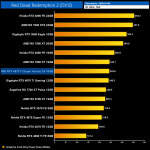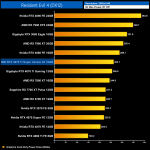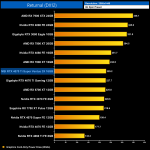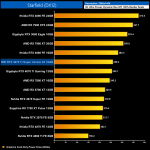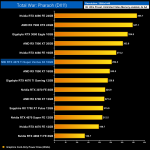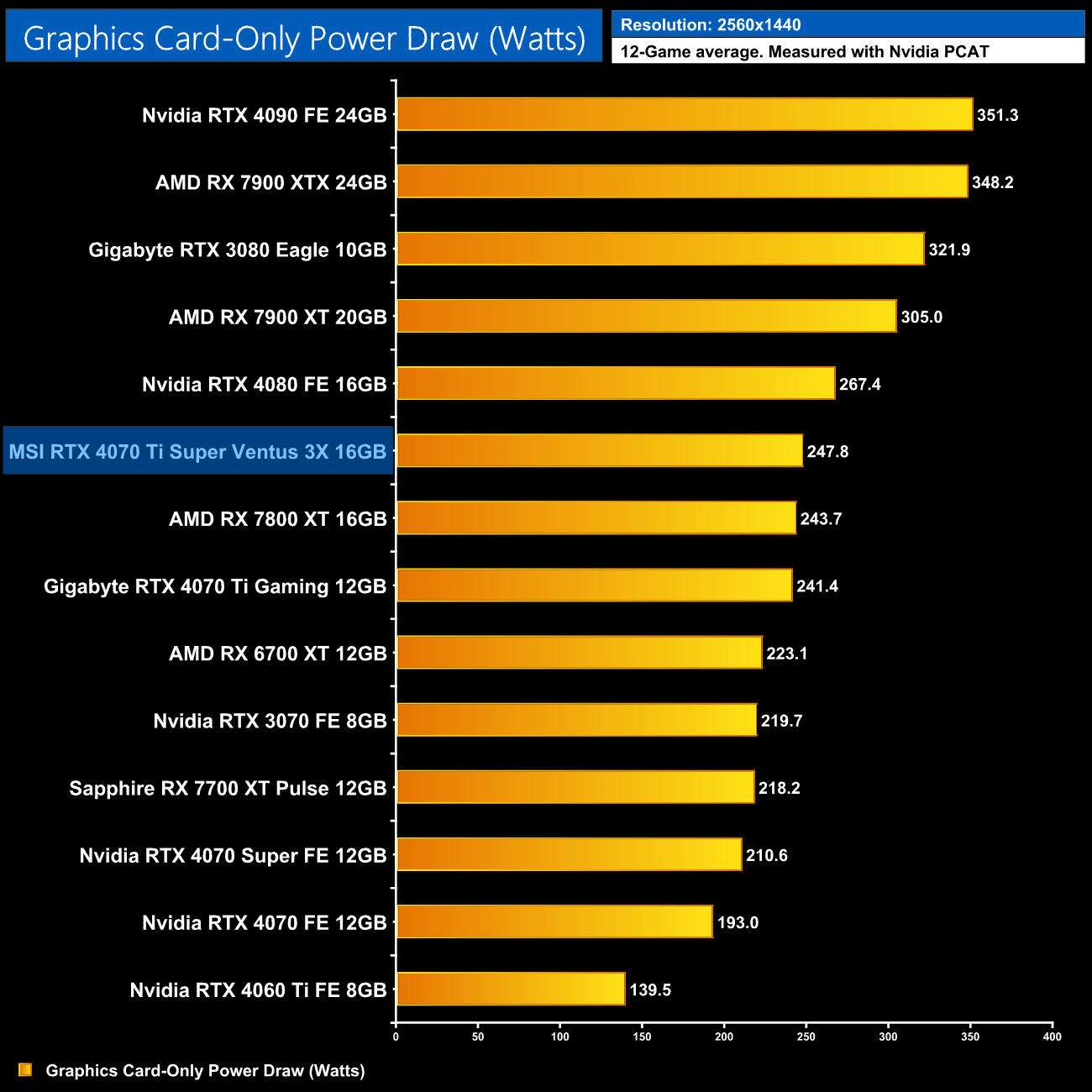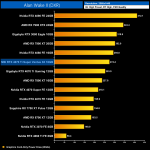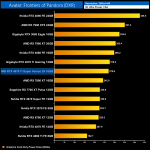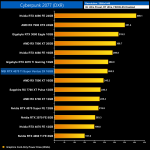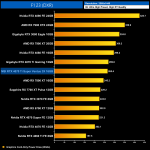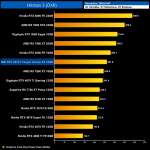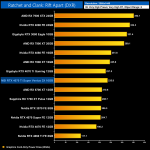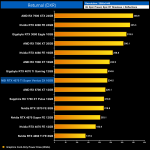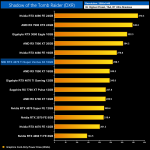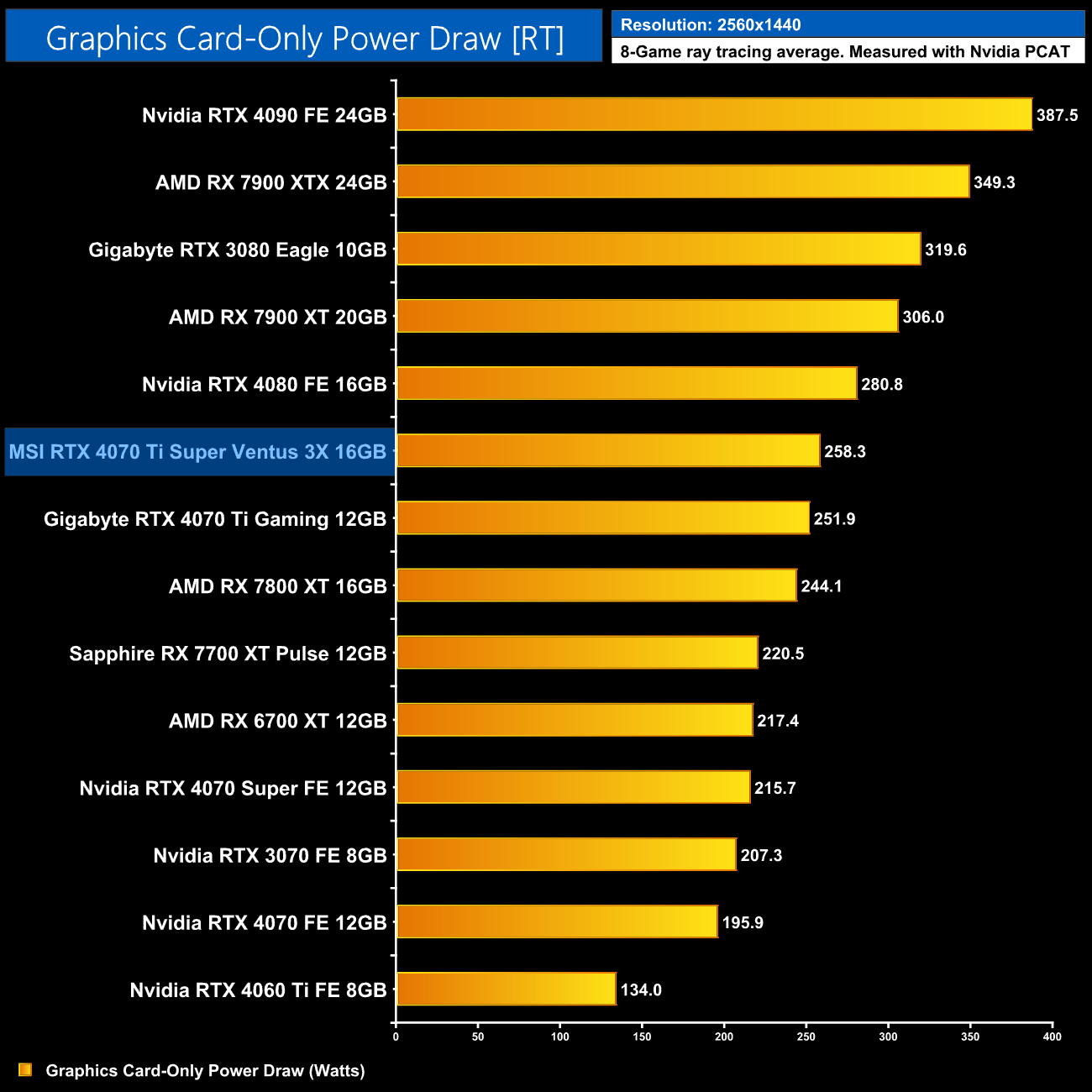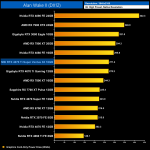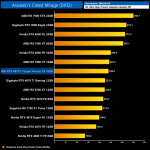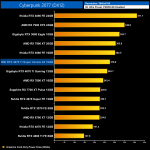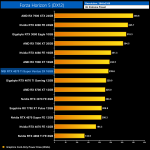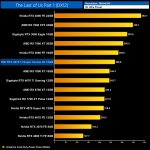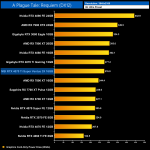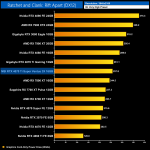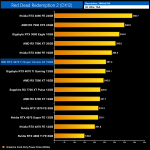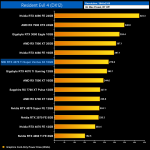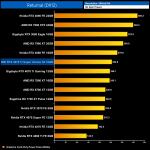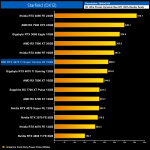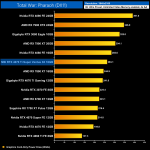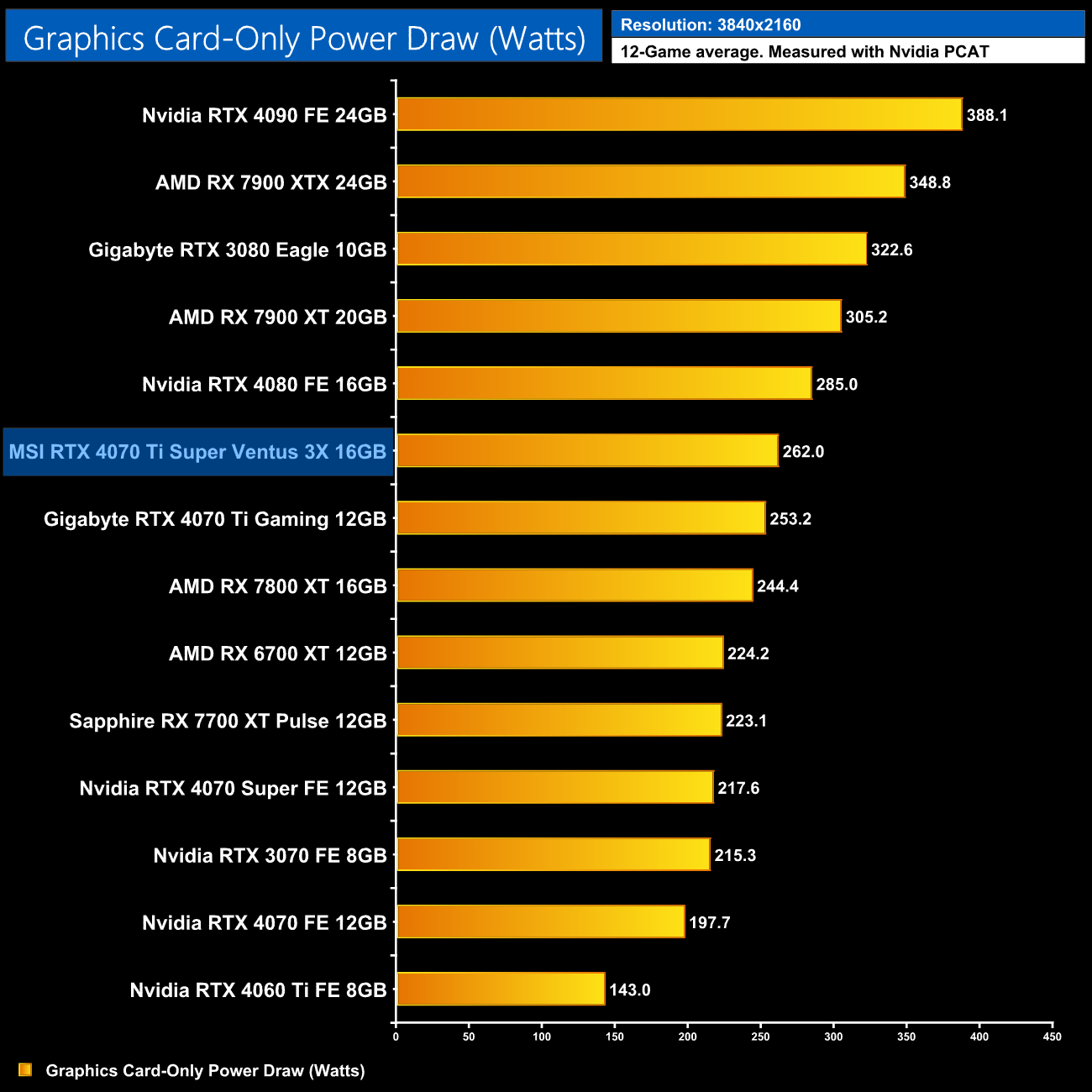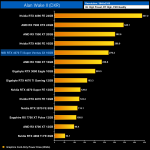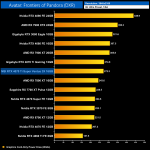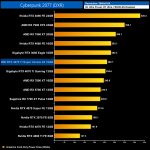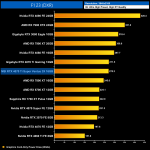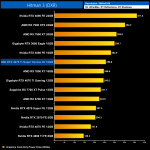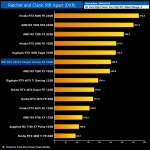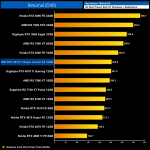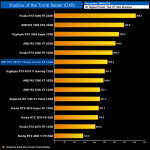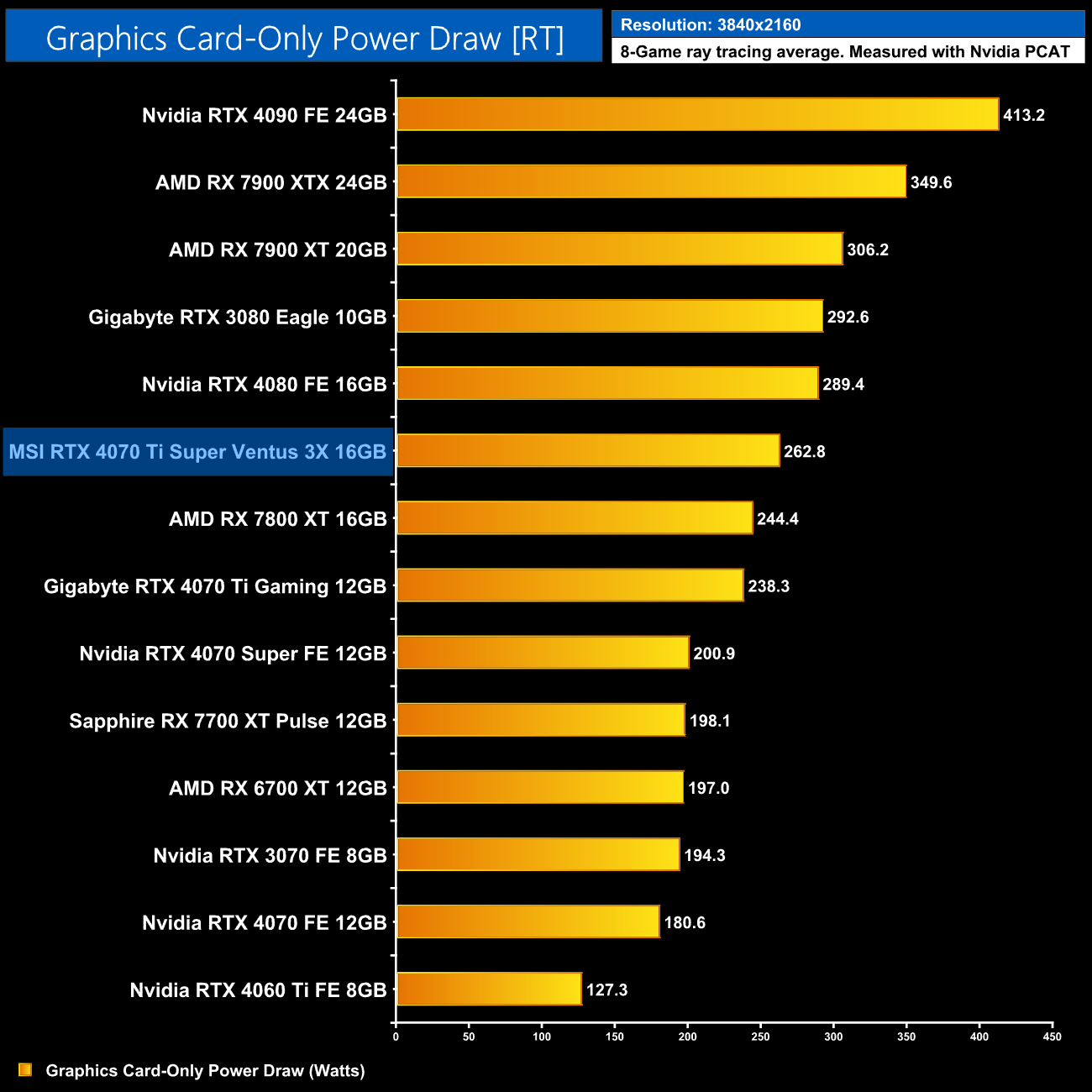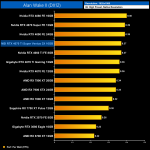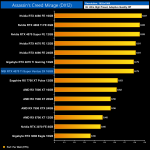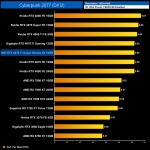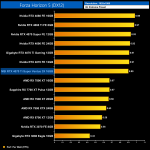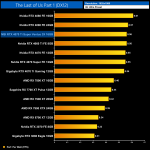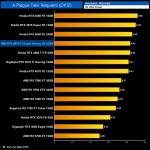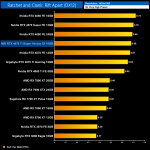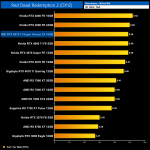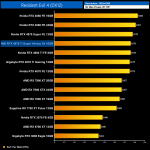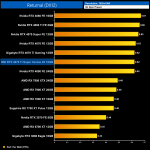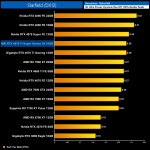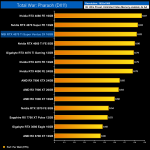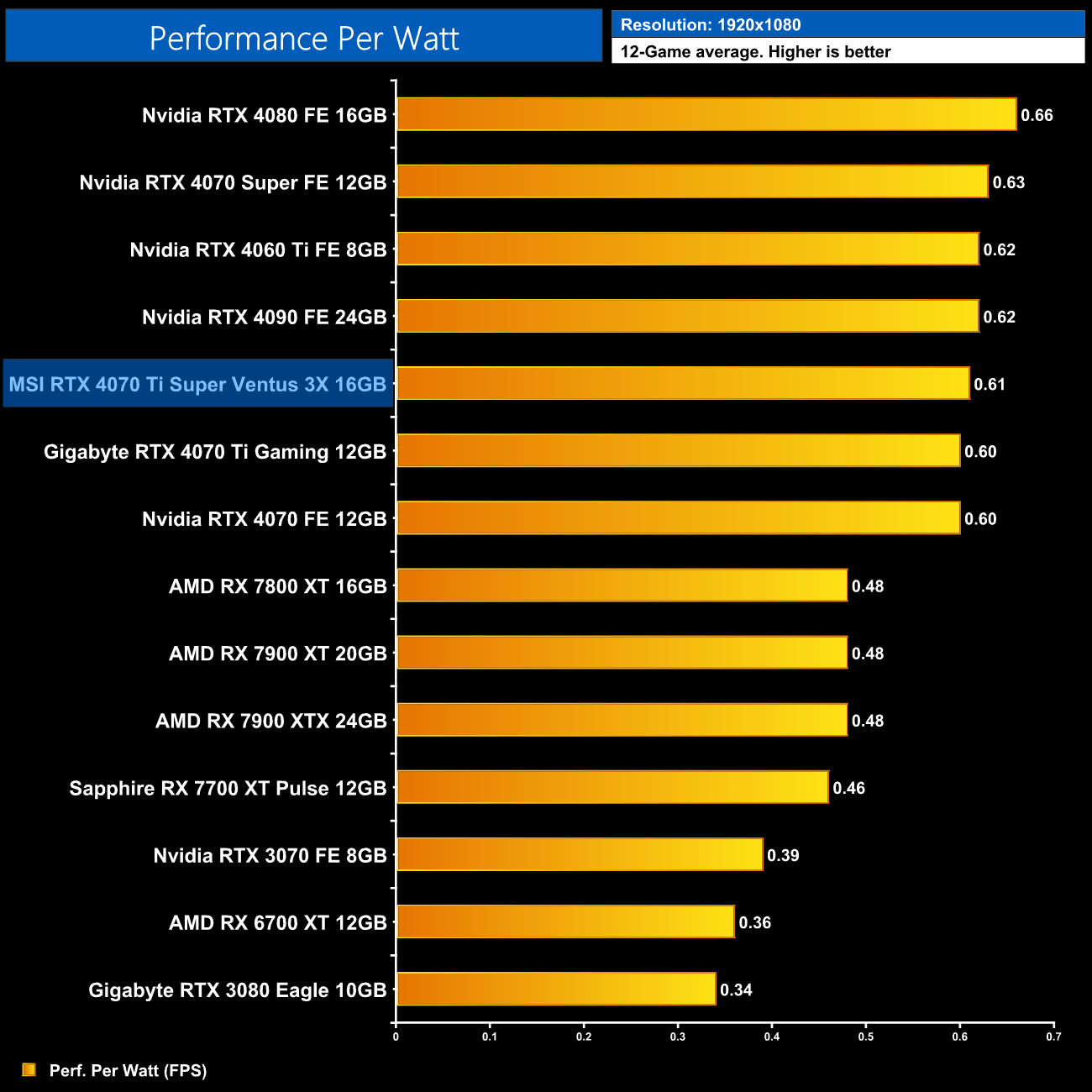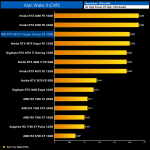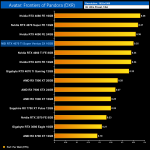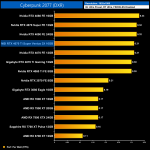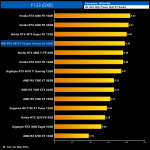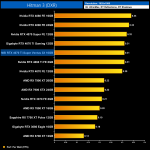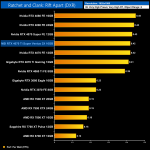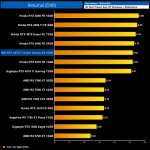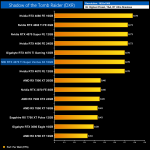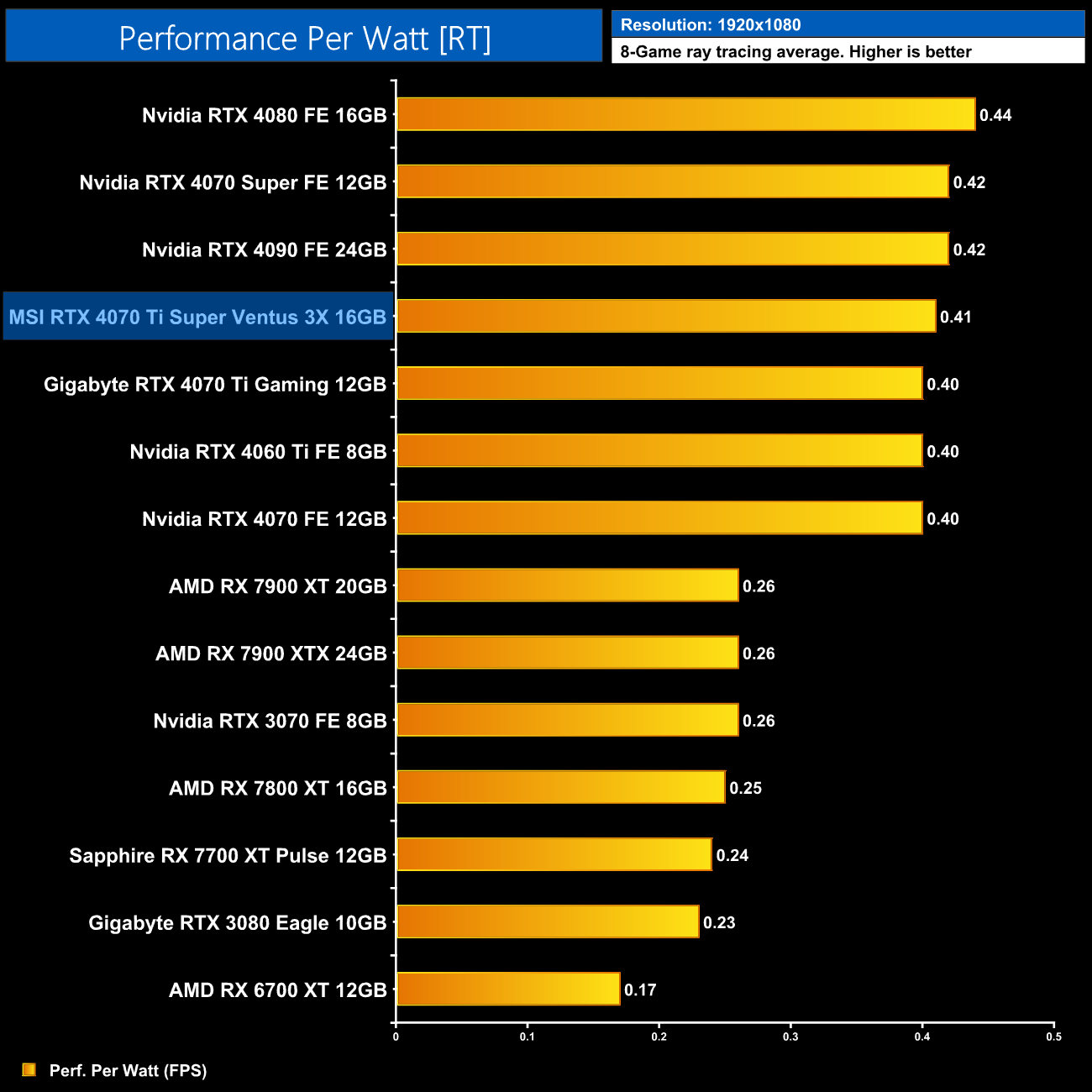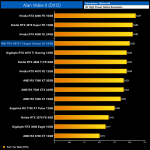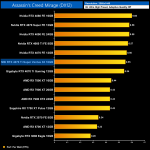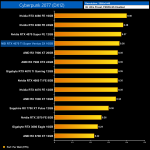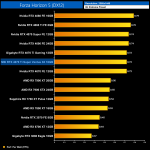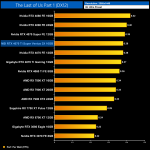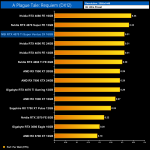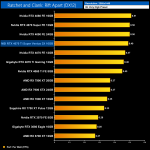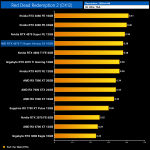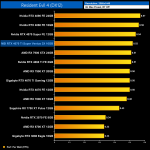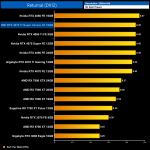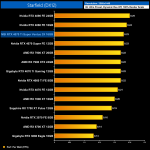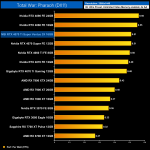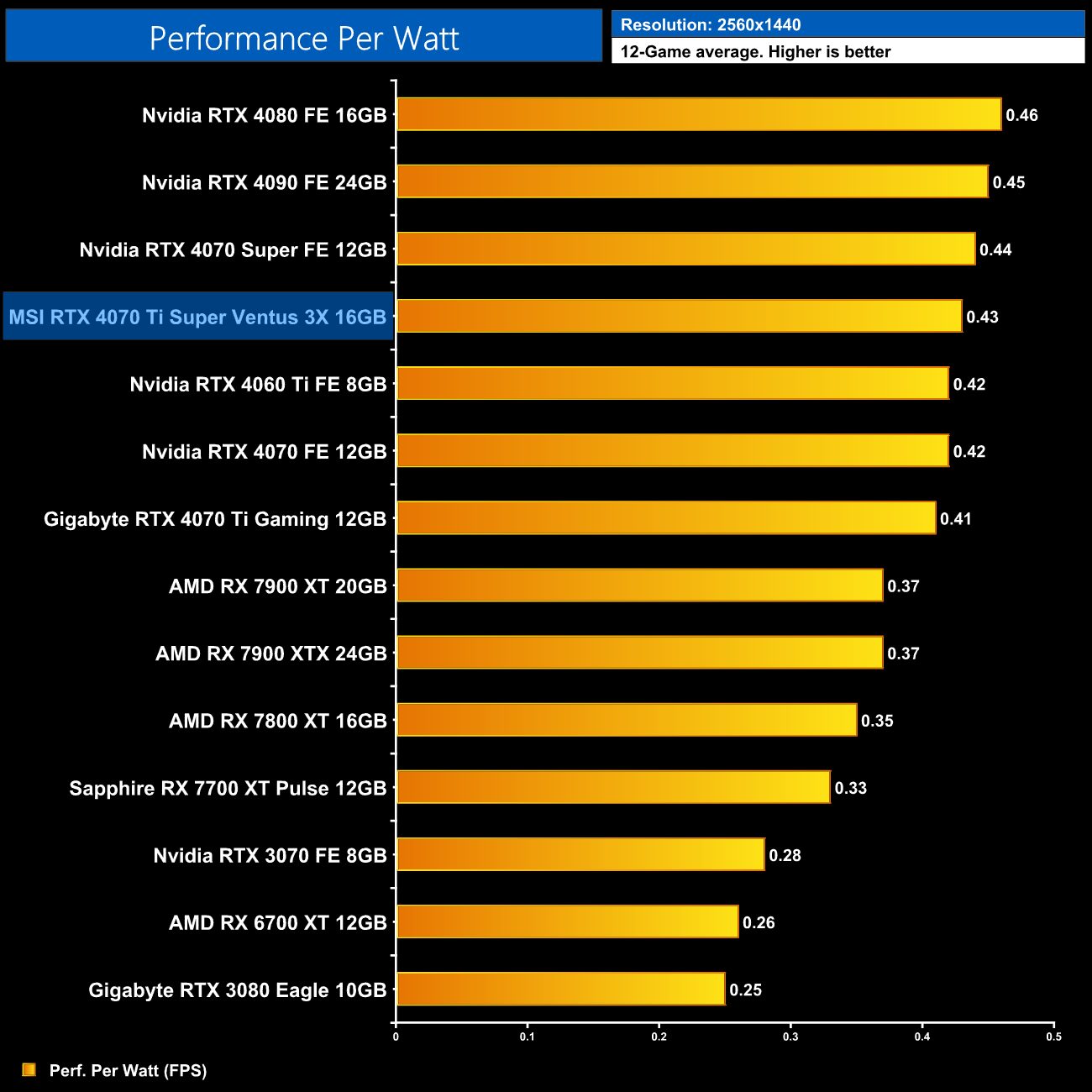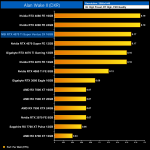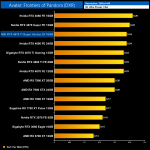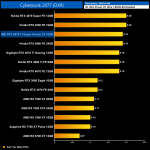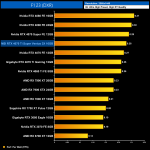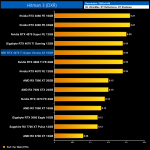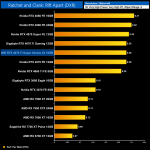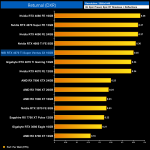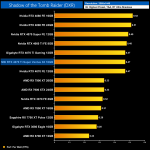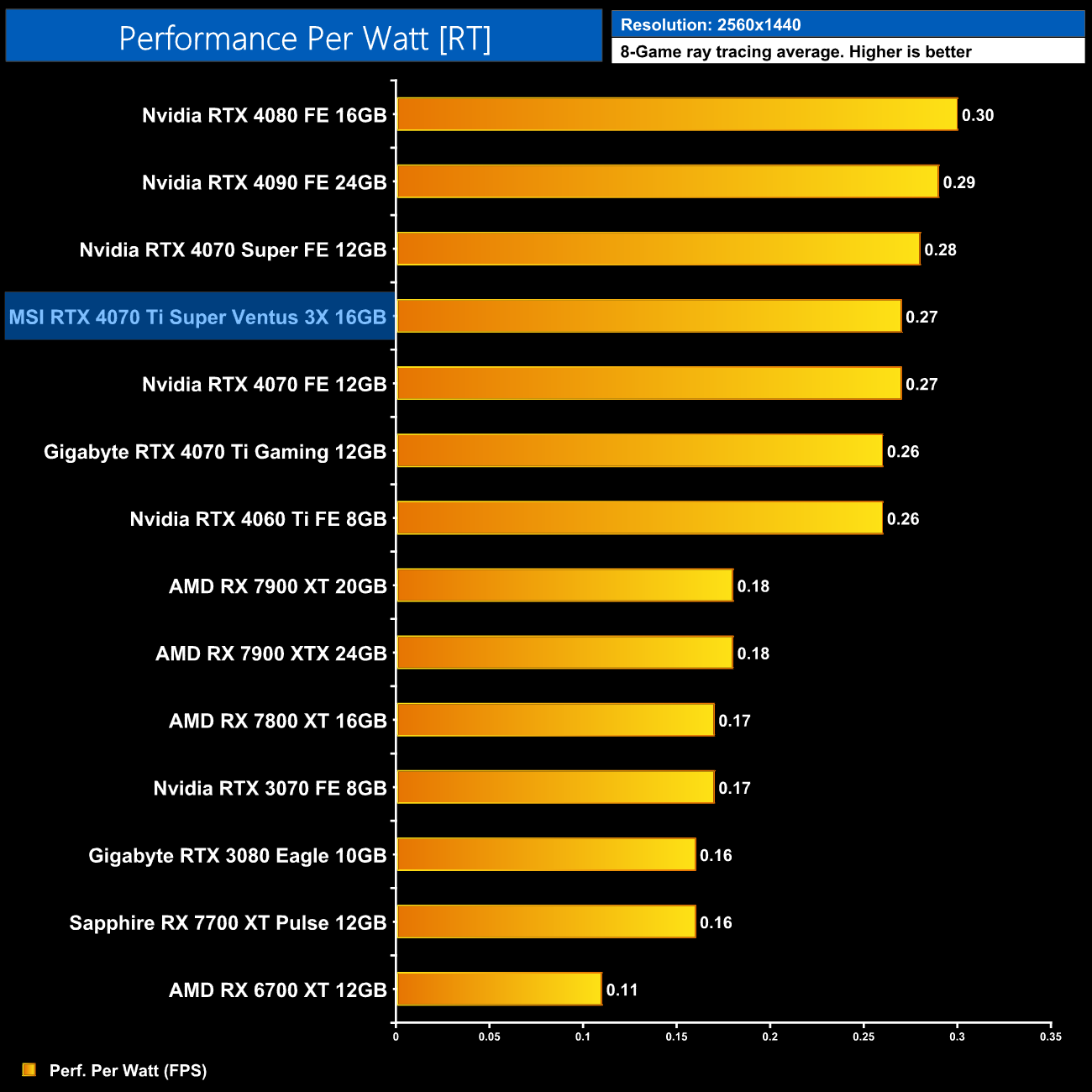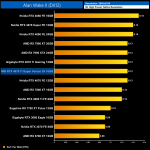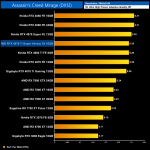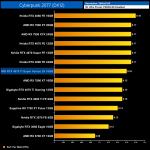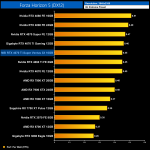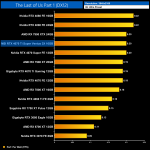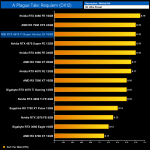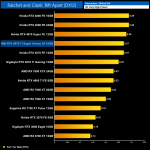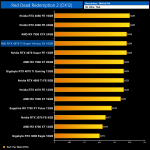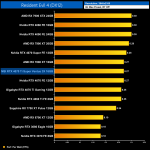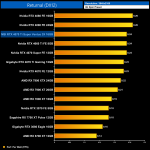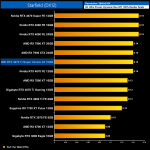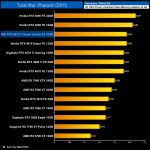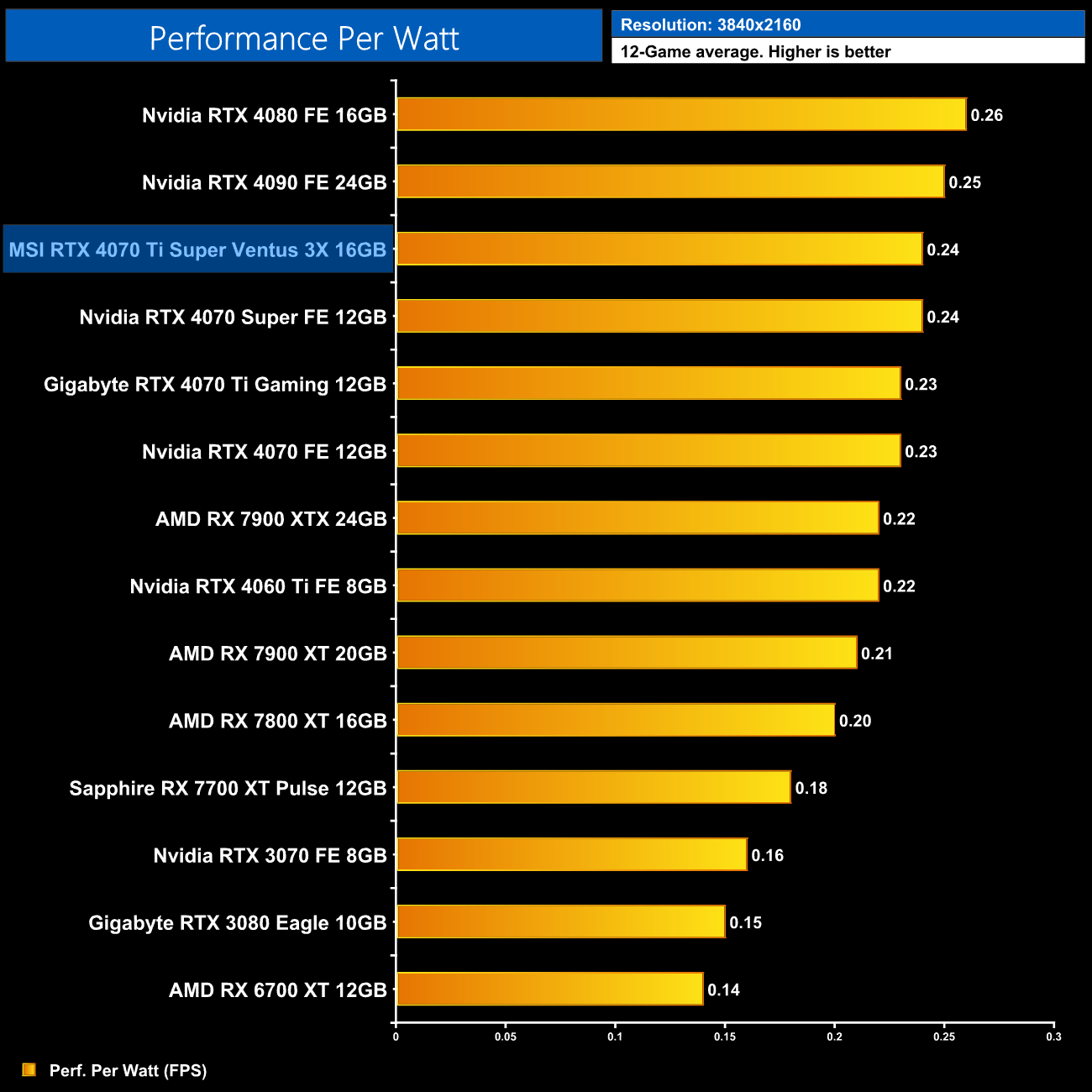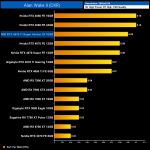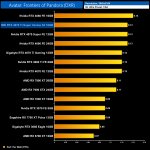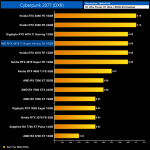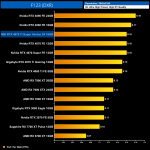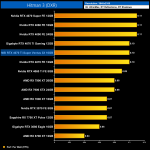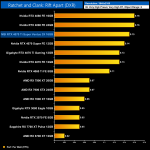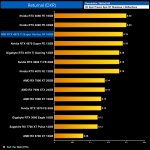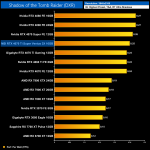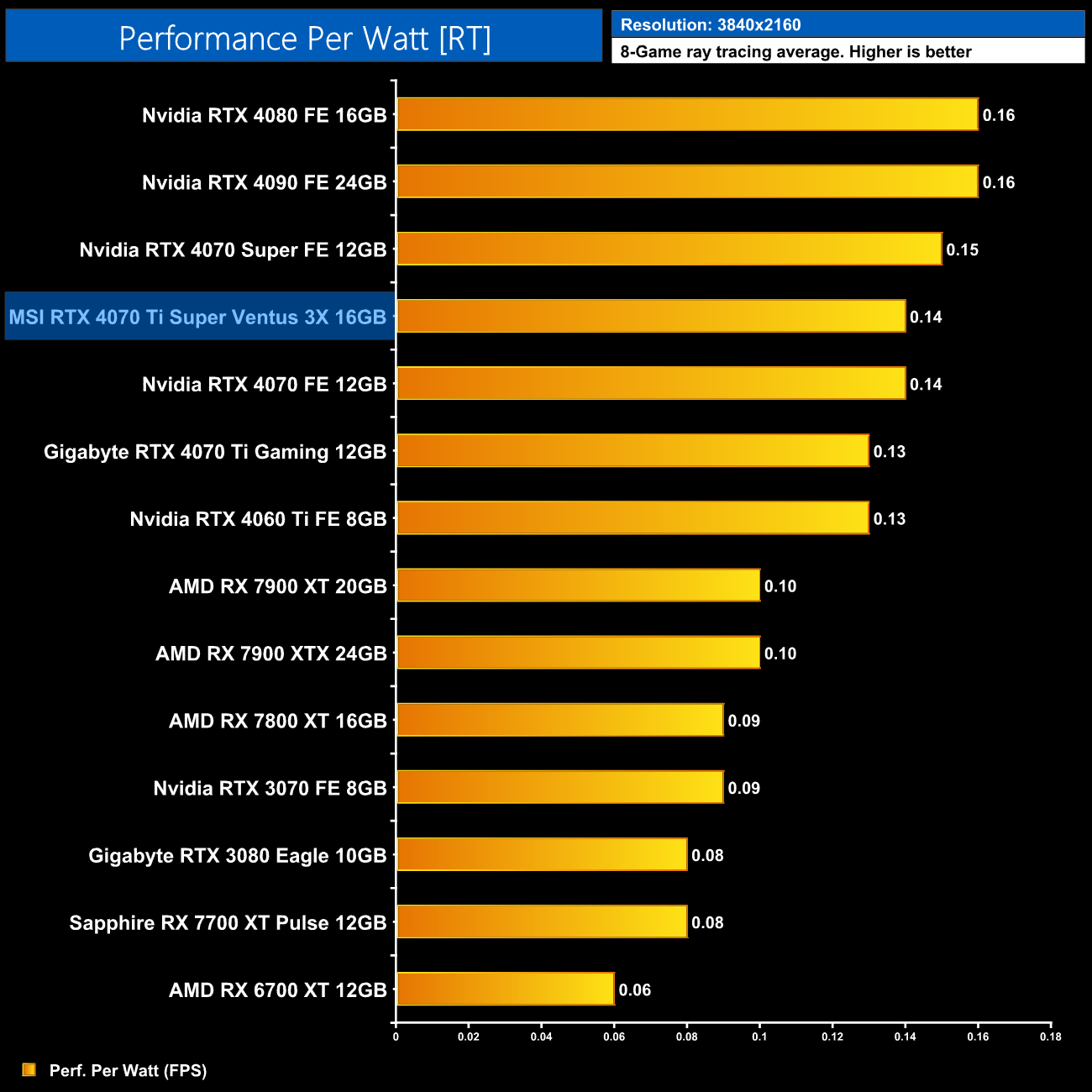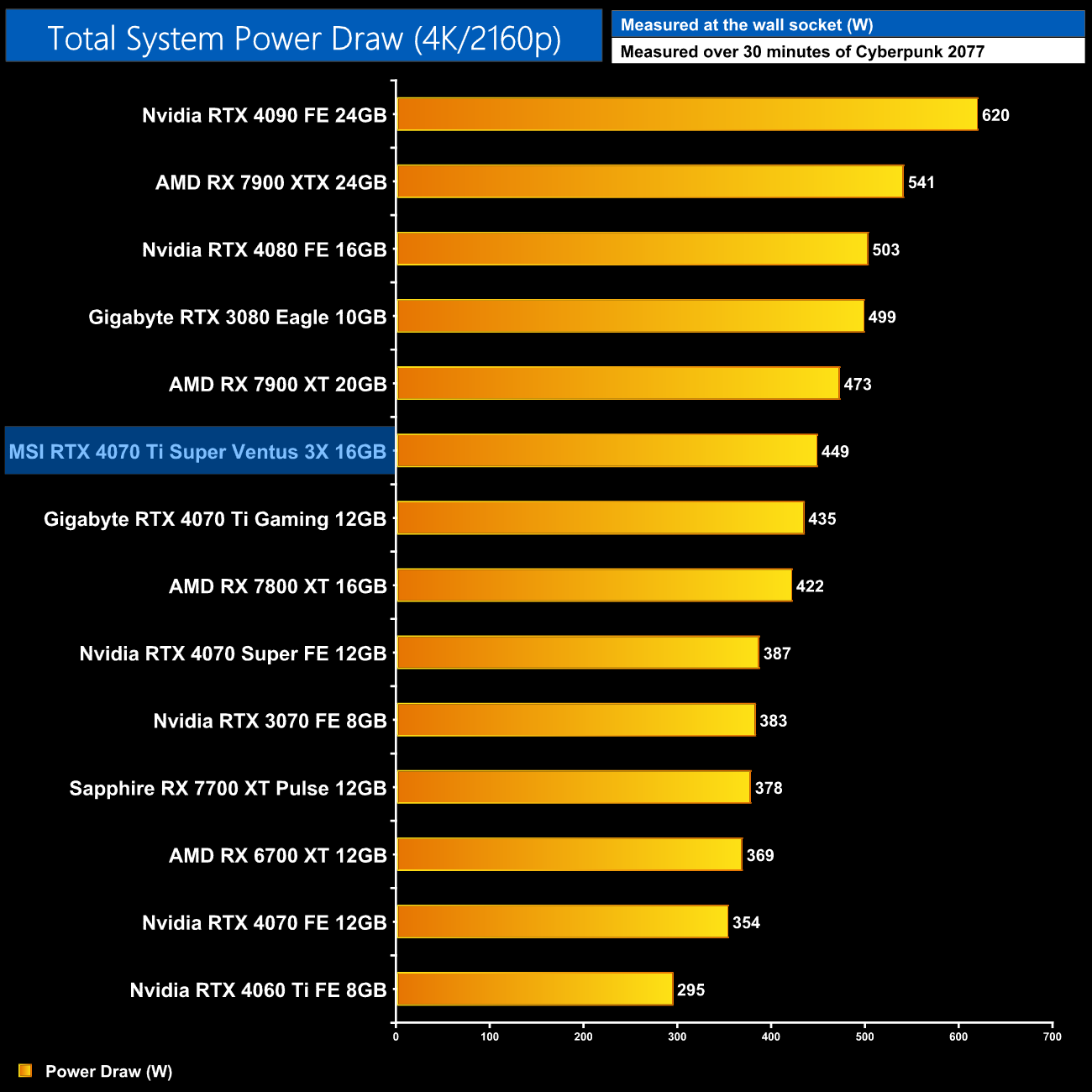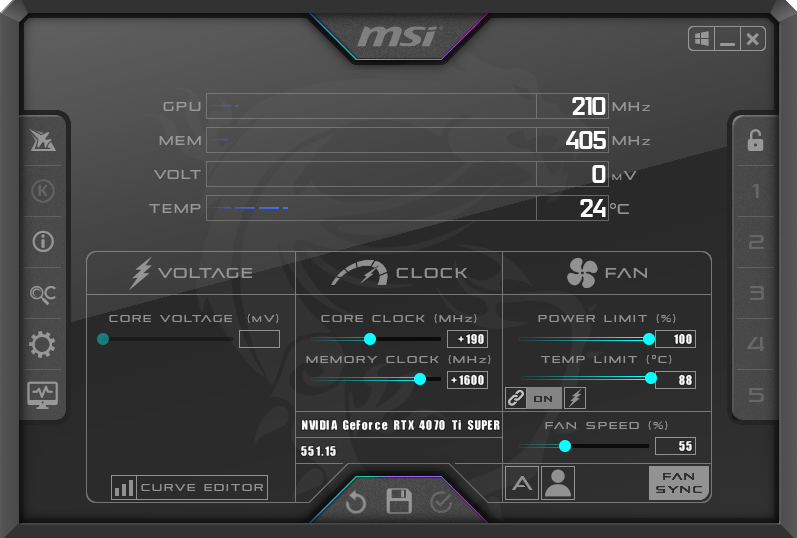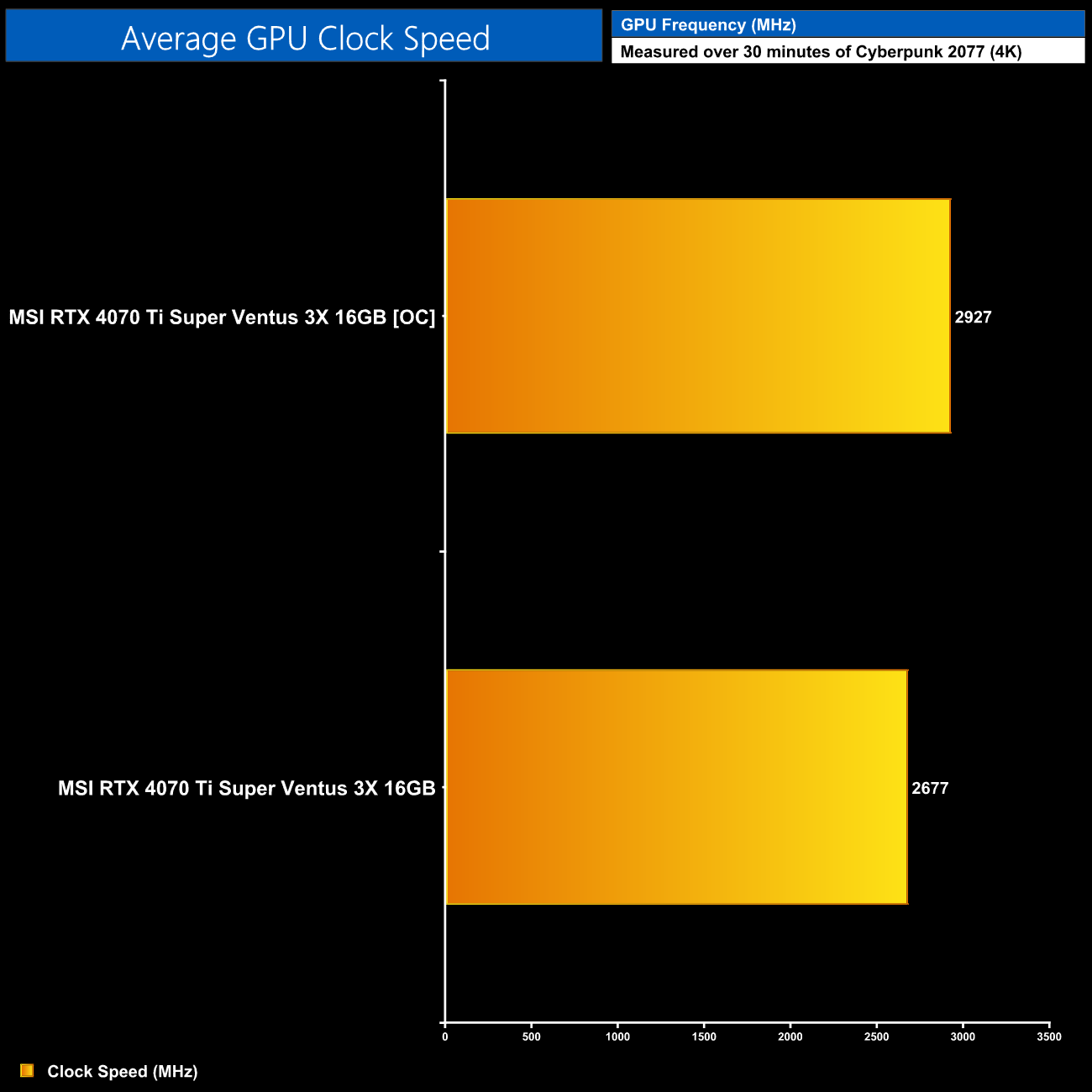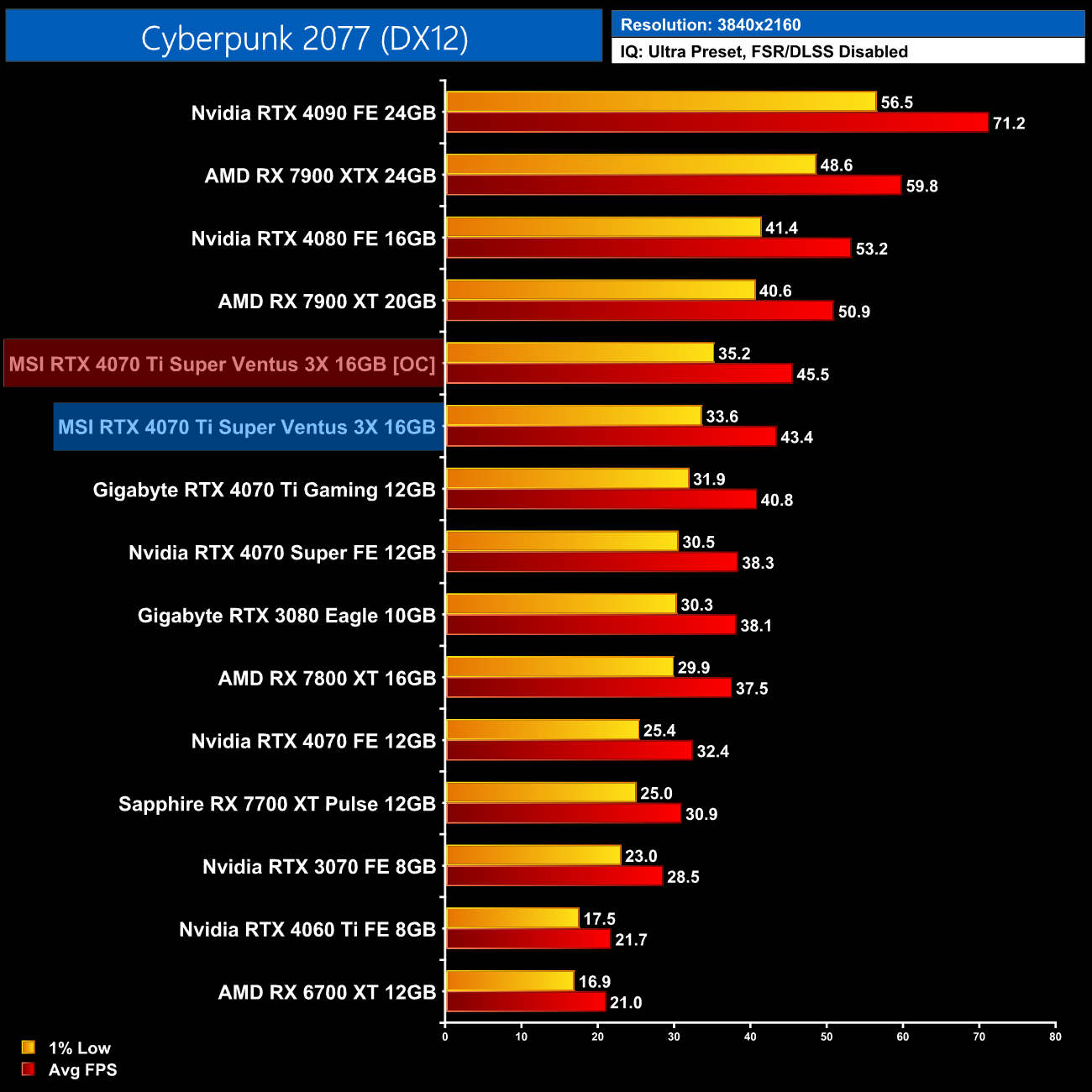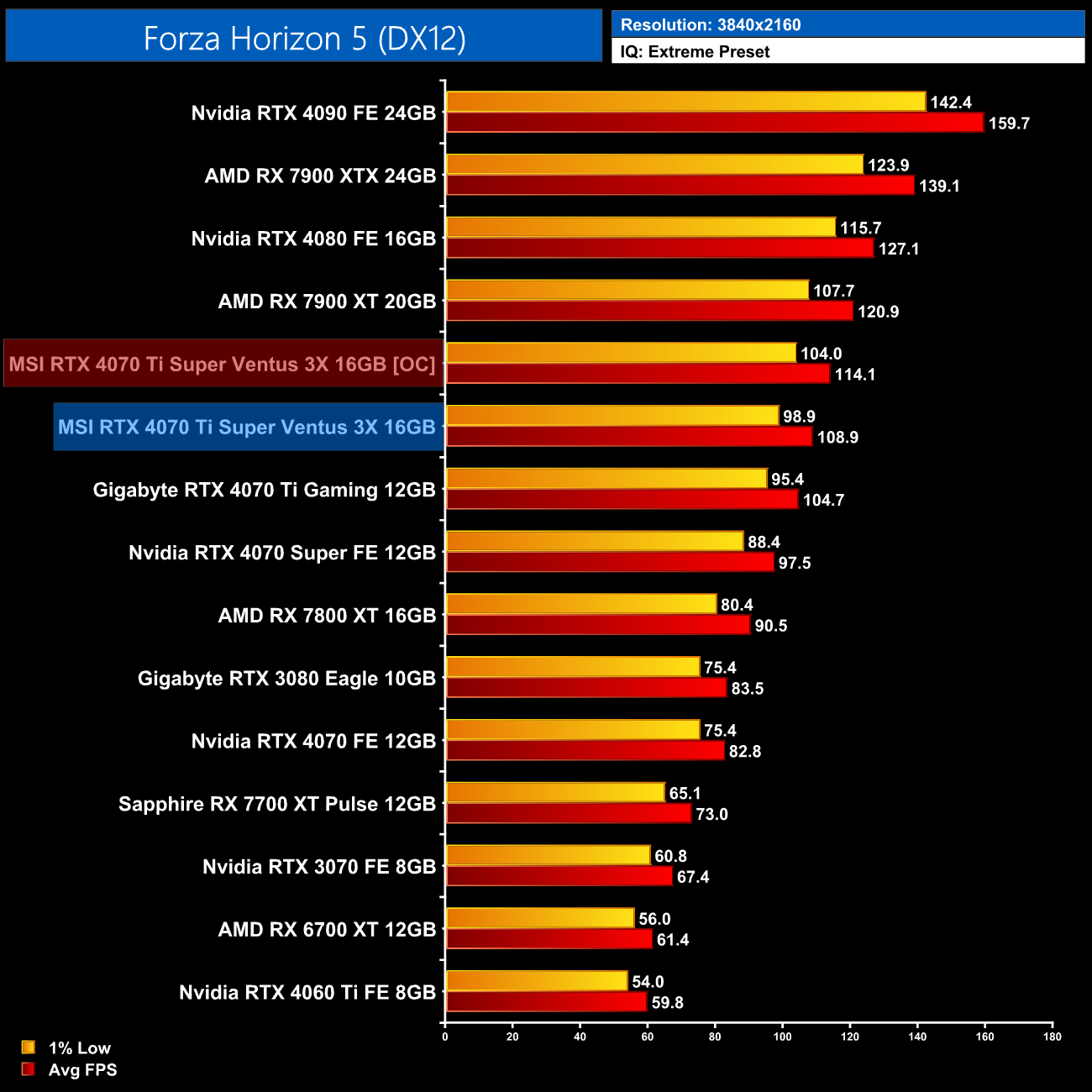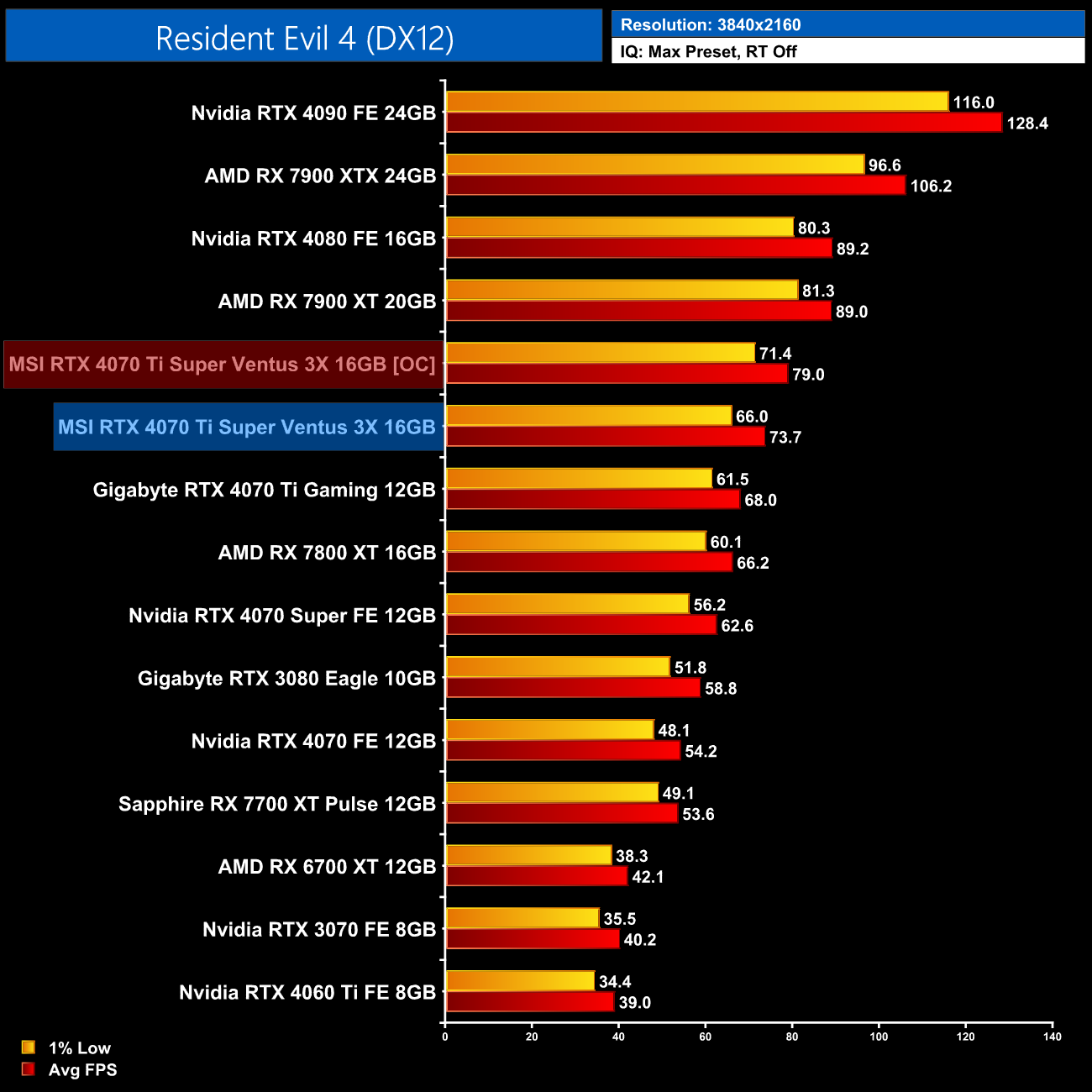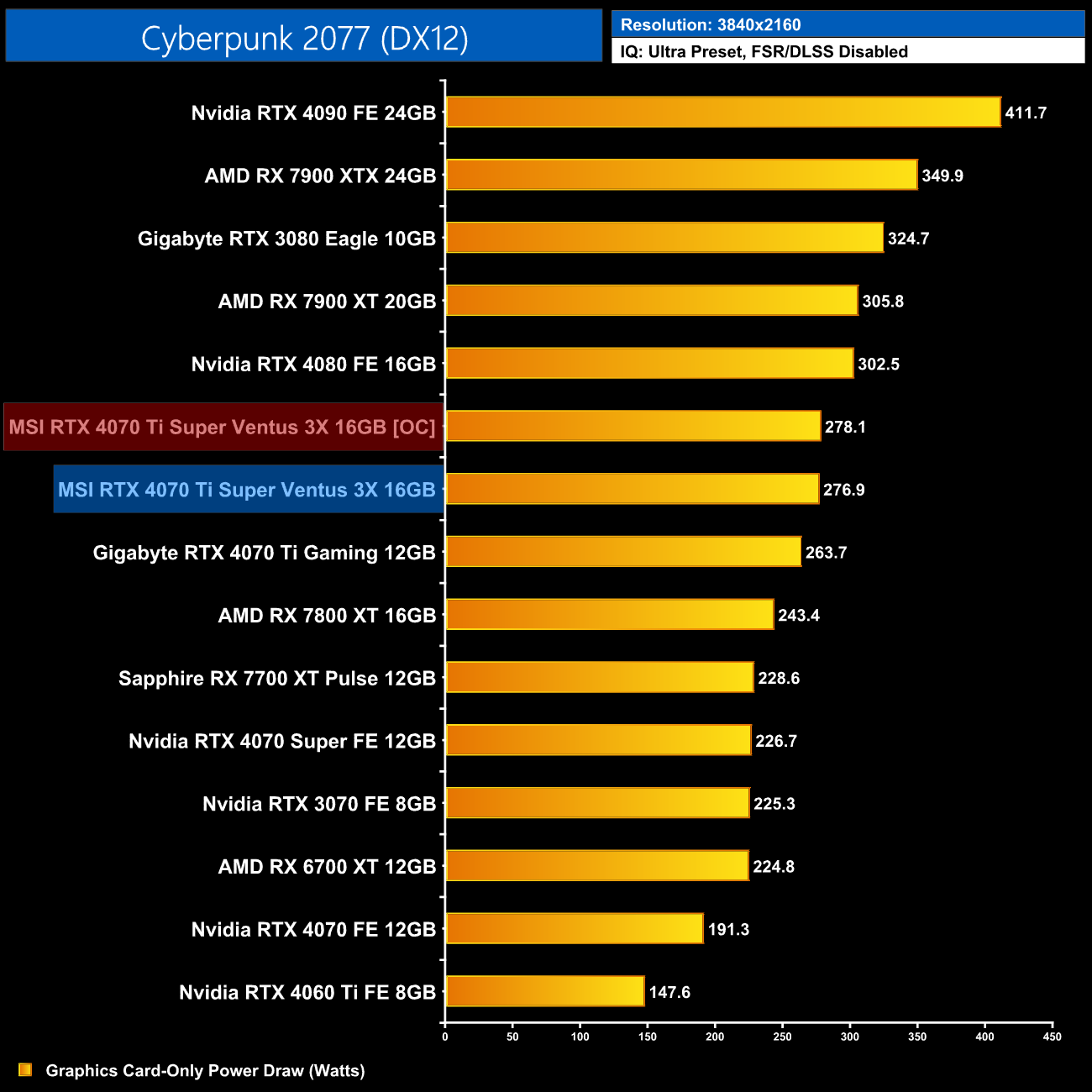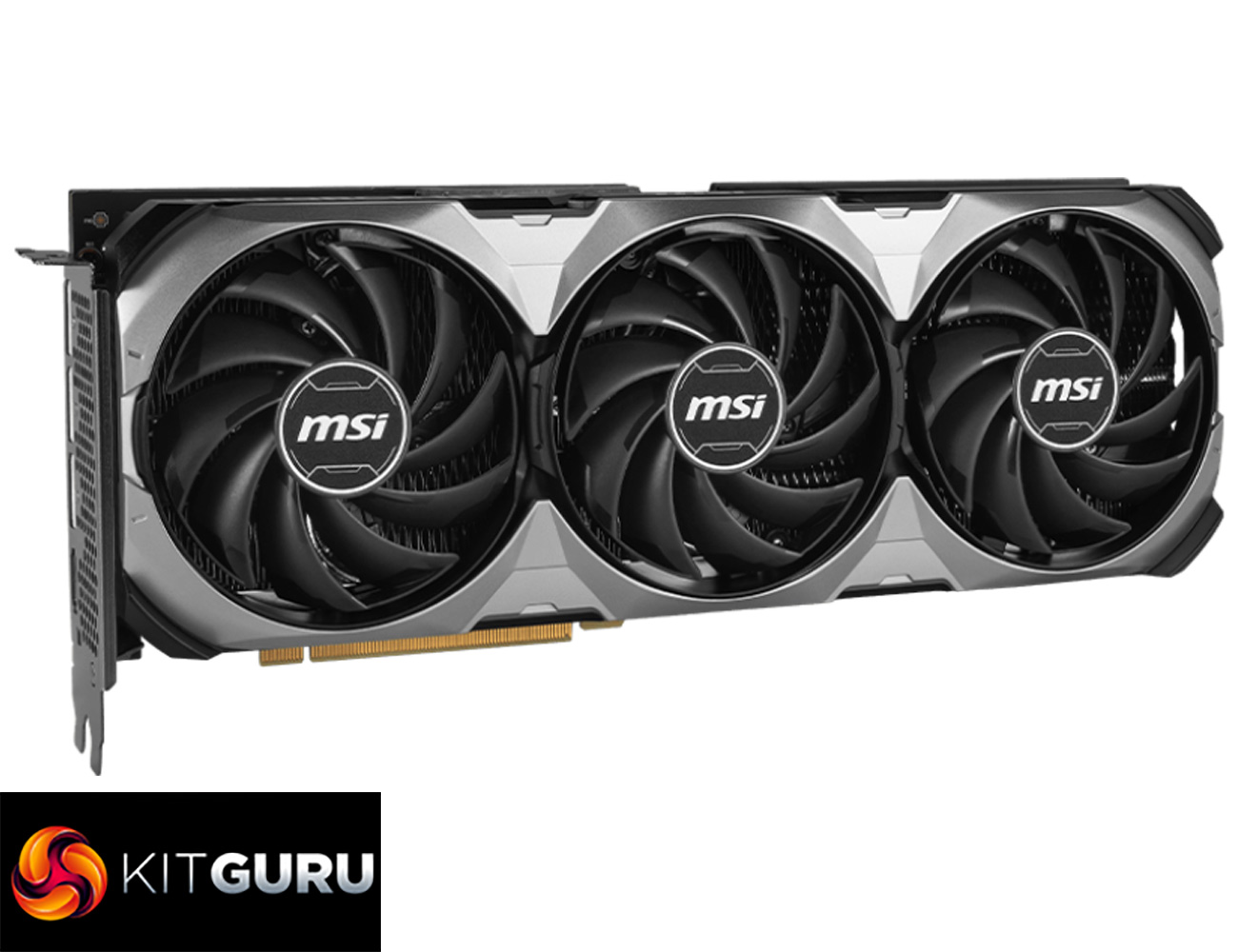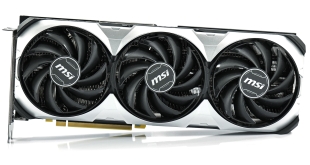
When Nvidia announced the RTX 40-series Super refresh, my eyes were instantly drawn to the RTX 4070 Ti Super. It may have a somewhat ridiculous name, but by offering 16GB VRAM and a 256-bit memory interface, it answers one of the main criticisms levelled at the other xx70 SKUs, namely the memory capacity. Factoring in the 10% boost in CUDA cores as well as the fact that the 4070 Ti Super launches at the same price as the RTX 4070 Ti, and we certainly have potential for this to be one of the best 40-series GPUs yet.
While it's true that the Nvidia RTX 4070 Ti Super is launching at the same $799 MSRP as the original RTX 4070 Ti, in the UK the situation is even better. The 4070 Ti launched at £799 on these shores, but due to changing exchange rates, the 4070 Ti Super lands at £769, so it should be both faster and cheaper than the GPU it replaces.
It's also worth making clear that, as with the 4070 Ti launch, there is no Founders Edition model for the 4070 Ti Super. Instead, we were sent the MSI Ventus 3X model, which is designed to be an MSRP card according to Nvidia. Let's find out what it has to offer…
If you want to read this review as a single page, click HERE.
| RTX 4080 | RTX 4070 Ti Super | RTX 4070 Ti | RTX 4070 Super | RTX 4070 | |
| Process | TSMC N4 | TSMC N4 | TSMC N4 | TSMC N4 | TSMC N4 |
| SMs | 76 | 66 | 60 | 56 | 46 |
| CUDA Cores | 9728 | 8448 | 7680 | 7168 | 5888 |
| Tensor Cores | 304 | 264 | 240 | 224 | 184 |
| RT Cores | 76 | 66 | 60 | 56 | 46 |
| Texture Units | 304 | 264 | 240 | 224 | 184 |
| ROPs | 112 | 96 | 80 | 80 | 64 |
| GPU Boost Clock | 2505 MHz | 2610 MHz | 2610 MHz | 2475 MHz | 2475 MHz |
| Memory Data Rate | 22.4 Gbps | 21 Gbps | 21 Gbps | 21 Gbps | 21 Gbps |
| L2 Cache | 65536 KB | 49152 KB | 49152 KB | 36864 KB | 36864 KB |
| Total Video Memory | 16GB GDDR6X | 16GB GDDR6X | 12GB GDDR6X | 12GB GDDR6X | 12GB GDDR6X |
| Memory Interface | 256-bit | 256-bit | 192-bit | 192-bit | 192-bit |
| Memory Bandwidth | 716.8 GB/Sec | 672 GB/Sec | 504 GB/Sec | 504 GB/Sec | 504 GB/Sec |
| TGP | 320W | 285W | 285W | 220W | 200W |
First, a quick spec recap. Unlike the RTX 4070 Ti and RTX 4070 Super which are based on AD104 silicon, the new 4070 Ti Super uses a cut-down AD103 die, measuring 379mm2. The fundamental building blocks are still the same of course, with the RTX 4070 Ti Super offering a total of 66 Streaming Multiprocessors (SMs), each housing 128 CUDA Cores, for a total of 8448. We also find 66 RT cores, 264 Tensor cores, 264 Texture Units, and 96 ROPs.
TSMC's N4 node has Nvidia cranking up the clock speed significantly this generation, with the RTX 4070 Ti Super sporting the same 2610MHz rated boost clock as the 4070 Ti. That's 95MHz faster than the rated clock speed of the RTX 4080, but we would expect GPU Boost to push things further still.
The memory configuration is arguably the biggest upgrade over the other xx70 series SKUs. Moving to AD103 means the 4070 Ti Super comes equipped with a 256-bit memory interface, paired with 16GB GDDR6X running at 21Gbps, putting total memory bandwidth at 672 GB/s. L2 cache remains the same as the RTX 4070 Ti, with 49152KB.
Considering the increased core-count, it's interesting that power draw remains the same as the RTX 4070 Ti, with the new Super model still boasting a 285W TGP. This is something we focus on closely in this review, using our enhanced GPU power testing methodology, so read on for our most detailed power and efficiency testing yet.
The MSI RTX 4070 Ti Super Ventus 3X ships in a black box, with a large image of the graphics card visible on the front. On the back, MSI highlights various key features of the card and its cooler.
Inside, MSI provides a quick start guide as well as an anti-sag bracket, always a welcome extra for big modern day cards. A dual 8-pin to 12VHPWR adapter is also included.
Looking at the card itself, MSI is using a two-tone black and silver shroud. It looks nice enough, though it is rather plasticky – build quality should definitely be better considering the price point of the 4070 Ti Super.
It is a triple-fan cooler though, using MSI's Torx 4.0 design, with each fan measuring approximately 90mm in diameter.
The front side of the card is home to the GeForce RTX and MSI logos printed in white, do note that there are no RGB LEDs anywhere on this card so nothing lights up once the system is powered on.
As for the backplate, rather disappointingly this is made from plastic which belies the fact this is a graphics card priced at over £750 – I'd certainly expect a metal backplate here. It does offer a few cut-outs towards the end of the card to allow air to pass though the heatsink.
Power is supplied by a single 12VHPWR/PCIe Gen5 power connector, though a dual 8-pin adapter is included in the box. Display outputs are unchanged, with 3x DisplayPort 1.4 and 1x HDMI 2.1 connectors.
Driver Notes
- AMD GPUs were benchmarked with the Adrenalin 23.12.1 driver.
- Nvidia GPUs (except RTX 4070 Super/RTX 4070 Ti Super) were benchmarked with the 546.33 driver.
- RTX 4070 Super was benchmarked with the 546.52 driver supplied to press.
- RTX 4070 Ti Super was benchmarked with the 551.15 driver supplied to press.
Results are only directly comparable where this exact configuration has been used.
Test System:
We test using a custom built system from PCSpecialist, based on Intel’s Rocket Lake platform. You can read more about this system HERE and configure your own PCSpecialist system HERE.
| CPU |
Intel Core i9-13900KS
|
| Motherboard |
Gigabyte Z790 Gaming X AX
|
| Memory |
32GB (2x16GB) Corsair Dominator Platinum RGB DDR5 6000MHz
|
| Graphics Card |
Varies
|
| SSD |
4TB Seagate Firecuda 530 Gen 4 PCIe NVMe
|
| Chassis | Corsair 5000D Airflow Tempered Glass Gaming Case |
| CPU Cooler |
Corsair iCUE H150i Elite RGB High Performance CPU Cooler
|
| Power Supply |
Corsair 1600W Pro Series Titanium AX1600i Digital Modular PSU
|
| Operating System |
Windows 11 23H2
|
| Monitor |
MSI Optix MPG321UR-QD
|
| Resizable BAR |
Enabled for all supported GPUs
|
Comparison Graphics Cards List
- AMD RX 7900 XTX 24GB
- AMD RX 7900 XT 20GB
- AMD RX 7800 XT 16GB
- Sapphire RX 7700 XT Pulse 12GB
- AMD RX 6700 XT 12GB
- Nvidia RTX 4090 FE 24GB
- Nvidia RTX 4080 FE 16GB
- Gigabyte RTX 4070 Ti Gaming 12GB
- Nvidia RTX 4070 FE 12GB
- Nvidia RTX 4060 Ti FE 8GB
- Gigabyte RTX 3080 Eagle 10GB
- Nvidia RTX 3070 FE 8GB
All cards were tested at reference specifications.
Software and Games List
- 3DMark Fire Strike & Fire Strike Ultra (DX11 Synthetic)
- 3DMark Time Spy (DX12 Synthetic)
- 3DMark DirectX Raytracing feature test (DXR Synthetic)
- Alan Wake II (DX12)
- Assassin's Creed Mirage (DX12)
- Avatar: Frontiers of Pandora (DX12)
- Cyberpunk 2077 (DX12)
- F1 23 (DX12)
- Forza Horizon 5 (DX12)
- Hitman 3 (DX12)
- The Last of Us Part 1 (DX12)
- Marvel's Spider-Man Remastered (DX12)
- A Plague Tale: Requiem (DX12)
- Ratchet and Clank: Rift Apart (DX12)
- Red Dead Redemption 2 (DX12)
- Resident Evil 4 (DX12)
- Returnal (DX12)
- Shadow of the Tomb Raider (DX12)
- Starfield (DX12)
- Total War: Pharaoh (DX11)
We run each benchmark/game three times, and present mean averages in our graphs. We use FrameView to measure average frame rates as well as 1% low values (99th percentile) across our three runs.
Update January 25th 19:00 GMT:
We have just re-visited the RTX 4070 Ti Super using the latest BIOS, which MSI has made publicly available HERE. We published a separate article investigating the latest BIOS compared to the original one, and you can find all the details HERE. In short, even the latest BIOS does not affect the results in any meaningful way, and we saw just a 1% difference on average compared to our original figures in this review.
Update January 23rd 11:49 GMT (2 hours before launch):
We have just received a second BIOS update, along with an official statement from MSI, copied here verbatim:
“MSI discovered there were further areas where the performance of the GeForce RTX 4070 Ti SUPER VENTUS 3X graphics cards could be improved. We have introduced a new BIOS designed to elevate the overall performance of the graphics card to be in line with our expectations. We encourage you to update your sample with the attached BIOS. We sincerely apologize for any inconvenience this may have caused and express our gratitude for your understanding and support.”
Needless to say it is a bit late to be testing a second update BIOS with just two hours to go until launch. I will aim to revisit any differences made and be sure to publish our findings if possible.
Original testing
Before diving into the benchmarks, we do need to share an important note about the MSI RTX 4070 Ti Super Ventus 3X model. On Sunday 21st January at 20:10 GMT, we received an email from Nvidia stating the following:
‘We have discovered an issue with the MSI GeForce RTX 4070 Ti SUPER 16G Ventus 3X GPUs where performance was approximately 5% below expected figures on other RTX 4070 Ti SUPER SKUs. An updated VBIOS from MSI is available here.
We expect your current testing will show performance with this updated VBIOS is now approximately 3% below expected figures. MSI are continuing to work on updates so please note this in your upcoming reviews.'
When I asked Nvidia what the exact issues were, or what the BIOS changed, all I was told is that Nvidia couldn't share any more information. It appears as though the Ventus 3X is the only 4070 Ti Super affected but I didn't get direct confirmation of that.
Above you can see some screenshots I took before and after updating the BIOS using the file Nvidia sent me. Power limit and rated clock speed remains unchanged. The voltage/frequency curve is slightly different but only marginally, with the updated BIOS' curve being every so slightly lower in places but nothing that looks of any significance.
I then ran a 30-minute stress test in Cyberpunk 2077, using GPU-Z to log clock speed. The updated BIOS did offer slightly higher sustained clock speeds, by around 60MHz or so.
However, after testing three games at 1080p, 1440p and 4K resolutions, I didn't observe any real performance gains using the updated BIOS. The frame rates in Alan Wake 2 were basically unchanged, I did see a small 2% increase in Cyberpunk 2077 at 1440p, but that is very close to margin of error, and the performance at 1080p and 4K was essentially unchanged. The same also goes for A Plague Tale: Requiem.
In short, I don't really know why the MSI Ventus 3X isn't performing the way Nvidia think it should, and at the time of writing I've had no real answers from either Nvidia or MSI. Based on the original email, further changes should be expected, but for now this is all I have to go on.
All the data you are about to see, then, was tested using the card's original BIOS. If we get any more updates we will share them and possibly do additional testing, but as I write this the day before launch, time is against us and I need to crack on using the data we have.
Fire Strike is a showcase DirectX 11 benchmark for modern gaming PCs. Its ambitious real-time graphics are rendered with detail and complexity far beyond other DirectX 11 benchmarks and games. Fire Strike includes two graphics tests, a physics test and a combined test that stresses the CPU and GPU. (UL).
3DMark Time Spy is a DirectX 12 benchmark test for Windows 10 gaming PCs. Time Spy is one of the first DirectX 12 apps to be built the right way from the ground up to fully realize the performance gains that the new API offers. With its pure DirectX 12 engine, which supports new API features like asynchronous compute, explicit multi-adapter, and multi-threading, Time Spy is the ideal test for benchmarking the latest graphics cards. (UL).
3DMark scores show a small uplift over the original 4070 Ti, with the new Super model just 4% faster in Time Spy, but this increases to 8% in Time Spy Extreme.
Real-time ray tracing is incredibly demanding. The latest graphics cards have dedicated hardware that’s optimized for ray-tracing. The 3DMark DirectX Raytracing feature test measures the performance of this dedicated hardware. Instead of using traditional rendering techniques, the whole scene is ray-traced and drawn in one pass. The result of the test depends entirely on ray-tracing performance. (UL).
3DMark's DXR feature test shows the 4070 Ti Super coming in 8% ahead of the 4070 Ti but still 15% behind the RTX 4080.
Alan Wake 2 is a 2023 survival horror game developed by Remedy Entertainment and published by Epic Games Publishing. A sequel to Alan Wake, the story follows best-selling novelist Alan Wake, who has been trapped in an alternate dimension for 13 years, as he attempts to escape by writing a horror story involving an FBI special agent named Saga Anderson. The game was released for PlayStation 5, Windows, and Xbox Series X/S on 27 October 2023. (Wikipedia)
Engine: Northlight. We test using the High preset, FSR set to native resolution, DX12 API.
Our first game of the day is Alan Wake II, where the RTX 4070 Ti Super managed 66FPS at 1440p, making it 5% faster than the RTX 4070 Ti but 7% slower than AMD's RX 7900 XT.
At 4K it does catch up with the 7900 XT slightly, as it's now 5% slower, but it's still only 5% faster than the original 4070 Ti, thanks to its average of 37FPS.
Assassin's Creed Mirage is a 2023 action-adventure game developed by Ubisoft Bordeaux and published by Ubisoft. The game is the thirteenth major instalment in the Assassin's Creed series and the successor to 2020's Assassin's Creed Valhalla. Mirage was released for PlayStation 4, PlayStation 5, Windows, Xbox One, and Xbox Series X/S on October 5, 2023. (Wikipedia).
Engine: AnvilNext 2.0. We test using the Ultra High preset, Adaptive Quality disabled, DX12 API.
As for Assassin's Creed Mirage, at 1440p the 4070 Ti Super delivers 121FPS on average, again making it 5% faster than the original 4070 Ti, while it's 7% and 12% slower than the 7900 XT and RTX 4080, respectively.
4K performance is more impressive however, with the Ti Super hitting 70FPS on average. That makes it 10% faster than the 4070 Ti, likely due to its increased memory bandwidth as I don't think we're exceeding 12GB VRAM usage here. That results also pulls the Ti Super level with AMD's 7900 XT.
Cyberpunk 2077 is a 2020 action role-playing video game developed and published by CD Projekt. The story takes place in Night City, an open world set in the Cyberpunk universe. Players assume the first-person perspective of a customisable mercenary known as V, who can acquire skills in hacking and machinery with options for melee and ranged combat. Cyberpunk 2077 was released for Microsoft Windows, PlayStation 4, Stadia, and Xbox One on 10 December 2020. (Wikipedia).
Engine: REDengine 4. We test using the Ultra preset, FSR disabled, DX12 API.
Cyberpunk 2077 is up next, and at 1440p we're looking at a 6% gain over the original 4070 Ti, with the 4070 Ti Super delivering 94FPS. That still puts it 12% behind the 7900 XT, while it's 17% slower than the 4080.
Stepping up to 4K we get 43FPS without any form of upscaling, and that means the Ti Super is still 6% faster than the original 4070 Ti, but now it's 15% behind the RX 7900 XT.
Forza Horizon 5 is a 2021 racing video game developed by Playground Games and published by Xbox Game Studios. The twelfth main instalment of the Forza series, the game is set in a fictionalised representation of Mexico. It was released on 9 November 2021 for Microsoft Windows, Xbox One, and Xbox Series X/S. (Wikipedia).
Engine: ForzaTech. We test using the Extreme preset, DX12 API.
Forza Horizon 5 sees slightly disappointing performance, as at 1440p the 4070 Ti Super only offers a 4% performance boost over the non-Super 4070 Ti, putting it 10% behind the 7900 XT.
Even at 4K we're looking at just a 4% boost over the original 4070 Ti, and it's still 10% slower than the 7900 XT.
The Last of Us Part I is a 2022 action-adventure game developed by Naughty Dog and published by Sony Interactive Entertainment. A remake of the 2013 game The Last of Us, it features revised gameplay, including enhanced combat and exploration, and expanded accessibility options. It was released for Microsoft Windows in March 2023. (Wikipedia).
Engine: Naughty Dog in-house engine. We test using the Ultra preset, DX12 API.
The Last of Us Part 1 is a game I was looking forward to testing from the get-go due to its well documented VRAM issues. While things have improved substantially with patches, at 1440p we can see a 13% lead for the 4070 Ti Super over the 4070 Ti – this may be due to the increased memory bandwidth instead of VRAM, but it's a welcome performance boost and puts the Ti Super very close to the 7900 XT.
Up at 4K, the gap widens further, with the 4070 Ti Super now 15% faster than the original Ti model, delivering 54FPS on average. It's a touch slower than the 7900 XT, but only by 6%.
A Plague Tale: Requiem is an action-adventure stealth game developed by Asobo Studio and published by Focus Entertainment. It is the sequel to A Plague Tale: Innocence (2019), and follows siblings Amicia and Hugo de Rune who must look for a cure to Hugo's blood disease in Southern France while fleeing from soldiers of the Inquisition and hordes of rats that are spreading the black plague. The game was released for Nintendo Switch, PlayStation 5, Windows, and Xbox Series X/S on 18 October 2022. (Wikipedia).
Engine: Asobo Studio in-house engine. We test using the Ultra preset, DX12 API.
The gains are a lot smaller in A Plague Tale: Requiem however, with just a 3% lead for the 4070 Ti Super over the 4070 Ti, which is disappointing. Nvidia GPUs generally fare better in this game than AMD however, and the Ti Super is just 6% slower than the 7900 XT.
Up at 4K we do see the Ti Super stretch its legs a bit and it now comes in 6% faster than the original 4070 Ti, though it's fallen 8% behind the 7900 XT.
Ratchet & Clank: Rift Apart is a 2021 third-person shooter platform game developed by Insomniac Games and published by Sony Interactive Entertainment for the PlayStation 5. It is the ninth main installment in the Ratchet & Clank series and a sequel to Ratchet & Clank: Into the Nexus. Rift Apart was announced in June 2020 and was released on June 11, 2021. A Windows port by Nixxes Software was released on July 26, 2023. (Wikipedia).
Engine: Insomniac Games in-house engine. We test using the Very High preset, DX12 API.
As for Ratchet and Clank, Nvidia GPUs still struggle with the 1% lows in this game, which we had previously heard was due to the game's DirectStorage implementation. A workaround is possible but we test without modifying any game files. At 1440p for instance, the 4070 Ti Super is level with the 7900 XT on average, but well behind in terms of the 1% lows.
This does even out a bit at 4K, where the 4070 Ti Super is still very close to the 7900 XT, though we're only looking at a 5% boost compared to the 4070 Ti.
Red Dead Redemption 2 is a 2018 action-adventure game developed and published by Rockstar Games. The game is the third entry in the Red Dead series and is a prequel to the 2010 game Red Dead Redemption. Red Dead Redemption 2 was released for the PlayStation 4 and Xbox One in October 2018, and for Microsoft Windows and Stadia in November 2019. (Wikipedia).
Engine: Rockstar Advance Game Engine (RAGE). We test by manually selecting Ultra settings (or High where Ultra is not available), TAA, DX12 API.
Moving on to Red Dead Redemption 2, with an average of 93FPS, the 4070 Ti Super puts itself 6% ahead of the 4070 Ti, but it still slots in 11% behind the RX 7900 XT.
The same goes for 4K, the 4070 Ti Super is still nice and fast hitting over 60FPS, but it's 7% faster than the 4070 Ti and 13% slower than AMD's 7900 XT.
Resident Evil 4 is a 2023 survival horror game developed and published by Capcom. It is a remake of the 2005 game Resident Evil 4. Players control the US agent Leon S. Kennedy, who must save Ashley Graham, the daughter of the United States president, from the mysterious Los Illuminados cult. Resident Evil 4 was announced in June 2022 and released on PlayStation 4, PlayStation 5, Windows, and Xbox Series X/S on March 24, 2023.
Engine: RE Engine. We test using the Max preset with ray tracing disabled, DX12 API.
Resident Evil 4 churns out high frame rates on most cards, and we hit 137FPS with the Ti Super at 1440p. That once again makes it 7% faster than the non-Super model, while it lags behind the 7900 XT by 11%.
It's still very smooth at 4K, and this time we're looking at an 8% boost for the Ti Super versus the original card. It does drop off a bit versus the 7900 XT though, as it's now 17% slower.
Returnal is a 2021 roguelike video game developed by Housemarque and published by Sony Interactive Entertainment. It was released for the PlayStation 5 on April 30, 2021 and Windows on February 15, 2023. The game follows Selene Vassos, an astronaut who lands on the planet Atropos in search of the mysterious “White Shadow” signal and finds herself trapped in a time loop. (Wikipedia).
Engine: Unreal Engine 4. We test using the Epic preset with ray tracing disabled, DX12 API.
As for Returnal, we're back in the territory of only small performance gains for the 4070 Ti Super over the original 4070 Ti, as we're looking at just a 5% difference at 1440p, or barely a handful of frames.
The gap does widen at 4K, now with a 7% margin between the two cards, and the Ti Super is only 6% slower than the 7900 XT, so it's one of the better results, but it's still 16% behind the RTX 4080.
Starfield is a 2023 action role-playing game developed by Bethesda Game Studios and published by Bethesda Softworks. Announced in 2018, Starfield was delayed several times. The game was released for Windows and Xbox Series X/S on September 6, 2023. (Wikipedia).
Engine: Creation Engine 2. We test using the Ultra preset, with 100% resolution scale, dynamic resolution disabled, DX12 API.
Next up we come to Starfield, a highly demanding game where the 4070 Ti Super can't manage 60FPS in our test area in the forests of Jemison. It's still 6% faster than the non-Super 4070 Ti, but once again 11% slower than the 7900 XT.
Up at 4K we again see the 4070 Ti stretch its lead over the original 4070 Ti to 8%, while it comes in 13% and 16% slower than the 7900 XT and RTX 4080, respectively.
Total War: Pharaoh is a turn-based strategy real-time tactics video game developed by Creative Assembly Sofia and published by Sega. Part of the Total War series, Pharaoh is set in the New Kingdom of Egypt and its surrounding areas before the Late Bronze Age collapse. The game was released for Windows PC on October 11, 2023. (Wikipedia).
Engine: TW Engine 3 (Warscape). We test using the Ultra preset, 4X AA, with unlimited video memory enabled, DX11 API.
Lastly, we finish off our game benchmarks with Total War: Pharaoh. At 1440p we see one of the bigger leads for the 4070 Ti Super over the card it replaces, to the tune of 14% – I don't think we're running out of VRAM so the increased memory bandwidth is likely the reason for this. It's also one of the very few games where the Ti Super outperforms the 7900 XT.
Likewise at 4K, this time we're looking at a 15% uplift over the original 4070 Ti, and the Ti Super is now 11% faster than the RX 7900 XT.
Here we present frame rate figures for each graphics card, averaged across all 12 games on test today. These figures can disguise significant variations in performance from game to game, but provide a useful overview of the sort of performance you can expect at each resolution tested.
Overall then, across the 12 games tested, the RTX 4070 Ti Super averaged 104FPS at 1440p. That makes it 7% faster on average compared to the RTX 4070 Ti, and 7% slower than AMD's RX 7900 XT. It also comes in 14% behind the RTX 4080 so there's still a decently-sized gap between these AD103 GPUs.
Up at 4K we do see the benefits of the wider memory bus, and the Ti Super comes in 8% faster than the original 4070 Ti, while it's still 7% slower than the RX 7900 XT and 15% behind the RTX 4080. As a reminder – and if you missed it, be sure to check out page four of this review – Nvidia is suggesting that performance of this Ventus card is about 5% below their expectations, but we can only go on the numbers we have seen and tested for ourselves so far.
The MSRPs
Using the average frame rate data presented earlier in the review, here we look at the cost per frame using the UK MSRP launch prices for each GPU.
Given the 4070 Ti Super is both faster and £30 cheaper than the 4070 Ti's launch MSRP, we do see a 10% reduction in cost per frame for rasterised performance at 1440p. That's obviously a good improvement and doesn't necessarily factor in the extra longevity of the 16GB frame buffer, though it's also true that there are better value offerings out there, such as AMD's RX 7800 XT or the recently released RTX 4070 Super.
Current retail pricing
Based on current retail prices, the 4070 Ti Super doesn't look quite so competitive, with the RX 7900 XT out-performing it in raster performance while also retailing for £740, if not even less. Versus the 4070 Super, we're paying about 16% more per frame for the Ti Super, though – again – that doesn't take into account the extra longevity than the 16GB framebuffer may provide.
Alan Wake 2 is a 2023 survival horror game developed by Remedy Entertainment and published by Epic Games Publishing. A sequel to Alan Wake, the story follows best-selling novelist Alan Wake, who has been trapped in an alternate dimension for 13 years, as he attempts to escape by writing a horror story involving an FBI special agent named Saga Anderson. The game was released for PlayStation 5, Windows, and Xbox Series X/S on 27 October 2023. (Wikipedia)
Engine: Northlight. We test using the High preset, High Ray Tracing preset, FSR set to Quality upscaling, DXR API.
Starting our ray tracing benchmarks with Alan Wake II, here the 4070 Ti Super is the third-fastest card on our chart, averaging 47FPS at 1440p and that actually makes it 17% faster than the 4070 Ti – which is much more like it! It's also over twice as fast as the 7900 XT here.
Up at 4K, this is a clear example of the benefits of a 16GB frame buffer. Now I know the 4070 Ti Super performance is still pretty poor at just 25FPS, though it's an exceptionally demanding game. What we can see however, is that Nvidia GPUs with 12GB VRAM drop off a cliff, whereas the 4070 Ti Super remains a lot more stable. Perhaps a sign of things in years to come when 12GB framebuffers don't quite cut it anymore.
Avatar: Frontiers of Pandora is a 2023 open world action-adventure game based on the Avatar film series, developed by Massive Entertainment and published by Ubisoft. The game was released for Amazon Luna, PlayStation 5, Windows, and Xbox Series X/S on December 7, 2023. (Wikipedia).
Engine: Snowdrop. We test using the Ultra preset, TAA, DXR API. DLSS/FSR are disabled.
Avatar: Frontiers of Pandora has no such VRAM issues though, and the scaling here for the 4070 Ti Super is only 4% ahead of the 4070 Ti at 1440p. It's still enough for the Nvidia GPU to come in 6% faster than the RX 7900 XT, but it's not a massive step forward.
Cyberpunk 2077 is a 2020 action role-playing video game developed and published by CD Projekt. The story takes place in Night City, an open world set in the Cyberpunk universe. Players assume the first-person perspective of a customisable mercenary known as V, who can acquire skills in hacking and machinery with options for melee and ranged combat. Cyberpunk 2077 was released for Microsoft Windows, PlayStation 4, Stadia, and Xbox One on 10 December 2020. (Wikipedia).
Engine: REDengine 4. We test using the Ray Tracing: Ultra preset, DXR API. DLSS/FSR are disabled.
Likewise, In Cyberpunk 2077, we're only looking at a 5% gain for the 4070 Ti Super over the 4070 Ti, while it's 16% slower than the 4080. Nvidia GPUs still crush AMD in this one though, so we're still looking at a 26% lead over the RX 7900 XTX at 1440p.
F1 23 is a racing video game developed by Codemasters and published by EA Sports. It is the sixteenth entry in the F1 series by Codemasters. It holds the official licence for the 2023 Formula One and Formula 2 championships. The game was released for Microsoft Windows, PlayStation 4, PlayStation 5, Xbox One, Xbox Series X/S, and Linux (through Valve's Proton compatibility layer) on 16 June 2023. (Wikipedia).
Engine: EGO. We test using the Ultra High preset, High ray tracing quality, DXR API. DLSS/FSR are disabled.
AMD GPUs fare a lot better in F1 23, with the 4070 Ti Super coming in 7% faster than the RX 7900 XT. It's also a 5% gain compared to the original 4070 Ti at 1440p.
Hitman 3 is a 2021 stealth game developed and published by IO Interactive. Hitman 3 was released worldwide for PlayStation 4, PlayStation 5, Windows, Xbox One, Xbox Series X/S, Stadia, and Nintendo Switch (via cloud gaming) on 20 January 2021. (Wikipedia).
Engine: Glacier. We test using Ultra settings, RT Reflections, RT Shadows, DXR API. DLSS/FSR are disabled.
Things are similar in Hitman 3 as well. This time around the 4070 Ti Super holds a 7% lead over the 4070 Ti, while it's 8% faster than the RX 7900 XT, but still 17% behind the RTX 4080.
Ratchet & Clank: Rift Apart is a 2021 third-person shooter platform game developed by Insomniac Games and published by Sony Interactive Entertainment for the PlayStation 5. It is the ninth main installment in the Ratchet & Clank series and a sequel to Ratchet & Clank: Into the Nexus. Rift Apart was announced in June 2020 and was released on June 11, 2021. A Windows port by Nixxes Software was released on July 26, 2023. (Wikipedia).
Engine: Insomniac Games in-house engine. We test using the Very High preset, Very High ray tracing, DX12 API. DLSS/FSR are disabled.
Next up we have Ratchet and Clank, where AMD GPUs get destroyed with ray tracing enabled – at 1440p, the 4070 Ti Super is 67% faster than the RX 7900 XT, though only 6% ahead of the 4070 Ti.
4K is another example of the benefit of a 16GB framebuffer though. The RTX 4070 Ti and other 12GB cards drop off significantly, whereas the 4070 Ti Super stays smooth and averages 38FPS – making it 50% faster than the non-Super model.
Returnal is a 2021 roguelike video game developed by Housemarque and published by Sony Interactive Entertainment. It was released for the PlayStation 5 on April 30, 2021 and Windows on February 15, 2023. The game follows Selene Vassos, an astronaut who lands on the planet Atropos in search of the mysterious “White Shadow” signal and finds herself trapped in a time loop. (Wikipedia).
Engine: Unreal Engine 4. We test using the Epic preset, Epic ray traced shadows and reflections, DX12 API. DLSS/FSR are disabled.
Returnal shows pretty meagre gains for the Ti Super over the 4070 Ti however, we're talking just a 3% difference at 1440p, though that's still enough for the new card to come in 10% ahead of the 7900 XT.
Shadow of the Tomb Raider is a 2018 action-adventure video game developed by Eidos-Montréal and published by Square Enix's European subsidiary. It continues the narrative from the 2015 game Rise of the Tomb Raider and is the twelfth mainline entry in the Tomb Raider series, as well as the third and final entry of the Survivor trilogy. The game was originally released worldwide for PlayStation 4, Windows, and Xbox One. (Wikipedia).
Engine: Foundation Engine. We test using the Highest preset, RT Ultra Shadows, DXR API. DLSS/FSR are disabled.
Finally we close with Shadow of the Tomb Raider. This is pretty light in terms of its ray tracing features but still delivers a 22% win for the 4070 Ti Super over the RX 7900 XT at 1440p. We're also looking at a 6% lead for the Ti Super over the original 4070 Ti.
Ray tracing 8-game average FPS
On average, over the eight ray traced games tested, the 4070 Ti Super is 6% faster than the 4070 Ti, so performance scaling is very similar to what we saw from our rasterised games. Nvidia does have a clear lead over AMD however, with the Ti Super 24% faster than the 7900 XT at 1440p, and 9% ahead of the 7900 XTX.
4K is possible in some games, but this is where we see the biggest uplift for the 4070 Ti Super over the 4070 Ti, as it's 16% faster on average, thanks to the couple of games where we did see a benefit in having more than 16GB VRAM.
Cost per frame, launch MSRP data
As such, cost per frame for ray tracing clearly shows Nvidia GPUs to be the best value. The 4070 Ti Super can't match the 4070 Super here, but it is substantially better than the likes of the RTX 4080.
Cost per frame, current pricing data
Even when looking at cost per frame based on current prices, the 4070 Ti Super is up there at the top of the chart.
Here we re-test three titles using both DLSS 2 and DLSS 3, to give you an idea of the performance on offer from Nvidia's upscaling technologies.
Frame Generation in Cyberpunk 2077 takes the frame rate from 23FPS up to 40FPS, while latency increases from 77ms to 105ms. DLSS 2 Quality mode produces a higher frame rate than Frame Generation alone, with lower latency to boot, but you get the biggest frame rate boost from FG + DLSS 2, hitting 67FPS with 66ms latency.
In Hitman 3, we can see almost a doubling of the frame rate when enabling Frame Generation, though latency also increases from 74ms to 91ms. DLSS Super Resolution in its quality mode also boosts FPS to a similar level while cutting latency to 46ms, though DLSS Super Resolution and Frame Generation together can produce 70FPS at 4K, with latency a touch lower than native 4K.
Lastly, Spider-Man Remastered shows a similar trend. DLSS 2 quality and Frame Generation both perform similarly on their own, though FG has higher latency. Use both together and we saw 115FPS average with 55ms latency.
Here we present the average clock speed for each graphics card while running Cyberpunk 2077 for 30 minutes. We use GPU-Z to record the GPU core frequency during gameplay. We calculate the average core frequency during the 30 minute run to present here.
We've only tested one 4070 Ti Super so far so we will get a better idea of clock speeds when we can test more cards. For now, the Ventus 3X model typically ran a bit below 2700MHz, averaging 2677MHz over our 30-minute stress test.
For our temperature testing, we measure the peak GPU core temperature under load. A reading under load comes from running Cyberpunk 2077 for 30 minutes.
Thermal performance is no issue for the Ventus 3X either. It kept the GPU to a peak of 67C, the hot spot hit 81C while memory only hit 76C, so we can't really complain. We will have to wait and see how these figures compare to the competition.
We take our noise measurements with the sound meter positioned 1 foot from the graphics card. I measured the noise floor to be 32 dBA, thus anything above this level can be attributed to the graphics cards. The power supply is passive for the entire power output range we tested all graphics cards in, while all CPU and system fans were disabled. A reading under load comes from running Cyberpunk 2077 for 30 minutes.
Noise levels are very decent, too. Under load we saw the fans spin at 37%, or 1370rpm, and that produced just 35dBa of noise – a very similar level to the 4070 Super Founders Edition.
Here we present power draw figures for the graphics card-only, on a per-game basis for all twelve games we tested at 1080p. This is measured using Nvidia's Power Capture Analysis Tool, also known as PCAT. You can read more about our updated power draw testing methodology HERE.
Per-Game Results at 1080p:
Click to enlarge.
12-Game Average at 1080p:
As for power draw, at 1080p we see a very small increase over the RTX 4070 Ti, with the 4070 Ti Super averaging 232.6W, but it is still well below the rated TGP.
Ray tracing results
As a bonus, we now include the power figures for all six games we test with ray tracing enabled.
8-Game ray tracing average:
Here we present power draw figures for the graphics card-only, on a per-game basis for all twelve games we tested at 1440p. This is measured using Nvidia's Power Capture Analysis Tool, also known as PCAT. You can read more about our updated power draw testing methodology HERE.
Per-Game Results at 1440p:
Click to enlarge.
12-Game Average at 1440p:
Power draw does increase at 1440p, this time averaging 247.8W. That's just a 6W increase over the original 4070 Ti and is on par with the RX 7800 XT, which gives you an idea about how much more efficient Ada Lovelace GPUs are compared to their RDNA 3 rivals.
Ray tracing results
As a bonus, we now include the power figures for all six games we test with ray tracing enabled.
8-Game ray tracing average:
Here we present power draw figures for the graphics card-only, on a per-game basis for all twelve games we tested at 2160p (4K). This is measured using Nvidia's Power Capture Analysis Tool, also known as PCAT. You can read more about our updated power draw testing methodology HERE.
Per-Game Results at 2160p (4K):
Click to enlarge.
12-Game Average at 2160p (4K):
Lastly, up at 4K we see average power draw hit 262W, still below the 285W TGP, and this time 9W higher than the original 4070 Ti.
Ray tracing results
As a bonus, we now include the power figures for all six games we test with ray tracing enabled.
8-Game ray tracing average:
Using the graphics card-only power draw figures presented earlier in the review, here we present performance per Watt on a per-game basis for all twelve games we tested at 1080p.
Per-Game Results at 1080p:
Click to enlarge.
12-Game Average at 1080p:
In terms of efficiency, all the RTX 40-series GPUs are closely grouped at the top of the chart, and though the 4070 Ti Super is a hair more efficient than the RTX 4070 Ti, there's not a lot in it.
Ray tracing results
As a bonus, we now include the power figures for all six games we test with ray tracing enabled.
8-Game ray tracing average:
Using the graphics card-only power draw figures presented earlier in the review, here we present performance per Watt on a per-game basis for all twelve games we tested at 1440p.
Per-Game Results at 1440p:
Click to enlarge.
12-Game Average at 1440p:
As for 1440p, here we can see the 4070 Ti Super is still delivering very similar efficiency to the other RTX 40-series GPUs. It does offer 5% better performance per Watt than the 4070 Ti, but the real win is against AMD, where the Ti Super is 16% more efficient than the RX 7900 XT.
Ray tracing results
As a bonus, we now include the power figures for all six games we test with ray tracing enabled.
8-Game ray tracing average:
Using the graphics card-only power draw figures presented earlier in the review, here we present performance per Watt on a per-game basis for all twelve games we tested at 2160p (4K).
Per-Game Results at 2160p (4K):
Click to enlarge.
12-Game Average at 2160p (4K):
Lastly, the results follow a very similar trend at 4K, with the 4070 Ti Super on par with the RTX 4070 Super and just a hair behind the 4090 and 4080.
Ray tracing results
As a bonus, we now include the power figures for all six games we test with ray tracing enabled.
8-Game ray tracing average:
We measure system-wide power draw from the wall while running Cyberpunk 2077 for 30 minutes (4K resolution).
Total system power draw hit about 450W in my testing, within 15W or-so of the 4070 Ti and below the RX 7900 XT. Nvidia officially recommends a 700W PSU.
For our manual overclocking tests, we used MSI Afterburner. Our best results are as below.
Interestingly, MSI has locked the power limit at 100%, so it cannot be raised above 285W. Still, we were able to add 190MHz to the GPU core and 1600MHz to the memory.
This brought average clock speed up to just below 2930MHz in the real world.
This overclock netted us 5-7% extra performance in the three games we re-tested. It's fine, but no great shakes.
Power draw barely changed with this overclock too, coming in just 1W higher than what we saw at stock.
Update 25th January 19:00 GMT: We have just re-visited the RTX 4070 Ti Super using the latest BIOS, which MSI has made publicly available HERE. We published a separate article investigating the latest BIOS compared to the original one, and you can find all the details HERE. In short, even the latest BIOS does not affect the results in any meaningful way, and we saw just a 1% difference on average compared to our original figures in this review, so our original conclusion (as below) still stands.
Original Conclusion
Just a week on from the launch of the RTX 4070 Super, we are already back with our review of the RTX 4070 Ti Super. Yes, it does have one of the most ridiculous product names I can remember, but it's another strong release from Nvidia that addresses the key criticism levelled at the RTX 4070 Ti – its 12GB frame buffer.
Before we talk about performance, we do need to provide some context to the data shown in this review. As mentioned on page four of this review, Nvidia got in touch with us on Sunday night, letting us know there was an issue with the MSI Ventus 3X graphics card that Nvidia provided us for this review, and performance is 5% lower than what Nvidia expected from other 4070 Ti Supers. Nvidia also provided a new BIOS for the Ventus 3X which was said to reduce this gap to 3%, but in my testing it made next to no difference to overall performance. A second updated BIOS was also provided to us just two hours before publication of this review, though needless to say we were unable to test that before going live.
It's a strange situation to be in, as Nvidia would not confirm what the issue was, while MSI was only using very vague language about what changes were actually made. All data shown in this review was tested using the Ventus 3X's original BIOS and that's what we have based our conclusions on. If we get more updates we will be sure to update this review (see update at top of page), but we can only judge a graphics card based on the numbers we see.
It's not like the card was performing poorly, either. At 1440p it slotted in pretty neatly between the original RTX 4070 Ti and AMD's RX 7900 XT, coming in 7% faster than the former but 7% slower than the latter. Thanks to the 256-bit memory interface, which increases total memory bandwidth by a third, the 4070 Ti Super also scales better at 4K than the 4070 Ti, this time coming in 8% faster on average, but we saw a couple of examples where that margin increased to 12-15%. Yes, the gains overall versus the RTX 4070 Ti aren't overly impressive – certainly not to the same extent as what we saw with the 4070 Super versus the original 4070 – but they are there, and the biggest selling point was always going to be the move to 16GB VRAM and the wider memory interface.
Ray tracing performance also scales similarly versus the RTX 4070 Ti, but of course this is where we saw the biggest wins for the 4070 Ti Super when compared against the RX 7900 XT. It proved 24% faster on average than the AMD GPU at 1440p and 4K, with certain titles like Alan Wake 2 and Cyberpunk 2077 resulting in even bigger victories for Team Green.
It was also when enabling ray tracing that we saw a couple of clear examples where having more than 12GB VRAM can be a benefit today. In both instances they were at 4K with RT enabled, in Alan Wake 2 and Ratchet and Clank – the RTX 4070 Ti crumbled and became completely unplayable, where the 4070 Ti Super stayed significantly smoother. Admittedly most games aren't yet pushing beyond 12GB VRAM usage, but clearly the 16GB framebuffer offers greater longevity and peace of mind if you plan on keeping your graphics card for several years.
Power draw and efficiency remains a strong point, too. Across the board we saw only marginal increases in power over the vanilla RTX 4070 Ti, resulting in overall efficiency that's right up there with the rest of the RTX 40-series GPUs. As such, the 4070 Ti Super does have the edge over its AMD rivals, offering 16% better performance per Watt than the RX 7900 XT.
Ultimately, the RTX 4070 Ti Super is about as good as I was expecting considering the 10% bump in core count and the switch to 16 gigs of memory over a 256-bit interface. I will certainly be interested to see how other models compare, as if the Ventus 3X really is 5% slower than what the 4070 Ti Super should be, then that's only a further positive for the new GPU as a whole.
Of course, I can only base my conclusions on what we have tested, but even then this is a strong refresh and a GPU that's well worth buying. I do believe the RX 7900 XT remains a credible option if rasterised gaming is your top priority, as it is still slightly faster overall, while some strategically timed cut-price deals only increase the value proposition. That said, I think if you are spending £750+ on a new graphics card, chances are you will be tempted by the superior ray tracing performance, DLSS support and increased efficiency of the RTX 4070 Ti Super.
The Nvidia RTX 4070 Ti Super will be available from tomorrow, January 23rd, with an MSRP of £769/$799.
Discuss on our Facebook page HERE.
Pros
- Increased VRAM capacity is much needed at this price point.
- Wider memory interface means gaming performance scales better at 4K.
- Win-win situation as it replaces the RTX 4070 Ti at the same price, while offering more cores and VRAM.
- Significantly better ray tracing performance than AMD's RX 7900 XT.
- A touch more efficient than the RTX 4070 Ti, and it's even further ahead of the RDNA 3 GPUs.
- DLSS support is a strong value-add.
Cons
- Not a massive performance jump compared to the RTX 4070 Ti (though Nvidia does claim the Ventus 3X we tested is 5% slower than expected).
- RX 7900 XT still offers better cost per frame for rasterised gaming.
KitGuru says: If you're shopping for a new graphics card in the £750-800 segment, the RTX 4070 Ti Super is well worth buying.
 KitGuru KitGuru.net – Tech News | Hardware News | Hardware Reviews | IOS | Mobile | Gaming | Graphics Cards
KitGuru KitGuru.net – Tech News | Hardware News | Hardware Reviews | IOS | Mobile | Gaming | Graphics Cards


